Eskişehir, Türkiye, Wednesday 29 June 2022
Time and distance do not enhance relationships.
Certainly this can be said for all sorts of relationships – romantic or platonic, friends or family.
What is essential in these relationships separated by time and distance is communication.
Sadly, not every two people excel at intercommunication.

This is true about my platonic friendship with Heidi Hoi / Swiss Miss.
This is true when I attempt to recapture the essence of her travels in lands as yet unvisited by me.
But the travel discoveries she made (and the discoveries I have made in my research about those travels) still bear mention, which is why I persevere in these blogpost descriptions.
Part of the challenge is that time has passed and memories have faded since her travels, so there are moments I need to imagine the exact routing she may have followed in her journey or conversely what route I might have followed had I been in her shoes instead.
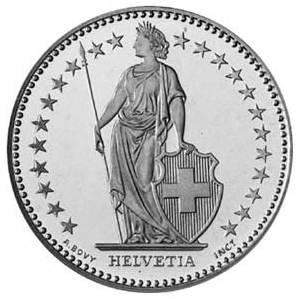
I know from records kept that the next phase of her travels in Vietnam was from Ninh Binh to Vinh.
What I don’t know is what exactly transpired on that day nor whether she diverged from the direct path between these Vietnamese cities.
So I am compelled to write of what I would have seen had I been there until I can return in confidence to the better documented portions of her travels.
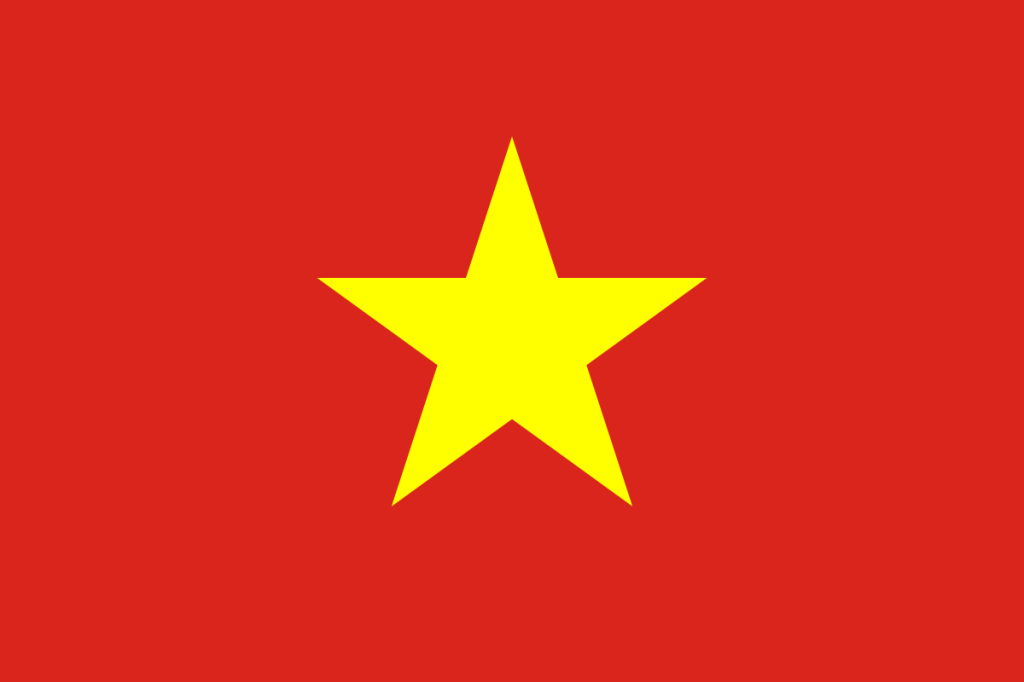
Ninh Binh to Vinh, Vietnam, Tuesday 26 March 2019
The world on this day was, as usual, a troubled place:
- According to Israel Today, a senior Hamas official, speaking on condition of anonymity, claimed that Iran’s rulers ordered the rocket attack on Mishmeret in central Israel on 25 March 2019, which injured seven Israelis.

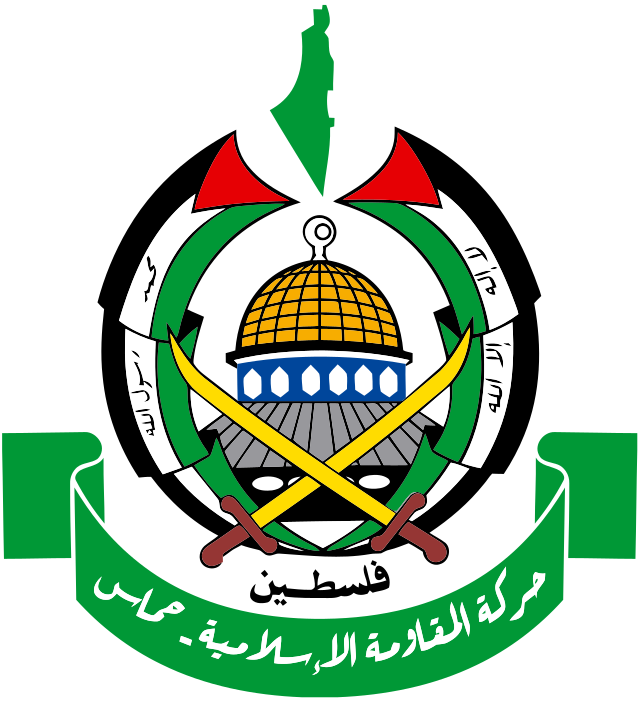
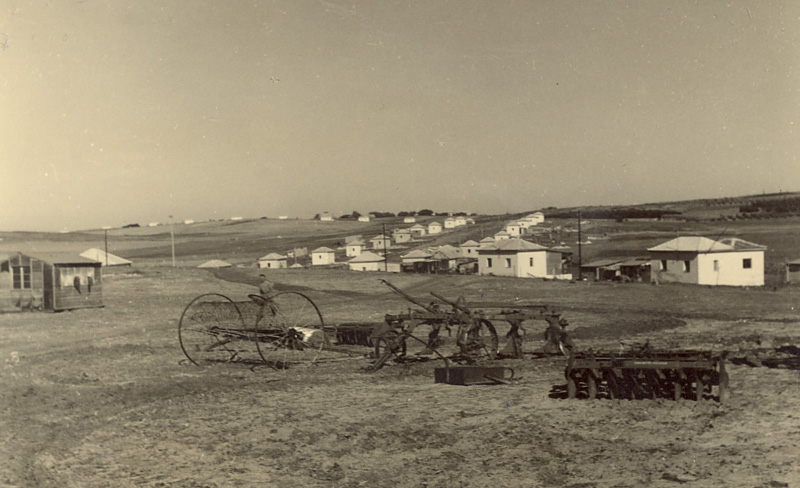
The rocket attack was carried out by the Islamic Jihad Movement in Palestine, which is alleged to be heavily financed by Iran.
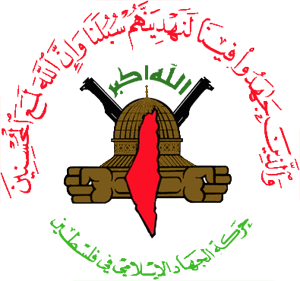
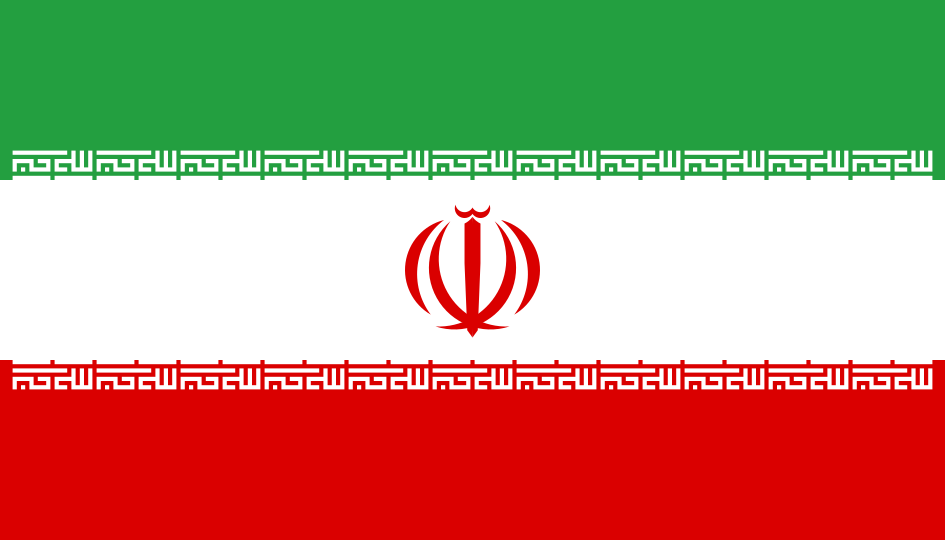
The Hamas official said that Hamas’s goal was to hurt Israeli Prime Minister Benjamin Netanyahu’s chances of getting reelected in the elections of 9 April 2019.
(Netanyahu remained in power until 13 June 2021.)
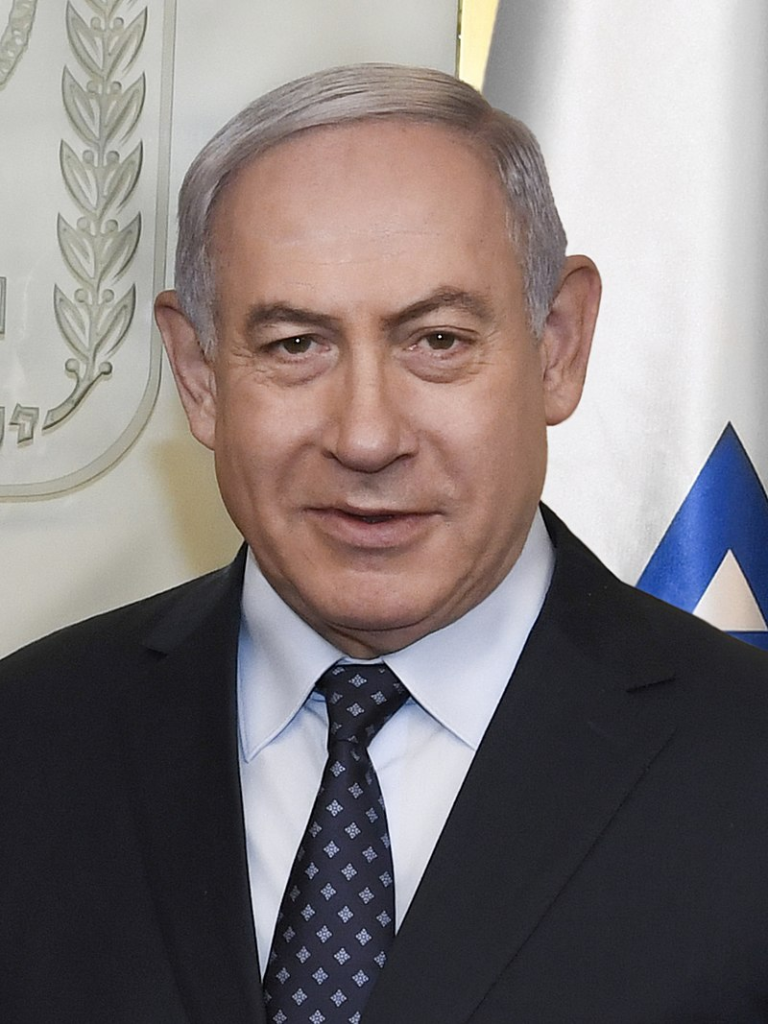
- An airstrike carried out in northwest Yemen killed seven and injured eight others at a Kitaf hospital.

The airstrike occurred early when patients and staff members were arriving.
A charity has condemned an air strike near a hospital in rebel-held northwestern Yemen that killed at least eight people, five of them children.
A missile hit a petrol station 50 metres / 164 feet from the entrance of the Kitaf rural hospital on Tuesday morning, according to Save the Children.
The blast also injured eight people.
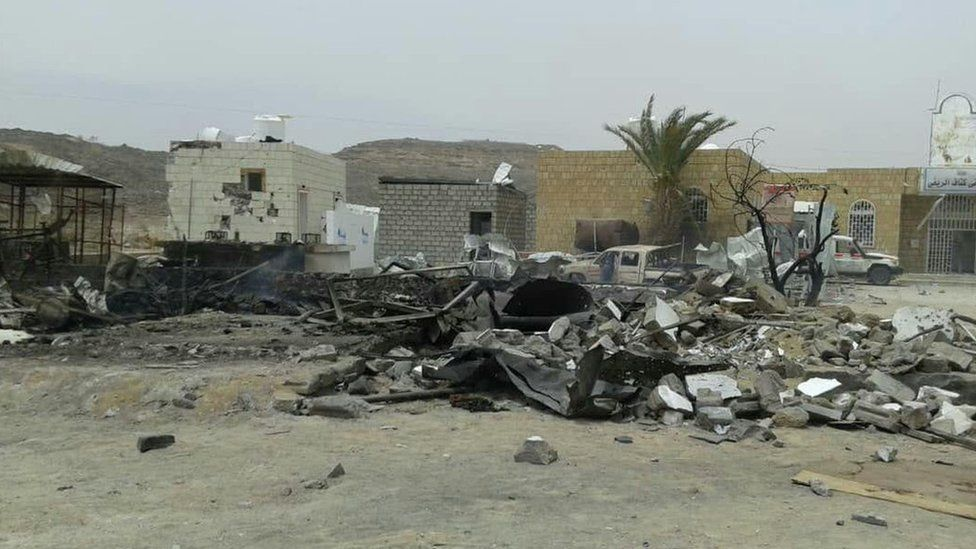
It was not clear who was behind the attack, but a Saudi-led coalition is carrying out air strikes in support of the government in Yemen’s civil war.
The coalition insists it never deliberately targets civilians, but human rights groups have accused it of bombing markets, schools, hospitals and residential areas.
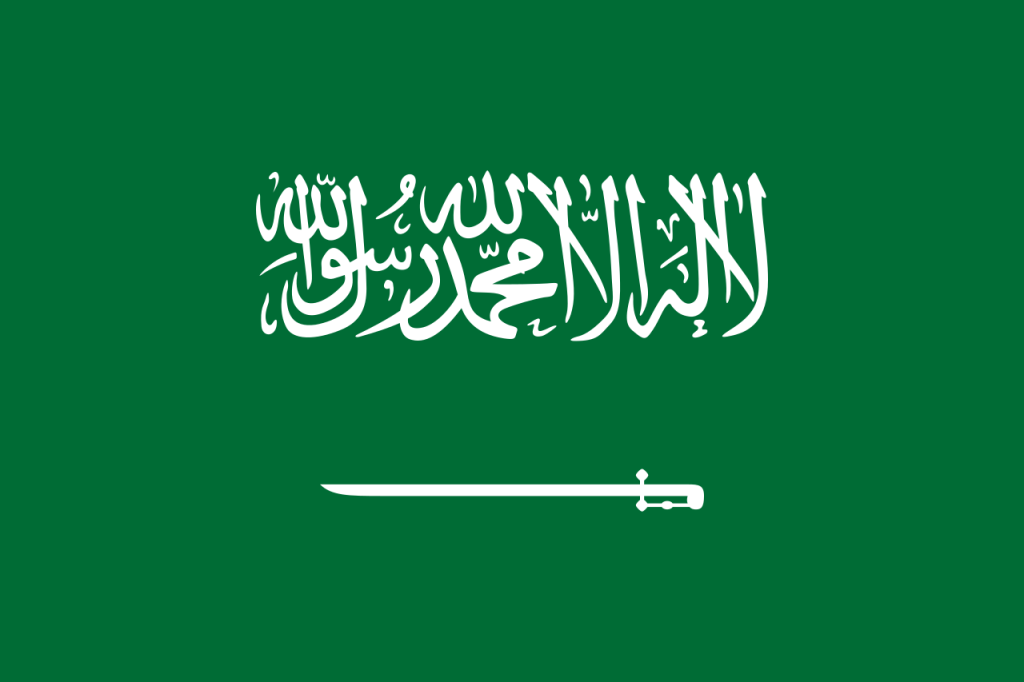
Tuesday was the 4th anniversary of the escalation of the civil war, which has killed thousands and pushed millions to the brink of starvation.

Save the Children says the petrol station in the area, which is 60km (40 miles) from the city of Saada, was struck by a missile at about 09:30 (06:30 GMT) on Tuesday, as many people were arriving at the nearby hospital.
An eight-year-old boy was the youngest person killed.
Another boy aged 10, two boys aged 12, and one boy aged 14 also lost their lives.

One injured health worker, who was in the emergency room treating two young children when the strike happened, said:
“All people were screaming and running out of the hospital.
The structure of the hospital was totally damaged inside.
Our colleague lost two children.
They were burned.
I got injured in my head and I was bleeding.
I ran away from the hospital with my colleague to a safe place but we found nothing that could help me stop the bleeding.
It was the most difficult moment of my life.“
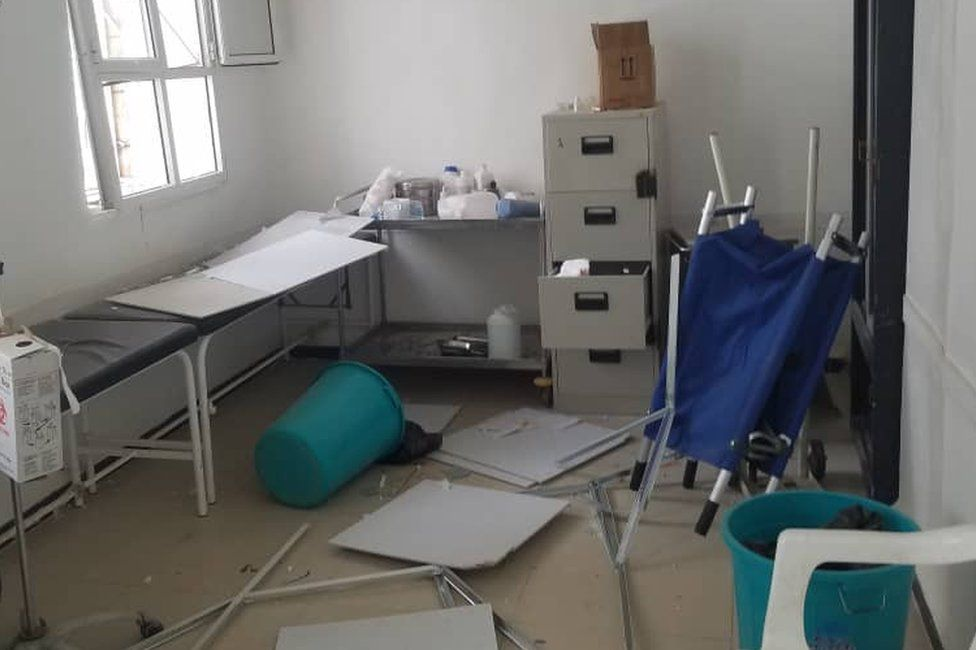
Helle Thorning-Schmidt, the chief executive of Save the Children International, said she was “shocked and appalled by this outrageous attack” on a medical facility that the charity supported, and she demanded an urgent investigation.
“Innocent children and health workers have lost their lives in what appears to been an indiscriminate attack on a hospital in a densely populated civilian area.
Attacks like these are a breach of international law.”, she added.
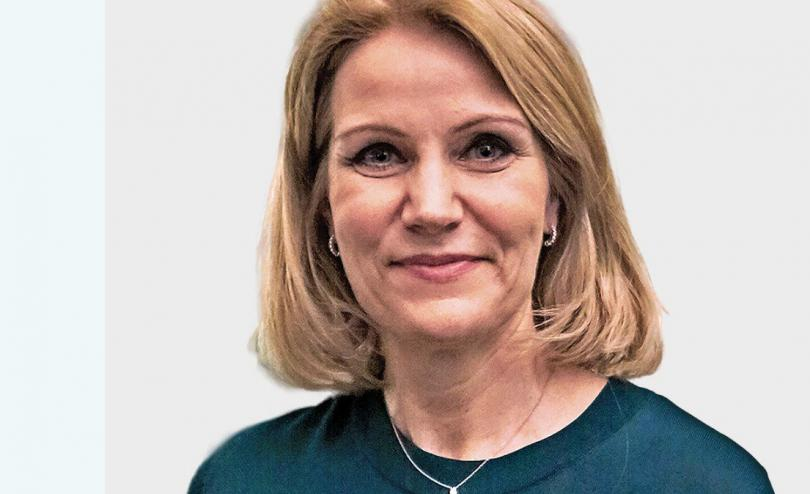
This hospital was “de-conflicted“, which means all the warring parties were made aware of its location and were obliged to avoid it by a radius of 100m.
Residents and the rebel Houthi movement blamed the Saudi-led coalition for the attack.
Save the Children noted that the only warring party with access to planes that can carry out air strikes is the coalition.
The rebel-run health ministry condemned the “coalition’s continued disregard for Yemeni lives” and said it had committed four war crimes in targeting the hospital.
There was no immediate comment from coalition officials.
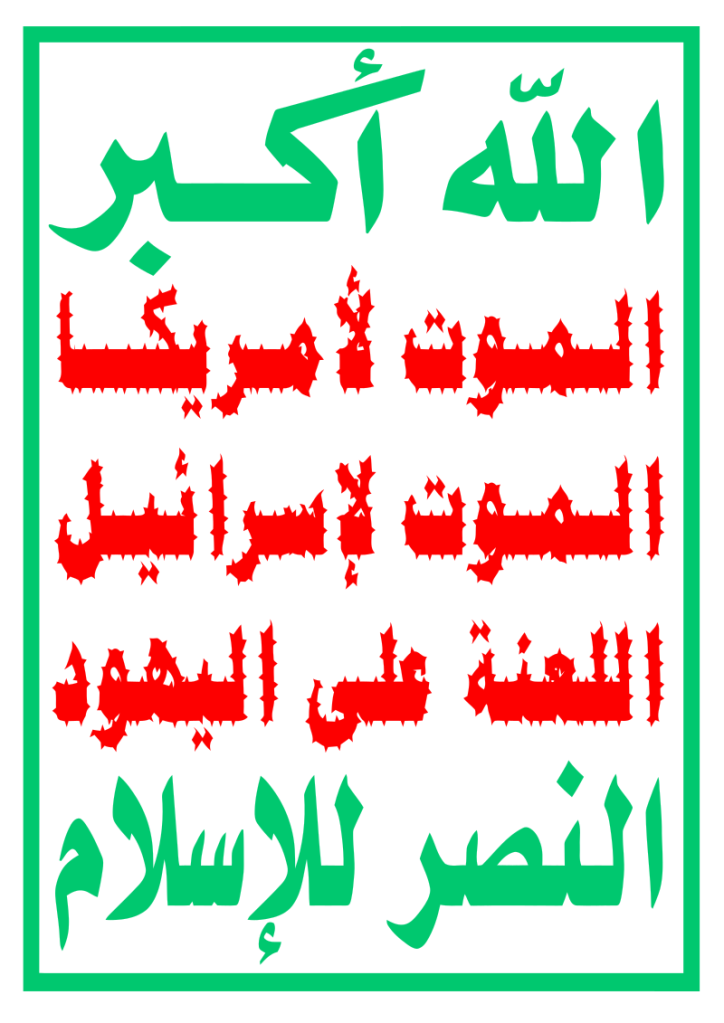
Save the Children reported on Monday that at least 226 Yemeni children had been killed and 217 more injured in air raids carried out by the Saudi-led coalition in the past year (2018 – 2019).
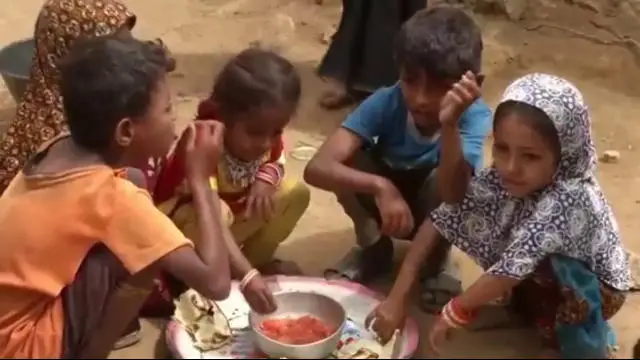
(The Yemeni Civil War is an ongoing multilateral civil war that began in late 2014 mainly between the Abdrabbuh Mansur Hadi-led Yemeni government and the Houthi armed movement, along with their supporters and allies.
Both claim to constitute the official government of Yemen.
According to the UN, over 150,000 people have been killed in Yemen, as well as estimates of more than 227,000 dead as a result of an ongoing famine and lack of healthcare facilities due to the war.
In 2018, the United Nations warned that 13 million Yemeni civilians face starvation in what it says could become “the worst famine in the world in 100 years“.

Above: Flag of the United Nations
The crisis has only begun to gain as much international media attention as the Syrian civil war in 2018.
The international community has condemned the Saudi Arabian-led bombing campaign, which has included widespread bombing of civilian areas inside the Houthi-controlled western part of Yemen.
According to the Yemen Data Project, the bombing campaign has killed or injured an estimated 19,196 civilians as of March 2022.

The United States has provided intelligence and logistical support for the Saudi-led campaign, which continues despite the Biden Administration’s pledges to withdraw US support for Saudi Arabia in the Yemen War.)
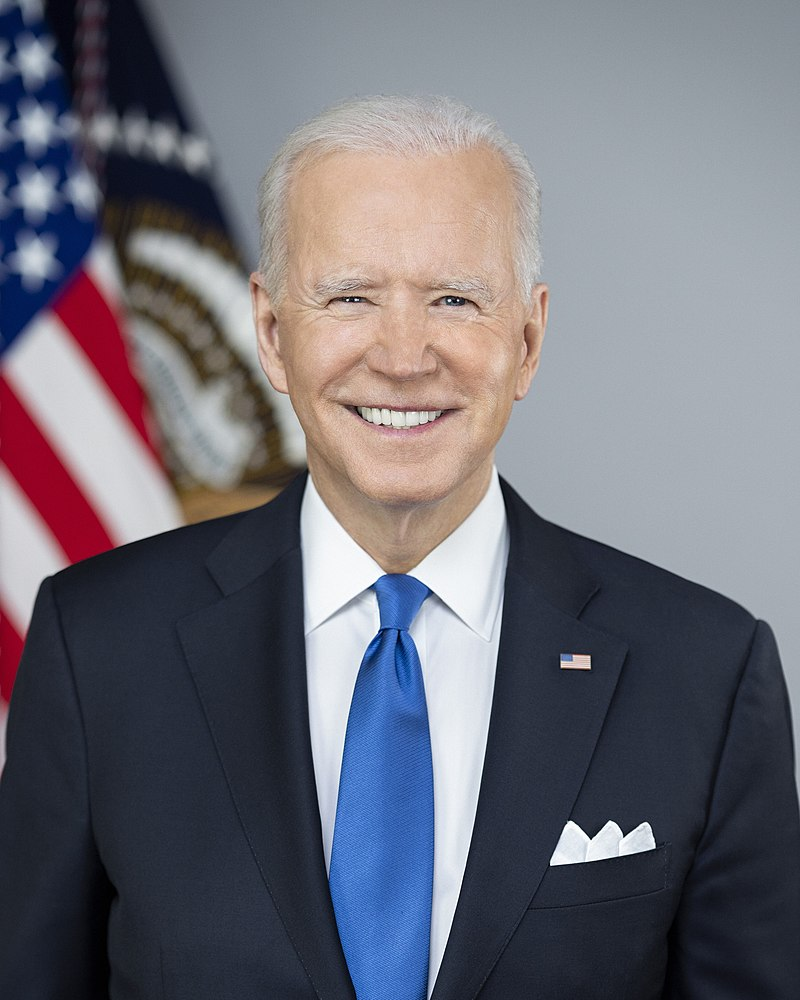
- The death toll of the floods and landslide in Jayapura, Indonesia, rose to 113.

At least 94 others are still missing.
The Indonesian Red Cross is continuing search and rescue efforts in the wake of devastating floods that killed at least 113 people in the eastern province of Papua, with almost 100 still missing more than a week after the disaster struck.
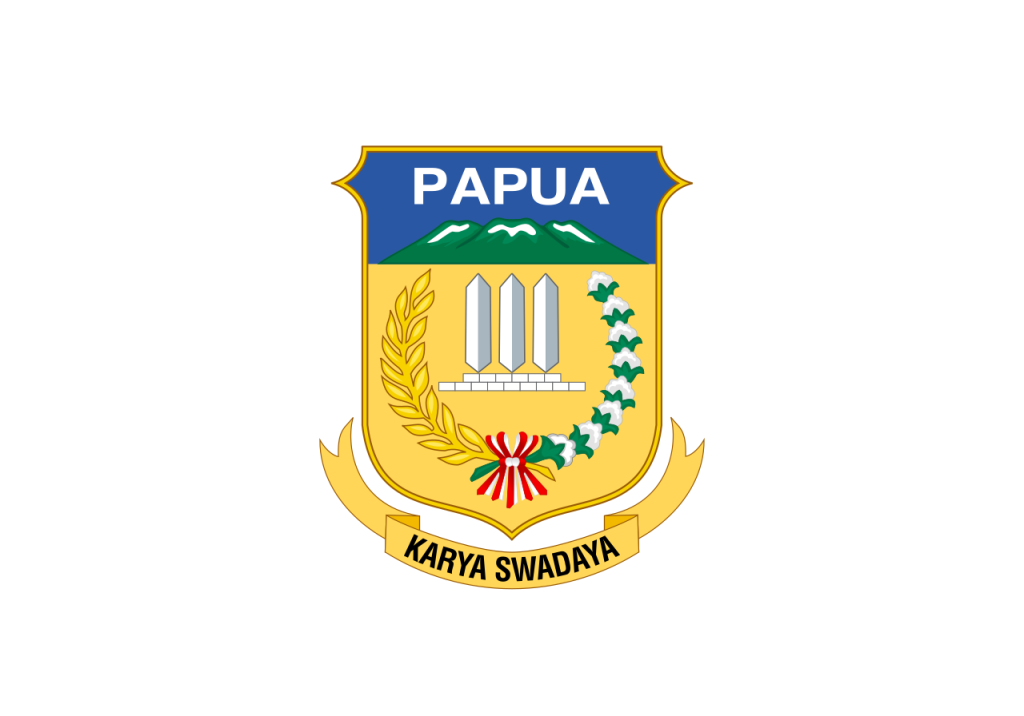
More than 11,500 people were displaced in flash floods and a subsequent landslide in the Sentani area of the provincial capital, Jayapura, earlier this month.
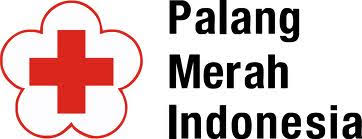
As many as 94 people remain missing, according to state media TVRI, and a state of emergency will remain in place until Friday.
Indonesian Search and Rescue teams (TIMSAR) are still searching the affected area for survivors, according to Christa Stefanie, a spokeswoman from Tangan Pengharapan, an Indonesian social enterprise.
Continued heavy rains have increased the likelihood of another flash flood, she said, adding that the conditions have slowed the search for the remaining missing people.
“The landslides caused by this flash flood covered the entire area with mud.
This greatly slows down the searching process, especially since the government avoids using heavy machinery in some areas in fear of injuring the survivors.“
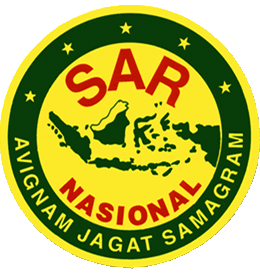
At a coordination meeting held over the weekend, Indonesian Red Cross (PMI) head Sunarbowo Sandi told local media that workers were focused on “efforts to speed up handling and support for the rescue operations by the PMI during the emergency response period“.
Rosemarie North, of the International Red Cross, told CNN that aid workers have been distributing baby kits, buckets, tarpaulins and kitchen supplies.
Volunteers are also helping dig and maintain latrines for displaced people, she added.
Stefanie, the Tangan Pengharapan official, added that clothing, food and other essentials are being donated by other organizations.
Some areas of Papua province received more than 18 inches (450 millimeters) of rain over three three days.
However authorities could not reach some of the hardest-hit areas because of downed trees, damaged roads and detritus blocking their paths.
The Papua provincial government has pledged to relocate residents living in the Cycloop mountains region, where deforestation was identified as the main reason for the floods.
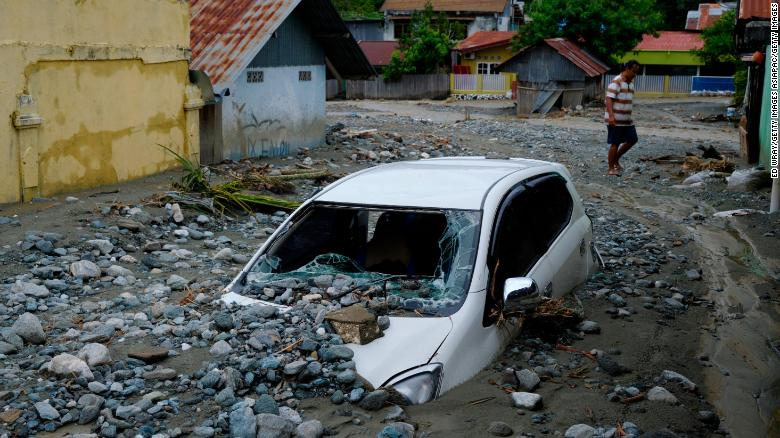
The province’s deputy governor, Klemen Tinal, said that the government had asked residents to stop logging activities in the Cycloop nature reserve area, according to CNN affiliate CNN Indonesia.
“People should be aware that in the future they will not carry out activities in the Cycloop area.
Flash floods cannot be considered ordinary.”, he said.

- The death toll from flash flooding in Iran rose to 21.
From mid-March to April 2019, widespread flash flooding affected large parts of Iran, most severely in Golestan, Fars, Khuzestan, Lorestan, and other provinces.
Iran was hit by three major waves of rain and flooding over the course of two weeks which led to flooding in at least 26 of Iran’s 31 provinces.
At least 70 people died nationwide as of 6 April, according to officials.
The first wave of rain began on 17 March, leading to flooding in two northern provinces, Golestan and Mazandaran with the former province receiving as much as 70% of its average annual rainfall in single day.
Several large dams overflowed, particularly in Khuzestan and Golestan.
As a result, many villages and several cities were evacuated.
About 1,900 cities and villages across the country were damaged by severe flooding as well as hundreds of millions of dollars of damage to infrastructure.
78 roads were blocked and the reliability of 84 bridges was questioned.
The severity of the floods was greatly increased by converting flood routes and dry river beds for urban development without providing proper drainage infrastructure.
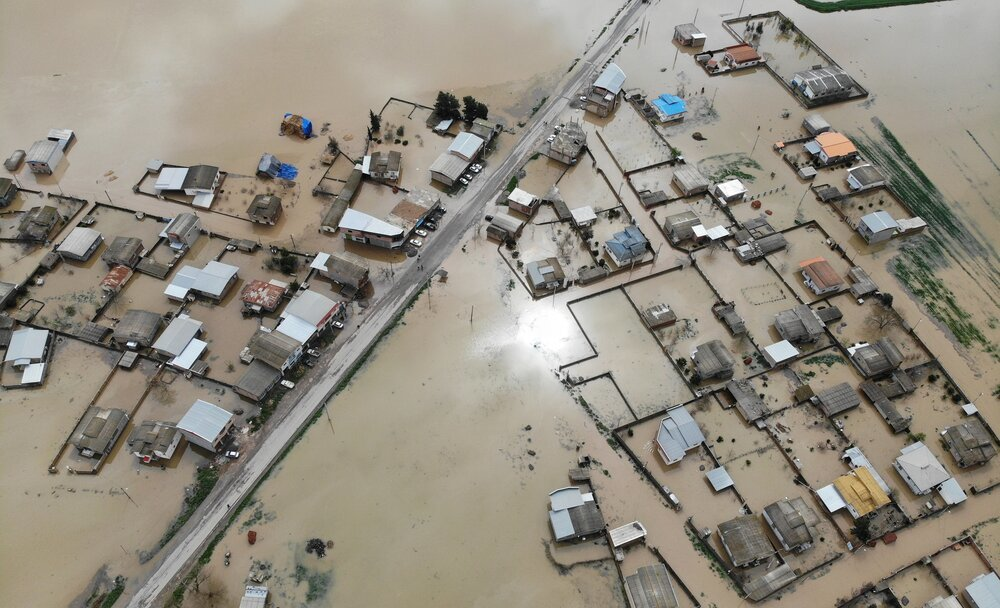
According to an Iranian official, due to record rainfalls, more than 140 rivers burst their banks and about 409 landslides happened in the country.
The impact of the floods was heightened because of the Nowruz holiday.

Many Iranians were travelling and many deaths occurred due to flash flooding on roads and highways.
Around 12,000 km of roads were damaged by the flooding, about 36% of Iran’s national road network.
The floods caused at least $2.2 billion (2019 USD) in damages, mostly due to losses in the agricultural industry.
Further, according to the Red Crescent, two million people were in need of humanitarian aid due to the devastating floods.
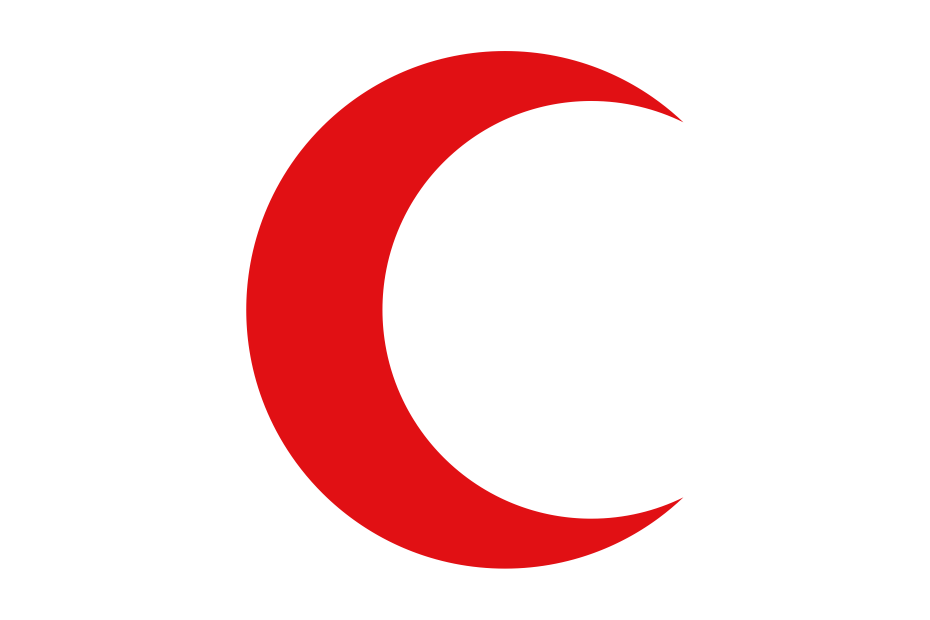
Civil and armed forces were mobilized as of 24 March at the bequest of Ali Khamenei, Iran’s Supreme Leader, and Vice President Eshaq Jahangiri.
Several ministers as well as army commanders travelled to the areas affected by floods.
However, the lack of government aid and delayed response in the first days quickly heightened political tensions throughout the nation.

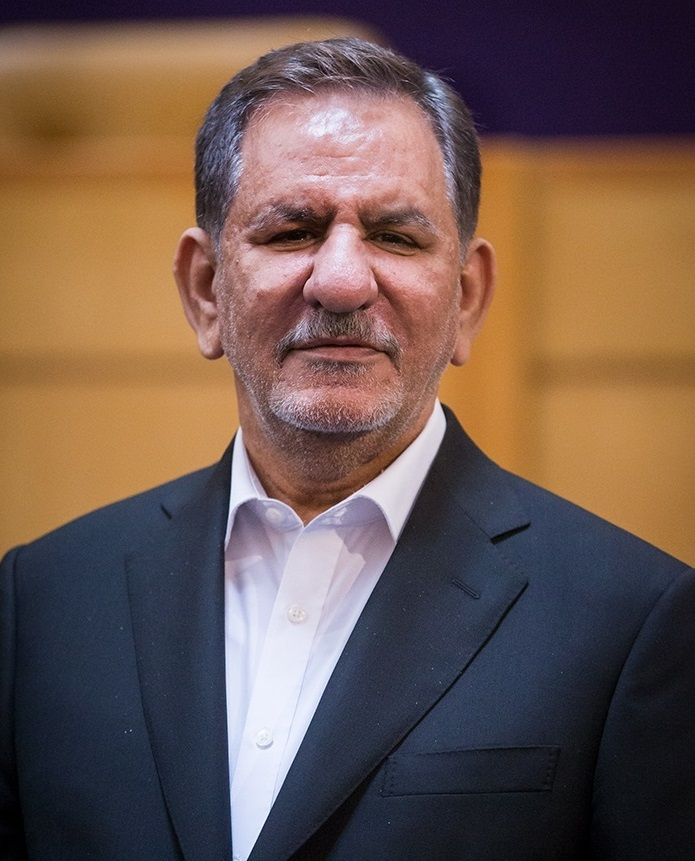
Many Iranians, including politicians, took to social media platforms to criticize the handling of the floods by the government, specifically President Hassan Rouhani.
Civilian outrage ultimately led to deadly clashes between protesters and government soldiers.
The floods prompted a large outcry against the government rule, which was perceived as worsening the floods through destructive measures, such as the destruction of natural plant coverage, obstruction of flood outlets, and converting flood routes and dry river beds to residential areas following the Islamic Revolution.
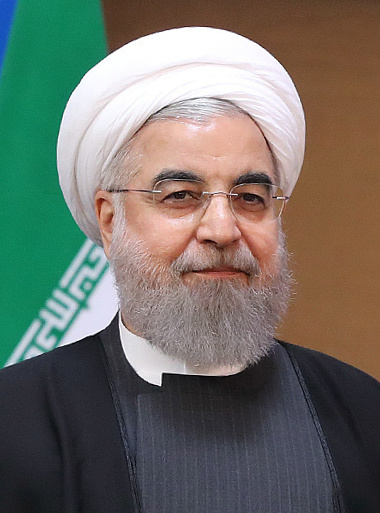
- The Spanish Audiencia Nacional revealed that an attack on the North Korean embassy in Madrid on 22 February was led by a Mexican citizen residing in the US who later offered the FBI data stolen during the incident.

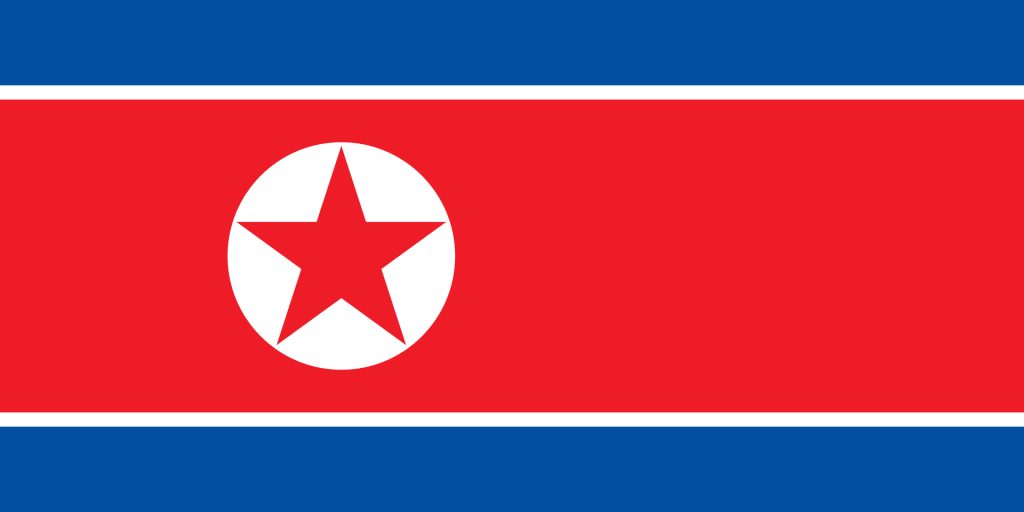

Spain has issued at least two international arrest warrants for members of a self-proclaimed human rights group who allegedly led a mysterious raid at the North Korean Embassy in Madrid last month and offered the FBI stolen data from the break-in.
A National Court judge who lifted a secrecy order in the case Tuesday said an investigation of the 22 February attack uncovered evidence that “a criminal organization” shackled and gagged embassy staff members before escaping with computers, hard drives and documents.
The intruders also urged North Korea’s only accredited diplomat in Spain, business envoy So Yun Sok, to defect, Judge Jose de la Mata said in a written report on the Spanish investigation.
So refused to do so and was gagged, according to the report.
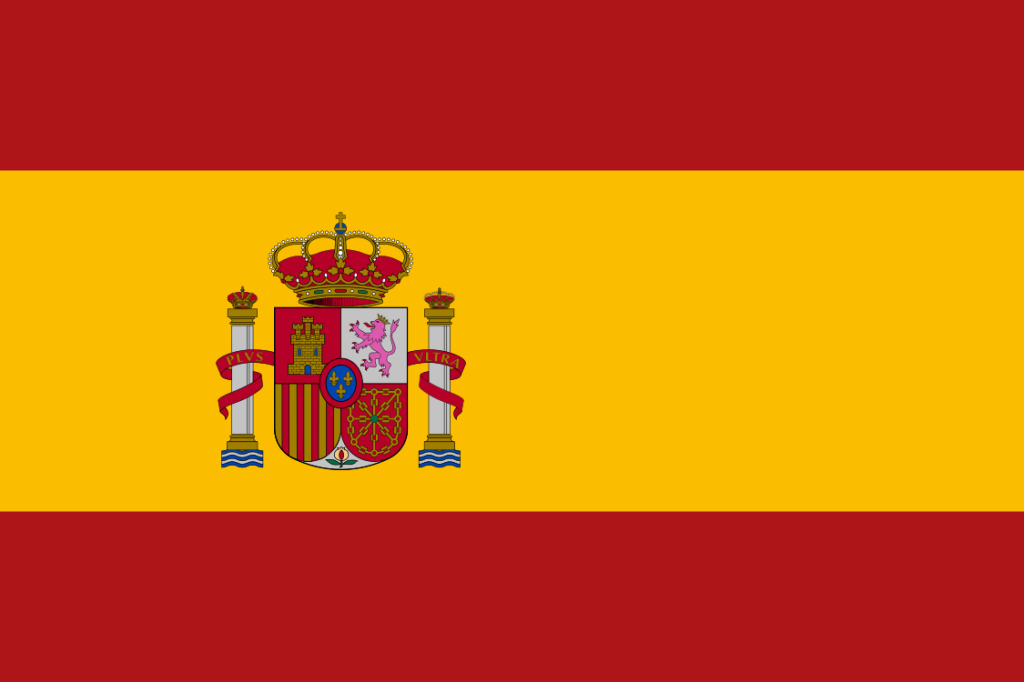
The assailants identified themselves as “members of an association or movement of human rights for the liberation of North Korea”.
That group is the Cheollima Civil Defense, now called Free Joseon, according to a US official who spoke on condition of anonymity to discuss details of the incident.
The shadowy activists have the self-declared mission of helping defectors from North Korea.
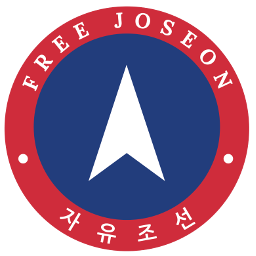
De la Mata identified citizens of Mexico, the United States and South Korea as the main suspects being investigated on charges that include of causing injuries, making threats and burglary.
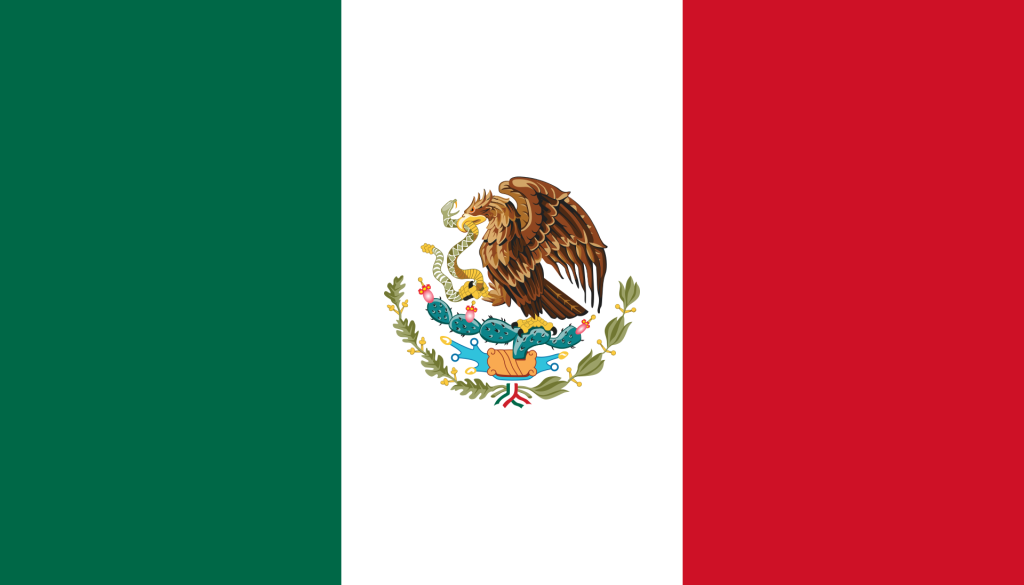
He named Adrian Hong Chang, a Mexican citizen living in the United States, as the break-in’s leader.
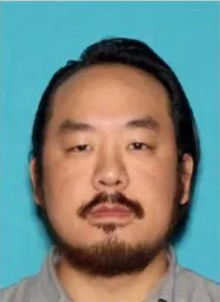
Hong Chang flew to the US on 23 February, got in touch with the FBI and offered to share material and videos with federal investigators, according to the court report.
The document did not say what type of information the items contained or whether the FBI accepted the offer.
The FBI said in a statement that its standard practice is to neither confirm nor deny the existence of investigations.
The agency added that “the FBI enjoys a strong working relationship with our Spanish law enforcement partners”.
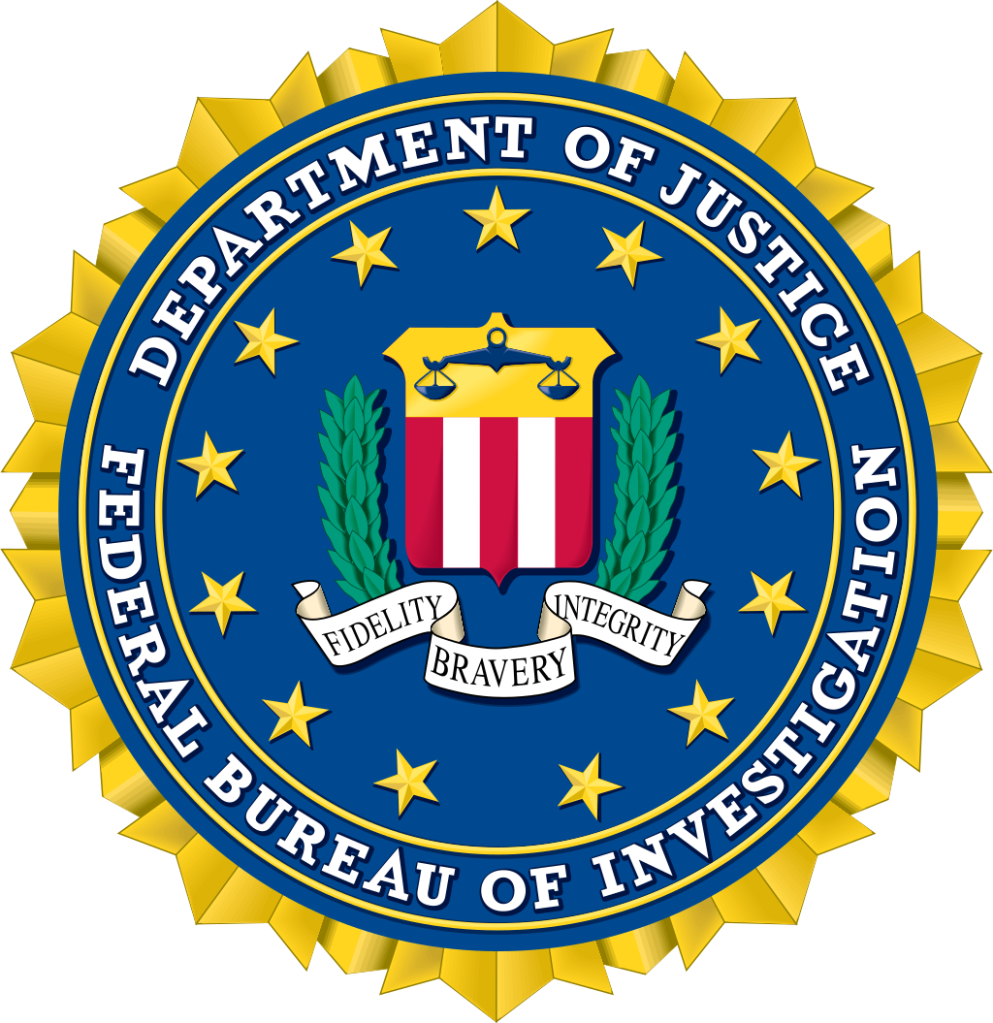
An official with Spain’s National Police who wasn’t authorized to be named in media reports confirmed to the Associated Press that arrest warrants were issued for Hong Chang and one other suspect.
No one had been charged as of Tuesday.
The assailants purchased knives and handgun mock-ups when they visited Madrid in early February and used them during the attack, according to the investigation document.
While in Madrid, Hong Chang also applied for a new passport at the Mexican Embassy, the investigation found, and used the name “Oswaldo Trump” to register in the Uber ride-hailing app.

The North Korean Embassy hasn’t pressed charges in Spain.
Officials in Pyongyang haven’t officially commented on the attack.
Spanish police learned about the break-in after the wife of an embassy employee escaped by jumping from a window.
When officers went to check on the situation, Hong Chang allegedly greeted them at the door and pretended to be a diplomatic official, the investigation found.
He sent the officers away with assurances everything was fine, paving the way for the invading group to make a getaway in the embassy’s cars.
A police investigator with knowledge of the case told the Associated Press (AP) that:

“This attack, whatever it is, would have gone unnoticed if it wasn’t for the woman who escaped”.
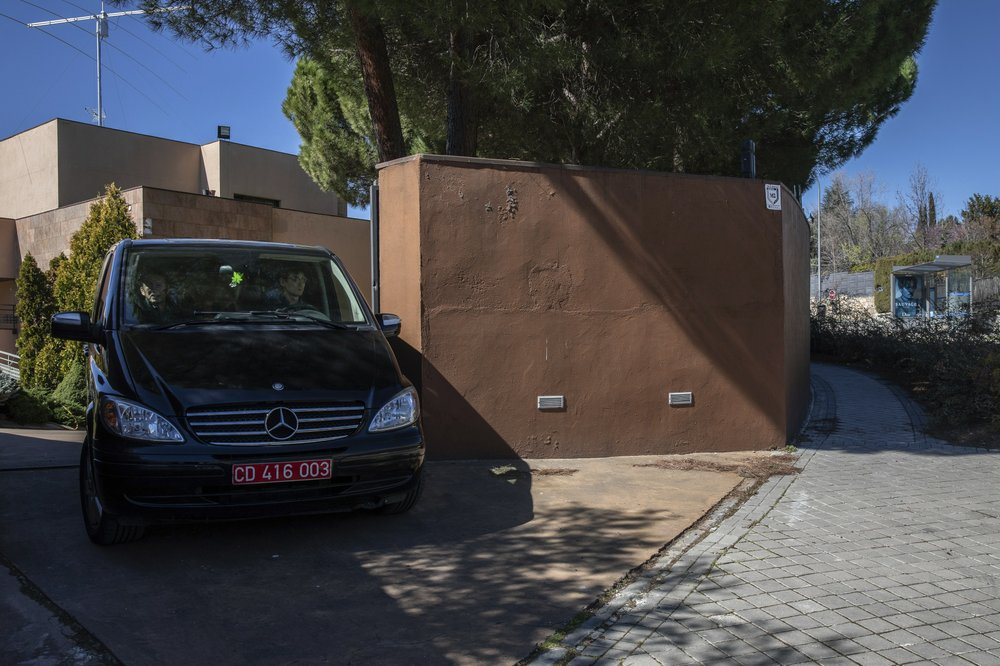
So, the North Korean diplomat, didn’t respond to written questions from the Associated Press and declined to talk to reporters during a recent encounter outside the Madrid embassy.
The timing of the incident, which happened less than a week before a high-stakes US-North Korea summit on denuclearization derailed in Hanoi on 28 February, led to speculation the incursion was carried out to obtain data related to North Korea’s former ambassador to Spain.
Kim Hyok Chol, who was expelled from Spain in September 2017 following Pyongyang’s 6th nuclear test and its missile launches over neighboring Japan, has become North Korea’s top nuclear negotiator with the US.
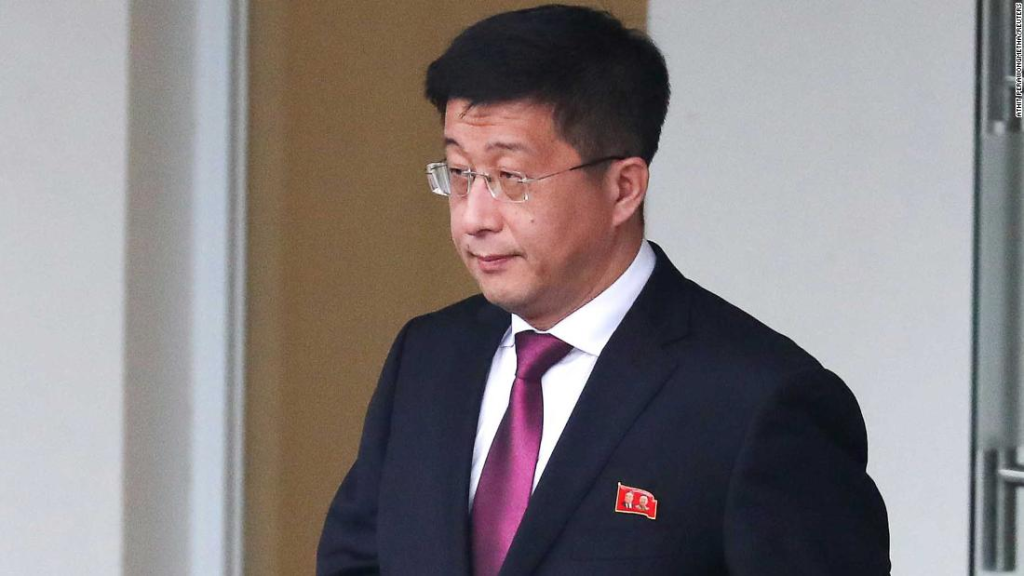
Asked if Washington had any connection to the embassy break-in, US State Department spokesman Robert Palladino answered:
“The United States government had nothing to do with this.”
Palladino said that:
“Regarding the specifics of what’s going on, the Spanish authorities are investigating.
The investigation is still underway.
For any details on their investigation, I would have to refer you to Spanish authorities.”
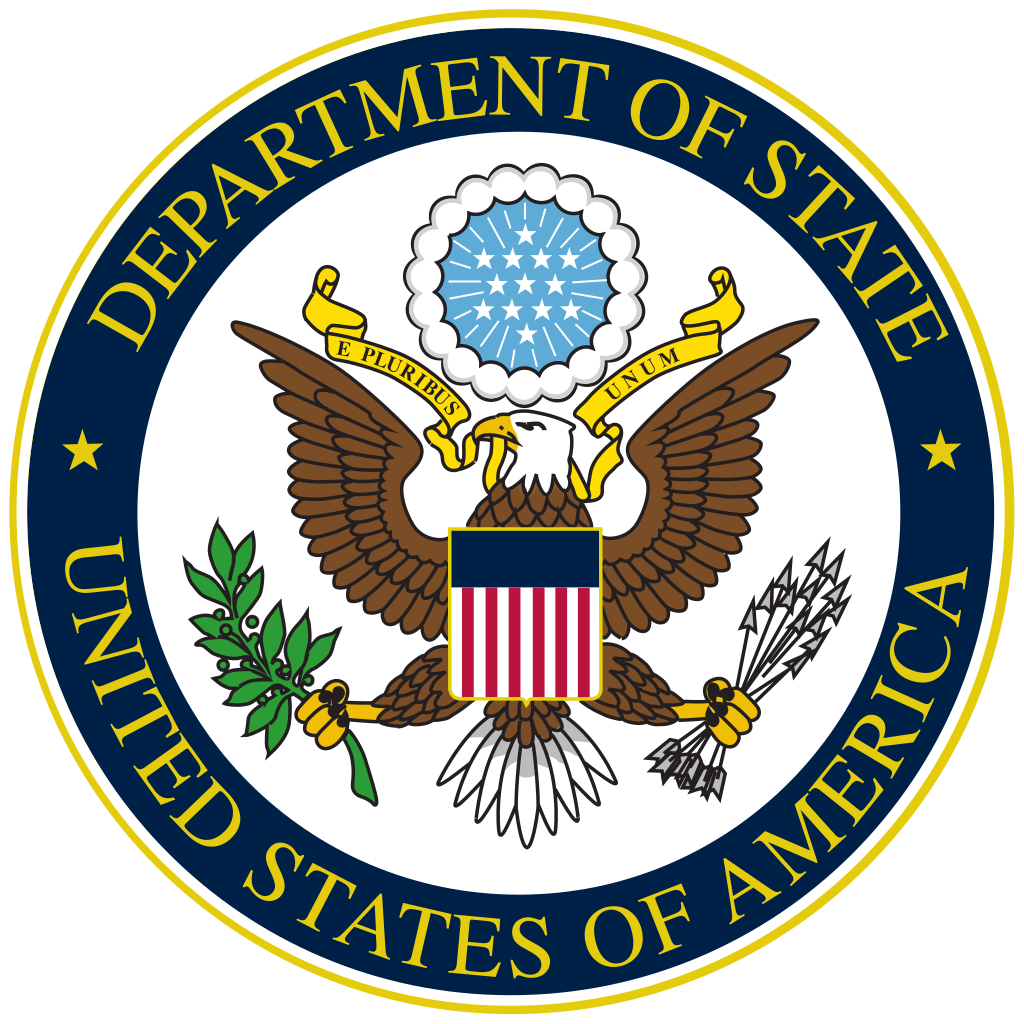
The South Korean Embassy in Madrid said it had no knowledge of the events and couldn’t offer further comment.
Others identified as part of the assailants’ group were Sam Ryu, from the US, and Woo Ran Lee, a South Korean citizen.
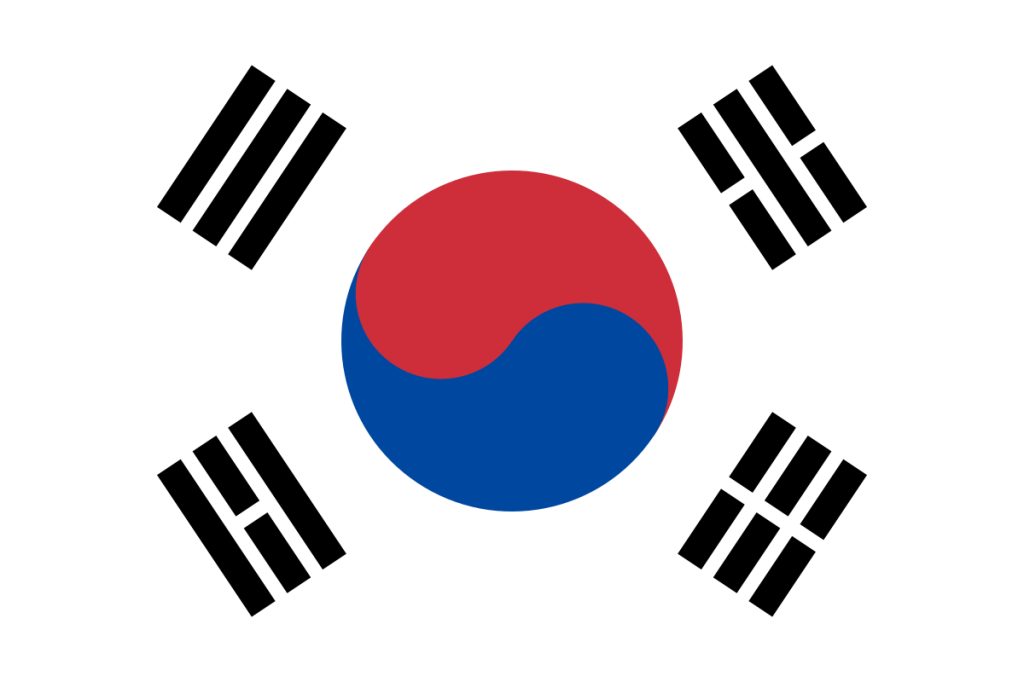
Their whereabouts and their hometowns weren’t immediately known.
None of the suspects were thought to be still in Spain, the judge wrote.
Spanish authorities tried to keep information about the attack from becoming public until Spain’s El Confidencial news site revealed some details on 27 February.
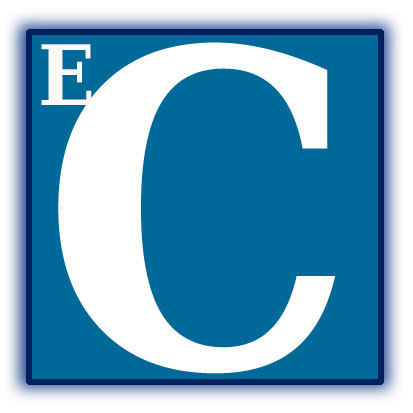
Last week, the rights group that allegedly led the attack posted a short video on its website allegedly showing a man shattering portraits of late North Korean leaders Kim Il Sung and Kim Jong Il on the floor.
The group said the video was filmed recently “on our homeland’s soil,” wording that would accurately apply to the North Korean Embassy in Madrid.
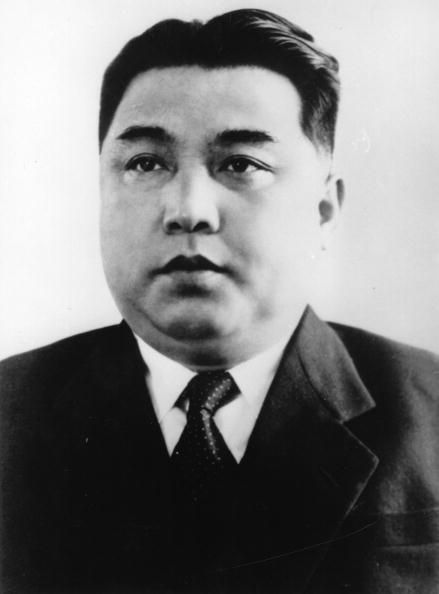
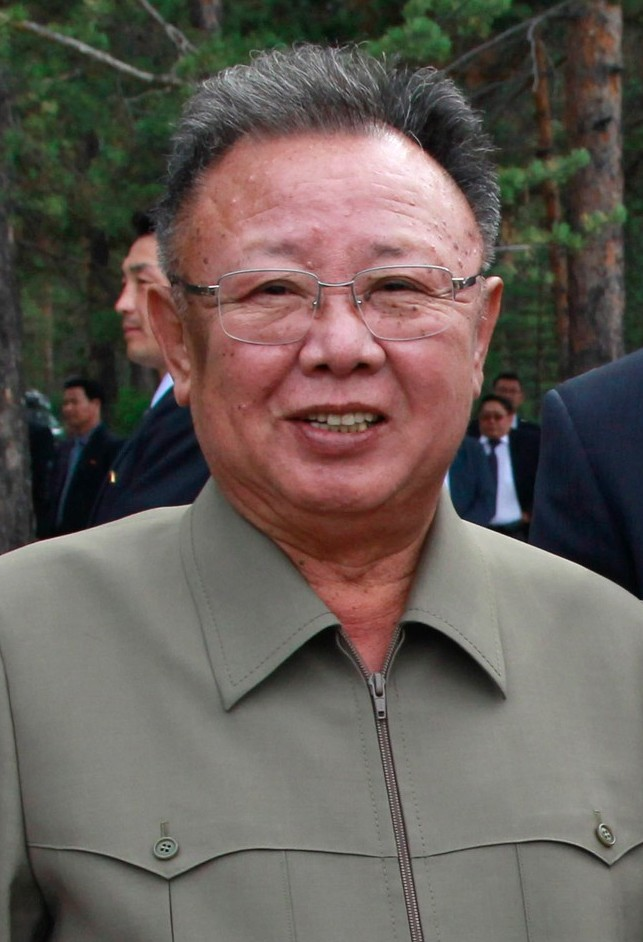
Algeria’s Chief of Staff of the People’s National Army Ahmed Gaid Salah, the highest-ranked military official in the country, gave a televised address, calling on President Abdelaziz Bouteflika to resign or be declared “unfit to serve” by the People’s National Assembly.
Algeria’s army chief of staff has demanded President Abdelaziz Bouteflika be declared unfit to rule after weeks of protests against him.
Speaking on television, Lt Gen Ahmed Gaed Salah said:
“We must find a way out of this crisis immediately, within the constitutional framework.”

The President has already agreed not to stand for a 5th term in upcoming elections, which have been delayed.
Demonstrators accuse the 82-year-old of a ploy to prolong his 20-year rule.
Talks have been set up to oversee the country’s political transition, draft a new constitution and set the date for elections.
But they do not yet have a date to start.
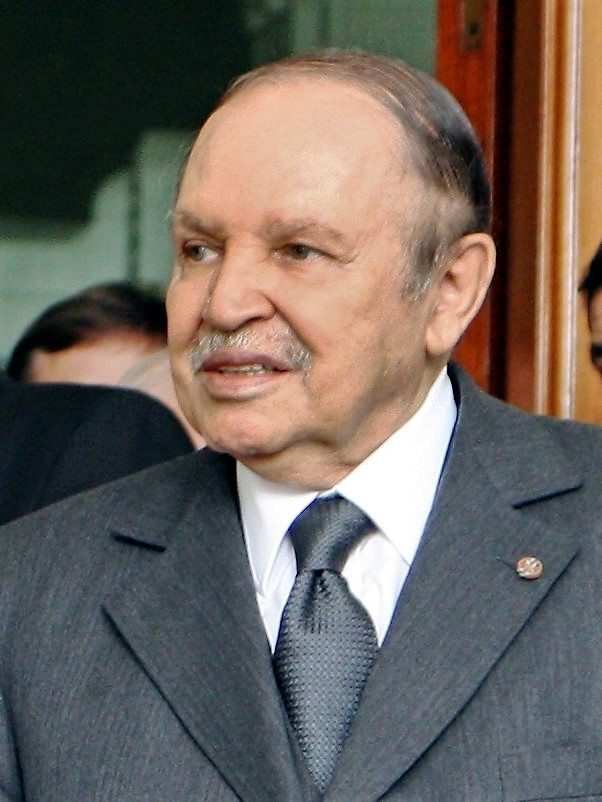
Protests against Bouteflika began last month after the President, who has rarely been seen in public since suffering a stroke in 2013, said he planned to stand for another term.
But people continued to march even after he agreed not to stand, instead demanding immediate change.
Salah – who is also deputy defence minister and seen as loyal to Bouteflika – previously said the military and the people had a united vision of the future, hinting at the armed forces’ support for the demonstrators.

Salah said the Constitution was “the only guarantee to preserve a stable political situation“, and called for the use of Article 102, which allows the Constitutional Council to declare the position of President vacant if the leader is unfit to rule.
“This solution achieves consensus and must be accepted by all.”, he said to the applause of officers watching the speech.
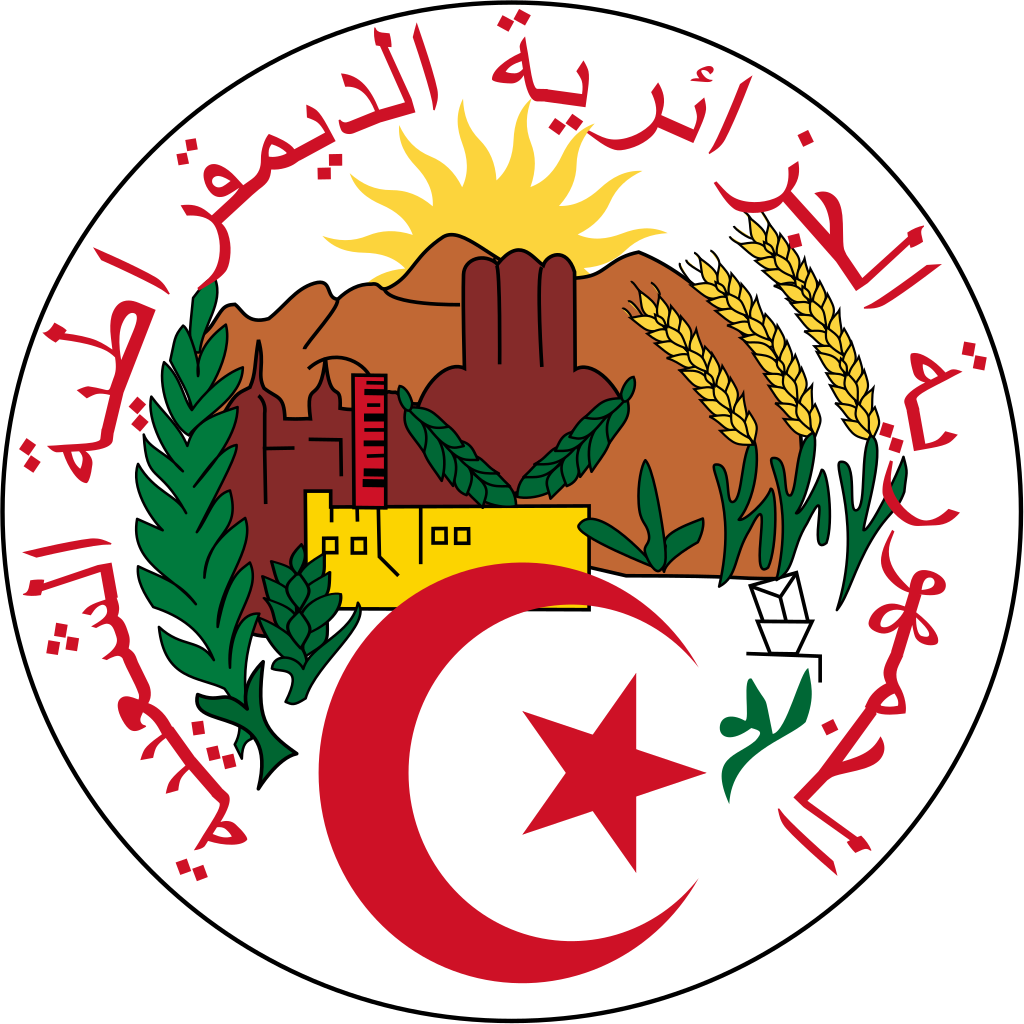
Under the Constitution, the head of the Senate, Abdelkader Bansallah, would become the acting head of state until an election could be held.
Reports suggest the Constitutional Council is now holding a special meeting after the speech.
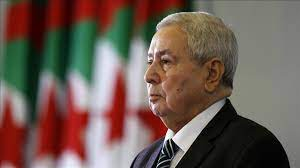
The dramatic intervention by the armed forces chief of staff is the latest development after weeks of sustained protest in Algeria.
Earlier in March 2019, Prime Minister Ahmed Ouyahia announced his resignation and was replaced by Interior Minister Noureddine Bedoui.
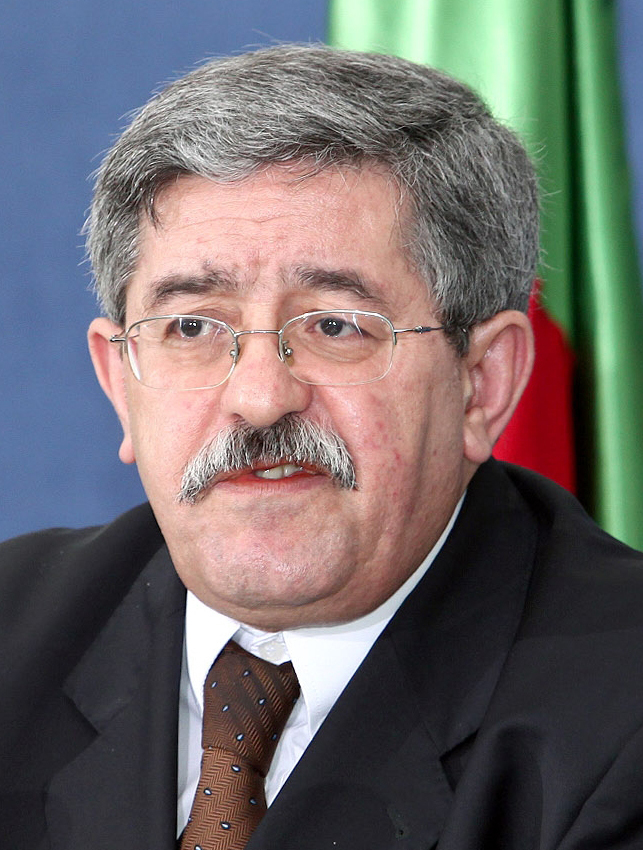
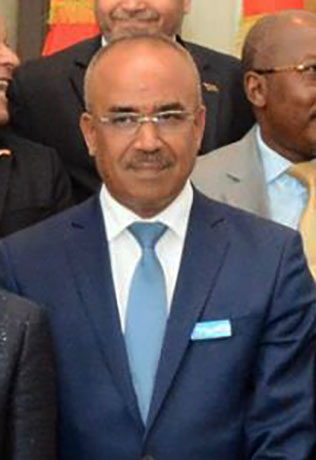
(The 2019–2021 Algerian protests, also called the Revolution of Smiles or the Hirak Movement, began on 16 February 2019, six days after Abdelaziz Bouteflika announced his candidacy for a 5th presidential term in a signed statement.
These protests, without precedent since the Algerian Civil War, were peaceful and led the military to insist on Bouteflika’s immediate resignation, which took place on 2 April 2019.
By early May, a significant number of power-brokers close to the deposed administration, including the former President’s younger brother Said, had been arrested.
The rising tensions within the Algerian regime can be traced back to the beginning of Bouteflika’s rule which has been characterized by the state’s monopoly on natural resources revenues used to finance the government’s clientelist system and ensure its stability.
The major demonstrations took place in the largest urban centers of Algeria from February to December 2019.
Due to their significant scale, the protests attracted international media coverage and provoked reactions from several heads of states and scholarly figures.)
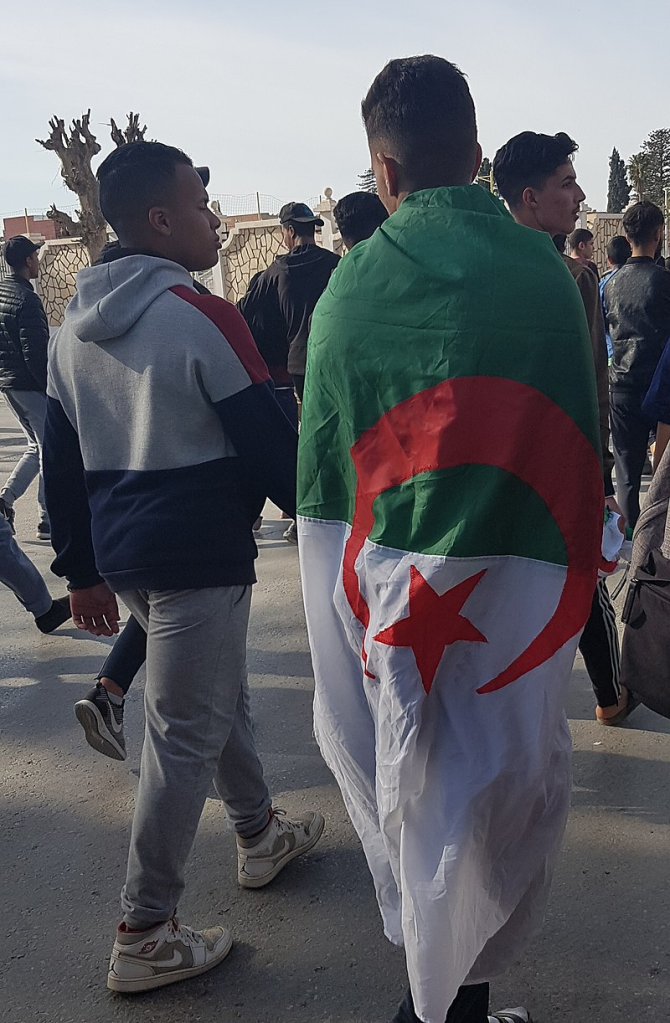
Did the Algerian protests, the attack on the North Korean embassy in Madrid, flooding in Indonesia and Iran, or the attacks in Israel and Yemen have any affect whatsoever on the lives of Swiss Miss and her fellow travel companion from Argentina?
Doubtful.
Does a recounting of these events have any impact whatsoever on those who are reading this blogpost now?
Also doubtful.
Then why do I speak of these events three years and three months past?
To put things into context.

On a visit to Turkey, travel writer Rick Steeves met a dervish.


Dervishes – a sort of Muslim monk – follow Rumi, a mystic poet and philosopher of divine love.
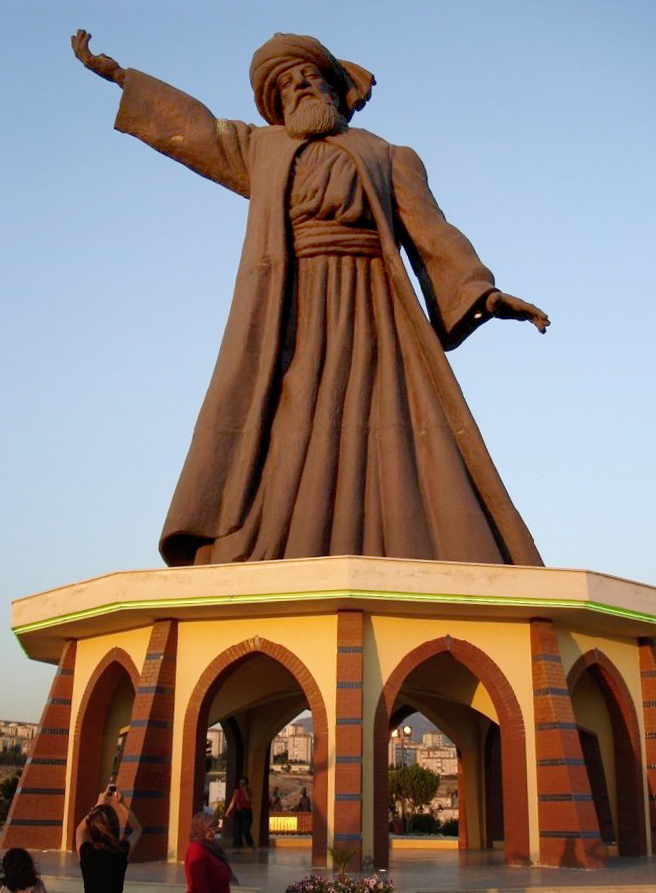
They are called “whirling dervishes“, because they spin in a circle as they pray.
The dervish allowed Rick to observe his ritual on the condition that he understood what it meant to him.
The dervish led Rick to his flat rooftop – a peaceful oasis in the noisy city of Konya – where he prayed five times a day.
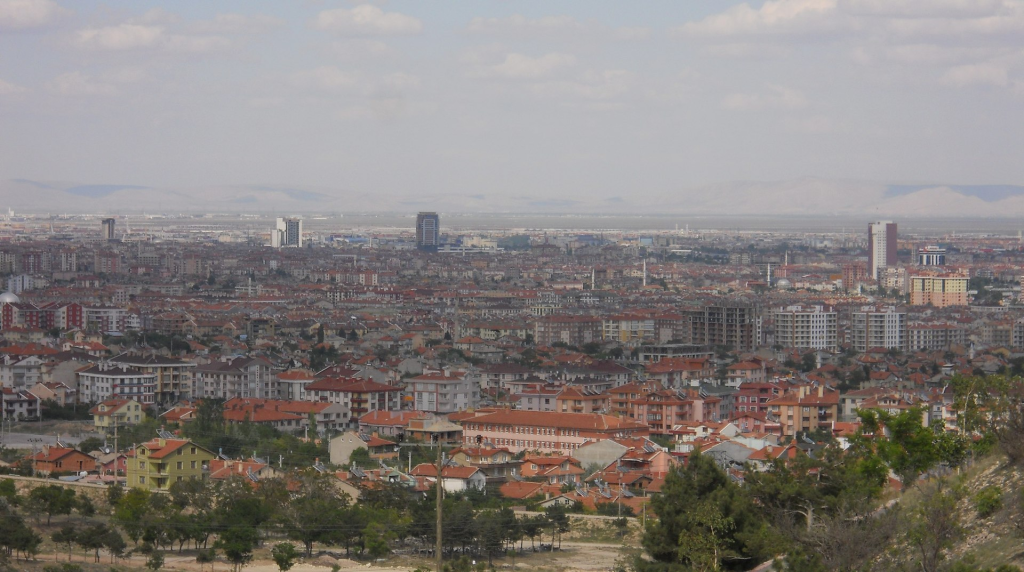
With the sun heavy and red on the horizon, the dervish explained:
“When we pray, we keep one foot in our community, anchored in our home.
The other foot steps around and around, acknowledging the beautiful variety of God’s creation…..touching all corners of this great world.
I raise one hand up to acknowledge the love of God.
The other hand goes down like the spout of a teapot.
As I spin around, my hand above receives the love from our Creator and my hand below showers it onto all of His creation.“
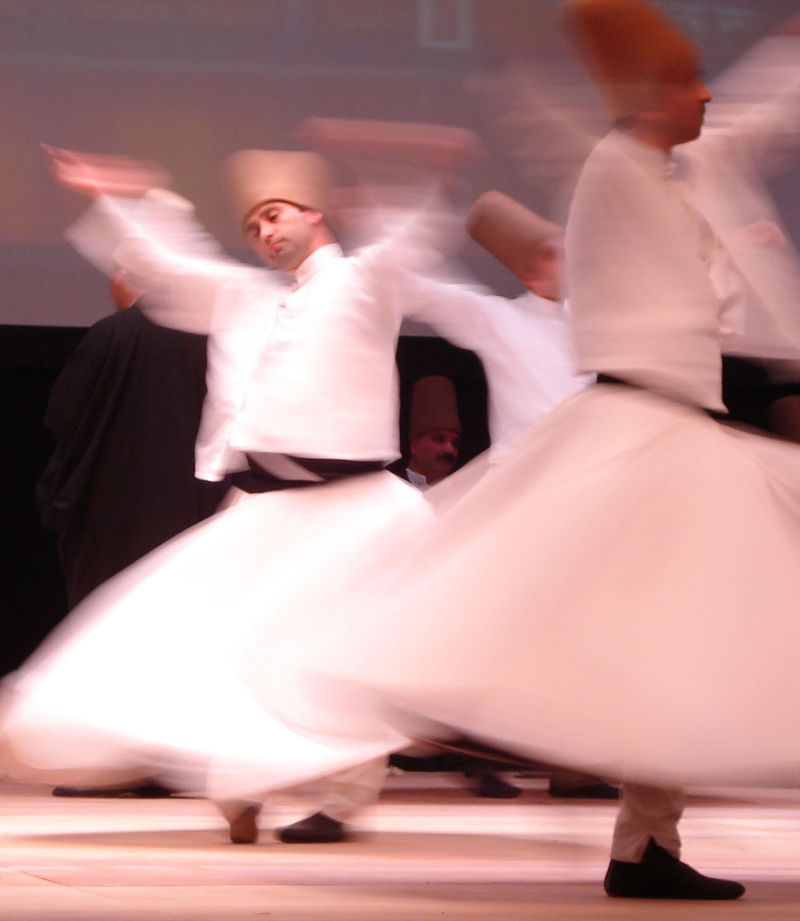
As the dervish whirled and whirled, he settled into a meditative trance.
And so did Rick.
Watching his robe billow out and his head tilt over, Rick saw a conduit of love acknowledging the greatness of God.
The dervish was so different from Rick, yet actually very much the same.
This chance interaction left Rick with a renewed appreciation of the rich diversity of humanity, as well as its fundamental oneness.
Experiences like Rick’s can be any journey’s most treasured souvenir.
When we return home, we can put what we have learned – our newly acquired broader perspective – to work as citizens of our great nations confronted with unprecedented challenges.
And when we do that, we make travel a political act.
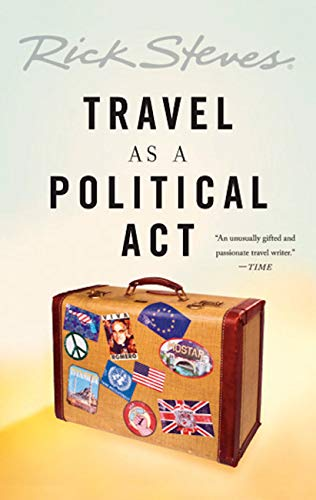
She can see by her watch, without taking her hand from the left grip of the cycle, that it is 0830 in the morning.
The wind, even at 100 km an hour, is warm and humid.
When it is this hot and muggy at 0830, she wonders what it is going to be like in the afternoon.
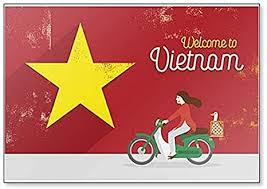
You see things vacationing on a motorcycle in a way that is completely different from any other.
In a car you are always in a compartment.
And because you are used to it you don’t realize that through that car everything you see is just more TV.
You are a passive observer.
It is all moving by you boringly in a frame.
On a cycle the frame is gone.
You are completely in contact with it all.
You are in the scene, not just watching it any more.
The sense of presence is overwhelming.
That concrete whizzing by five inches below your foot, the same stuff you walk on, it is right there, so blurred you can’t focus on it.
Yet you can put your foot down and touch it anytime.
The whole thing, the whole experience, is never removed from immediate consciousness.
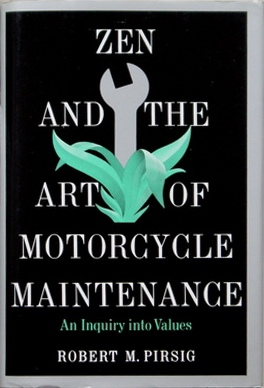
Their plans are deliberately indefinite, more to travel than to arrive anywhere.
They are just vacationing.

Secondary roads are preferred.
Paved county roads are the best, state highways are next.
Freeways are the worst.
They want to make good time, but for now distance is measured with the emphasis on “good” rather than “time”.
When you make that shift in emphasis the whole approach changes.
Twisting hilly roads are long in terms of seconds but are much more enjoyable on a cycle where you bank into turns and don’t get swung from side to side in any compartment.
Roads with little traffic are more enjoyable, as well as safer.
These roads are truly different from the main ones.
The whole pace of life and personality of the people who live along them are different.
They’re not going anywhere.
They’re not too busy to be courteous.
The here-ness and now-ness of things is something they know all about.

It’s the others, the ones who moved to the cities years ago and their lost offspring, who have all but forgotten it.
Conned, perhaps, into thinking that the real action was metropolitan and all this was just boring hinterland.
It is a puzzling thing.
The truth knocks on the door and you say:
``Go away, I’m looking for the truth.”
And so it goes away.
Puzzling.

But once you catch on, of course, nothing can keep you off these roads.
You become real secondary-road motorcycle buffs and find there are things you learn as you go.
You learn how to spot the good roads on a map.
If the line wiggles, that’s good.
That means hills.
If it appears to be the main route from a town to a city, that’s bad.
The best ones always connect Nowhere with Nowhere and have an alternate that gets you there quicker.
The main skill is to keep from getting lost.

Unless you’re fond of hollering you don’t make great conversations on a running cycle.
Instead you spend your time being aware of things and meditating on them.
On sights and sounds, on the mood of the weather and things remembered, on the machine and the countryside you’re in, thinking about things at great leisure and length without being hurried and without
feeling you’re losing time.
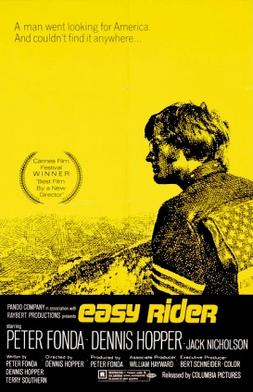
We’re in such a hurry most of the time we never get much chance to talk.
The result is a kind of endless day-to-day shallowness, a monotony that leaves a person wondering years later where all the time went and sorry that it’s all gone.
“What’s new?” is an interesting and broadening eternal question, but one which, if pursued exclusively, results only in an endless parade of trivia and fashion, the silt of tomorrow.
Instead, let us consider “What is best?’‘, a question which cuts deeply rather than broadly, a question whose answers tend to move the silt downstream.
There are eras of human history in which the channels of thought have been too deeply cut and no change was possible, and nothing new ever happened, and “best” was a matter of dogma, but that is not the situation now.
Now the stream of our common consciousness seems to be obliterating its own banks, losing its central direction and purpose, flooding the lowlands, disconnecting and isolating the highlands and to no particular purpose other than the wasteful fulfillment of its own internal momentum.
Some channel deepening seems called for.

Contrary to conventional wisdom, history is practical.
Yesterday’s history informs today’s news, which in turn becomes tomorrow’s destiny.
Those with a knowledge of history can understand current events in a broader context and respond to them thoughtfully.
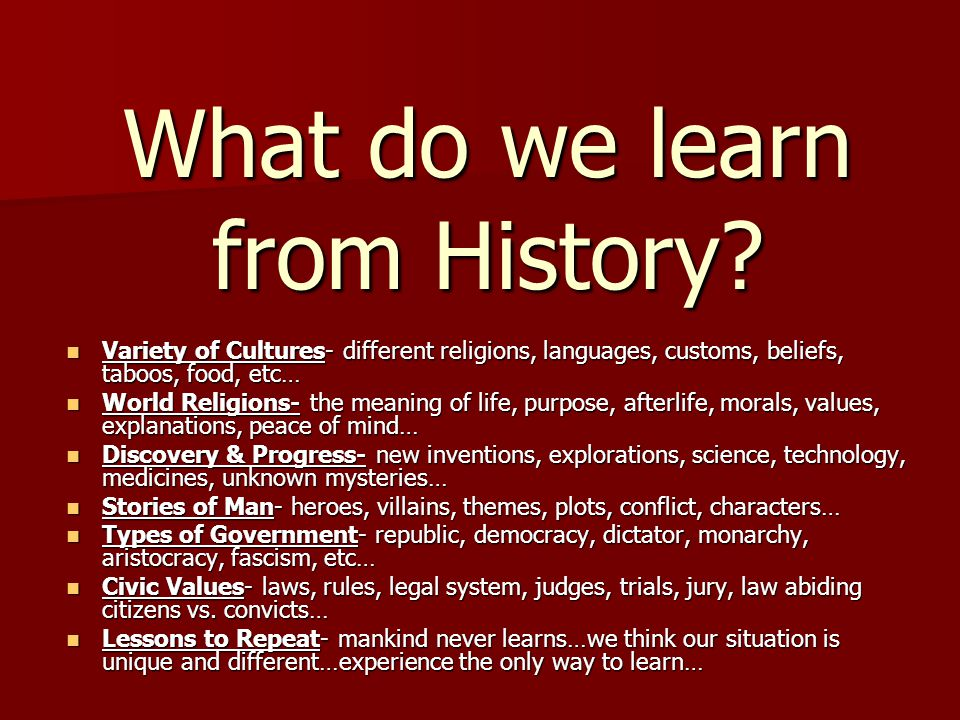
As you travel, opportunities to enjoy history are everywhere.
Work on cultivating a general grasp of the sweep of history and you will be able to infuse your sightseeing with more meaning.
Travel, along with a sense of history, helps us better understand the world’s complexity.
News in modern times is history in the making and travellers are eyewitnesses to history as it unfolds.
But tourists rarely grasp what is going on or what happened where they are.
They are preoccupied with trivialities – forgotten camera batteries, a thirst for a Coke, complaints about the weather, the impossibility of coping with the incomprehensible.

Mainstream tourism does not encourage thought.
For many people – who I cannot and will not condemn, for they have worked hard for their well-deserved leisure – travel is only about having fun in the sun, shopping duty free, cashing in frequent flier miles.
But this is a distraction from the real thrills, rewards and value of travel.
Travel – life itself – should educate us, engage us with challenges, wherein the past helps us understand the present and the moment strengthens us for the future.
The more you know, the more you strive to learn, the richer your travels, your life, becomes.

We must somehow figure out how to be a dominion, a democracy, of intellect.
Knowledge must sit in the homes and the heads of individuals with no ambition to control others or to sit up in the isolated seats of power.
Only if the adventures of knowing and understanding are shared as widely as possible is civilization truly viable.
In the end, the goal is not an aristocracy of experts on whom we must depend, but on them and ourselves.
We make true progress when we are engaged with what we have set for ourselves to do.
Each of us should welcome knowledge and understanding, so we can one day make the finest contribution our talents and efforts can fashion.

One has to admire Vietnam – despite, or perhaps because of, its tumultuous history – for it is a resilient nation.
It is a land of emerald paddy fields and white sandy beaches, of cities of choas and sanctuaries of silence, of caves deep and mountains lofty.
Visitors are met with warmth and curiosity and a hunger for connectiveness.
The land has seen such darkness and yet its fire is never diminished.

It is a mere 48 minutes / 30 km from Ninh Binh to Phat Diem, so for those for wheels it is not a major bother to tear oneself away from Highway 1 hellbent for HCMC (Ho Chi Minh City).
Detours and diversions are the point of travel, not the distances nor the destinations.

In 1821, King Minh Mang travelled to the North to visit Ngoc My Nhan Mountain and had these words engraved on the cliff:
Building a small house to rest, when going up the mountain to see the pagodas and towers of the mountain, the masts of the river, the scenery is picturesque, bending down to wash the dusty clothes of life.
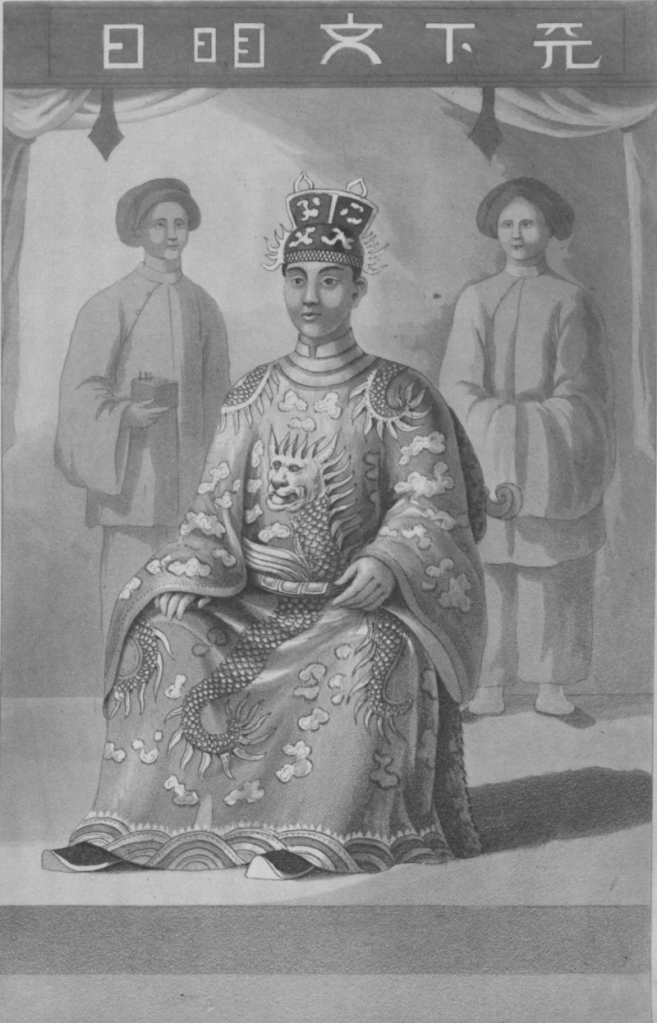
Returning to the capital, King Minh Mang was interested in agriculture, and proposed a policy of reclamation including two forms of plantations and joint plantations.
The entrepreneurs were immigrants who set up new hamlets.

The King sent Nguyen Cong Tru to Ninh Binh to found a porcelain business and to recruit poor people to reclaim the coastal area.

Nguyen Cong Tru (1778 – 1858) was a politician, military man and poet during the Nguyen dynasty.
He served as a mandarin through the reigns of Kings Gia Long (1762 – 1820), Minh Mang (1791 – 1841), Thieu Tri (1807 – 1847) and Tu Duc (1829 – 1883).
Tru was distinguished by the reclamation of people in North Vietnam.
He made many victories in suppressing the uprisings against the imperial court and in the Vietnamese – Siamese War (1841 – 1845).
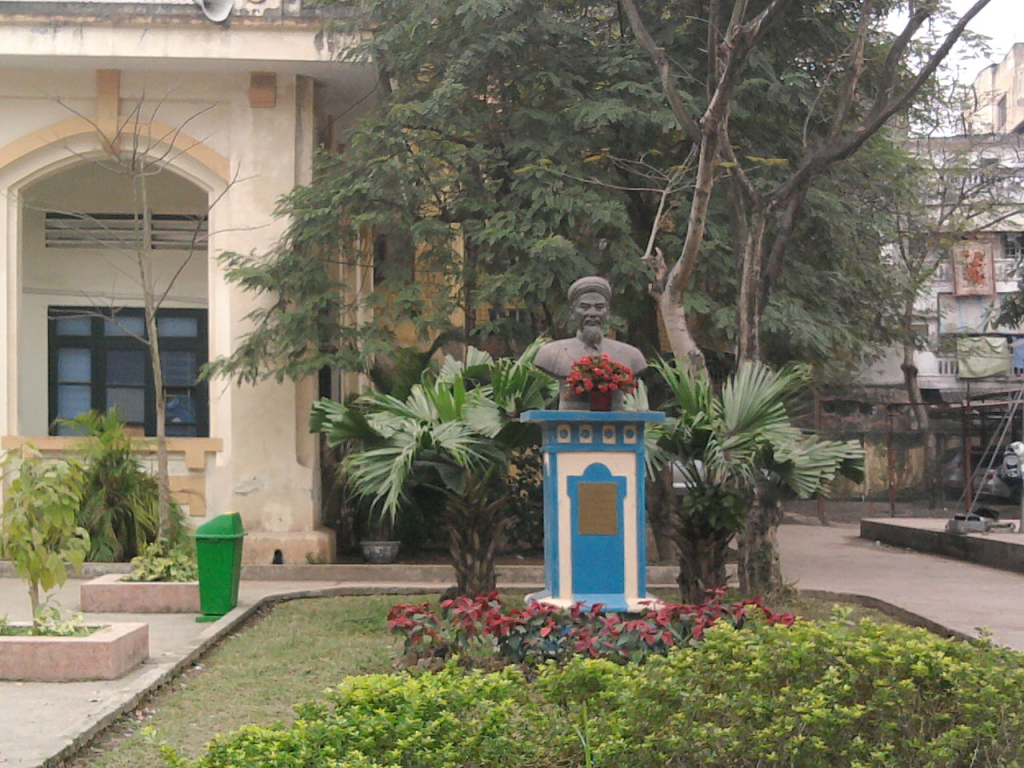
Above: Statue of Nguyen Cong Tru made of bronze, located in the main yard of Nguyen Cong Tru Secondary School, Hanoi
By the end of 1829, Nguyen Cong Tru had cultivated 14,620 acres of land and settled 1,268 people, creating a land that was stable.
King Minh Mang established a new district named Kim Son (golden forest).
Nguyen Cong Tru also created a dense population cluster in the district of Phat Diem:
The birthplace of beauty.
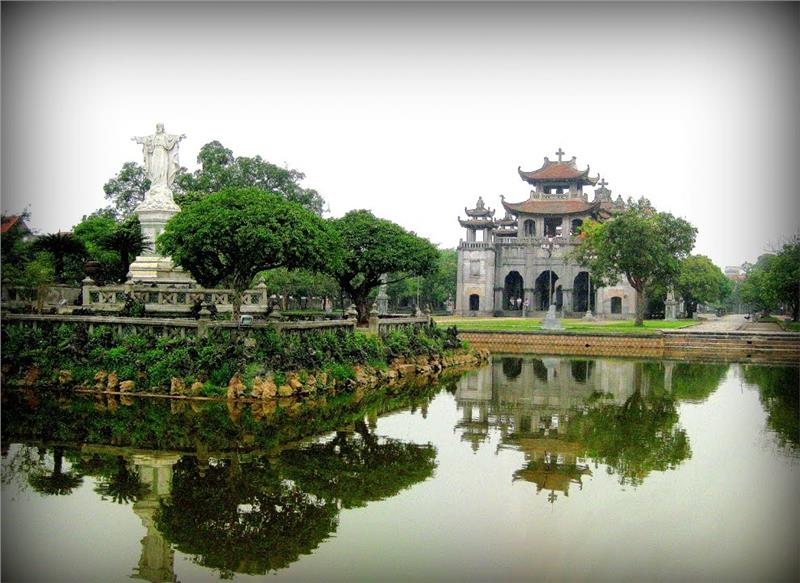
According to Nguyen Cong Tru, when he passed through Ninh Binh Province, he discovered that Canh Dieu Mountain looks like a picture of a naked girl lying on her back looking at the immense sky and clouds, facing the East Sea, so he named the district Phat Diem:
The place where the beauty emanates.

Phat Diem tile-roofed bridge is a unique construction, which has been printed on Vietnamese postage stamps.
The bridge is located across the An River in the center of Phat Diem town.
Phat Diem tiled bridge has the architecture of “upper communal house of Ha Kieu” meaning that the upper house is the communal house, the bottom is the bridge.
Compared with five ancient tile bridges remaining in Vietnam, Phat Diem tile bridge has a rather large length, 36 metres, divided into three spans, each span has four compartments.
In addition to Phat Diem tile bridge in Kim Son, there are two tile-roofed bridges Luu Quang and Hoa Binh tile-roofed bridges both across the An River.
On both sides of Phat Diem tile bridge, there are two rows of railings and columns made of ironwood.
On the bridge is the roof is covered with the traditional red tile of the Northern Delta.
The walkway at both ends of the bridge has three steps.
Compared with Hoi An Bridge Pagoda and Thanh Toan Tile Bridge, Phat Diem Tile Bridge has a light and elegant appearance, showing special creative talents.
This is considered a rare bridge and has high artistic value among the ancient bridges in Vietnam.
The bridge has both a traffic function and an ancient roof.
Moreover, it is a stopover to avoid rain and sun, and a place for couples to date.
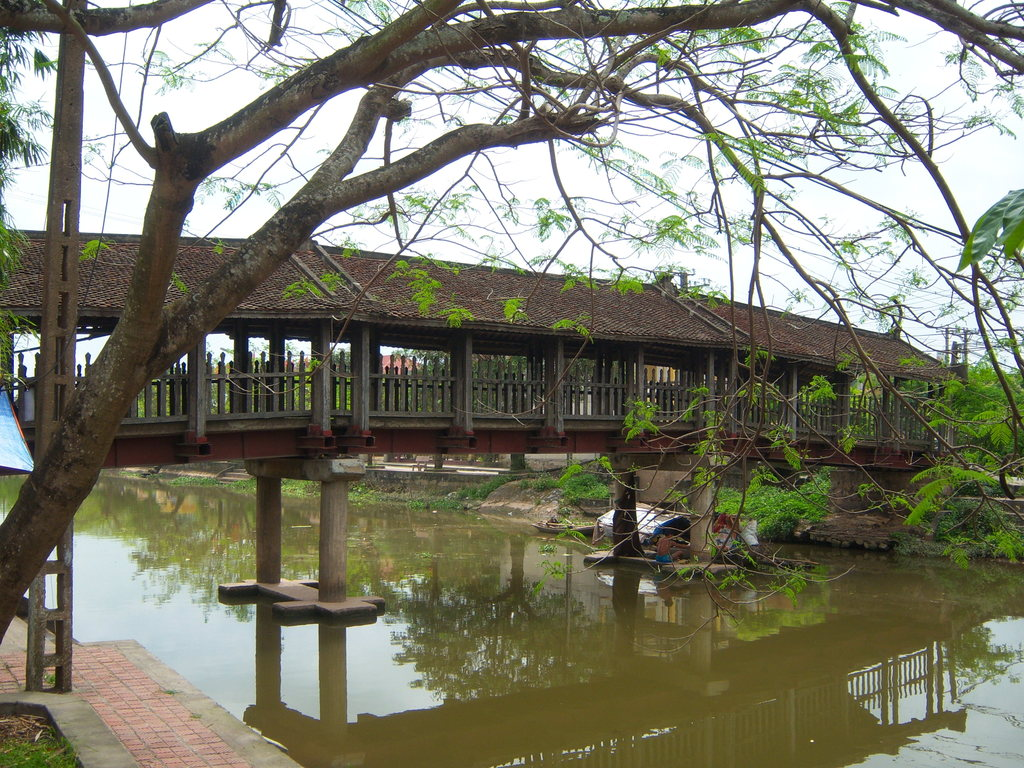
There is a folk saying “South Bridge, North Pagoda, Doai Communal House ” to praise the architectural beauty of ancient bridges in Son Nam, including Phat Diem Tile Bridge in Kim Son, Tra La Bridge in Ninh Binh City and the East Bridge in the ancient capital of Hoa Lu.

Kim Son district was once a coastal marshy land.
Nguyen Cong Tru established a hamlet, dike, and sea encroachment in 1829.
The An River, flowing through Phat Diem town, is an irrigation project supplying water to irrigate the fields for the people.
This river was difficult for people to travel, so Nguyen Cong Tru built a bridge connecting the two banks of the An River.
Initially, the bridge was built with the trunks of big trees, large wooden boards, and wide bridges to help people travel easily.
Later, the bridge was damaged after a long time of use, so in 1902 this bridge was replaced with a tile bridge.
After nearly 200 years, Phat Diem tile bridge today still retains its original appearance.
Phat Diem Tile Bridge has been designated an Architectural Art Monument in 2018.
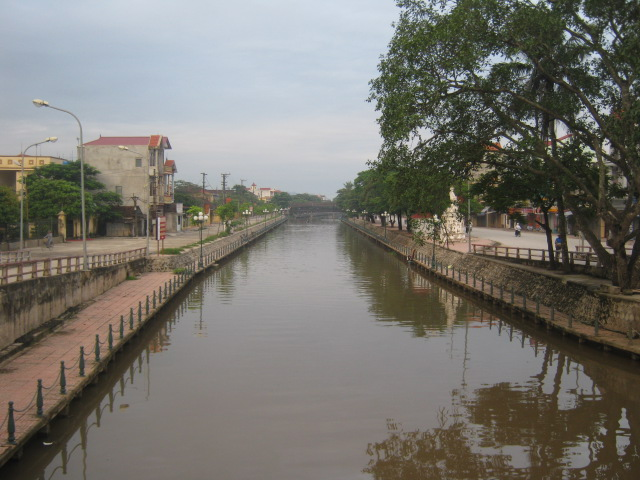
Phat Diem Cathedral (commonly known as Phat Diem Stone Church ) is a Catholic church complex of about 22 hectares, located in Phat Diem town, Kim Son district, Ninh Binh province, about 120 km from Hanoi. southward.
The complex of works here was built in 1875 and completed in 1899.
The cathedral at the centre, now the cathedral of Phat Diem Diocese in North Vietnam, was completed in 1891.
The unique feature of these works is that the Catholic church is built entirely of stone and wood, according to ancient Vietnamese architecture, bearing the appearance of traditional communal houses, temples, pagodas and palaces.
This architectural complex was gradually presided over by Father Peter Tran Luc, priest of the Diocese of West Tonkin since 1865 and a local community leader for more than 20 years.

Peter Tran Luc (né Tran Van Huu) (1825 – 1899), also known by the nickname Sau , was a Vietnamese Catholic priest.
He was famous as a zealous missionary who started the construction of Phat Diem Cathedral.
Tran was born in My Quan village, Cao Vinh canton, Nga Son district, Thanh Hoa province.
He was the second child in a family of seven children (five boys and two girls).
At baptism, he was christened Peter.
In 1840, he left his family to follow priest Tran Van Tieu as assistant priest at Bach Bat parish.
In 1845, he was admitted to Vinh Tri Minor Seminary.
He was renamed Tran Van Triem to avoid having the same name with another seminarian.
After graduating in 1850 and ordained as a Six (diacre) at Trang Vinh Tri church, in Ke Vinh, Nam Dinh, he was sent to practice in a number of parishes until 1855 when he was granted a missionary license.
Admitted to Ke Non Seminary to further his studies in Philosophy and Theology and to be ordained a Deacon.
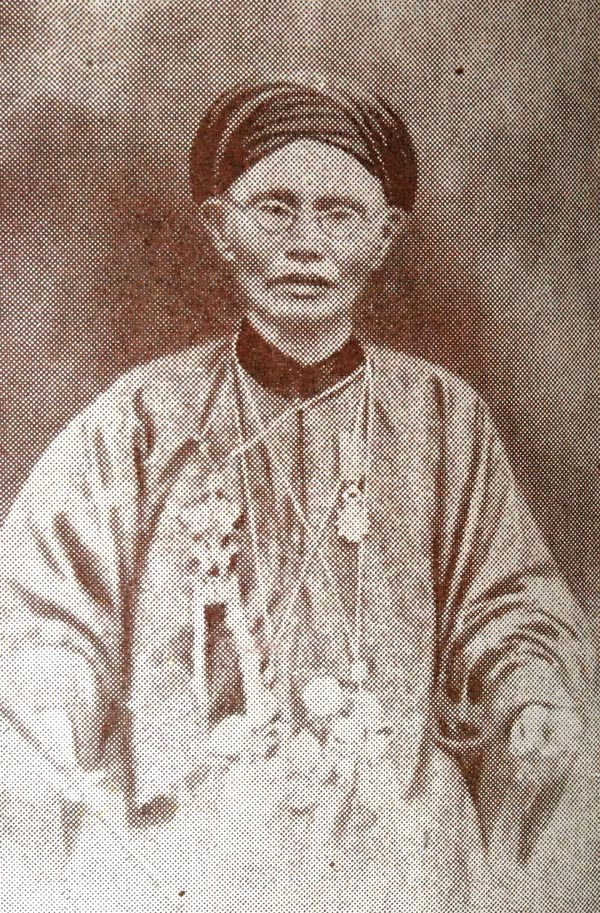
On the occasion of the French battleship Catinat entering the gate of Da Nang, Tran sent a letter to the Vietnamese court blaming them for killing the Catholic mission, arbitrarily bombarding the strongholds.
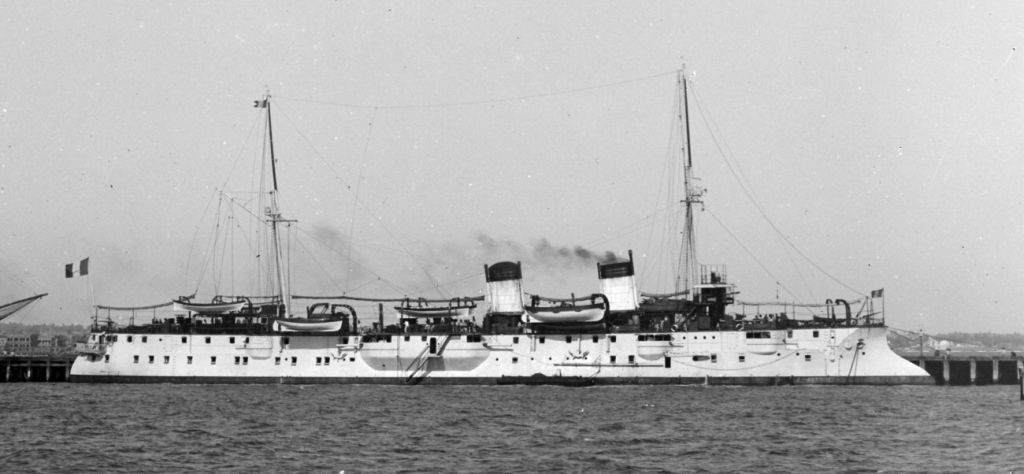
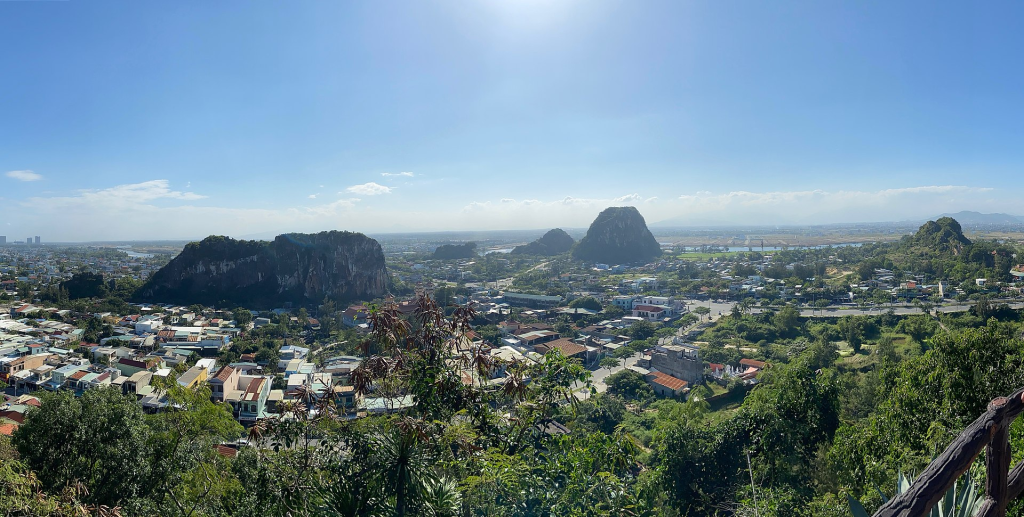
In 1856, King Tu Duc became even more forceful in banning religion.
In 1857, four consecutive decrees prohibiting religion were issued.
Vinh Tri Minor Seminary was razed to the ground.
Other Catholic institutions were also burned and destroyed.

On 13 July 1858, Tran was arrested and exiled to Lang Son.
His younger brother, John Tran Van Phap (or Trut), was also exiled and died here.
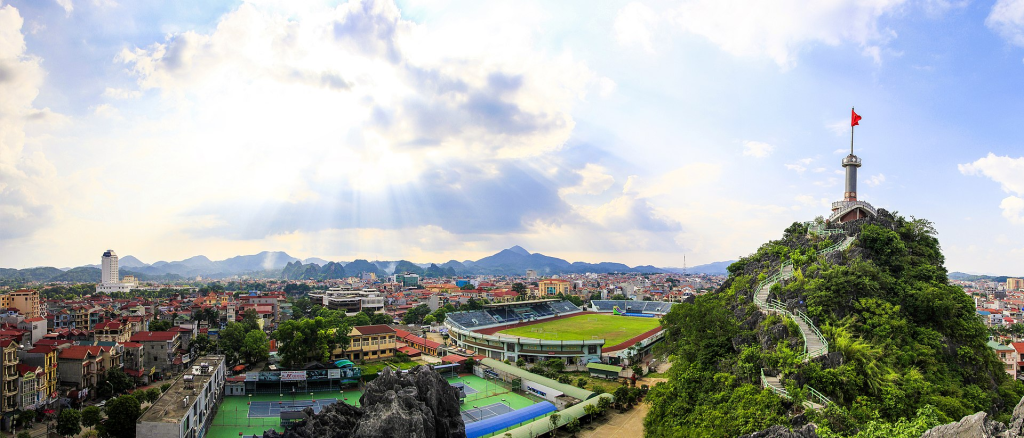
However, in January 1860, Tran was secretly summoned and ordained a priest by Bishop Jeantet Khiem, then the Apostolic Vicar of West Tonkin, and ordained a priest in Ke Xu (now Tu Chau parish, Lien Chau commune, Thanh Oai district, Hanoi.
Due to many years of being a Six, he was often called Uncle Sau by parishioners, so he took the fake name Tran Luc to avoid revealing his identity.
After that, he returned to Lang Son to govern the exiled parishioners here until 1862, when King Tu Duc issued a ban on religion, he was released.
After being released, he was assigned by Bishop Jeantet Khiem to take charge of the three lands of My Diem, Ke Dua, and Tam General.
At that time, all three countries had only a small thatched church in Trung Dong village (now in Yen Nhan commune, Yen Mo district, Ninh Binh province).
After he was in charge, the parish church was moved to Phat Diem.
In 1865, he was appointed parish priest of Phat Diem by Bishop Jeantet Khiem.
In 1871, he mobilized parishioners to build a small church with tiled roofs.

In 1873, Francis Garnier attacked Hanoi and occupied Nam Dinh, Ninh Binh, Hai Duong, and Hai Phong, causing the Tonkin Incident (1873).
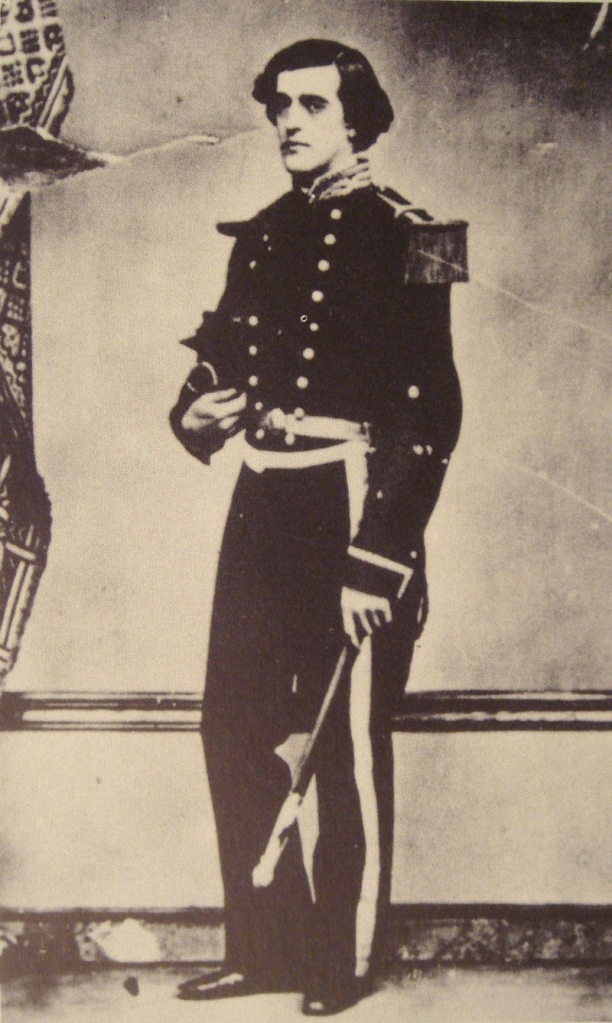
King Tu Duc sent Tran Dinh Tuc, Truong Gia Hoi, and two missionaries, Bishop Joseph Hyacinthe Sohier (Vietnamese name: Binh ) and priest Danzelger (Vietnamese name: Dang ) to Hanoi to negotiate with Garnier.
He is said to have accompanied this delegation.
The negotiation was not over yet, but Francis Garnier was ambushed by Black Flag troops at Cau Giay.

Excited by this incident, Tu Duc immediately summoned the negotiating delegation back.
Tran was personally rewarded by the King with money.
With the favour of the court, he embarked on the construction of a new church in 1875.
Although not an architect, he received and reconciled many schools of art to build a new church.
The stone church is very massive and artistic, and as aforementioned it has a special style of its own to this day.
He helped the French colonialists during the early French colonial period in Vietnam.
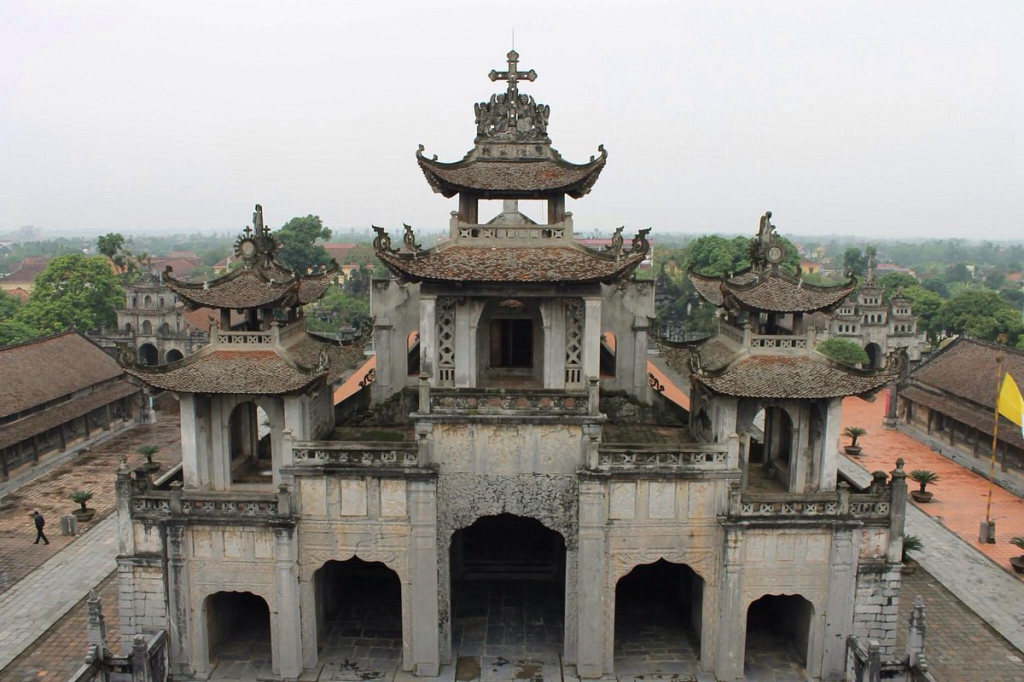
In the book Dai Nam, Thuc Luc records Tran Luc’s support for the French as follows:
“In Phat Diem commune, in that county, there was Bishop Tran Luc who conspired with the French envoy.
He buried many parishioners and thousands of scoundrels, repeatedly stopping and arresting translators to rob official documents.
The military officers in the provinces had to follow the road through Nho Quan government to send official dispatches.“
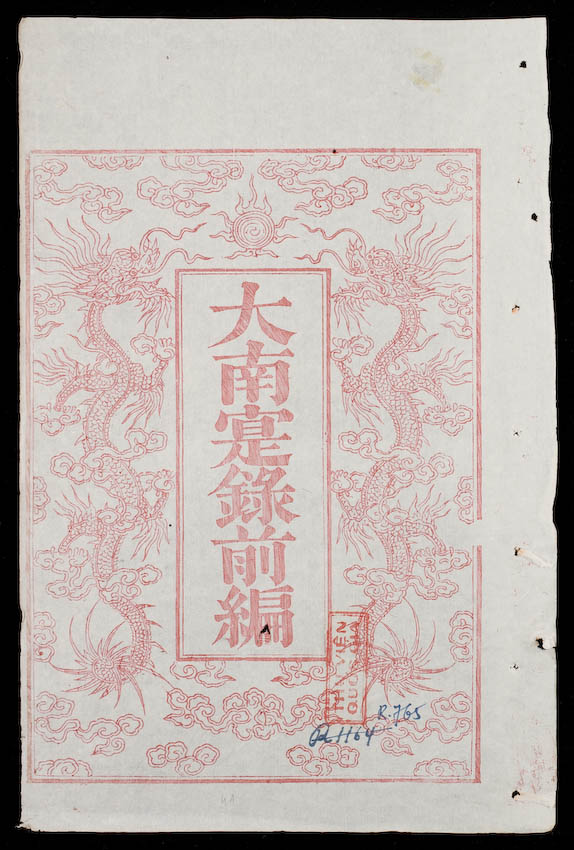
In 1886, in response to King Ham Nghi’s decree of kingship, the Ba Dinh Uprising in Thanh Hoa broke out, led by Pham Banh and Dinh Cong Trang in Thanh Hoa.
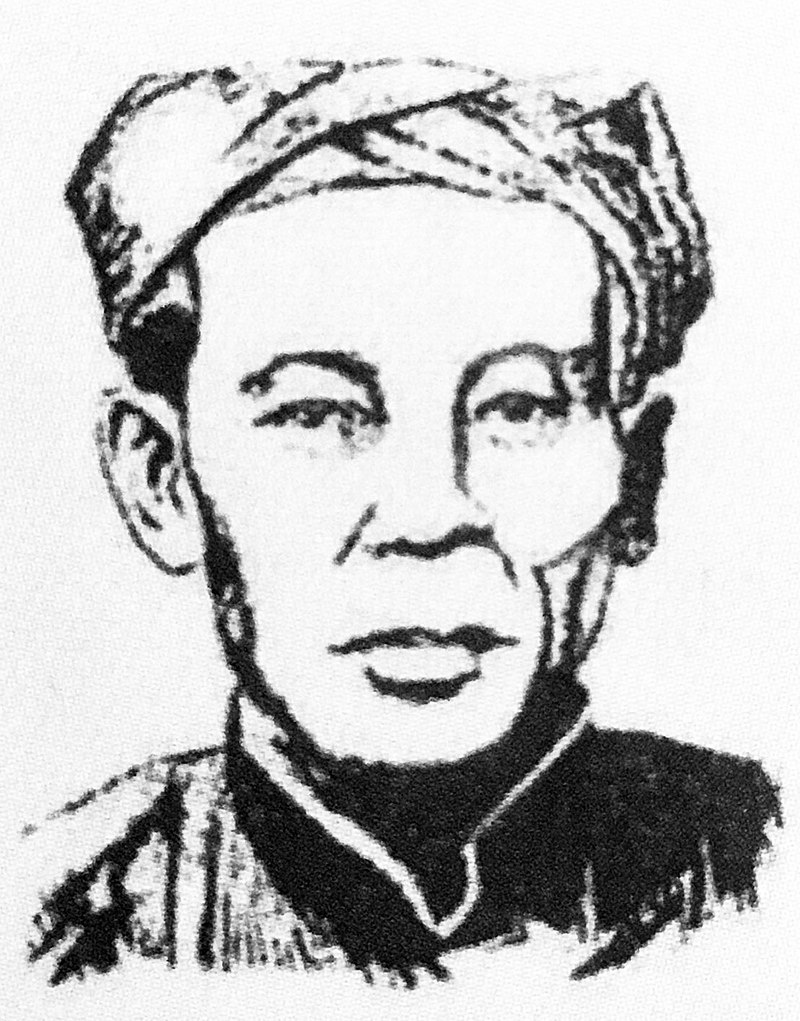
In mid-December, the French army, consisting of 500 soldiers, supported by 80 mm cannons, organized an attack on Ba Dinh base, but was repelled by the insurgents.
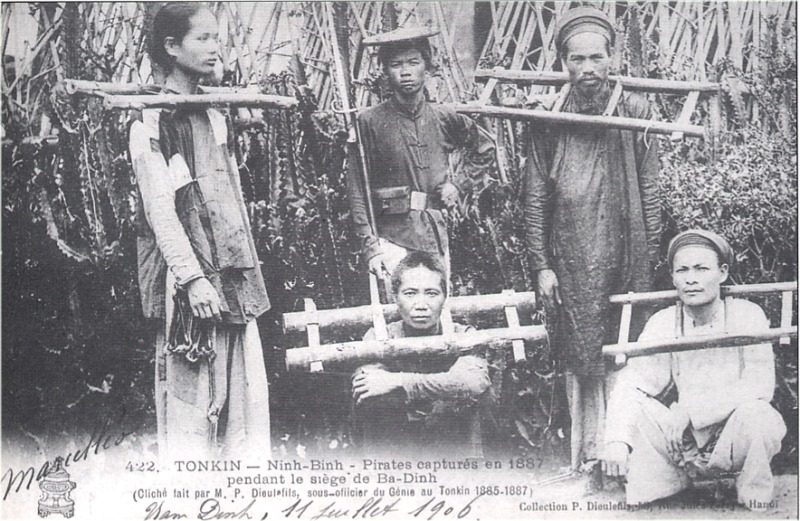
In early January 1887, when the French army organized the second attack, priest Tran Luc mobilized 5,000 Vietnamese parishioners to reinforce, helping the French army successfully destroy this war zone.
Father Tran Luc guided and helped Warrant Officer Hautefeuille capture Ninh Binh Citadel.
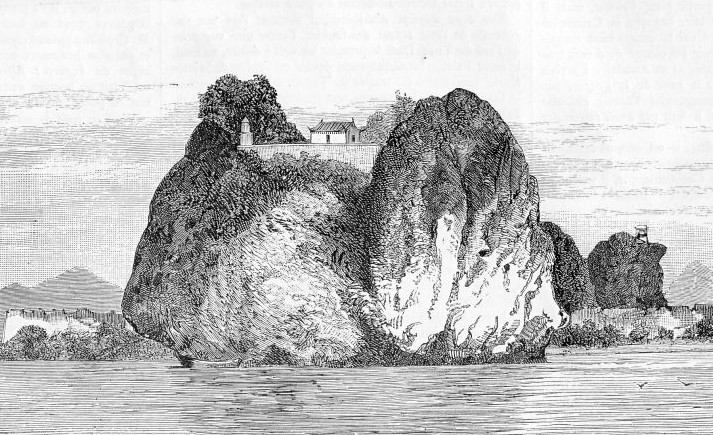
In addition, he also recruited 150 more soldiers to help Hautefeuille protect security.
Father Tran Luc was given a reward by the French government for his merits.
In 1901, Phat Diem Church was chosen as the Bishopric of Thanh Diocese, later changed to Phat Diem Diocese.
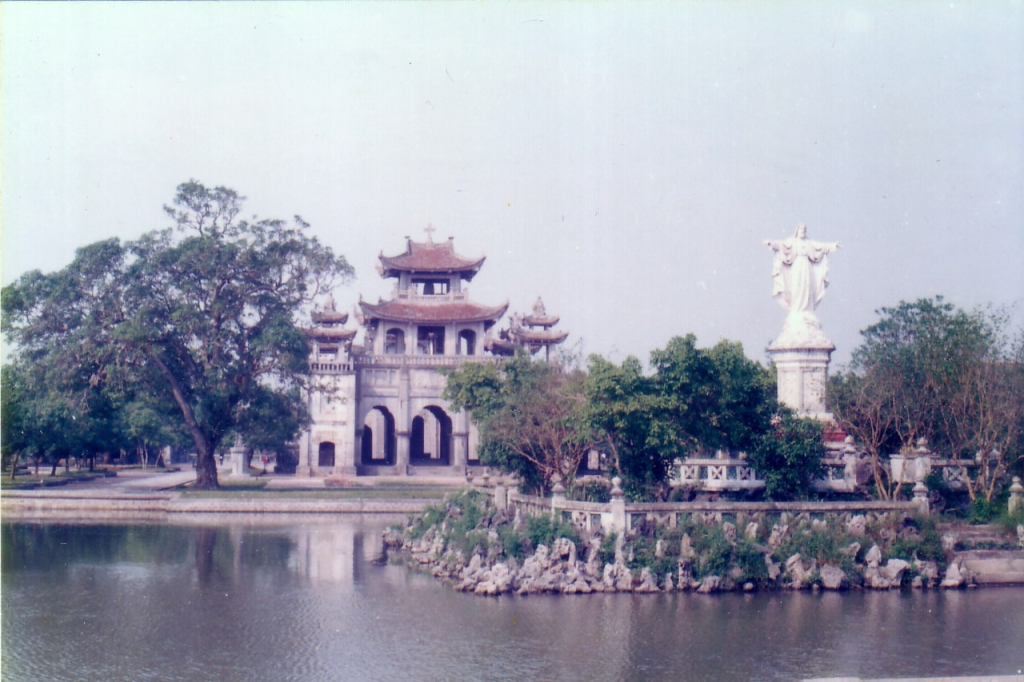
Tran died on 6 July 1899.
Before his death, he had a last wish to bury his body in the middle of the church’s entrance, “so that people can walk and go over the grave“.
However, parishioners moved out of the way and made a protective barrier.
At his funeral, Thanh Hoa’s father, on behalf of Dai Nam’s court, and Ninh Binh’s envoy on behalf of the French Protectorate government attended and read the eulogy.
His tomb lies behind the bell tower.
His Cathedral was more than ten years in the preparation as stone and wood were transported from the provinces of Thanh Hoa and Nghe An, though it only took a mere three months to complete in 1891.
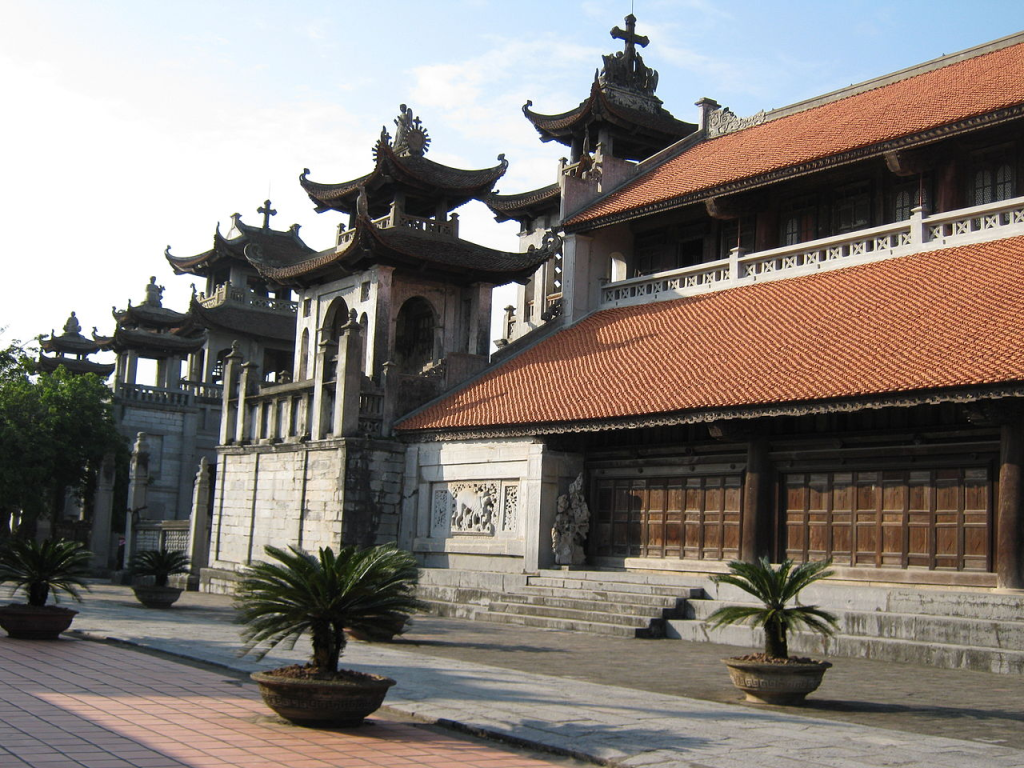
There is an anecdote about priest Tran Luc making a sentence to Tran Hi Tan Tang, a man with a reputation for passing high marks, with good writing or words in the Nguyen court.
The opposite of Tran Luc is written:
“Three elderly people sit at one table, they are all regulars, they are not afraid of anyone!“
This opposition is dangerous in that the word “grandpa” has many meanings, that is “afraid“, “even“, “enough“, all of which are mentioned in the opposite clause.
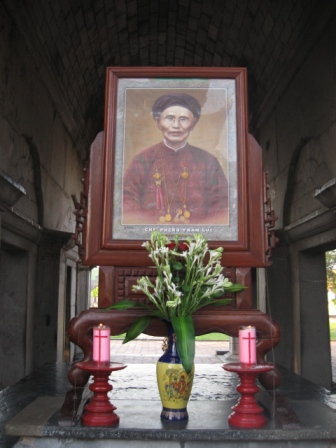
Tran Hi Tang, who was known as Tam Nguyen Vi Xuyen, quickly responded:
“One path has no two roads, the way leads to thieves, the way also lies!“
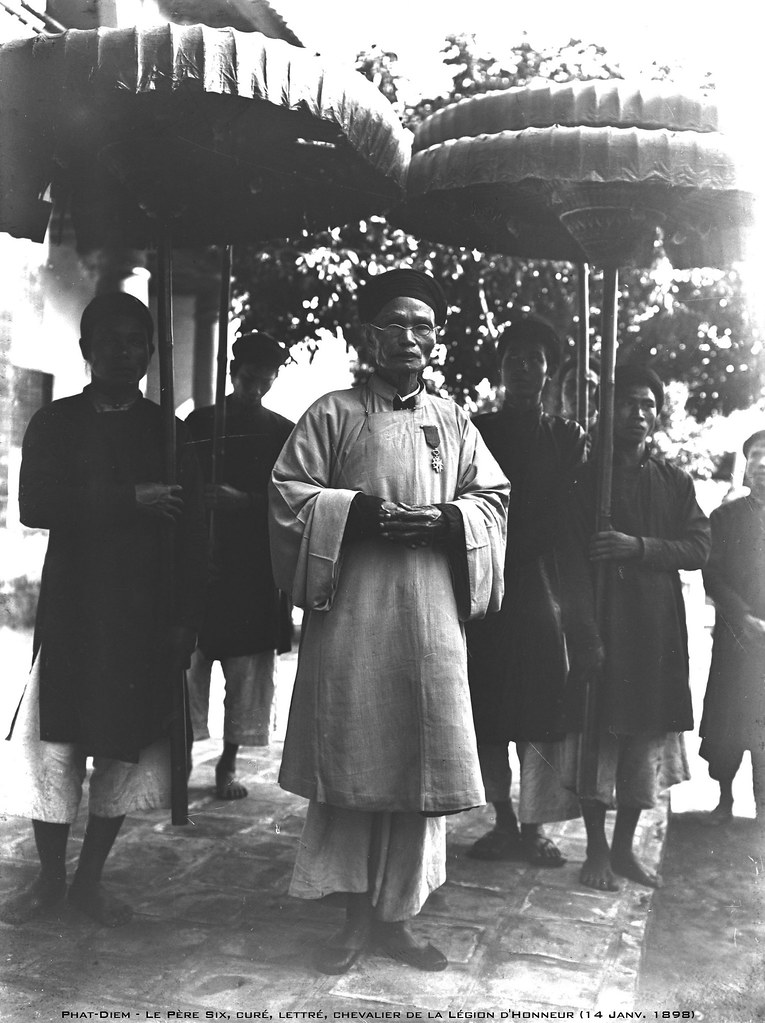
Father Tran Luc was questioned by Phan Dinh Phung, then the governor of Yen Khanh, and publicly beaten.
Because of this, Phan Dinh Phung was punished by the court in the 31st year of Tu Duc.
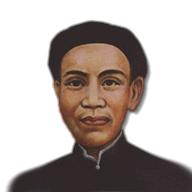
Bishop John Baotixita Nguyen Ba Tong, when invited to give lectures in many places in Europe, praised Father Tran Luc as follows:
“I am determined that there is no Vietnamese like Uncle Sau, who is the glory of this Tonkin Church, the joy of Phat Diem’s children, and the honour of our entire Indochinese nation.“
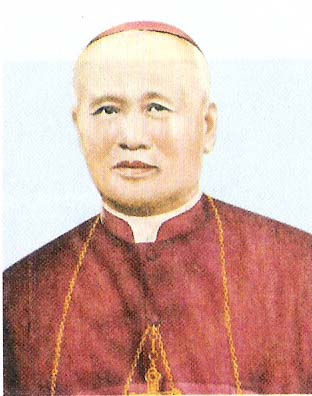
Author Dao Trinh Nhat, in the book Phan Dinh Phung, the leader of the ten-year resistance war (1886 – 1895) in Nghe Tinh commented on priest Tran Luc as follows:

“Therefore, when he was the governor of Yen Khanh in Ninh Binh, Phan saw an old man who was self-righteous or religious, harassing the common people.
Phan did not hesitate to ask the soldiers to hold the cleric down, interrogate and hit him directly.
The priest who suffered the beating was Tran Luc, known as Old Sau.
A few years later, thanks to the French influence, Phan was appointed by the court as a royal enjoy with illustrious authority for a while in Phat Diem – Ninh Binh.
Be afraid.
It is said that Phan has the virtue of killing people like straw, no less than Ton That Thuyet.“

The Church was built with the technical level and traffic conditions of the late 19th century.
Currently, Ninh Binh province and Japanese researchers are completing the dossier on the architecture of Phat Diem church to propose UNESCO to recognize Phat Diem church as a world cultural heritage.
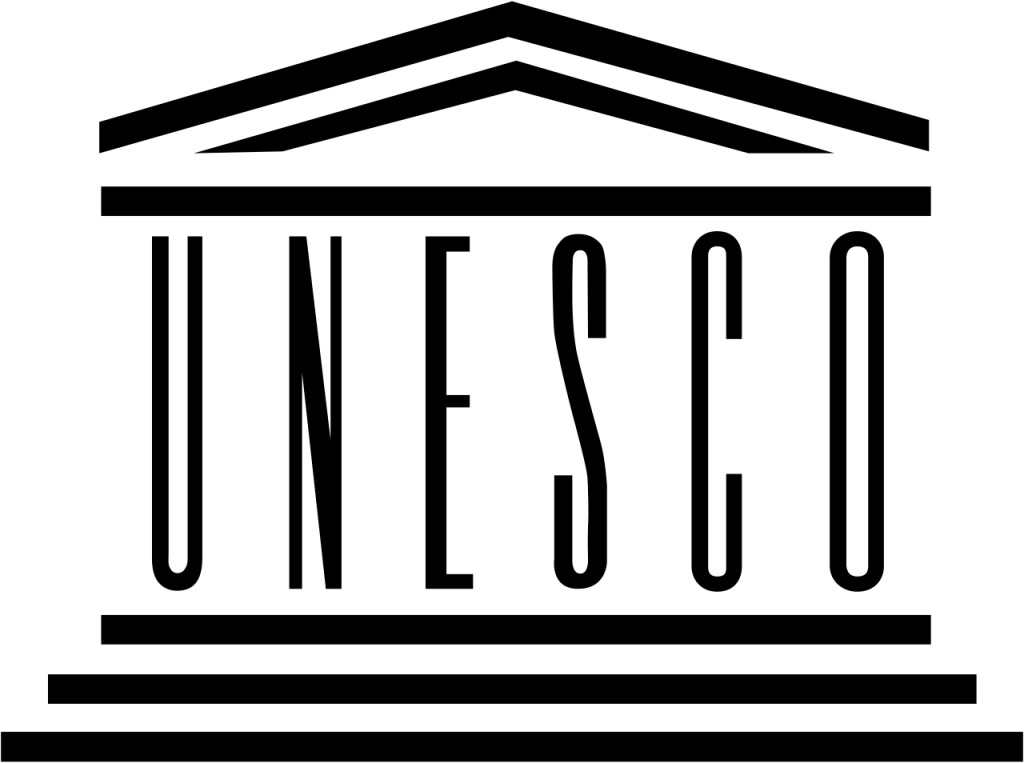
Phat Diem stone church is rated by the press as one of the most beautiful churches in Vietnam, is likened to “the Catholic capital of Vietnam“.
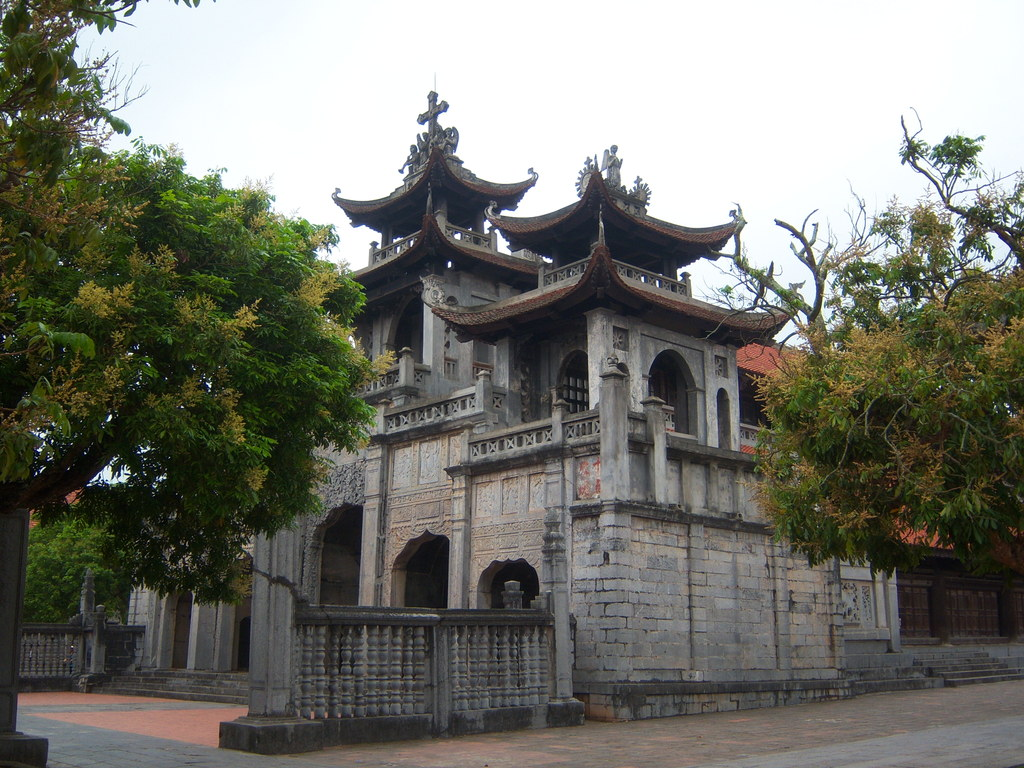
Nguyen Van Giao, a guide serving the Church, said:
“It is very true to say that this project resembles a pagoda.
Father Peter Tran Luc wished that, through this work, the nature of harmony and integration will be expressed through this work, between Catholicism and the nation’s architectural culture as well as the harmony between Catholicism and other religions in Vietnam, showing solidarity.”
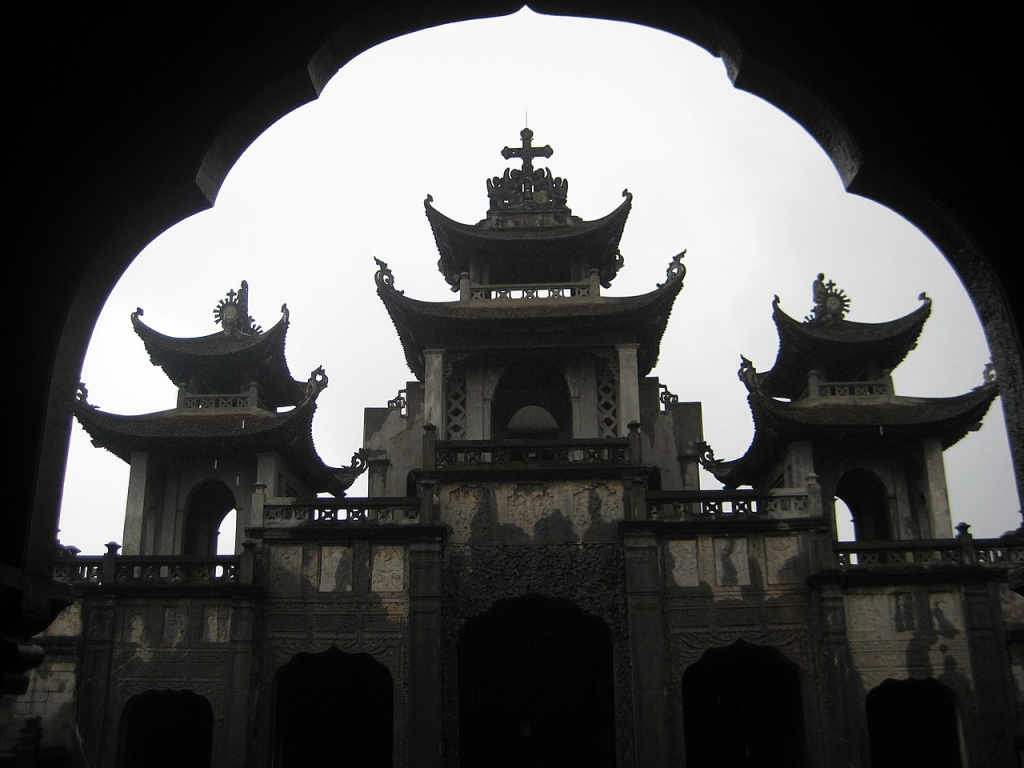
- Ponds and lakes:
- A rectangular lake, about 4 hectares wide, surrounded by stone embankments, facing the road from Phat Diem town leading to the Church.
- In the middle of the lake is an island on which there is a statue of Jesus.
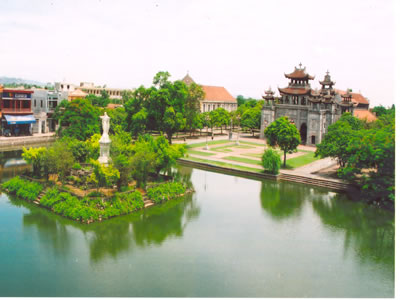
- Phuong Dinh : completed in 1899, is an architectural work 25m high, 17m wide, 24m long, consisting of three floors built of slate, the largest is the bottom floor built of green stone.
- On the top of the tower there are four statues of the four saints, which from the contours, posture to the lines of the clouds, make it easy to mistake them for the statues in Vietnamese temples.
- The stone arches are assembled to a sophisticated level.
- In the middle of Phuong Dinh, there is a cave made of monolithic stone, outside and inside are reliefs carved on stone with the image of Jesus Christ and saints with elegant lines.
- The second floor of Phuong Dinh hangs a large drum.
- The third floor hangs a bell 1.4m high, 1.1m in diameter, weighing nearly 2000kg.
- The big bell in Phuong Dinh was cast in 1890 can be heard in the distant provinces of Nam Dinh, Ninh Binh and Thanh Hoa.
- The roof of Phat Diem church is not towering like a Western-style church, but an ancient curved roof like that of a communal house or a pagoda.
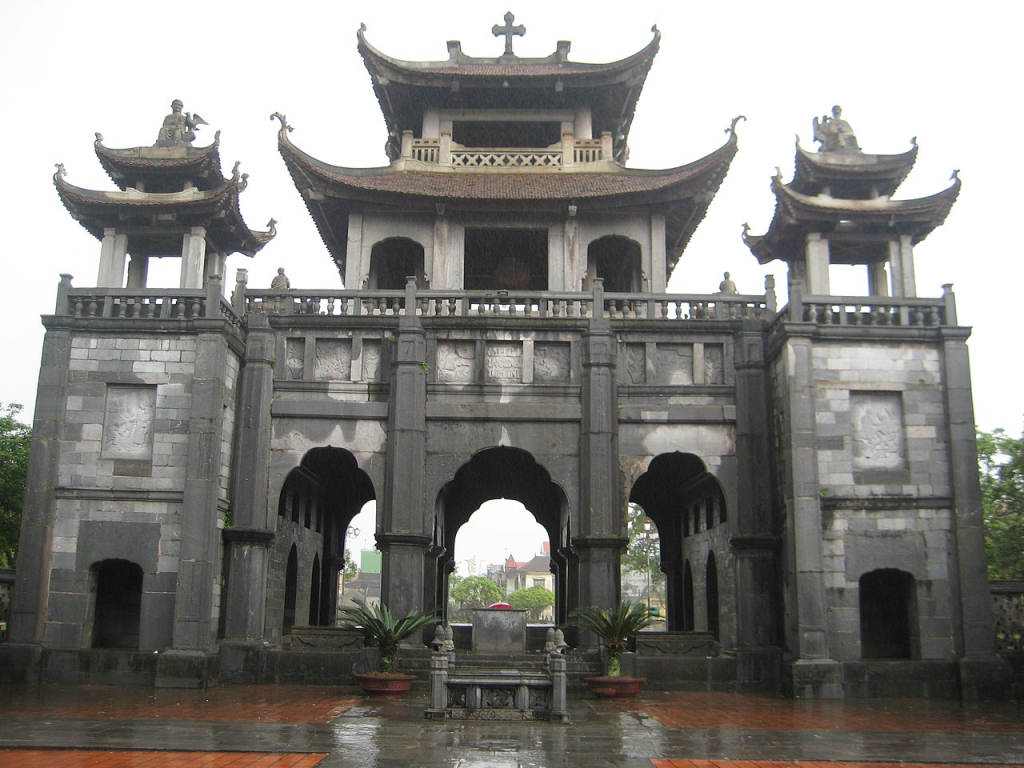
- Cathedral :
- The main church was inaugurated in 1891 with the title of Church of Our Lady of the Rosary, now the cathedral of Phat Diem.
- The large church is 74m long, 21m wide, 15m high, has four roofs and has five entrances under carved stone arches.
- In the Church, there are six rows of monolithic ironwood columns (48 columns), the middle two rows of columns are up to 11m high, 2.35m in circumference, each column weighs about 10 tons.
- The atrium of the Cathedral has a large altar made of a monolithic slab 3m long, 0.9m wide, 0.8m high, and weighs about 20 tons.
- The front and sides are carved with typical flowers of the four seasons, making the altar look like it is covered with a bright jelly-colored scarf.
- On both sides of the church there are four small churches with harmonious architecture, each with its own characteristics.
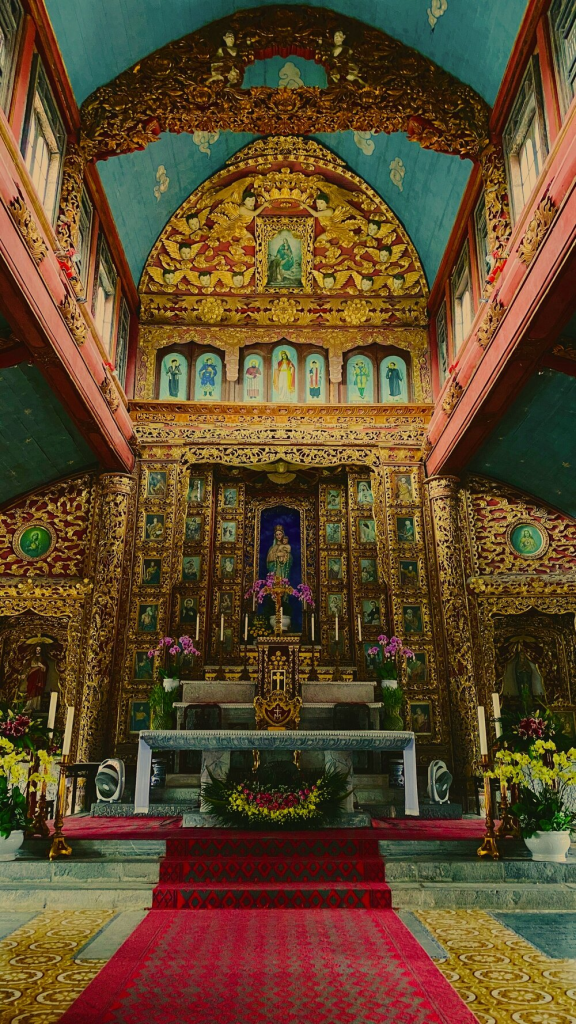
- The four small churches are independent chapels on either side of the large church:
- Church of the Heart of Jesus (1889) – Northeast
- St. Roco‘s Church (1895) – Southeast
- St. Joseph’s Church (1896) – Southwest
- Peter’s Church (1896) – Northwest
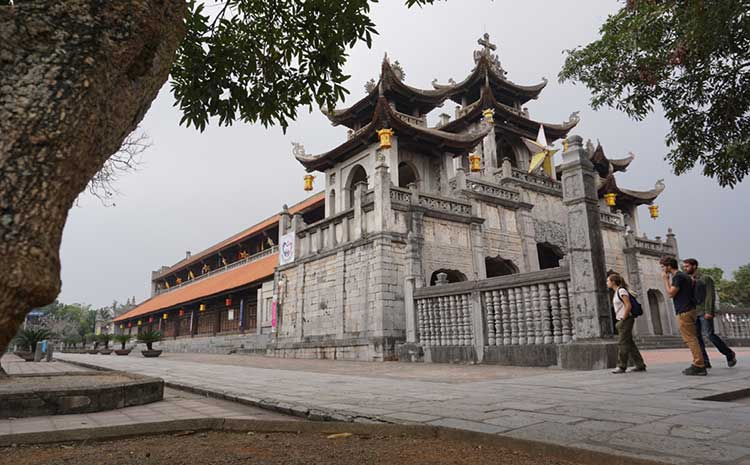
- Three artificial caves in the north of Phat Diem church, about 100m apart, are made of different large and small stone blocks keeping their natural appearance. There are large statues on the caves.
- Birthday Mountain : Originally named Burial Mountain , built in 1875, it is also the first work built on a very large scale for the purpose of testing the settlement of newly accreted soil. From 1954, it was renamed Birthday Mountain or the current Bethlehem Cave.
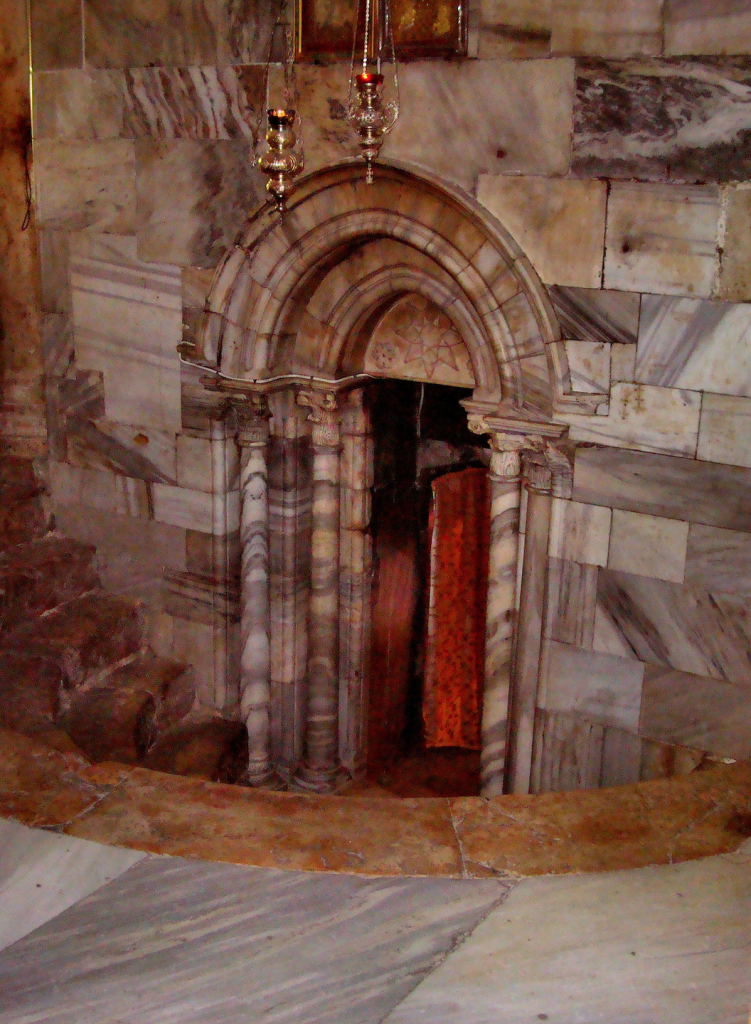
- Mount Lourdes : Originally named the Garden of Gethsemane, built in 1896, from 1925 renamed Lourdes Cave.


- Skull Mountain: built in 1898, originally the Cave of Bethlehem. In 1957, the statue of the crucified Lord was placed, hence the name Skull Mountain.
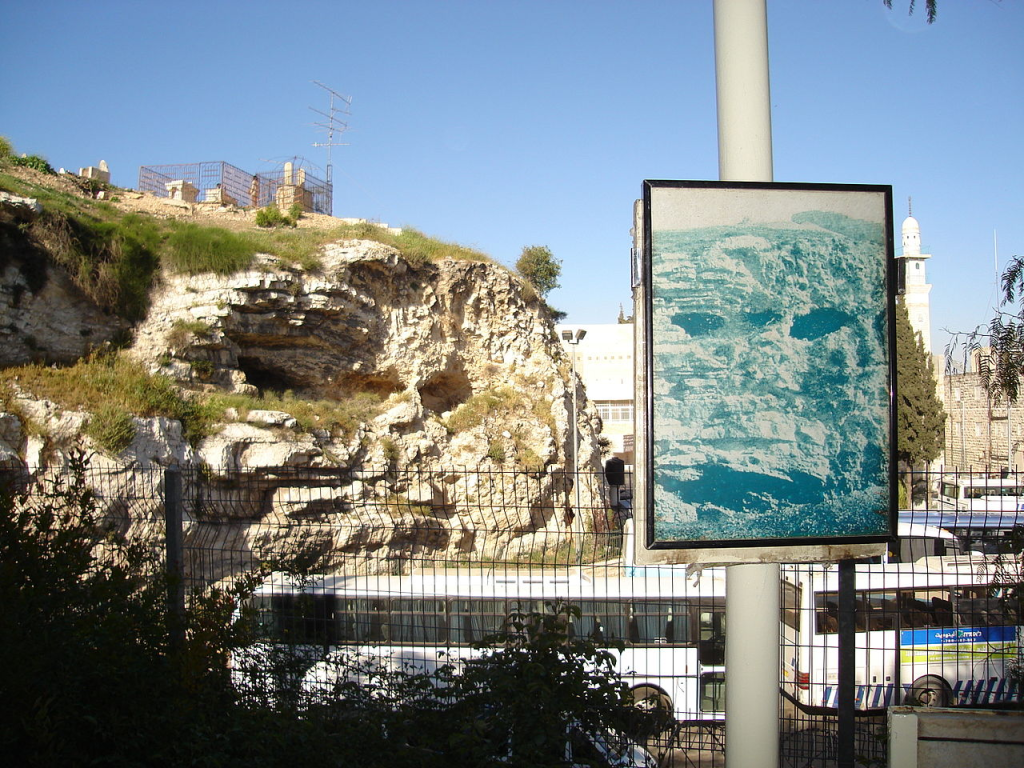
- Stone Church : built in 1883, bearing the title Chapel of the Immaculate Heart of Mary.
- Located separately in the Northwest, this is the first church built in this complex, also known as the Stone Church because everything in this Church is made of stone, from the foundation to the walls and columns.
- The inside is carved with many beautiful reliefs, especially the four precious carvings: pine, apricot, chrysanthemum, bamboo, symbolizing the weather and the beauty of the four seasons in a year.
- The lines depicting animals, such as lions and phoenixes, are incredibly vivid.
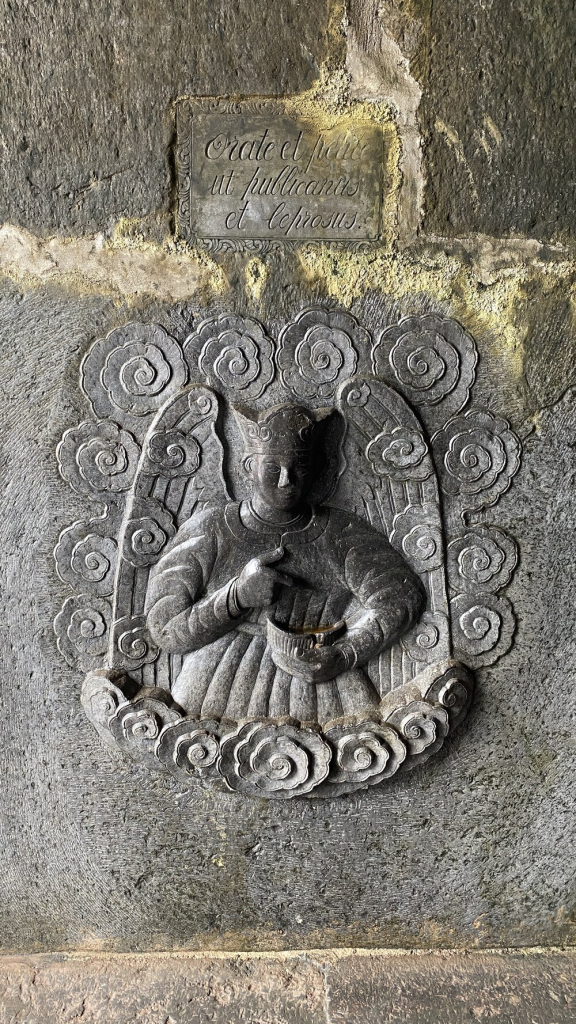
During the French War (1946 – 1954), the Catholic Church formed a powerful political group in Vietnam that stood virtually independent of the French administration, but also opposed to the Communists.
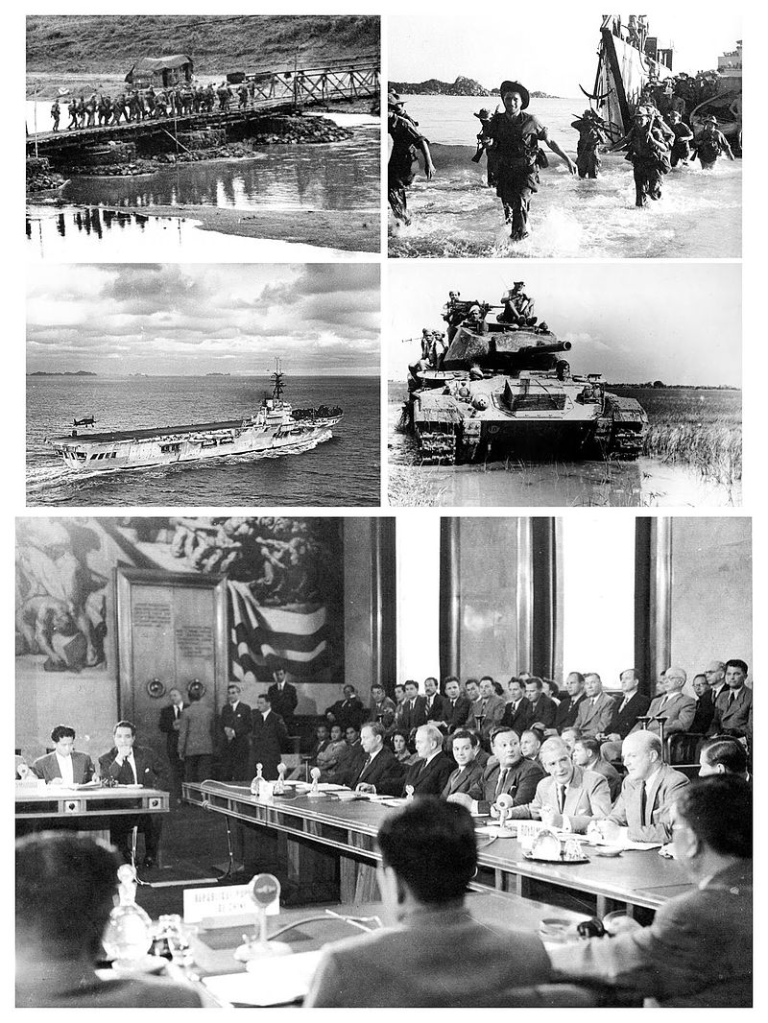
The then Bishop of Phat Diem, Monseigneur Le Huu Tu was outspokenly anti-French and an avowed nationalist, but, as his Diocese lay on the edge of government-held territory, the French supplied him with sufficient arms to maintain a militia of 2,000 men in returning for containing Viet Minh infiltration.
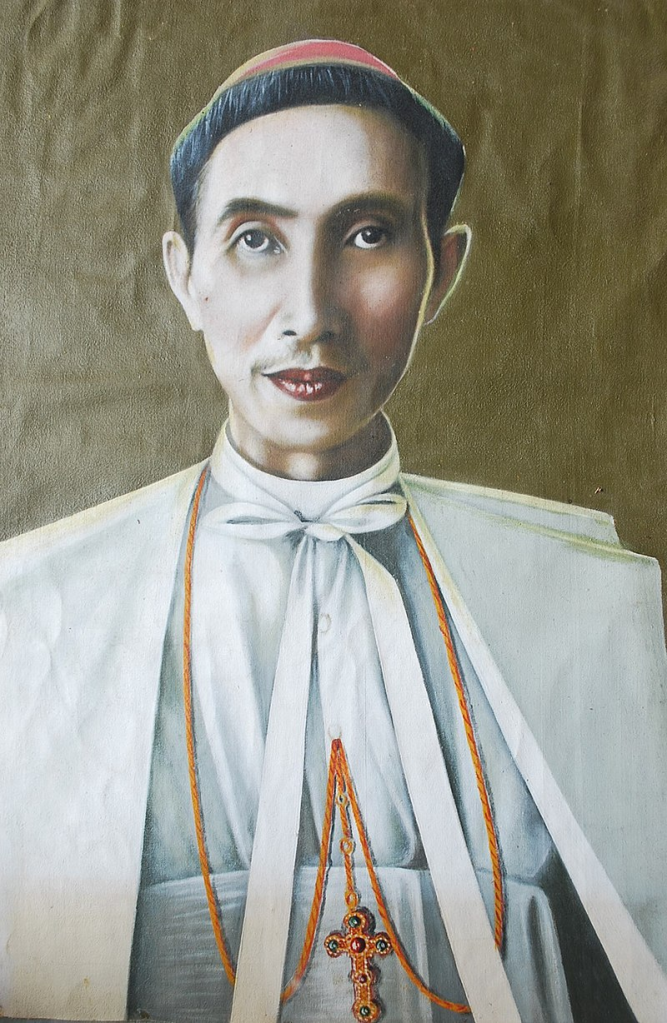
Tadeo Le Huu Tu (1897 – 1967) was a Vietnamese Catholic Bishop, whose episcopal motto was:
“A cry in the desert“.
He was considered the founder and leader of the Catholic Self-Defense Force in Phat Diem.
He is also considered the spiritual leader of Catholics who migrated to the South during the period of 1954 to 1967.
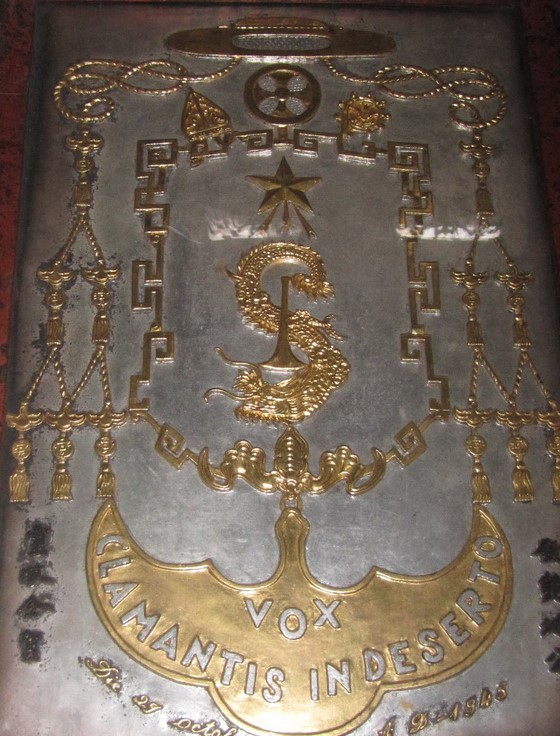
Le Huu Tu was born in Di Loan, Quang Tri province.
When after his birth, Le Huu Tu did not cry, so his father was afraid that the boy would not survive, so he took him to a baptismal rite.
As the rite was performed on the feast of Thaddeus, this saint was chosen to be Le’s patron.

Le Huu Tu’s father, Le Huu Y was a good Confucian scholar, often referred to as “the Italian boss“, because he held the title of Boss in the Diocese’s executive board.

Le’s mother was Ine Duong.
His family had ten siblings (eight boys and two girls), two of whom died early.
Besides Le Huu Tu, who became a bishop, the Le family also produced two priests and two nuns.

When he was a child, the boy Tu was less sick, had a talent for music and had a high and clear voice, so he was often involved in singing at Catholic festivals.
Due to his naughty habits, his parents did not appreciate Le Huu Tu’s religious ability compared to other children and even expressed disapproval of their son’s stubbornness.

According to the book Bishop Le Huu Tu and Phat Diem, 1945 – 1954 , from the beginning of February 1936, Le Huu Tu received the task of establishing a new religious house in Phat Diem.
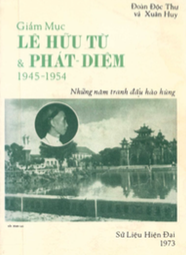
The first facilities of the monastery were a few thatched cottages and a plantation tile house that had been abandoned long ago.
When he arrived in the unspoiled Chau Son area, Tu carried only a cross, a rosary, 12 Vietnamese silver coins and 12 monks with him.
Le Huu Tu and a group of monks worked together to renovate nature to build a cathedral.
The ceremony of laying the first stone to build the Cistercian church of Nho Quan was in mid-February 1937.
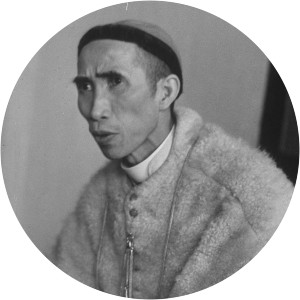
Living a life of asceticism, Abbot Le Huu Tu was no exception, he also worked hard, often going barefoot except when celebrating Catholic Mass (wearing sandals).
His job was to cut rocks, hoe gravel, clear forests for farming, specialized in fertilizers and clean toilets.
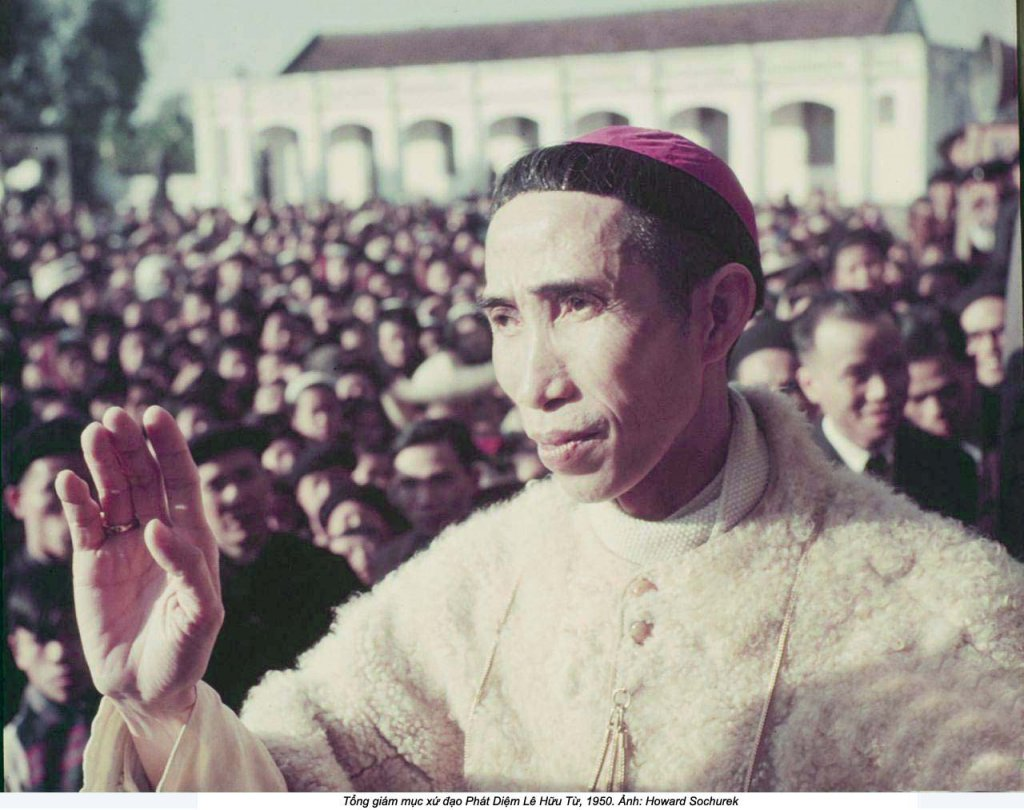
In early 1945, hearing that the Quynh Luu war zone of Vietnam was established for the purpose of anti-Japanese and anti-French resistance, Le Huu Tu secretly visited the area.
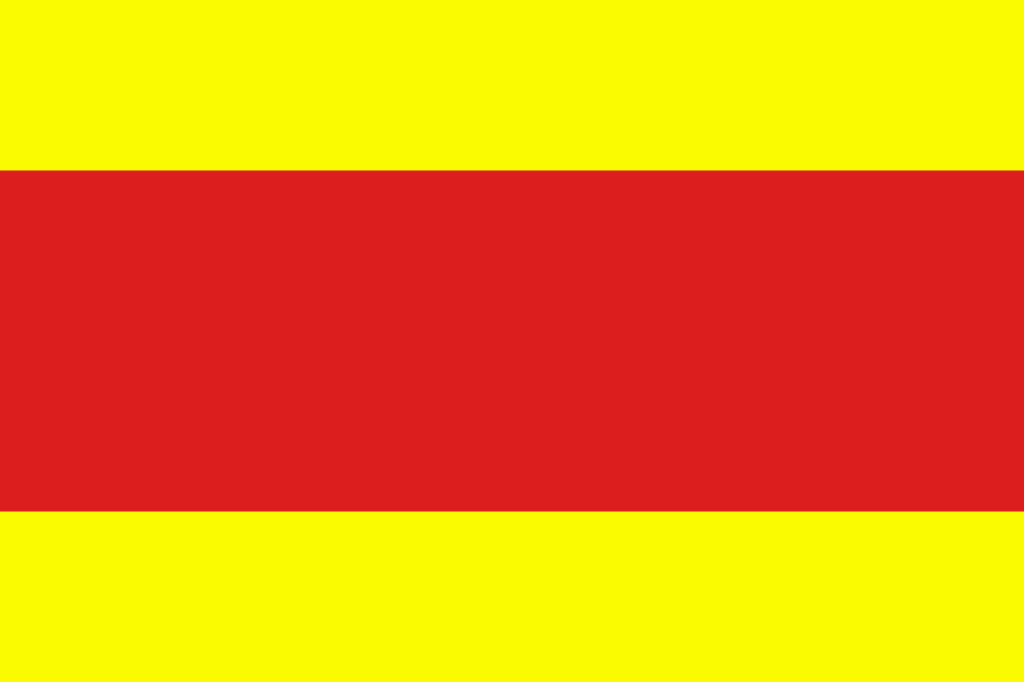
Although he talked many times with the leader of the war zone Nguyen Van Moc (later Chairman of Ninh Binh province), Father Tu still did not know that the Viet Minh were Communist.
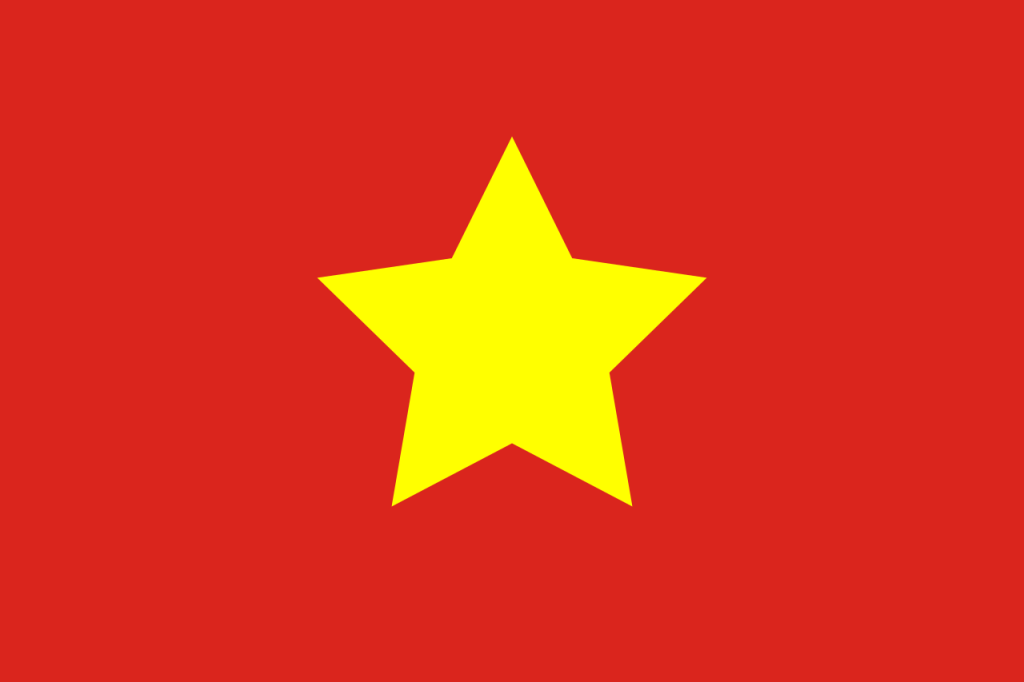
He thought they were a political organization that brought together Marxists and was in dire need of support.
The selection of a new diocesan bishop was urgently conducted by Bishop John Baotixita Nguyen Ba Tong, the Diocesan Administrator.
Realizing that Father Le Huu Tu was knowledgeable about the Diocese with 10 years of experience and was the head of the Cistercian order, Bishop Tong recommended Father Tu to the Holy See.
On 11 July 1945, priest Le Huu Tu was appointed by Pope Pius XII as the titular bishop of Daphnusia with the post of Apostolic Vicar of Phat Diem Apostolic Vicariate, with the mission to build and develop the religious house.

When receiving this news, the Congregation was shocked and dismayed.
He officially received his appointment on 19 July.
On 22 July, a delegation from Phat Diem, including the Secretary of the Episcopal See, the Director and a professor of the Seminary, visited the new Bishop and officially presented the appointment letter.
Surprised, the newly elected Bishop commented:
The priests of Phat Diem made a big mistake, if not crazy, when they chose an ascetic who was only able to hoe and pick grass.”

They discussed the program of the ordination, which had been set for October 29 of the same year.
Later, when sharing the issue of appointing Bishop Phat Diem, Bishop Tu said that the reason he initially did not want to accept Phat Diem diocese was because he thought Phat Diem did not have excellent priests and parishioners and a Bishop without a good collaboration can do nothing, so it is better to refuse first.
Le Huu Tu also expressed his desire to accept the position of Bishop of Vinh or Hué rather than the Diocese of Phat Diem.
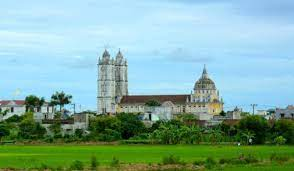

The newly-elected Bishop had many meetings with other bishops to campaign to avoid responsibility (as a bishop):
They all advised Le Huu Tu to obey the Holy See.
On 6 August, newly elected bishop Le Huu Tu rode his bicycle into Hue to meet with the Apostolic Nuncio Drapier and after two hours of debate, he submitted to the Holy See’s will as Bishop.
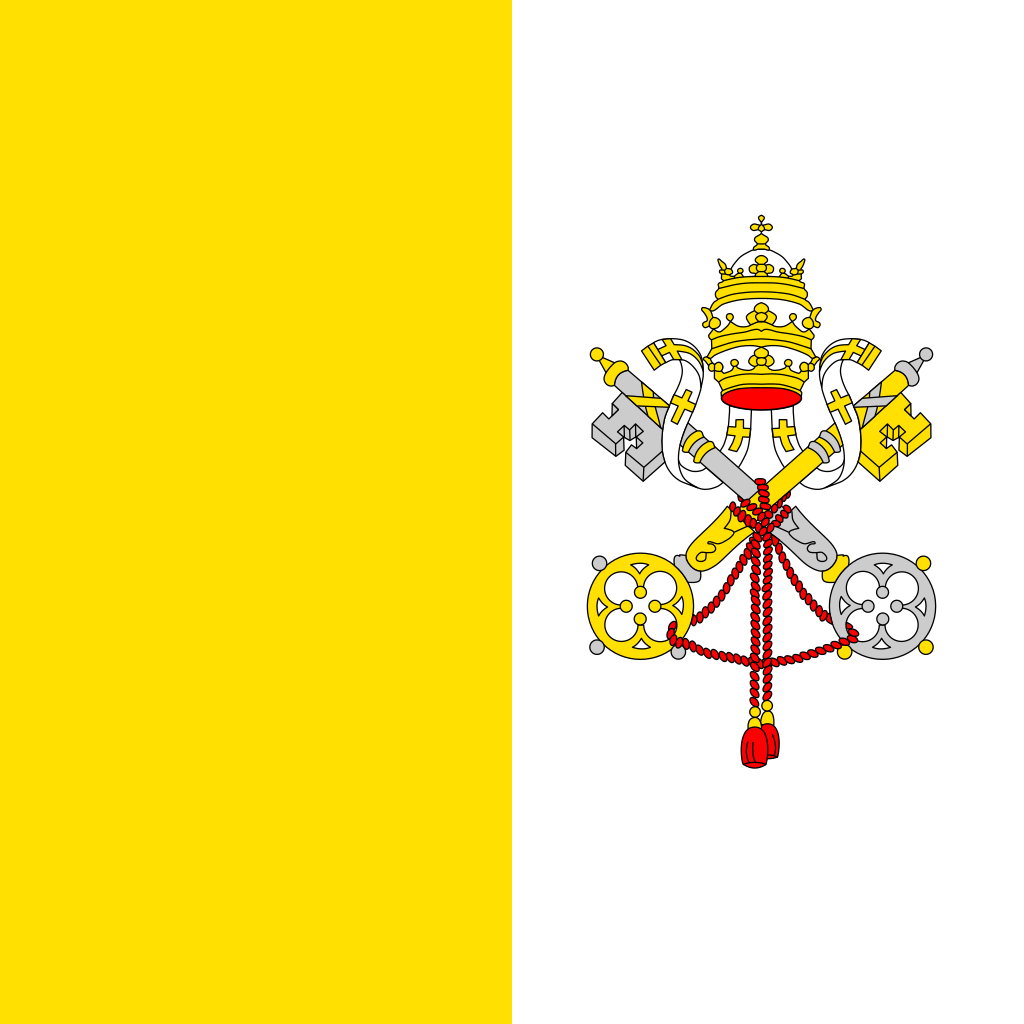
On 1 October 1945, newly elected Bishop Le Huu Tu came to Phat Diem to introduce the Diocese’s clergy and parishioners with tens of thousands of attendees.
Bishop Le Huu Tu invited only Vietnamese bishops to participate in the ordination ceremony.
When his father-in-law, Bishop Peter Martin Ngo Dinh Thuc, was prevented by French secret police from attending the ceremony, Bishop Tu refused Hai Phong Diocese Bishop Antonio Colomer Le (a foreigner) to attend and assist in the ordination rite.
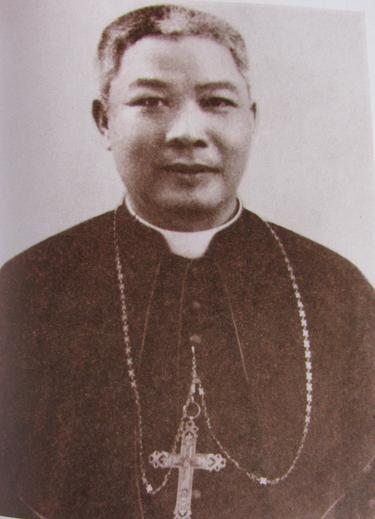
The ordination ceremony was held on 28 October 28 of the same year at Phat Diem Cathedral.
The ceremony vacated a position of auxiliary bishop because no bishop was chosen to take the place of Bishop Thuc.
None of the foreign bishops attended the ordination ceremony for the newly elected Bishop.
This was the first episcopal ordination ceremony after the Democratic Republic of Vietnam declared its establishment.
Le Huu Tu was the 5th Vietnamese Bishop and one of only four Vietnamese bishops alive at this time.
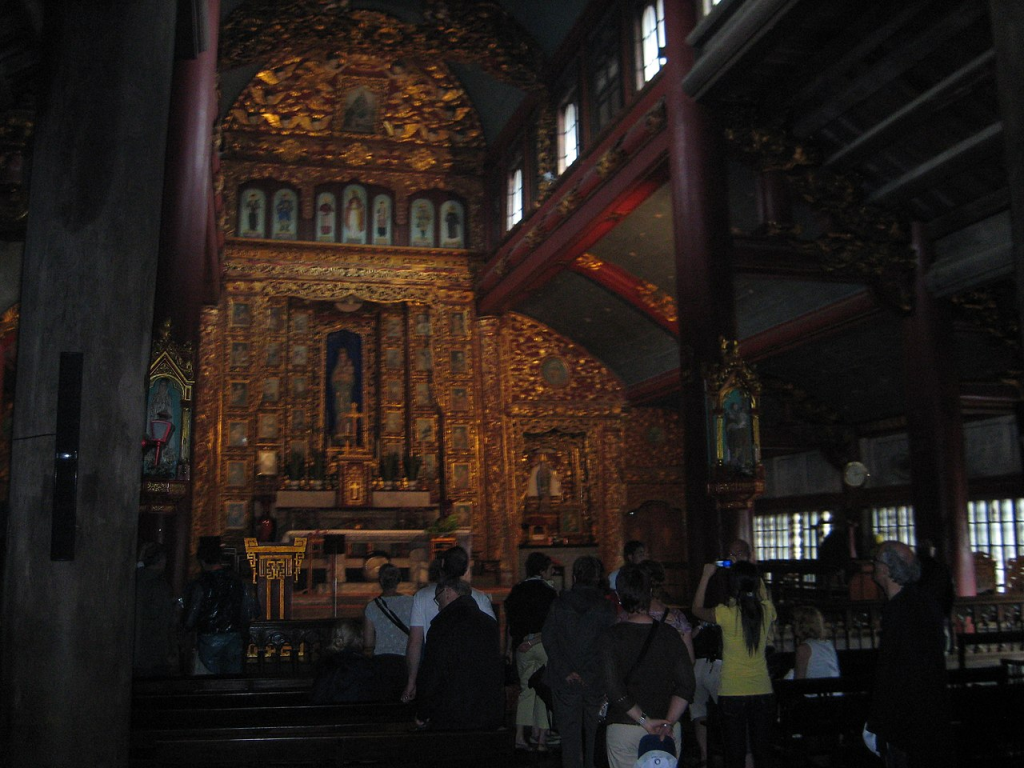
The Government of the Democratic Republic of Vietnam sent a delegation to attend the ceremony and congratulate.
The government delegation gave a congratulatory letter from President Ho Chi Minh to the new Bishop Le Huu Tu:
“Congratulations to you, for this ordination has gloriously demonstrated your morality.
Congratulations to fellow Catholics because from now on you have a well-deserved leader.
At the same time, I am happy for our country because I am sure he will lead the Catholic compatriots to follow God’s example and sacrifice to strive to preserve the freedom and independence of the country.”

On the occasion of Bishop Le Huu Tu’s Episcopal ordination (28 October 1945), the Vicar General priests and lay delegates in the northern and central dioceses of Vietnam held a meeting of the established the Vietnam Catholic Federation with the motto:
God and the Fatherland.

Simultaneously with the celebration of the new Bishop, the distribution of gifts to the poor was also carried out.
After the Bishop’s ordination ceremony, on 6 November, Bishop Le Huu Tu went to the North to meet Ho Chi Minh to thank the government delegation who had attended the Bishop’s ordination.
President Ho welcomed him warmly and offered to invite Bishop Tu to the Government’s Supreme Advisory Council (after inviting former Emperor Bao Dai).
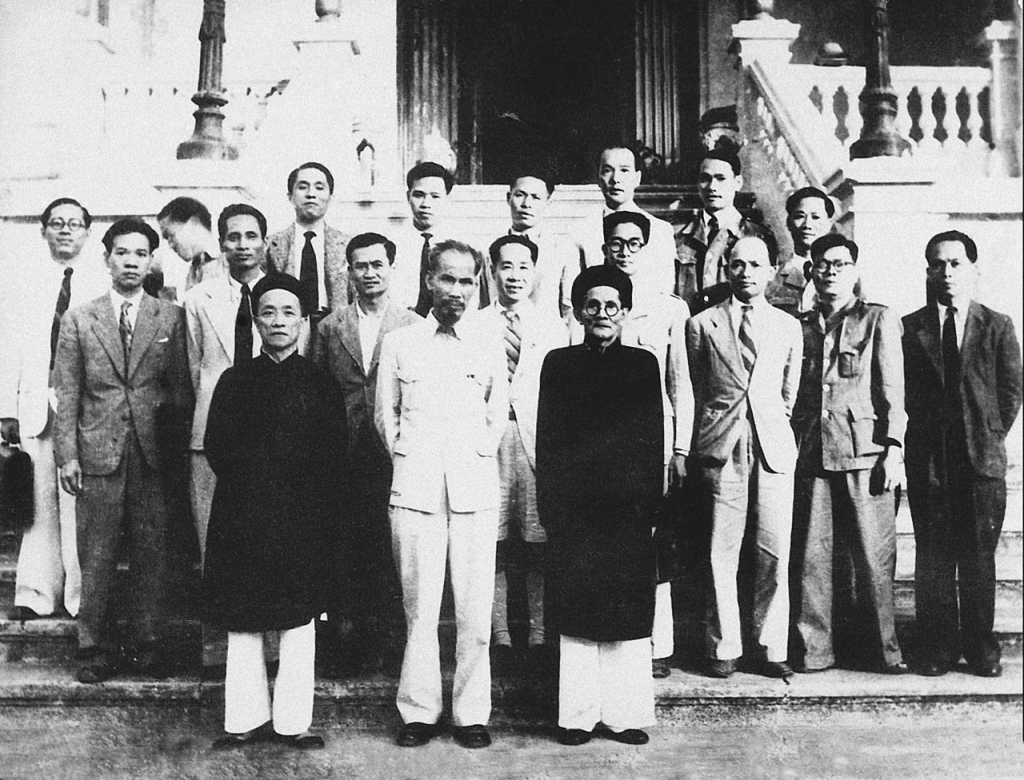
The President of the Democratic Republic of Vietnam also promised to return the favour and visit Phat Diem.
Bishop Le Huu Tu accepted the offer to be an advisor, but only considered it a courtesy gesture.
He continued the prepared path of action for independence, against Communism.
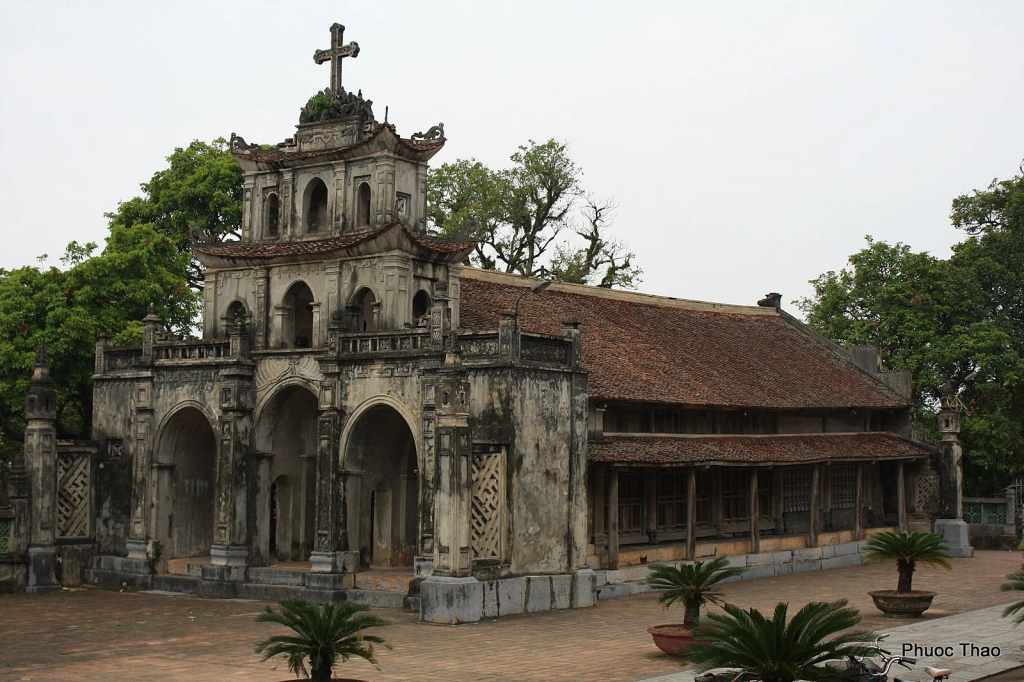
After the official opening of Phat Diem diocese (1 October 1945), in the context of many difficulties, due to famine, and social turmoil, due to many changes in politics.
In response to the situation, Bishop Tu established a program consisting of three specialized structures:
- Diocesan Council
- Commission Relief Committee (for relief and distribution)
- Military Affairs Committee (administration of political, military and school affairs).
The Main Military Committee then set up the first Catholic armed group, the Catholic Youth for National Salvation, presented and awarded the sword seal by Bishop Le Huu Tu on 18 October 1945.
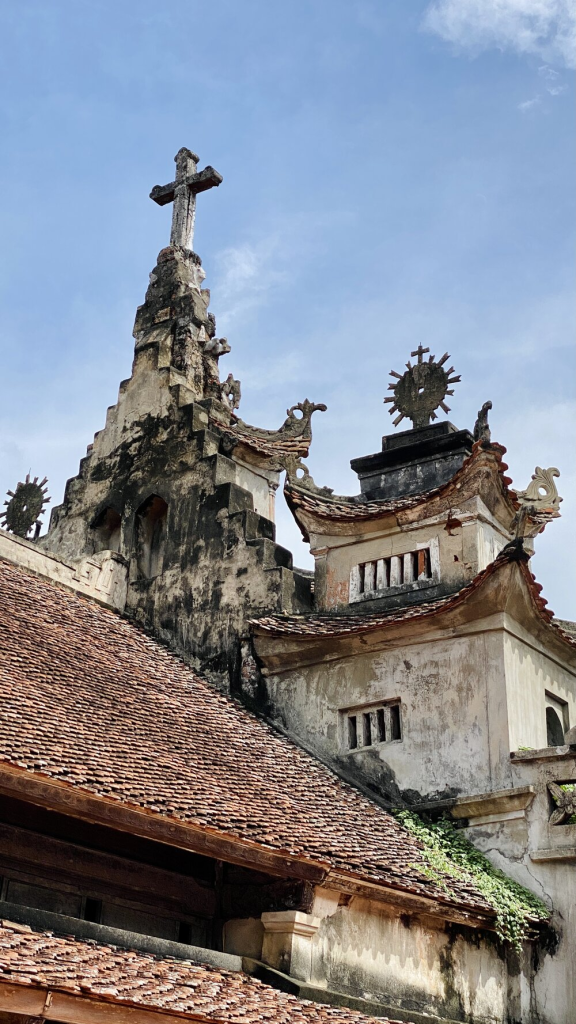
In circulation letters, Bishop Le Huu Tu officially established the Catholic Federation of Phat Diem Diocese in October 1946.
In 1946 alone, Tu wrote 12 letters, two directives and two communiqués, in which on religious issues there are contents such as:
- calling for the priesthood to love, harmonize and help
- remind priests to take care of preachers
- to correct the missionary work
- to open a mission and to correct the Society of Saint Peter
- promote devotion to the Blessed Sacrament and to Mary
- establish the Catholic Federation and the diocesan test school
During nearly a decade of direct management of the diocese of Phat Diem, Bishop Le Huu Tu never closed the seminaries and did not restrict those who wanted to follow the religious path in religious institutes.
Up to 1953, Bishop Tu had ordained 43 priests, major seminarians increased from 40 to 80.
During this period, Phat Diem Seminary became a place to train seminarians from dioceses.
He developed the Phat Diem Lovers of the Cross and unified the branches of the Lovers of the Cross in Vietnam.
In the field of education, Bishop Le Huu Tu maintained Tran Luc school and 48 Catholic schools, the total number of students was about 10,000 people.
In October 1953, he sent 48 people including priests, seminarians, nuns and lay people to study in Rome.
The Diocese had its own printing house, Le Bao Tinh, and the weekly newspaper Tieng Kieu.

Due to its prestige, the Phat Diem area had higher security when the War recurred and many war victims came to Phat Diem to live.
Of the 60,000 people who came to Phat Diem, half of them lived next to the Bishop’s Palace.
Bishop Le Huu Tu suspended the construction of the Grand Seminary and the construction of Tran Luc School in order to take two plots of land and build 600 houses for displaced families.
He also spent financial funds to repair Con Thoi Dike, in order to ensure crops and food to feed seminarians and refugees.
In difficult circumstances, Bishop Tu still organized religious activities:
- going on pilgrimages
- preaching on retreats
- conducting missions
- talking with parishioners.
He solemnly organized the procession of the statue of Our Lady of Fatima in the Diocese.
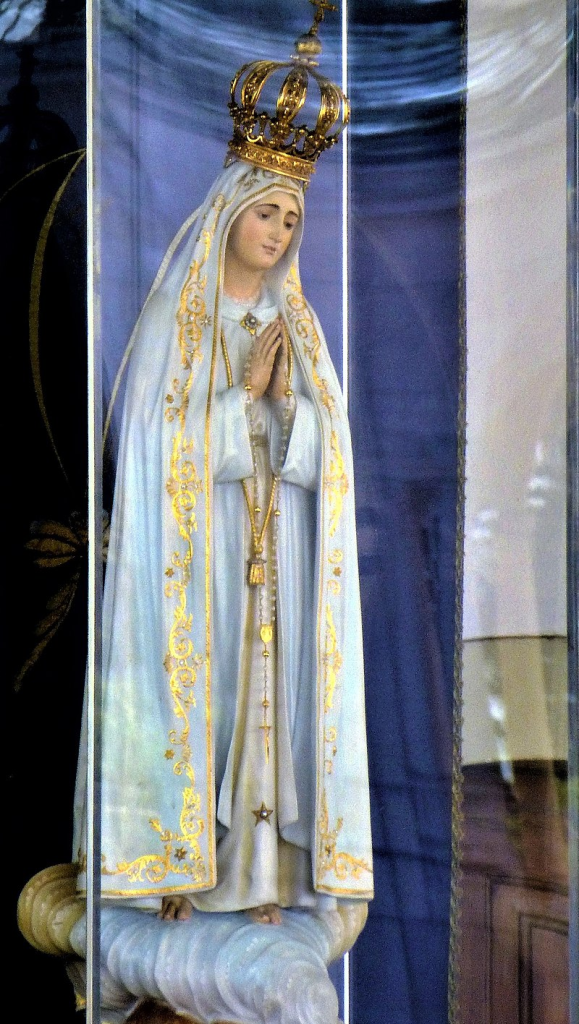
In addition to purely religious issues, he established a refugee camp to support people regardless of religion who are victims of war.
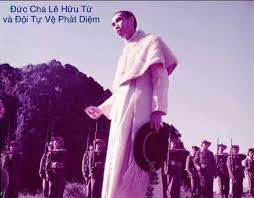
He wrote a total of 96 circulars, 15 directives and 20 communiqués on religious and life issues during the nine years of direct administration of Phat Diem (1945 – 1954).
The contents of circulation letter No. 5 by Le Huu, 3 December 1945, mentioned the importance of election and election instructions, on the occasion of holding elections for the National Assembly of the Democratic Republic of Vietnam.
In the letter, he assessed that the People’s Parliament has an important role for the country and affects both moral and religious, so Catholics and Catholic clergy cannot lack representation in the National Assembly.
Le Huu Tu said that Catholics and minorities, if all believers go to the polls, only 25 – 30 members out of 300 members, should encourage Catholics as well as non-Catholics.
Catholics vote for Catholics, or Buddhists who are honest to create legitimate interests and protect legitimate interests.
Realizing the importance of the election, Bishop Tu proposed a plan that the Catholic Federation and Catholic Church for National Salvation must use their abilities in the election.
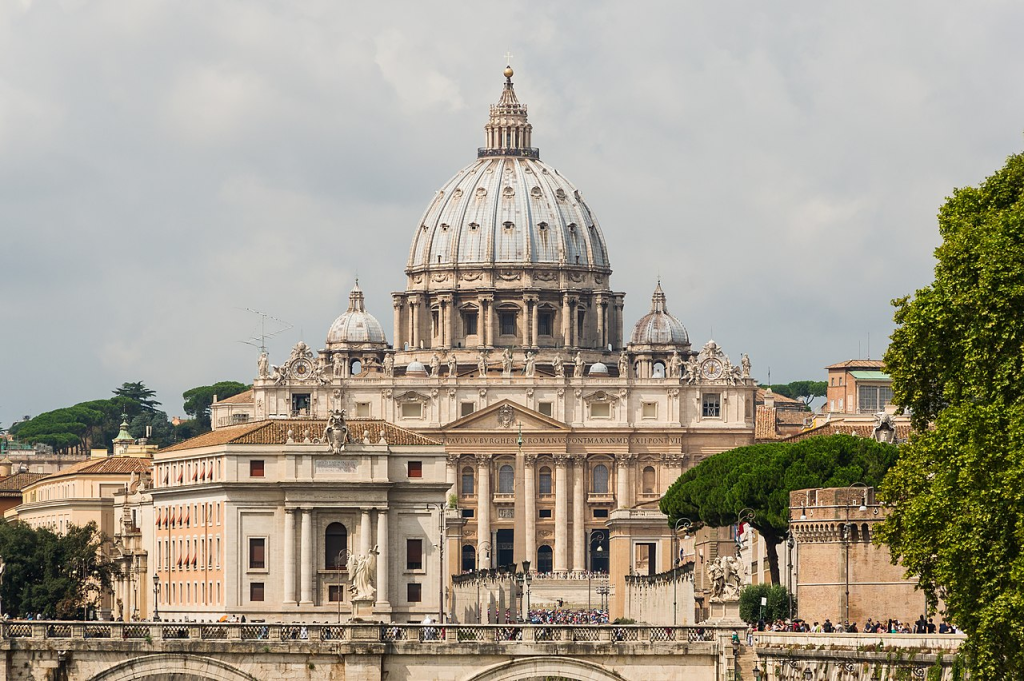
General elections were held on 6 January 1946.
The Catholic side proposed four candidates and the Viet Minh Headquarters did the same.
Both sides propagated and competed fiercely.
Preliminary results announced showed that a consortium of four Catholic candidates won over most of the districts in the province, but in the official results of the province, only one Catholic candidate won, Ngo Tu Ha, and three Viet Minh candidates were elected.
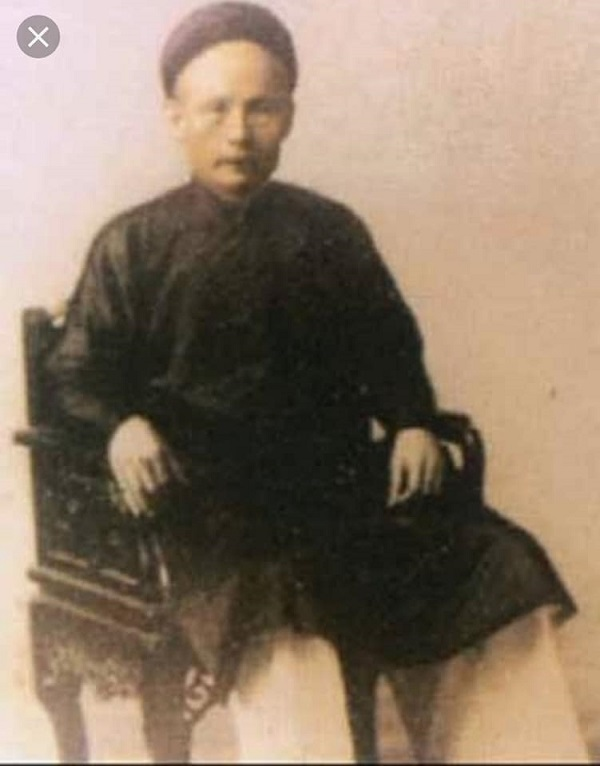
Alleging that there was fraud in the election (one of the two coalitions must win completely), Bishop Tu sent a telegram protesting the results to the Government and prepared to protest against the results.
The Government sent a reply telegram stating that there was a mistake in counting the votes and confirmed that Father Peter Maria Pham Ngoc Chi had been elected.
Bishop Tu then allowed Father Chi to refuse this election.
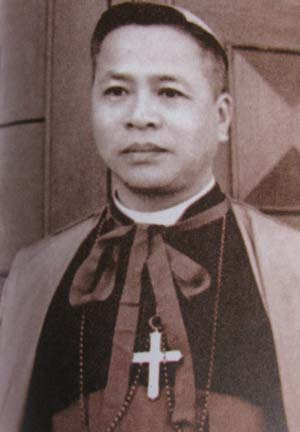
President Ho Chi Minh went to Phat Diem to meet with Bishop Le Huu Tu in mid-January 1946 – an unannounced visit.
Bishop Tu and his priests promised to do their best to help the resistance war and national construction.
President Ho commented that Bishop Tu is my friend and a wise leader of the Catholic compatriots.
During this visit, Ho Chi Minh asked Bishop Le Huu Tu to assume the position of Supreme Advisor to the Government.
During the surprise meeting, Bishop Tu and President Ho talked in a private room, while the priests of Phat Diem gathered in the Bishop’s Palace living room.
Parishioners were mobilized to welcome President Ho.
The people then brought President Ho and Bishop Le to the Opera House to celebrate.
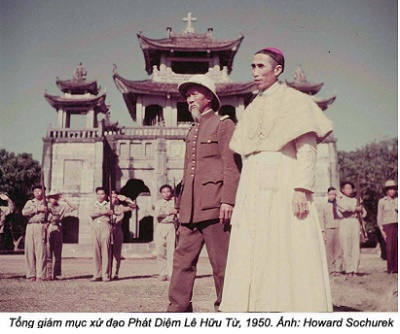
In his reply, President Ho announced the appointment of Bishop Tu as an advisor.
From then on, people called Le Huu Tu Duc Advisor.

As an adviser, Bishop Le Huu Tu sought out President Ho Chi Minh to oppose him.
The Government signed a preliminary agreement with France on 6 March 1946.
During the meeting, Le Huu Tu said that nationalist and popular parties were blaming the Government for the sarcastic content and irony of the oath [to not show France] a declaration of independence.
After receiving President Ho’s reply about the political situation, Bishop Tu affirmed that he trusted Ho Chi Minh.
This time.
However, Le Huu Tu, after returning to Phat Diem, told the priests and the staff, that President Ho had sold out the country by making peace with the French to destroy the nationalist parties.
With the desire to help these parties, Bishop Tu was disappointed that they were full of divisions and lack of consensus against the Viet Minh.

Ho Chi Minh repeatedly corresponded with his advisor Le Huu Tu in 1946.
The communication between the two sides was good.
At least on the surface.
Bishop Tu sent priest Nguyen Gia De to see President Ho off to France at the end of May 1946.
To protest against Ho Chi Minh’s signing of the Vietnam – France Temporary Treaty (14 September 1946), Bishop Le Huu Tu went to meet President Ho Chi Minh in his private rooms on 24 October 1946.
At this brief meeting, Le Huu Tu openly said that:
If the government were to make mistakes again, I would mobilize the people to stand up.
Oppose.
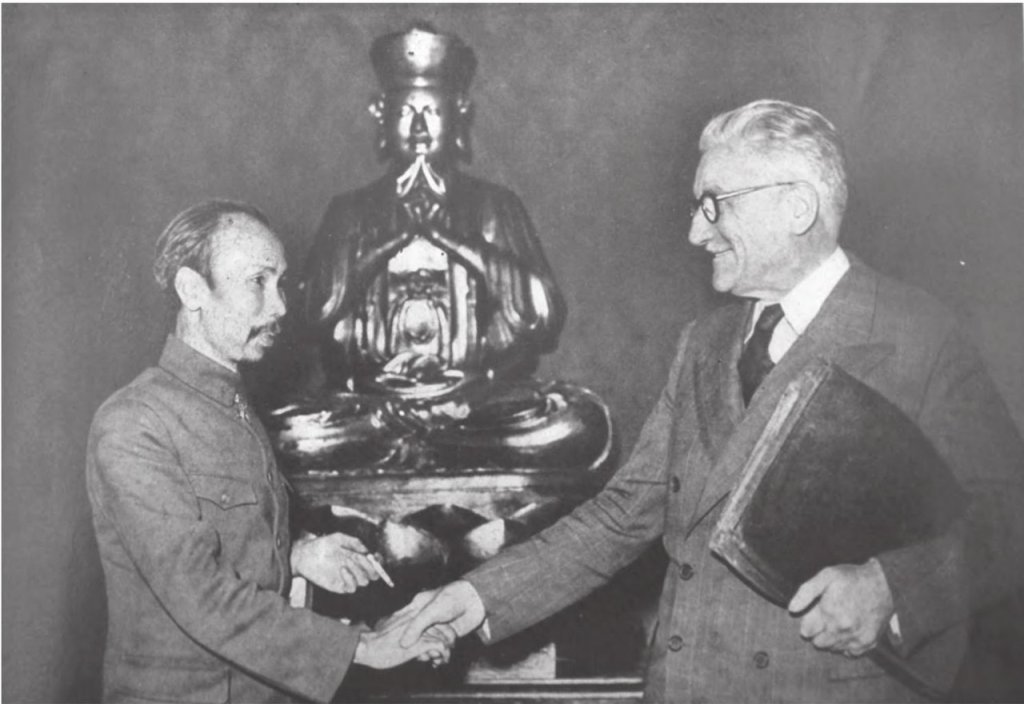
The Bishop also asked President Ho about the issue of the National Guard troops occupying areas controlled by nationalist parties while he was in France, President Ho said he did not understand the situation because he had just returned to Vietnam and promised to make arrangements.
In areas controlled by the French, their propaganda declared that Bishop Le Huu Tu followed the Viet Minh, and the Viet Minh followed Communism.
The Catholic Hun newspaper also identified the Viet Minh and stated that the current government was a Communist government, thus causing many misunderstandings leading to many mass organizations from other diocese.
Ho Chi Minh sent a cable on 17 October 1945 to US President Harry S. Truman calling on him, Generalissimo Chiang Kai-shek, Premier Stalin and Prime Minister Attlee to go to the United Nations against France and demand France not be allowed to return to occupy Vietnam, accusing France of having sold out and cheated the Allies by surrendering Indochina to Japan and that France had no right to return.
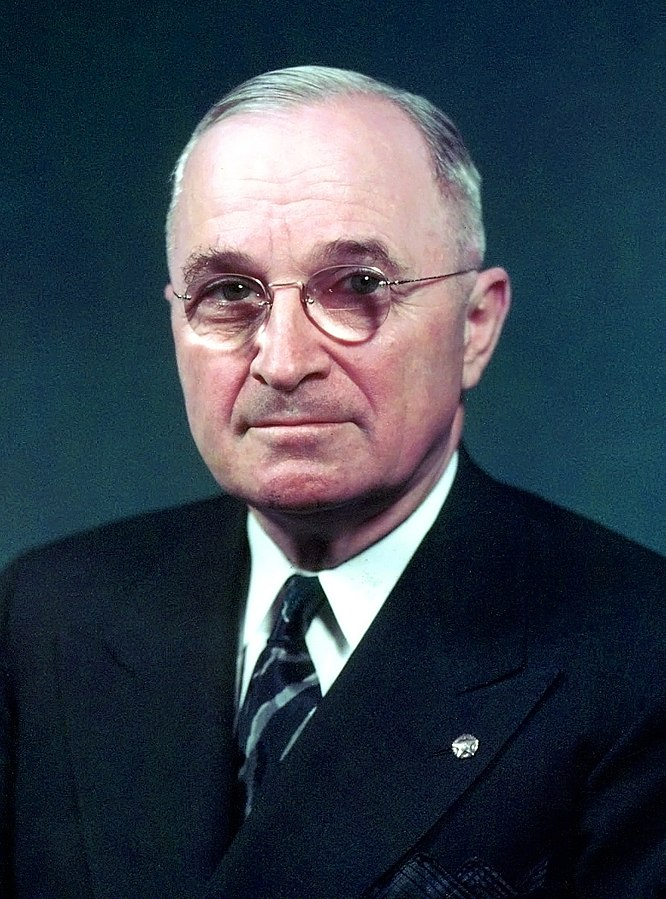
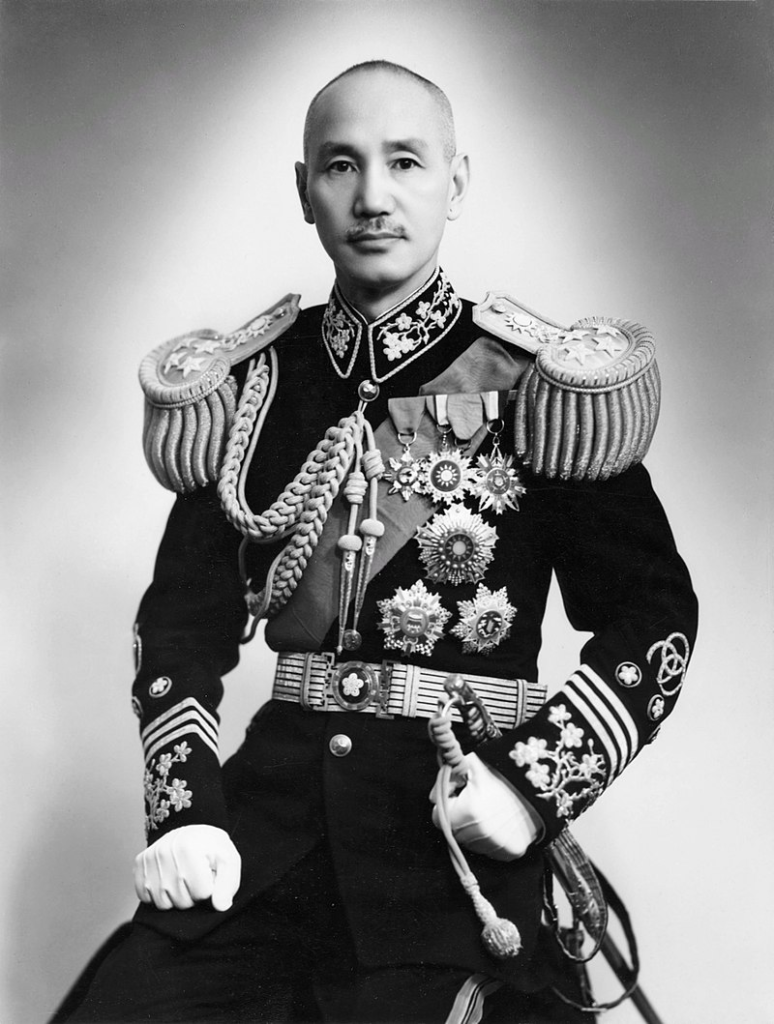
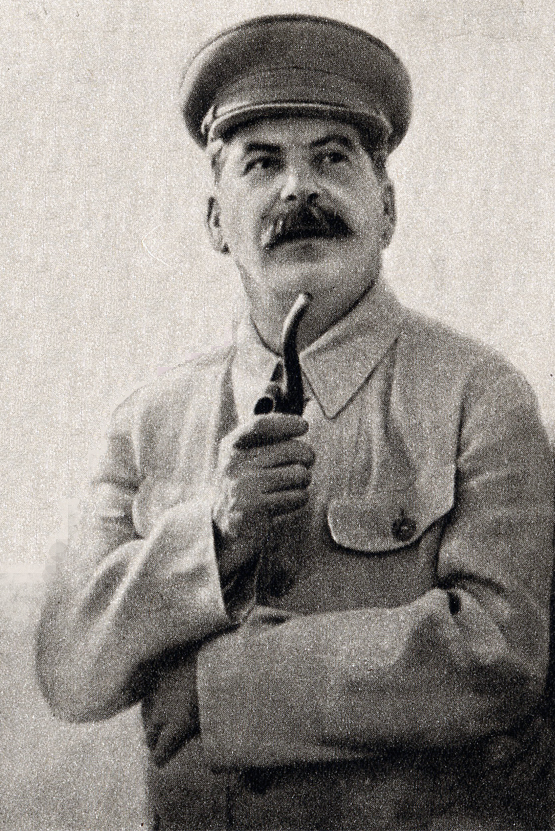

Ho Chi Minh dumped the blame on the VNDQQ for signing the agreement with France for returning its soldiers to Vietnam after he had to do it himself.
During the August Revolution following World War II, Vietnamese Communist revolutionary Hô Chi Minh, leader of the Viêt Minh Front, declared independence on 2 September 1945, from the Ba Dinh Flower Garden in Hanoi, announcing the creation of the Democratic Republic of Vietnam.

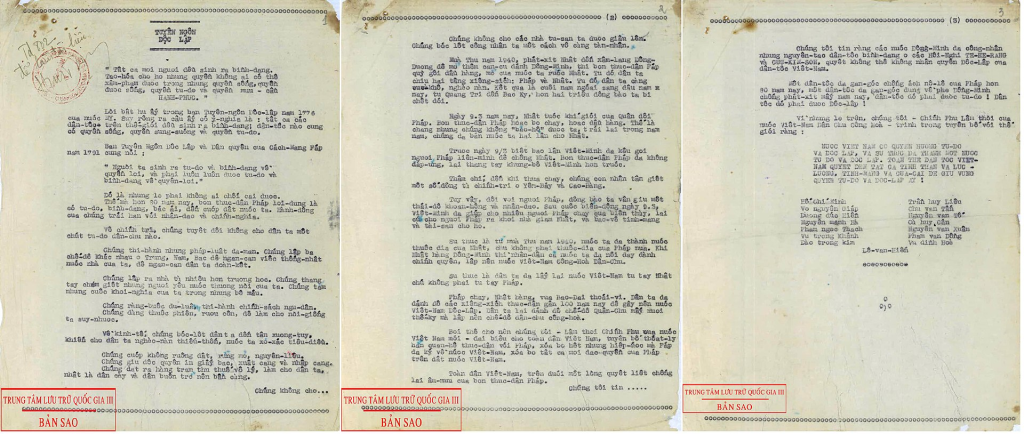
Compatriots of the entire nation assembled:
All people are created equal.
They are endowed by their Creator with certain unalienable rights.
Among these are life, liberty, and the pursuit of happiness.
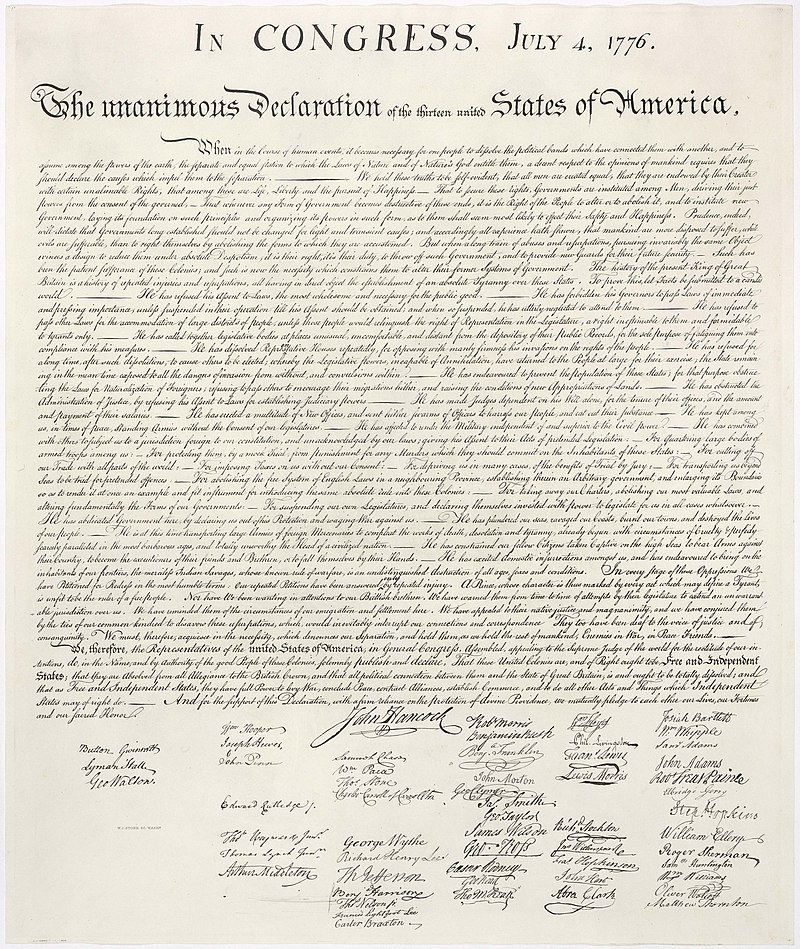
This immortal statement was made in the Declaration of Independence of the United States of America in 1776.
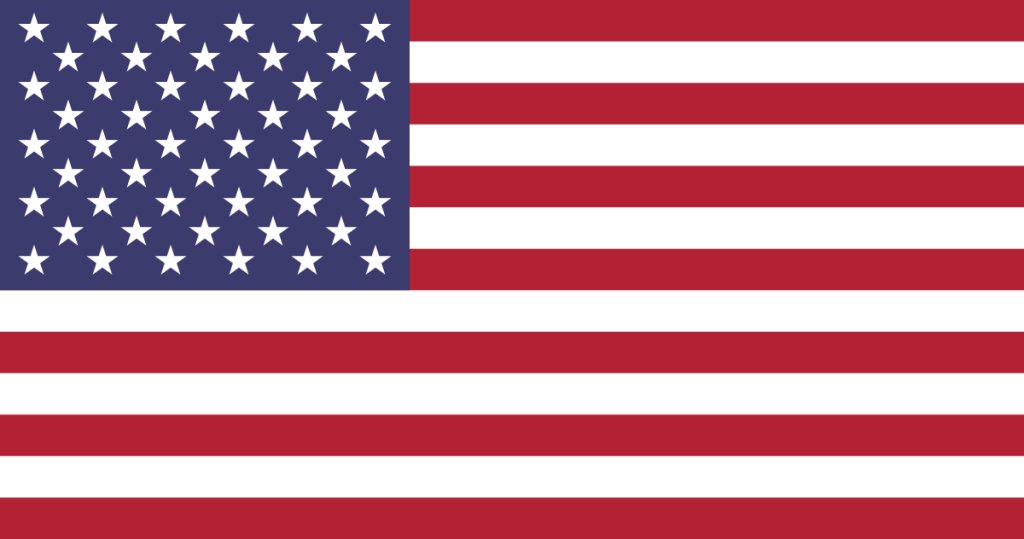
In a broader sense, this means:
All the peoples on the Earth are equal from birth, all the peoples have a right to live, to be happy and free.

The Declaration of the Rights of Man and the Citizen of the French Revolution made in 1791 also states:
All men are born free and with equal rights, and must always remain free and have equal rights.
Those are undeniable truths.
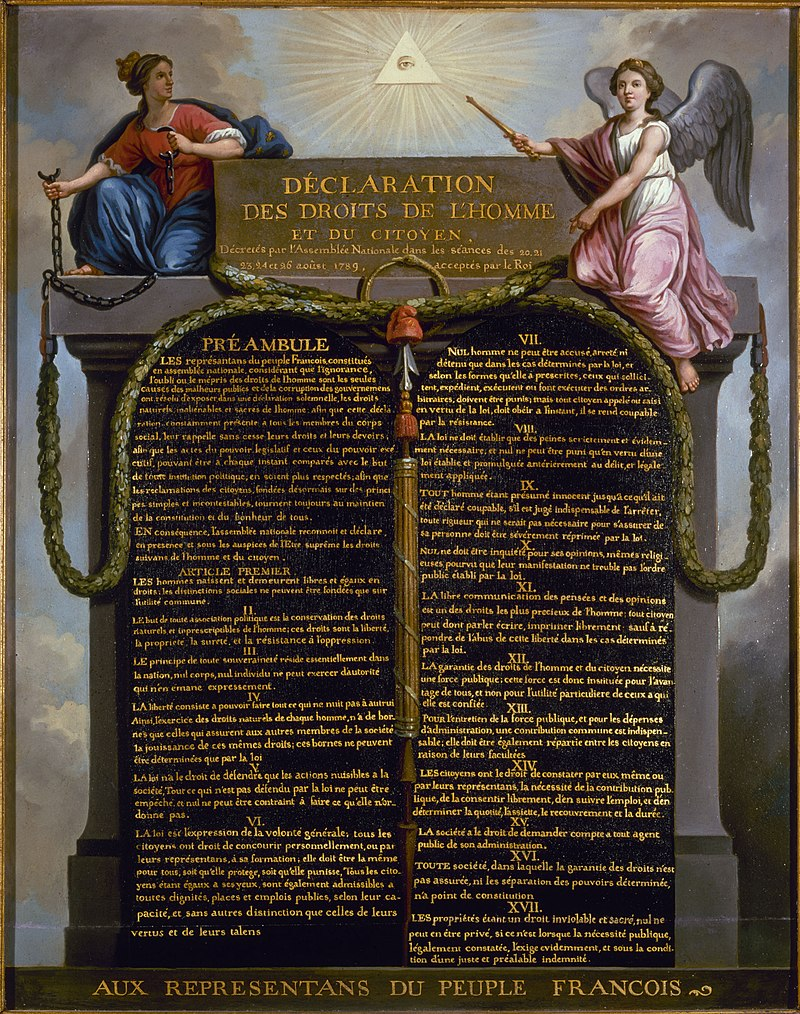
Nevertheless, for more than eighty years, the French colonists, in the name of liberty, equality, and fraternity, have violated our Fatherland and oppressed our fellow citizens.
They have acted contrary to the ideals of humanity and justice.
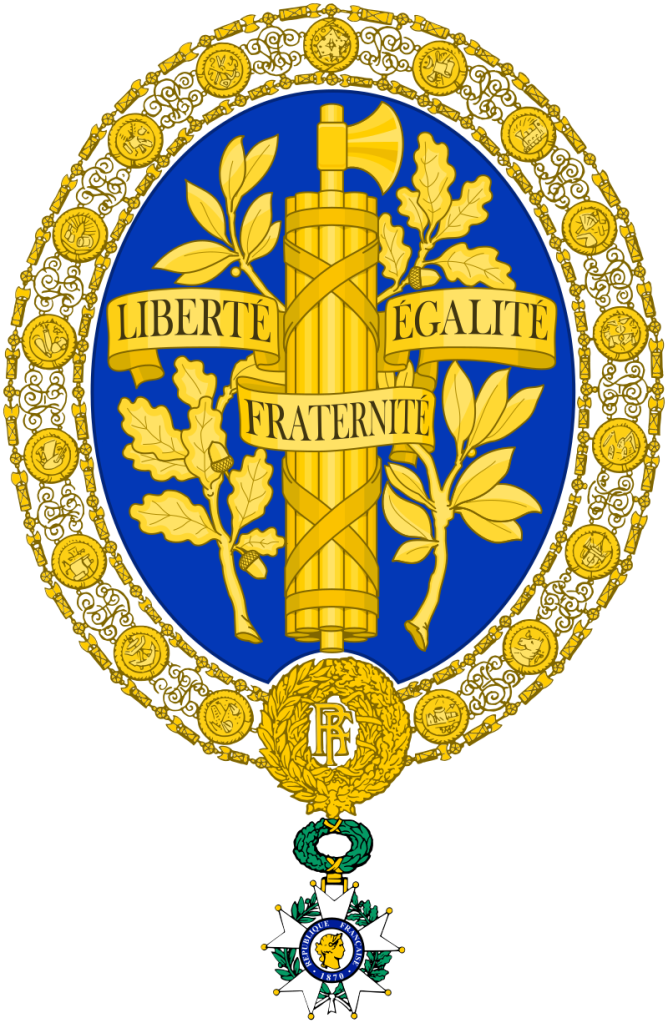
In the field of politics, they have deprived our people of every democratic liberty.
They have enforced inhuman laws.
They have set up three distinct political regimes in the North, Center, and South of Vietnam in order to destroy our national unity and prevent our people from being united.
They have built more prisons than schools.
They have mercilessly slaughtered our patriots.
They have drowned our uprisings in bloodbaths.
They have fettered public opinion.
They have practiced obscurantism against our people.
To weaken our race they have forced us to use opium and alcohol.
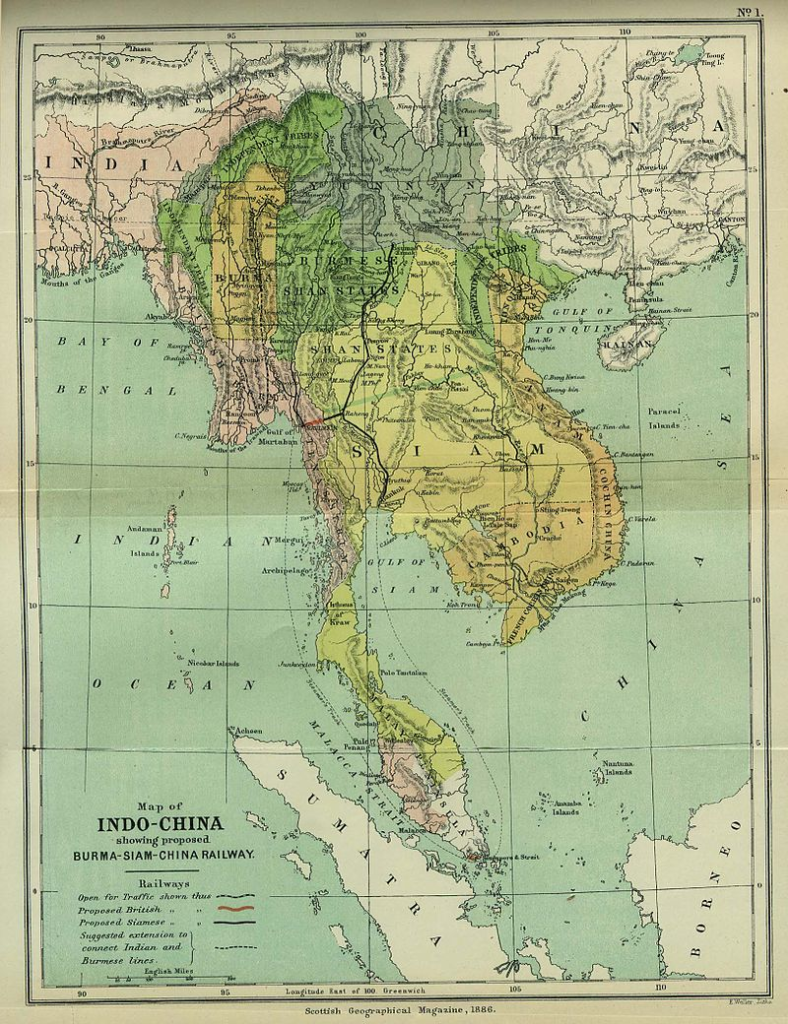

In the field of economics, they have fleeced us to the backbone, impoverished our people and devastated our land.
They have robbed us of our rice fields, our mines, our forests, and our raw materials.
They have monopolized the issuing of bank notes and the export trade.
They have invented numerous unjustifiable taxes and reduced our people, especially our peasantry, to a state of extreme poverty.
They have hampered the prospering of our national bourgeoisie.
They have mercilessly exploited our workers.
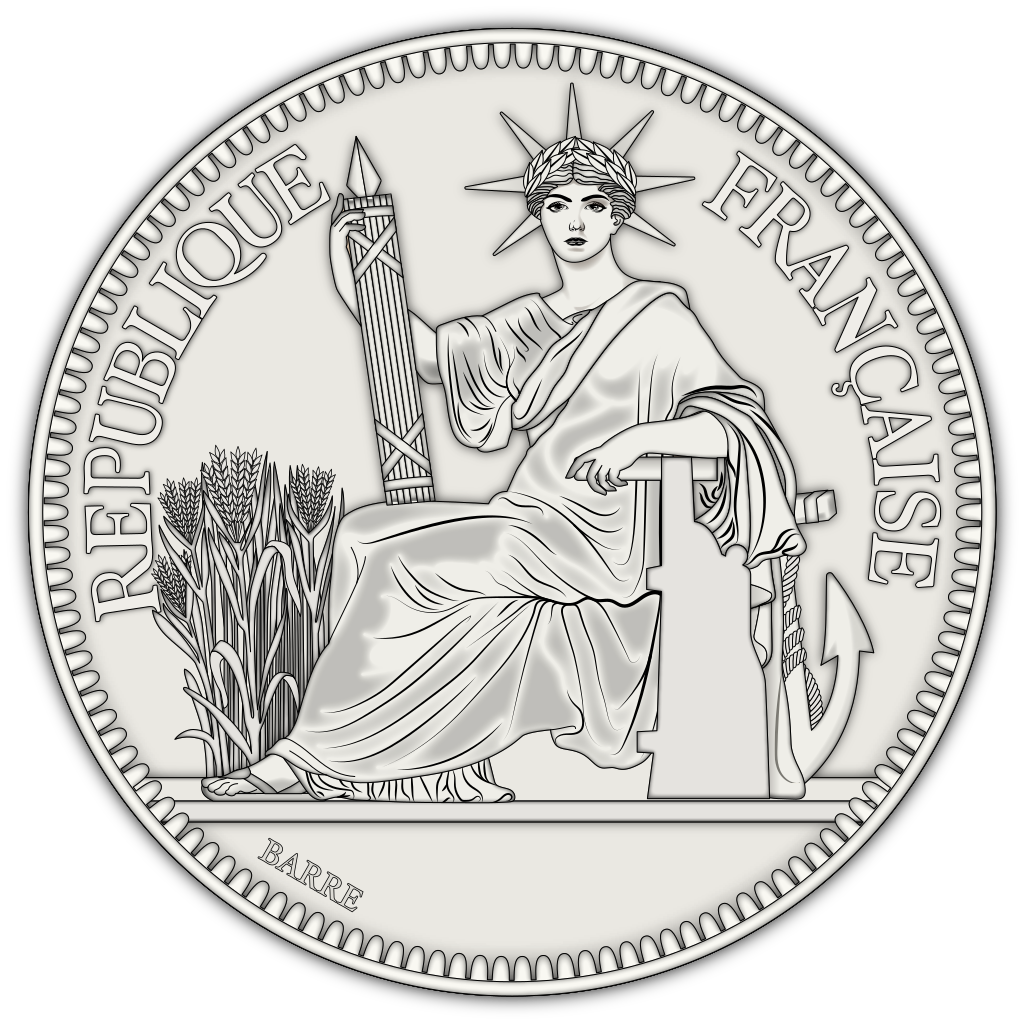
In the autumn of 1940, when the Japanese fascists violated Indochina’s territory to establish new bases in their fight against the Allies, the French imperialists went down on their bended knees and handed over our country to them.
Thus, from that date, our people were subjected to the double yoke of the French and the Japanese.
Their sufferings and miseries increased.
The result was that, from the end of last year to the beginning of this year, from Quàng Tri Province to northern Vietnam, more than two million of our fellow citizens died from starvation.
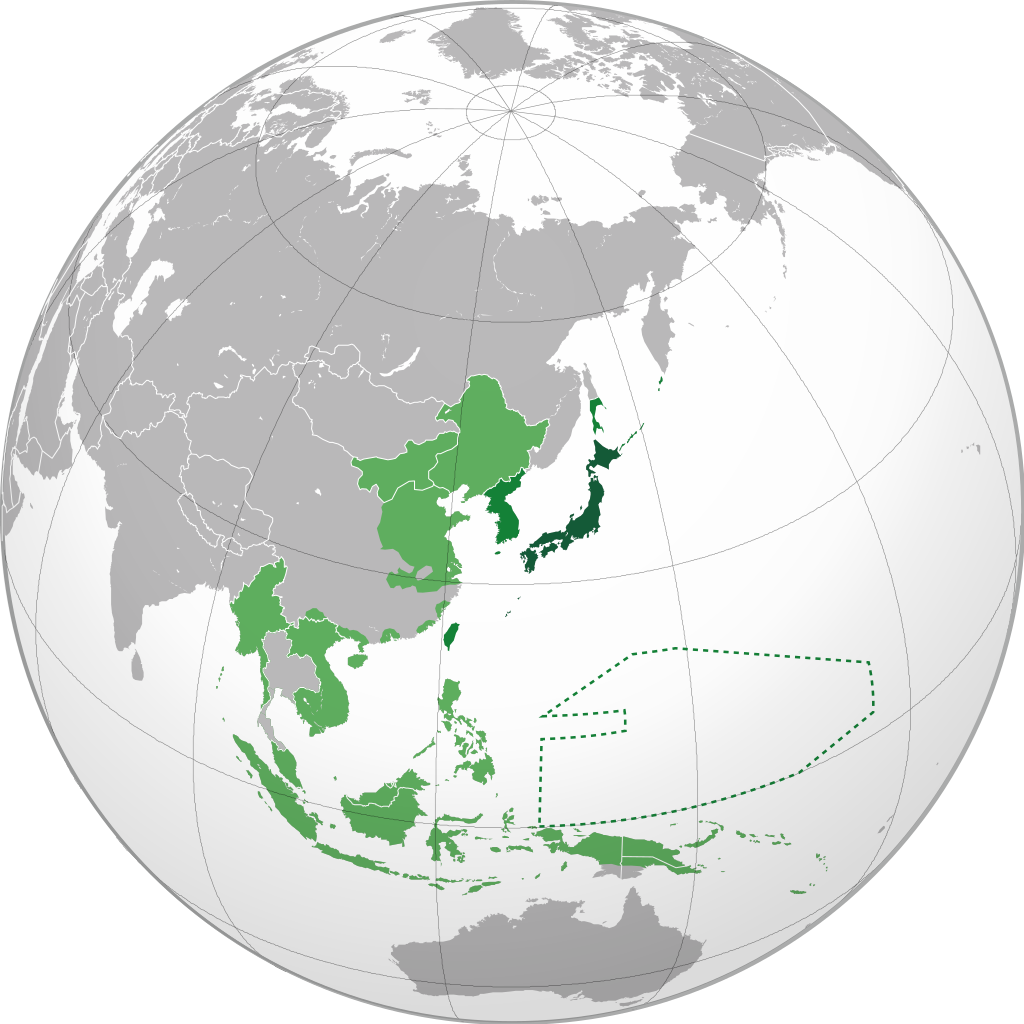
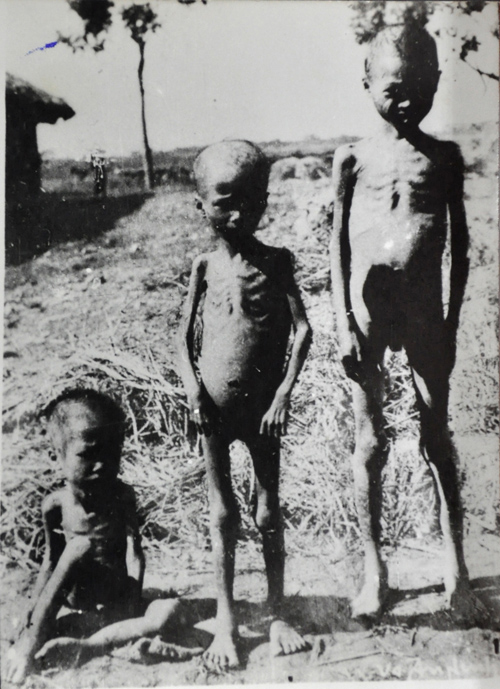
On 9 March 1945, the French troops were disarmed by the Japanese.
The French colonialists either fled or surrendered, showing that not only were they incapable of “protecting” us, but that, in the span of five years, they had twice sold our country to the Japanese.

On several occasions before 9 March, the Viêt Minh League urged the French to ally themselves with it against the Japanese.
Instead of agreeing to this proposal, the French colonialists so intensified their terrorist activities against the Việt Minh members that before fleeing they massacred a great number of our political prisoners detained at Yên Bái and Cao Bâng.
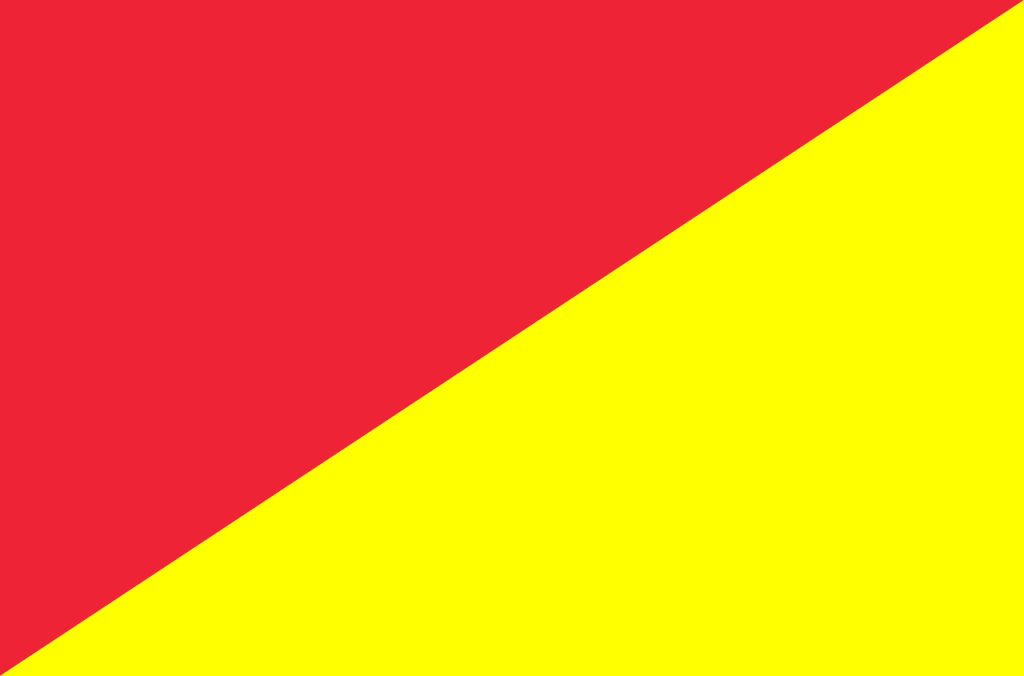

Notwithstanding all this, our fellow citizens have always manifested toward the French a tolerant and humane attitude.
Even after the Japanese Putsch of March 1945, the Việt Minh League helped many Frenchmen to cross the frontier, rescued some of them from Japanese jails, and protected French lives and property.
From the autumn of 1940, our country had in fact ceased to be a French colony and had become a Japanese possession.
After the Japanese had surrendered to the Allies, our whole people rose to regain our national sovereignty and to found the Democratic Republic of Vietnam.
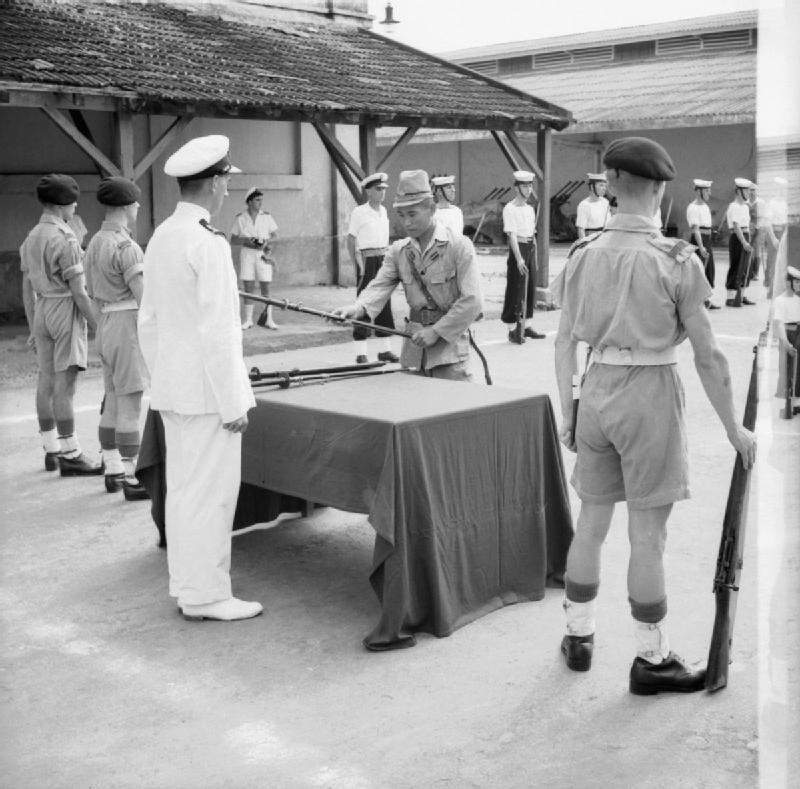
The truth is that we have wrested our independence from the Japanese and not from the French.
The French have fled, the Japanese have capitulated, Emperor Bao Dai has abdicated.

Our people have broken the chains which for nearly a century have fettered them and have won independence for the Fatherland.
Our people at the same time have overthrown the monarchic regime that has reigned supreme for dozens of centuries.
In its place has been established the present Democratic Republic.

For these reasons, we, the members of the Provisional Government, representing the whole Vietnamese people, declare that from now on we break off all relations of a colonial character with France.
We repeal all the international obligation that France has so far subscribed to on behalf of Vietnam.
We abolish all the special rights the French have unlawfully acquired in our Fatherland.
The whole Vietnamese people, animated by a common purpose, are determined to fight to the bitter end against any attempt by the French colonialists to reconquer the country.
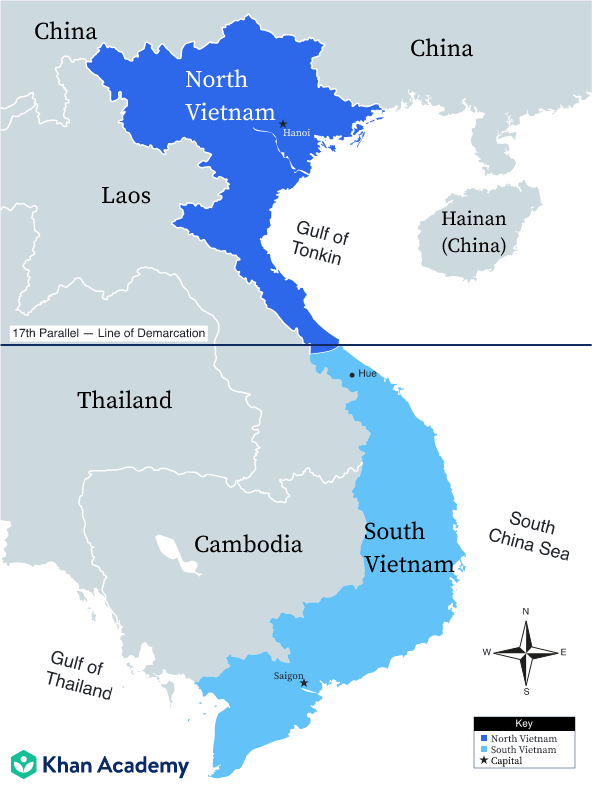
We are convinced that the Allied nations, which at Tehran and San Francisco have acknowledged the principles of self-determination and equality of nations, will not refuse to acknowledge the independence of Vietnam.
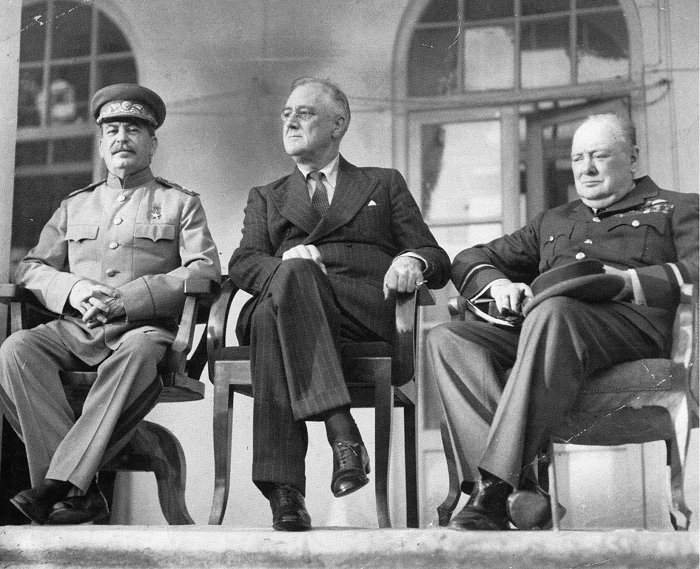

A people who have courageously opposed French domination for more than eighty years, a people who have fought side by side with the Allies against the fascists during these last years, such a people must be free and independent!
For these reasons, we, the members of the Provisional Government of the Democratic Republic of Vietnam, solemnly declare to the world that:
Vietnam has the right to be a free and independent country — and in fact it is so already.
And thus the entire Vietnamese people are determined to mobilize all their physical and mental strength, to sacrifice their lives and property in order to safeguard their independence and liberty.
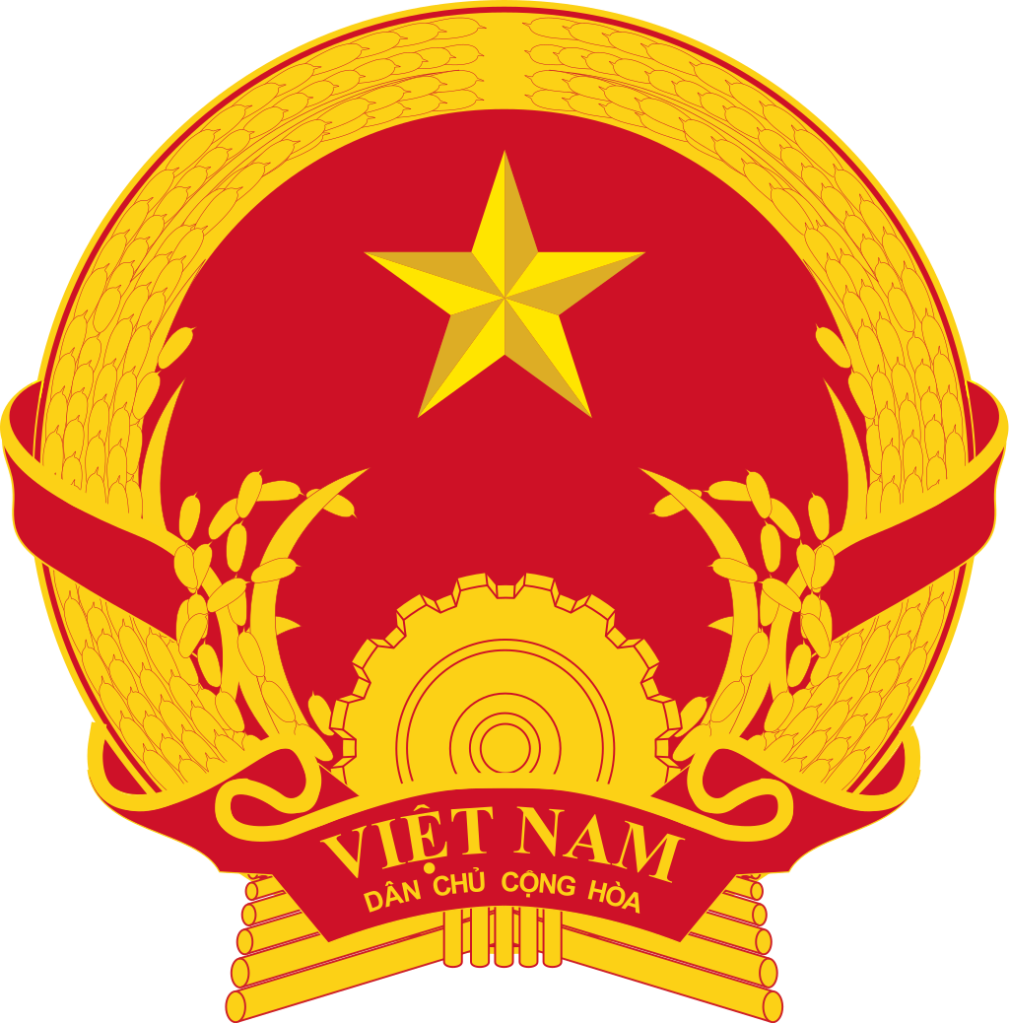
The Việt Minh (“League for the Independence of Vietnam“), led by Communists, was created in 1941 and designed to appeal to a wider population than the Indochinese Communist Party could command.

From the very beginning, the DRV regime sought to consolidate power by purging other nationalist movements.
Meanwhile, France moved in to reassert its colonial dominance over Vietnam.
After the Communist-led Việt Minh severely eliminated non-communist nationalist organizations, the First Indochina War burst out between the Việt Minh and the French in December 1946.
Commenting on the outbreak of the Vietnam – France War on 19 December 1946, Bishop Le Huu Tu said that:
The situation will be very difficult in the coming days because the French army will advance, while the Viet Minh will both retreat and suppress the nationalists.
National parties are getting weaker every day, so we at Phat Diem have to fend for ourselves.
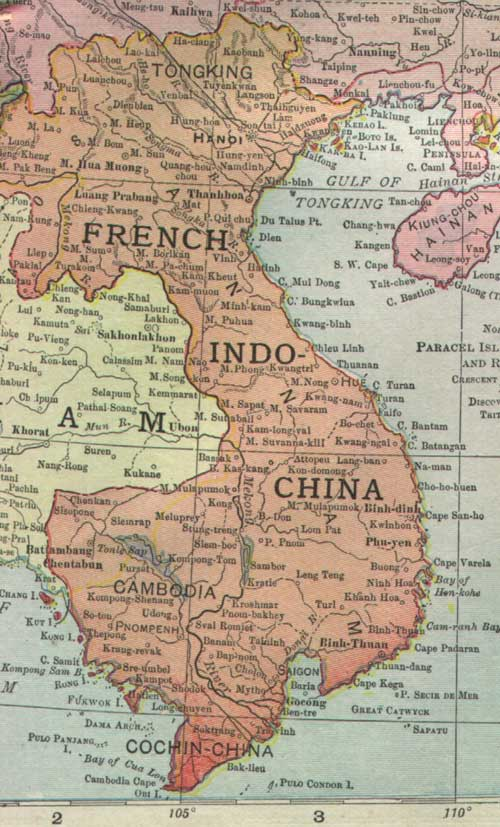
On the partisan issue, in 1946, Bishop Le Huu Tu repeatedly warned parishioners and clergy:
Beware of clever partisan propaganda supported by Bishop Tu and people claiming to be from different parties to entice Catholics.
Priests should be careful.
Christians should not be hasty to express what they believed, because the enemy’s trap of spying on attitudes of Catholics, asking for answers:
Bishop Tu said he had tried to support those arrested for joining parties, asking priests to prevent people from joining anti-government parties.
Bishop Le Huu Tu also promoted the establishment of National Salvation Catholicism in parishes, abolished the tricolor flag and the dragon crystal flag, and removed a number of Western trumpet songs.

He also recommended that priests open popular academic classes to prevent the faithful from losing out.
The Bishop of Phat Diem also noted other issues such as:
- opening a Catholic private school
- the Communist problem
- the support of parishioners to join the relief committees for victims, soldiers and peacemakers
- medical problems such as malaria
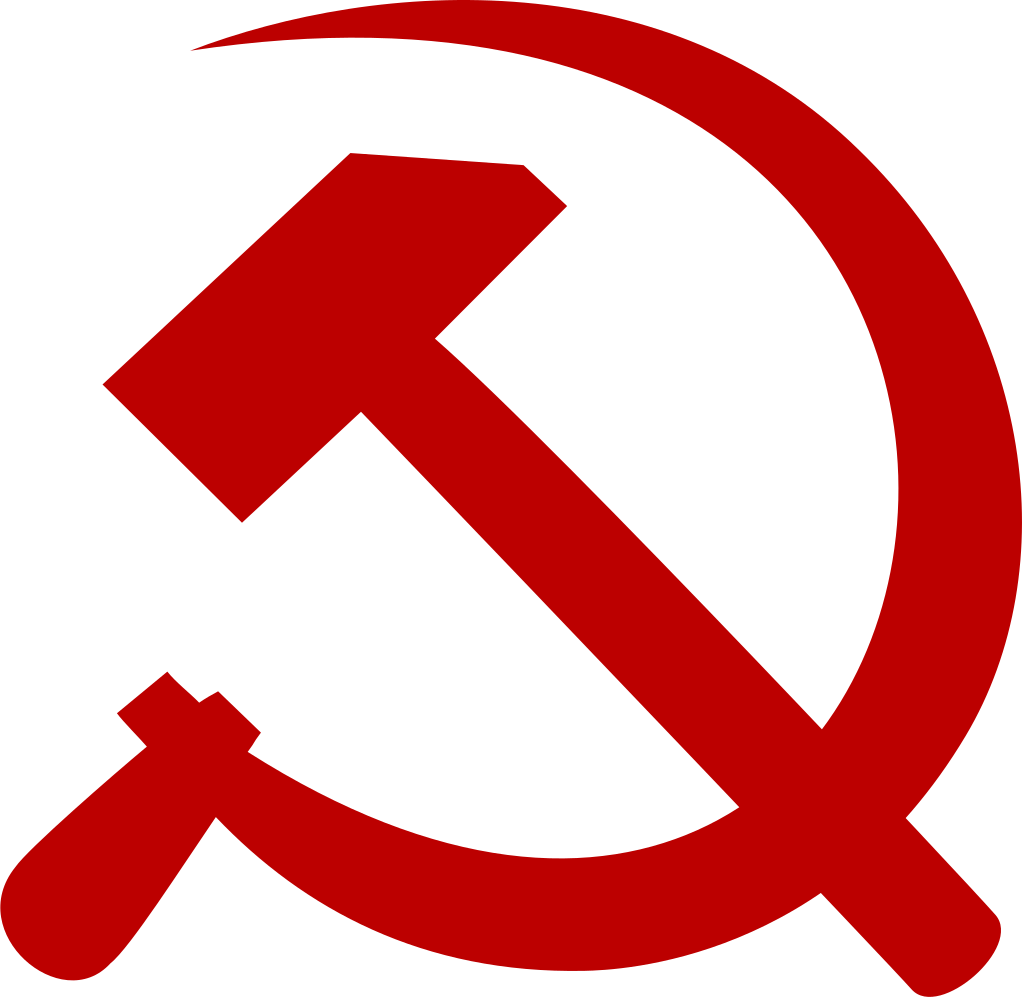
When the French re-occupied Indochina, the Viet Minh Government moved to Viet Bac.
Under the agitation of the French, along with the exuberance of the people, a number of conflicts broke out between laymen and the laity.
In order to defuse conflicts and avoid adverse influences, President Ho Chi Minh repeatedly sent letters, as well as sent special envoys to resolve conflicts, trying to enlist the support of Bishop Le Huu Tu, as well as Catholics.
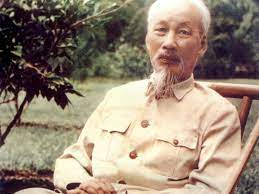
Since late 1946, about 5,000 people had been arrested by the Viet Minh for alleged partisan activities and lack of resistance.
Particularly, Catholics were arrested for holding the French and Long Tinh flags, some for being partisan, and for holding religious positions.
Faced with this situation, Bishop Le Huu Tu sent a letter to Ho Chi Minh requesting the release of innocent people.
He assessed that the actions of arresting innocent people affected national unity, divided religion and provoked Catholicism.
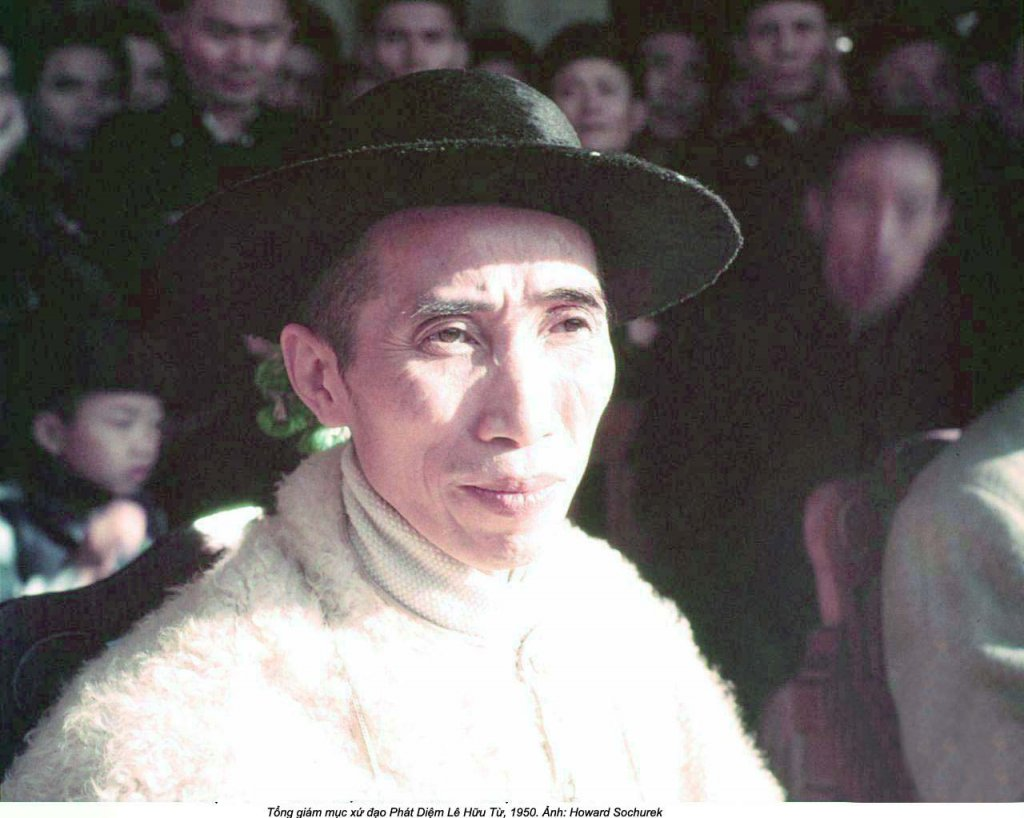
(Things would get worse…..
Land reform was an integral part of the Viet Minh and Communist North Vietnam.
The Viet Minh Land Reform Law of 4 December 1953 called for:
(1) confiscation of land belonging to landlords who were enemies of the regime
(2) requisition of land from landlords not judged to be enemies
(3) purchase with payment in bonds
The land reform was carried out from 1953 to 1956.
Some farming areas did not undergo land reform but only rent reduction and the highland areas occupied by minority peoples were not substantially impacted.
Some land was retained by the government but most was distributed without payment with priority given to Viet Minh fighters and their families.
The total number of rural people impacted by the land reform program was more than 4 million.
The rent reduction program impacted nearly 8 million people.

Executions and imprisonment of persons classified as “landlords” or enemies of the state were contemplated from the beginning of the land reform program.
A Politburo (executive committee of the Communist Party) document dated 4 May 1953 said that executions were “fixed in principle at the ratio of one per one thousand people of the total population“.
The number of persons actually executed by Communist cadres carrying out the land reform program has been variously estimated.
Some estimates of those killed range up to 200,000.
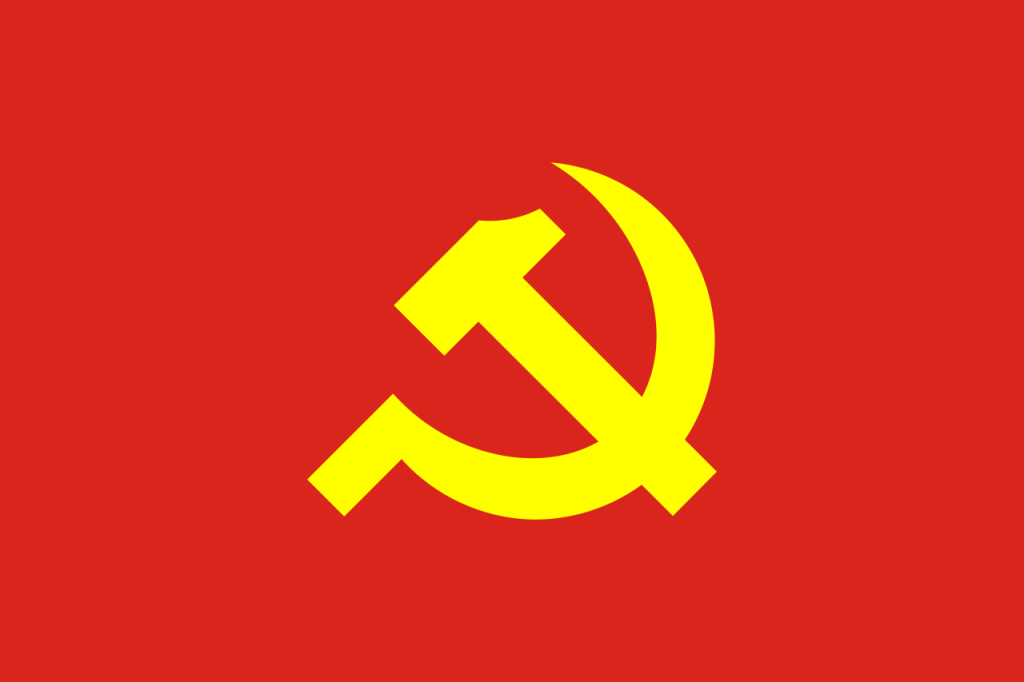
Other scholarship has concluded that the higher estimates were based on political propaganda emanating from South Vietnam and that the actual total of those executed was probably much lower.
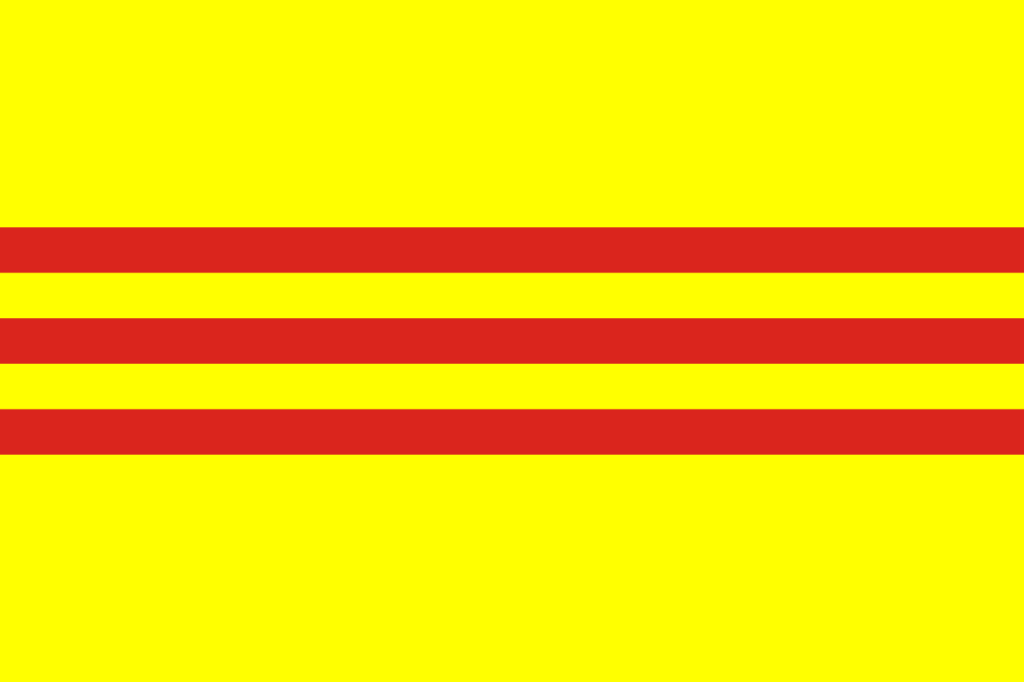
Scholar Edwin E. Moise estimated the total number of executions at between 3,000 and 15,000 and later came up with a more precise figure of 13,500.
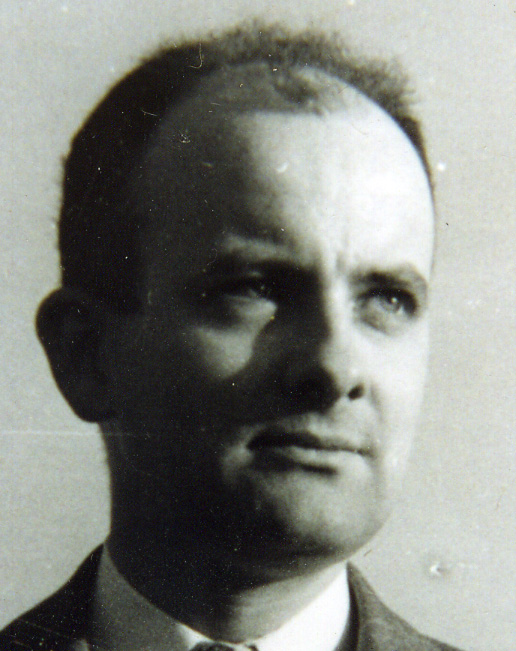
Moise’s conclusions were supported by documents of diplomats from Hungary (occupied by the Soviet Union), living in Democratic Republic of Vietnam at the time of the land reform.

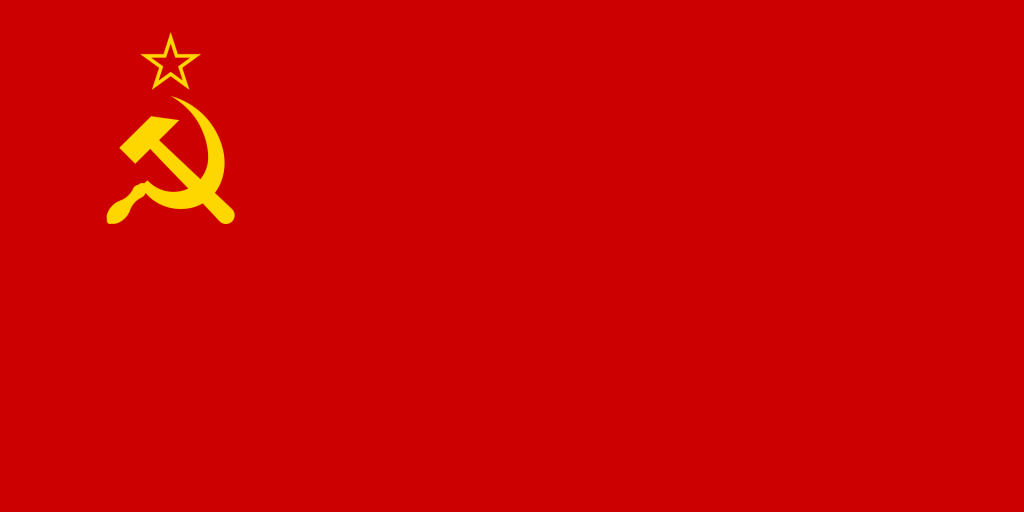
Author Michael Lind in a 2013 book gives a similar estimate of “at least ten or fifteen thousand” executed.)
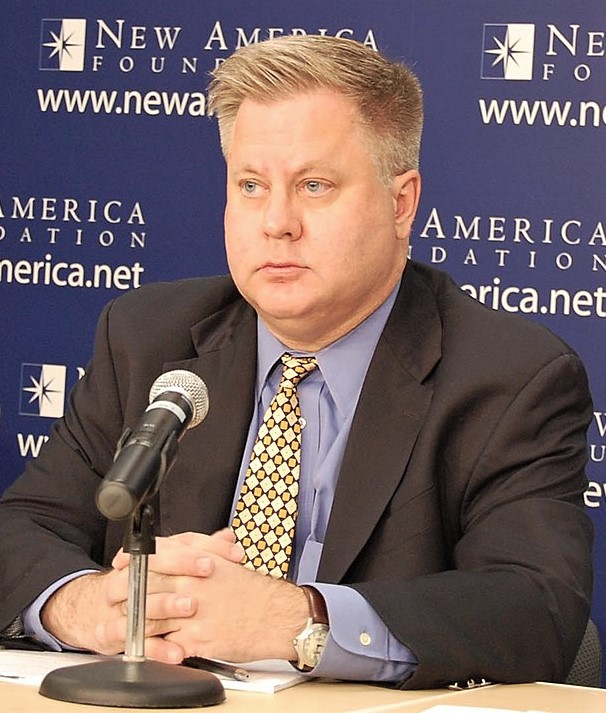
Ho Chi Minh sent a central delegation to apologize and release those for whom Bishop Tu intervened, especially in the case at Van Hai.
Within a week, Ho Chi Minh sent three delegations and two letters to Bishop Le Huu Tu.
Having received a letter, dated 10 February 1947, from President Ho Chi Minh, Bishop Le sent a circular quoting two letters of the President, reminding Catholics to have patriotism and participate in the resistance war, that they must be wary of rumours because the Government’s policy on religion, especially with Catholicism, was clear.
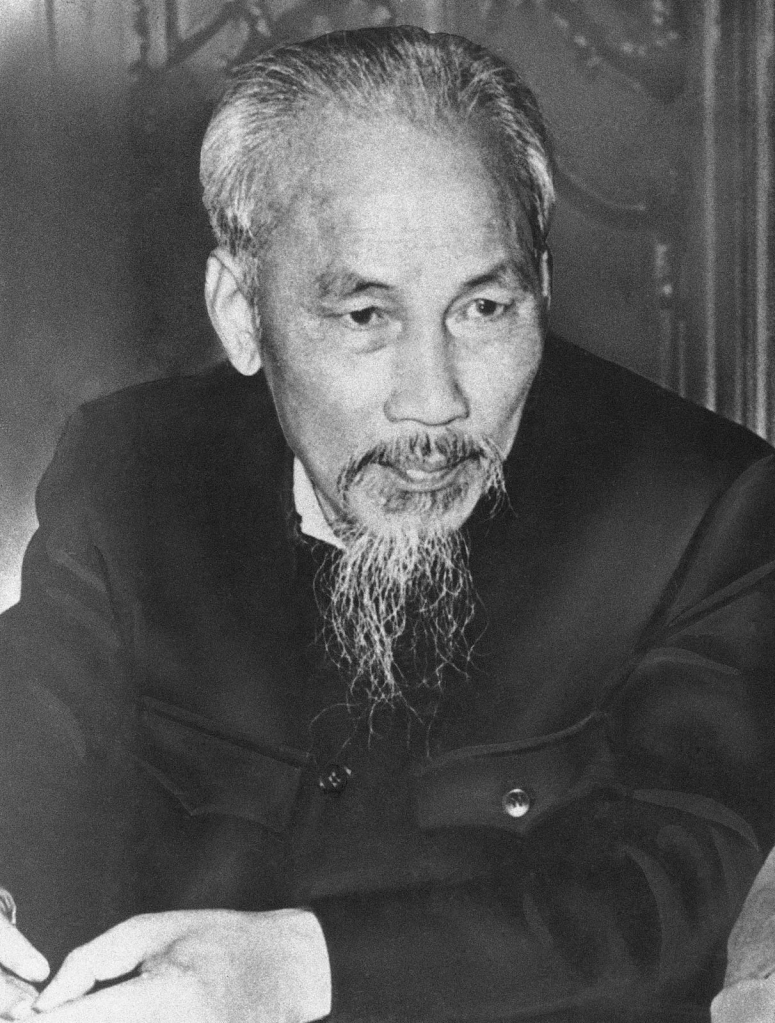
Catholics needed to show solidarity with non-Catholics.
He advised priests not to talk about politics in the Church, to unite against the French, and to put partisan issues aside.
Priests absolutely could not receive strangers without the Bishop’s referral, that they should pray for the country and for their compatriots to be free and happy soon.
In order to avoid parties taking advantage of the name of Catholicism to operate for their own purposes and to show that Catholics enthusiastically participate in the resistance war, Bishop Tu strengthened the Catholic National Salvation Organization.
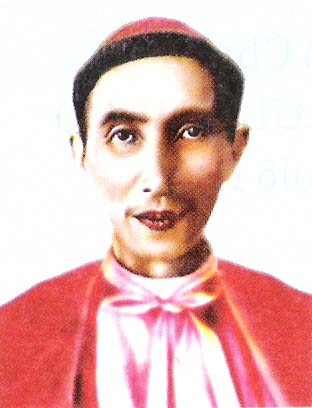
The Phat Diem area became a refuge for many displaced people after the Vietnam – French War broke out in December 1946 and those wanted by the Viet Minh.
Receiving the news that Ngo Dinh Diem had been taken away by the Viet Minh, Bishop Le Huu Tu intervened to meet Ho Chi Minh for information and to request his release.
This request was met by President Ho.

Because of the overwhelming number of displaced people, Le Huu Tu established the Evacuation Relief Committee on 13 February 1947.

On 5 September 1947, Tong Viet Dung (real name Le Van Cuong), a Catholic cadre, was arrested by the Congregation.
Viet Minh police chased and arrested Dung.
Receiving the news, Le Huu Tu drafted a letter to intervene, requesting the release of Dung and invited the chief police officer to discuss.
The police said that Dung was detained because it was reported that he was a member of the anti-government Duy Dan Party.

The star symbolizes populism.
The three wings symbolize the universe, mankind and the nation.
The red background symbolizes struggle for independence.
The white background symbolizes “cleanliness of the people“.
The black background symbolizes freedom for Vietnamese people.
After Dung was taken, at dawn the next day he died.
His body was recovered on 7 September.
It was confirmed that he had multiple injuries, especially on the top of his head.
According to the Catholic Headquarters, the officer pushed him into the boat and opened fire.
According to the police, this man intentionally jumped out of the canoe to escape

The funeral ceremony for Dung was led by Bishop Tu on 8 September with the participation of a number of government officials and a large number of parishioners.
Bishop Tu asked that weapons were not brought into the Church to ensure solemnity and peace for the funeral.
During the funeral, a secret gun was shot from the Viet Minh government information room next to Bishop Le Huu Tu and then fired again (due to a conflict between the procession and the police).
Outraged that the Bishop was assassinated, many people burst into the House of God with guns, beat the Viet Minh cadres with sticks and swords, tore up banners, books, posters, and smashed tables and chairs.
The Than Phong Battalion led Bishop Le and priest Doan Doc Thu, and three government officials into the guard post, then the Volunteers team brought them to the Bishop’s Palace.
The National Guard intervened and restored order at 21:00 that day.
The police and Catholics fought one another through the night of 9 September.
According to a private newspaper in Hanoi, it was announced that the provocation and terrorist incident in Phat Diem had been caused by the Communist Government, and that Bishop Le Huu Tu had been assassinated.
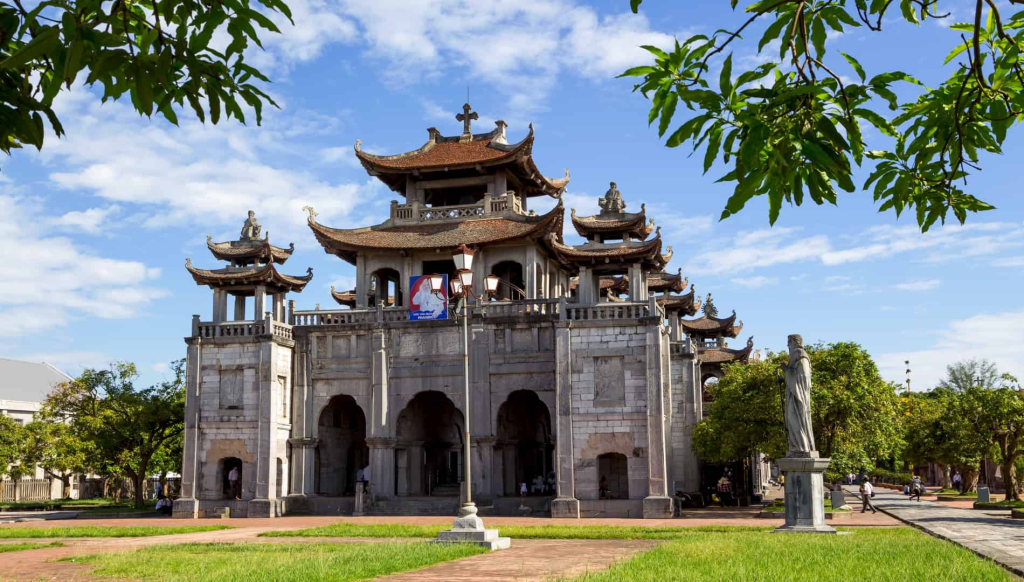
On the morning of 10 September, a report signed by Bishop Le Huu Tu was published.
Le Huu Tu called on parishioners to open a novena to pray for peace and preserve the Diocese.
On 15 September, a delegation led by the Vietnamese government, Minh had a meeting with Bishop Le Huu Tu, saying that:
The event was only a consequence of democracy in the embryo.
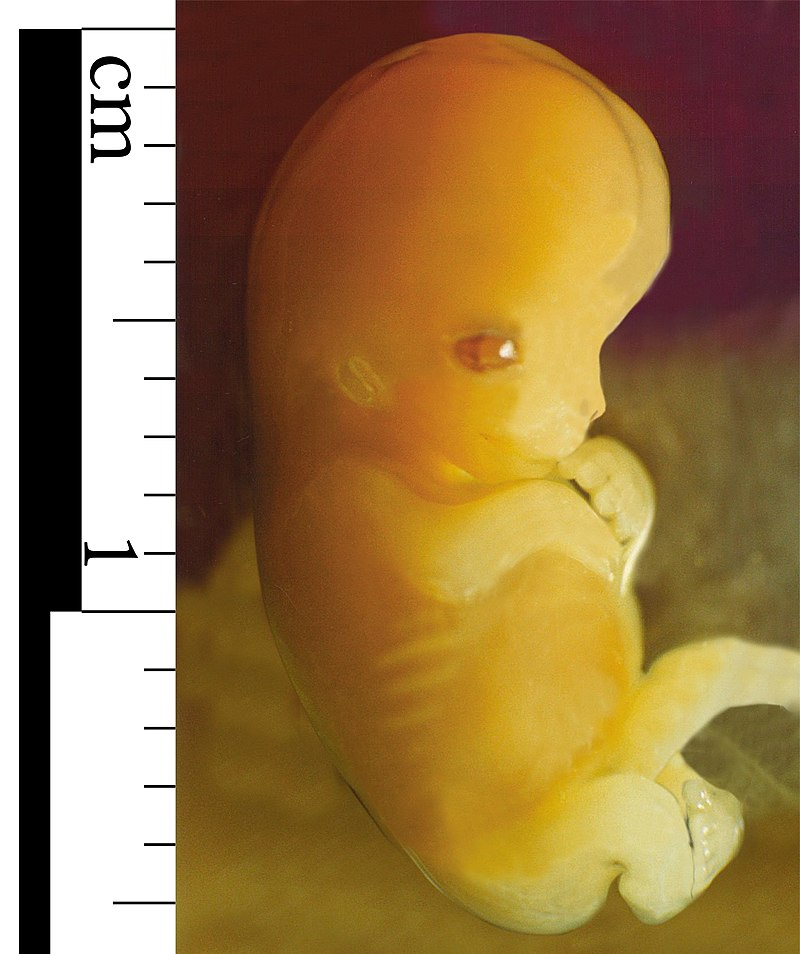
(There is a sad irony in how often the word “Democratic” is given in the titles of nations whose governments are democratic only in name.)
It was announced that President Ho Chi Minh would send a high-level delegation to present a mutually beneficial solution.
Bishop Tu affirmed again that it was strictly forbidden for parishioners to join political parties.
Phat Diem was criticized for lacking the spirit of resistance.
Because of these criticisms, Le Huu Tu and Phat Diem organized events to participate in the resistance such as:
- opening classes and meeting with Catholic Youth for National Salvation
- swearing an oath for the Catholic cadres of National Salvation
- purchasing guns and armaments for the Catholic militia for National Salvation
Phat Diem Opera House became the military training center for this organization.
In his memoirs, Bishop Tu stated that he must defend himself firmly in order to work with the Communist government.
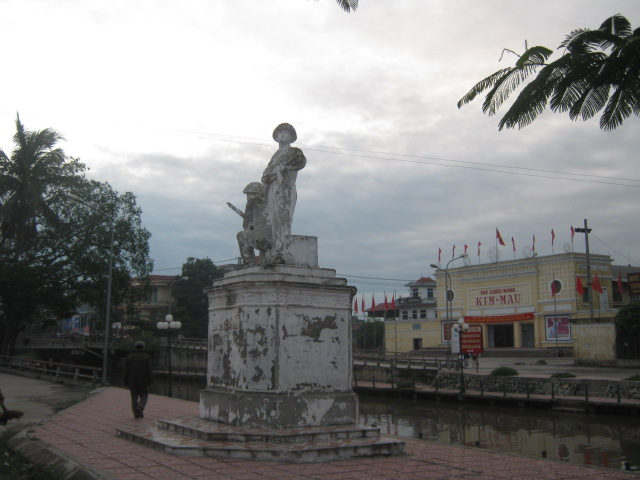
Bishop Tu asked to buy a gun.
President Ho instructed Defense Minister Phan Anh and Tu received permission, but there were no signed documents and oral permission.
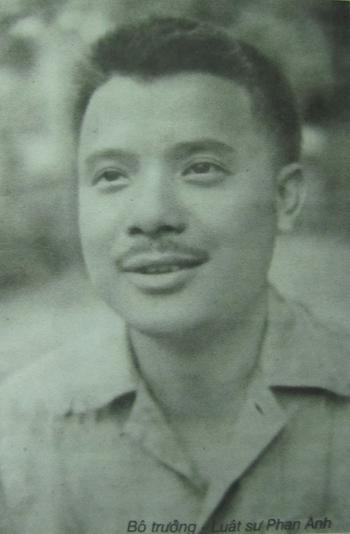
On the issue of buying guns, Hai Phong Bishop Gomez Le, after discussing with the Apostolic Nuncio Drapier, supported and lent 1,000,000 VND to buy guns.
Bishop Tu’s personal car was used many times to transport weapons and was not questioned, because of a letter of recommendation from the Chairman of the Ninh Binh Resistance Administrative Committee.
Every time guns arrived, he informed the Administrative Committee and the police.
Unable to take advantage of Bishop Le Huu Tu, France wanted to spread the news that the Bishop had contacted France.
Bishop Tu responded that he never contacted France and did not ask for French guns.
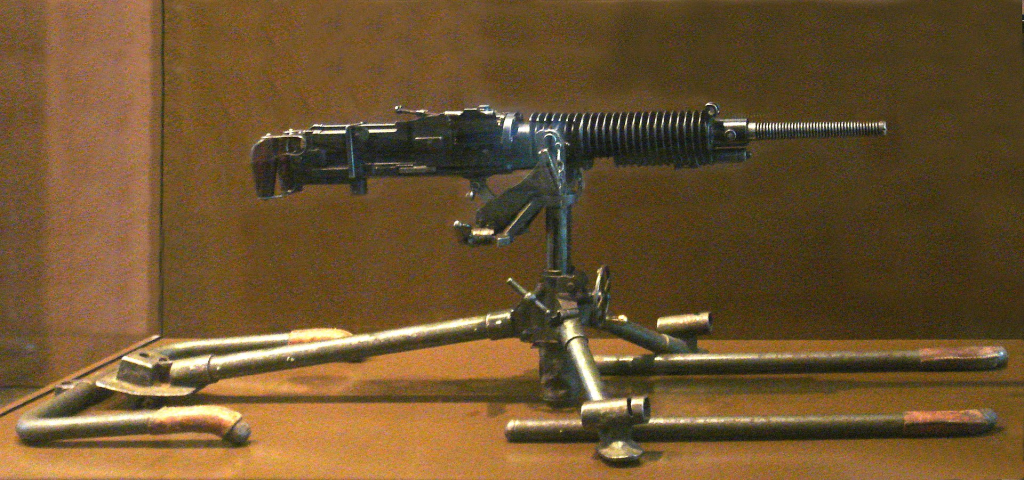
Because of Bishop Tu’s stubborn attitude, the French bombed Phat Diem.
On the morning of 22 November 1947, the French twice attacked Phat Diem and Phat Diem’s common house, the chapel of the Lecturer’s School.
The attack damaged many facilities, killed 27 people and injured 32.
Phat Diem area was organized into three military zones.
All of them are placed under the general command of the “Catholic Self-Defense Department“, led by Father Hoang Quynh as Commander-in-Chief.

Le Huu Tu often reminded people:
“We only know how to serve God and the Fatherland.
We value justice, charity, the pursuit of happiness and peace.
But when the Communists come, we fight!
And when the colonialists come, we also fight!“
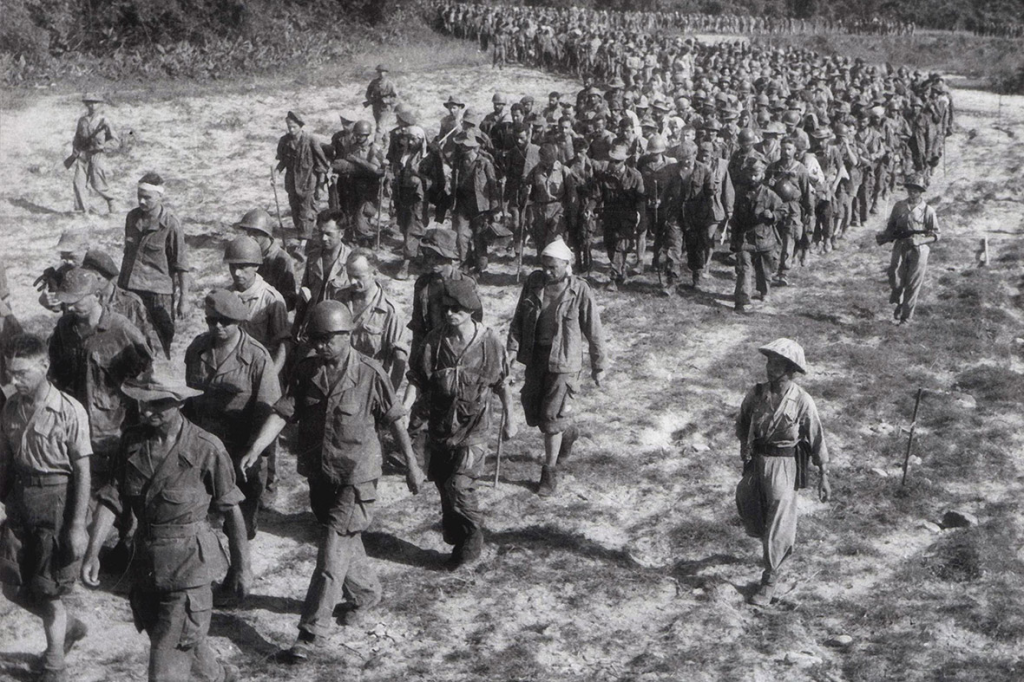
By early 1949, Phat Diem maintained a stable situation, the population migrated to many places, civil, religious, and resistance activities took place in harmony.
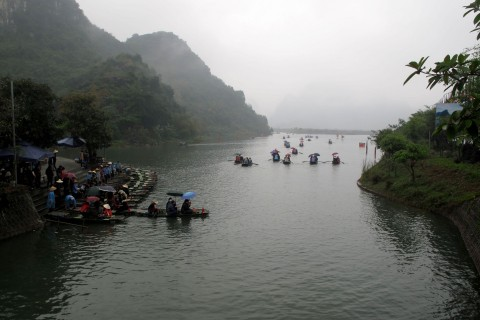
Bishop Le Huu Tu denounced the French:
“The French soldiers, with extreme barbarism, destroyed everything, but nothing, including the Church.”
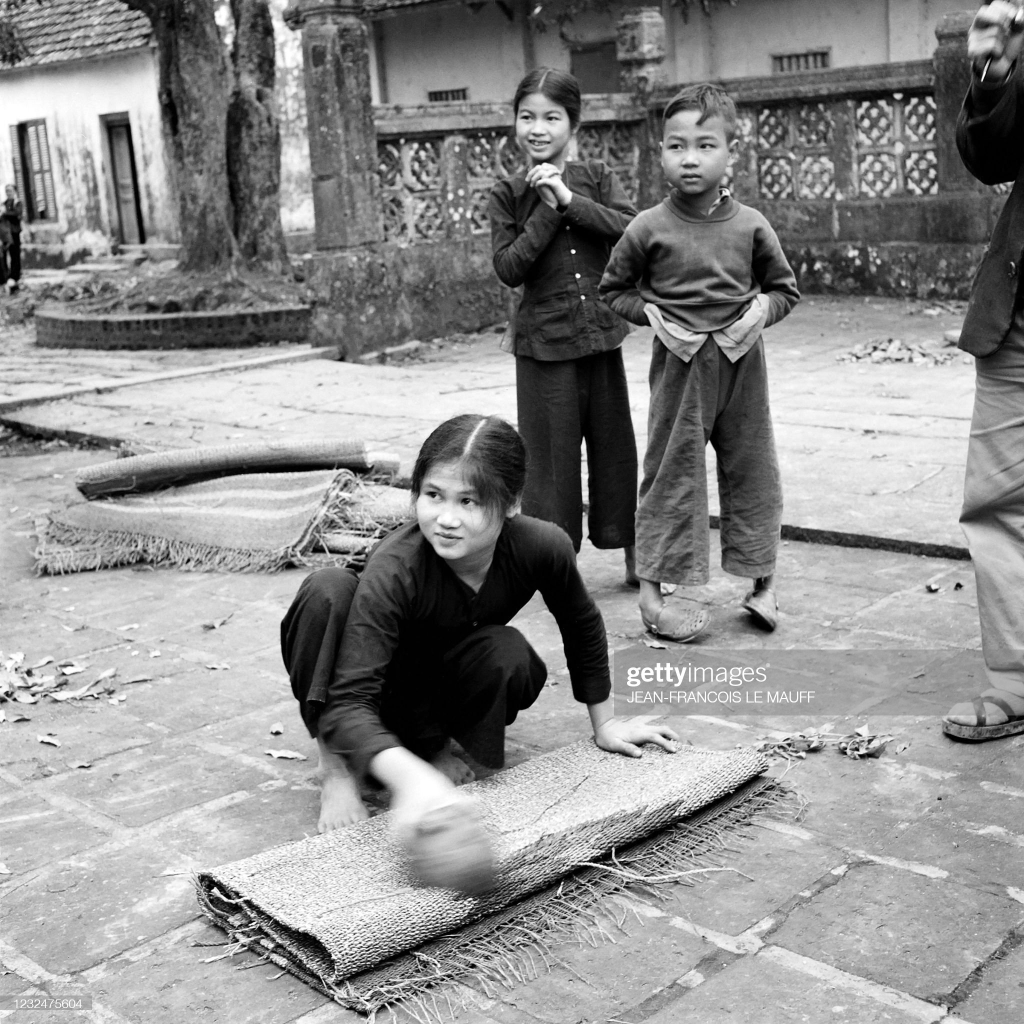
Every year, nearly 300 churches had been bombed.
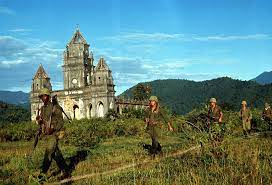
Tu was classified by the French as “the most nationalist” and “the soul of the resistance against the French“.
Therefore, the French colonialists found a way to divide Bishop Tu from his ability to resist.
Bishop Le Huu Tu denied information from the Agence France Presse (AFP) news agency that the French operation was conducted because the Bao Dai government received a request from Bishop Le Huu Tu.

He stated:
“Never could I have had the idea of calling the French army to save us from any danger.
I have had no contact with the Bao Dai Government.”
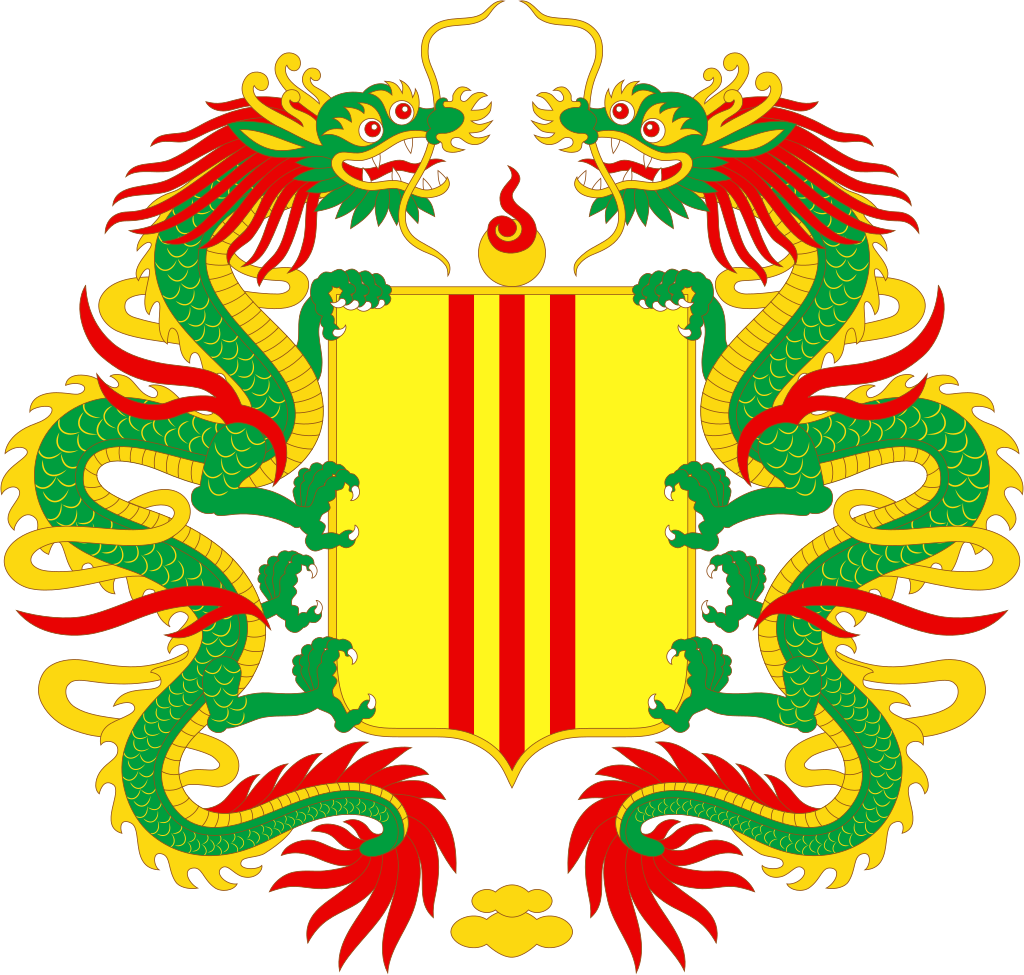
Ho Chi Minh repeatedly called him “a close friend“, “a dear friend“.
Tu often corresponded with President Ho and collaborated with the Government of the Democratic Republic of Vietnam when sending priests to the field.
He is also credited with mobilizing parishioners to break the Tri Chinh Bridge to prevent the French army from marching in 1949.
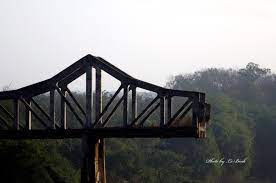
Bishop Le Huu Tu’s stance was against both the French colonialists and the communist Viet Minh.
However, because the Viet Minh Front was the ruling organization in the resistance war against the French, Catholics “have to choose what they don’t want to choose,” according to priest Truong Ba Can, writing in the Catholicism and Nationality weekly newspaper.
The diversion of Bishop Le Huu Tu, according to Dr. Nguyen Huy Thong, was the result of:
“The mutually exclusive confrontation of ideological issues that both religion and life present are not easy to overcome at this time”.
It can be clearly seen through his words to President Ho Chi Minh when they met in Phat Diem in early 1946:
“I and the Catholic people of Phat Diem united and thoroughly supported him in the resistance war against the colonialists.
France won independence and freedom for the Fatherland, but if you are a Communist, I will oppose you from this moment on.“

(There are more ironies evident in the story of Vietnam, which, in truth, is merely a microcosm of the world itself:
The problems that haunt history are neither religion nor politics, but rather what is preached is rarely practiced.
Religion should not seek to take life, but instead show us how to live.
Communism is meant to share the world’s wealth not to render everyone poor except a chosen few.
Like “democratic“, “communist” is a misnomer used by governments to practice authoritarianism and autocracy.
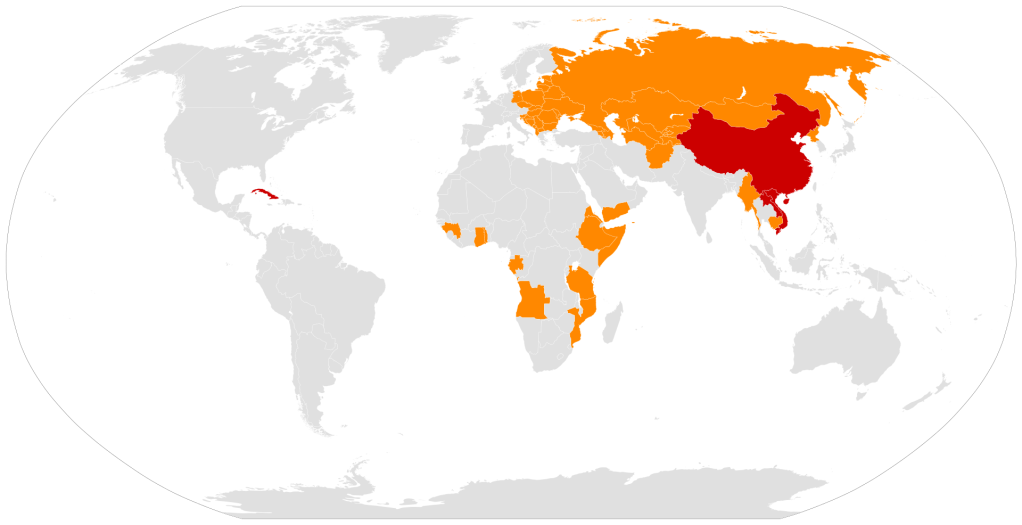
Communism (from the Latin communis) (‘common, universal‘) is a philosophical, social, political and economic ideology and movement whose goal is the establishment of a society, a socioeconomic order based on the idea of common ownership of the means of production, distribution, and exchange —allocating products to everyone in the society.
It involves the absence of social classes, money, and the state.
Communism, while sometimes used as a synonym of socialism, is distinct from socialism.
Communists may say they seek a voluntary state of self-governance, but the means to this end is rarely voluntary for the vast majority caught by this movement.
What should be a libertarian approach of community, spontaneity and people’s self-governance is invariably corrupted by the desire of the revolutionary powers to enjoy the benefits of the same power that their defeated enemy once possessed.
Communism is commonly confused with the political and economic system that developed in the Soviet Union after the Russian Revolution.
Communism as practiced by communist-in-name-only regimes is the polar opposite to the ideology that was based on the secular desire of humanity to achieve equality and social justice, and that promised a great leap forward into freedom.
True freedom is rarely achieved and for the most part remains reserved for rare individuals.
True freedom collectively is a fantasy at best, a threat at worst, for the freedom of a few usually comes at the cost of the loss of freedom of the many.)
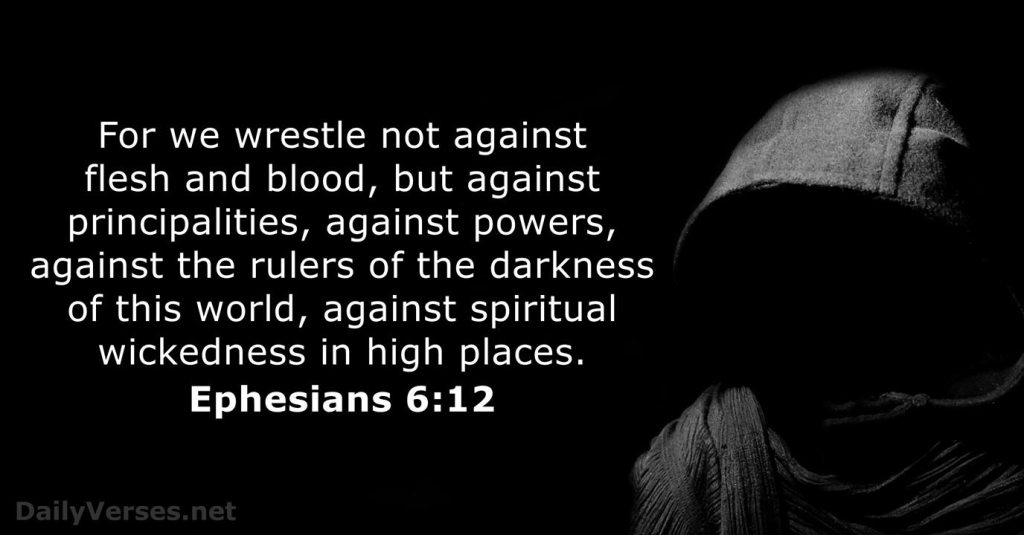
Contrary to anti-colonial propaganda, Le Huu Tu was a fierce anti-colonial person.
Until the late 1940s, he was successful in defending the Phat Diem – Bui Chu self-defense zone from both colonialists and Communists.

Whatever flaws Tu may have possessed, he strikes me as an example of what love of country truly is.
Love of country is not your country right or wrong.
Love of country is not blind obedience to the government right or wrong.
Love of country is akin to the love for one’s children, for though you may love them you may not always love the things that they do.
As a responsible parent you cannot remain silent when wrongdoing is practiced by those who will carry on in your stead.
The self-sacrifice of parents for progeny means the devotion of time, comfort and resources for the well-being of the future.
But governments who truly represent those they are supposed to nurture and protect are merely mystical mirages in a dry desert of abandoned hope.
If a government truly acts in a manner that benefits the people (rather than merely the members of that government) it is then worthy of allegiance.
If a government does not act compassionately and responsibly, then love of country demands speaking truth to power, even if it is a certainty that power rarely listens to the powerless.
Not all those who produce progeny are necessarily fit parents.
Just because we can produce children does not necessarily mean everyone should.
Just because someone wields power does not necessarily mean they have the wisdom to do so responsibly.
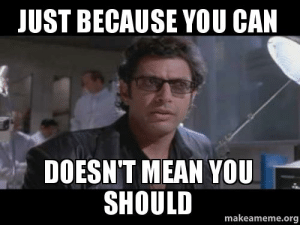
Entering 1950, the conflict on the Indochina peninsula took on the colour of the Cold War, the Democratic Republic of Vietnam increasingly linked with the international Communist bloc, both French colonialists and Vietnamese Communists were both wanted to control the Catholic self-defense zone.
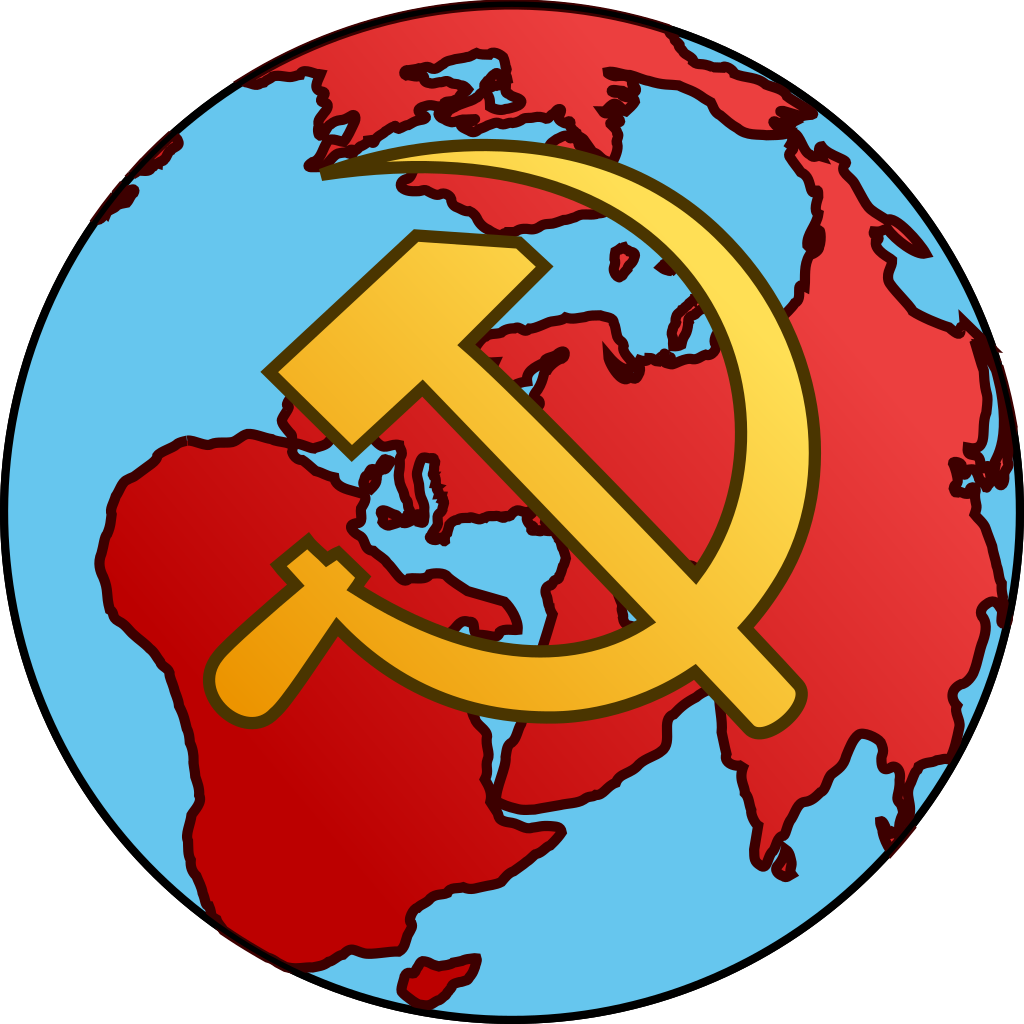
Caught in the middle, Le Huu Tu finally agreed to cooperate with the nation of Vietnam led by former emperor Bao Dai.
However, his conflict with the French colonialists remained the same.
His nationalist spirit was even admired by Ho Chi Minh and the Communists.
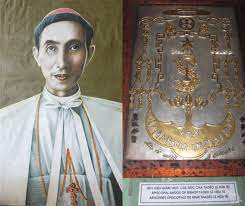
However, in December 1951, the Viet Minh launched a major assault on the village and took it.
When paratroopers came in to regain control, the Viet Minh withdrew, taking with them a valuable supply of weapons.
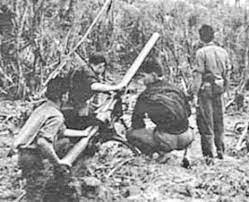
Author Graham Greene was in Phat Diem at the time, on an assignment for Life magazine, and watched the battle from the bell tower of the Cathedral – later using the scene in his novel The Quiet American.
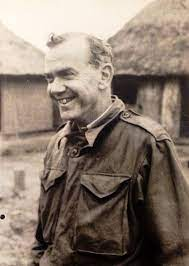
Henry Graham Greene (1904 – 1991) was an English writer and journalist regarded by many as one of the leading English novelists of the 20th century.
Combining literary acclaim with widespread popularity, Greene acquired a reputation early in his lifetime as a major writer, both of serious Catholic novels and of thrillers (“entertainments” as he termed them).
Through 67 years of writing, which included over 25 novels, he explored the conflicting moral and political issues of the modern world.
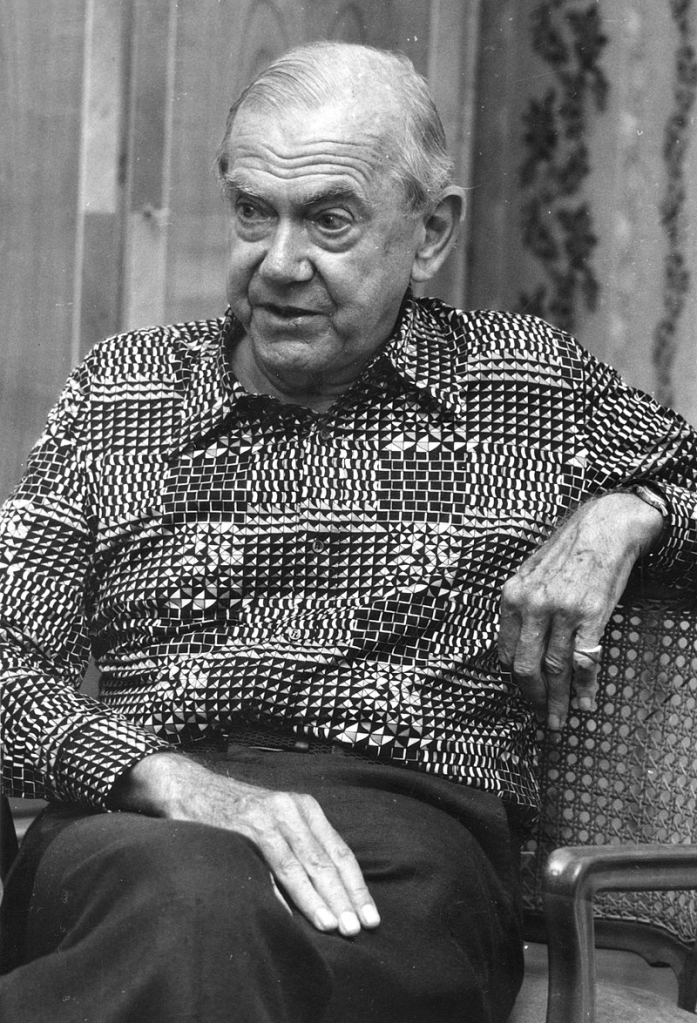
The Quiet American is a 1955 novel by English author Graham Greene.
Narrated in the first person by journalist Thomas Fowler, the novel depicts the breakdown of French colonialism in Vietnam and early American involvement in the Vietnam War.
A subplot concerns a love triangle between Fowler, an American CIA agent named Alden Pyle, and Phuong, a young Vietnamese woman.
The novel implicitly questions the foundations of growing American involvement in Vietnam in the 1950s, exploring the subject through links among its three main characters – Fowler, Pyle and Phuong.
The novel has received much attention due to its prediction of the outcome of the Vietnam War and subsequent American foreign policy since the 1950s.
Greene portrays Pyle as so blinded by American exceptionalism that he cannot see the calamities he brings upon the Vietnamese.

The book uses Greene’s experiences as a war correspondent for the Times and Le Figaro in French Indochina from 1951 to 1954.


He was inspired to write The Quiet American during October 1951 while driving back to Saigon (Ho Chi Minh City) from Ben Tre province, accompanied by an American aid worker who lectured him about finding a “third force in Vietnam“.
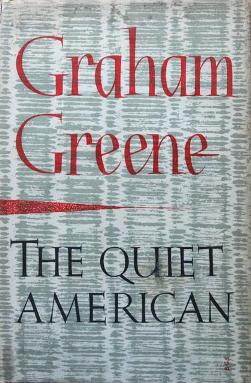
Thomas Fowler is a British journalist in his fifties who has covered the French War in Vietnam for more than two years.
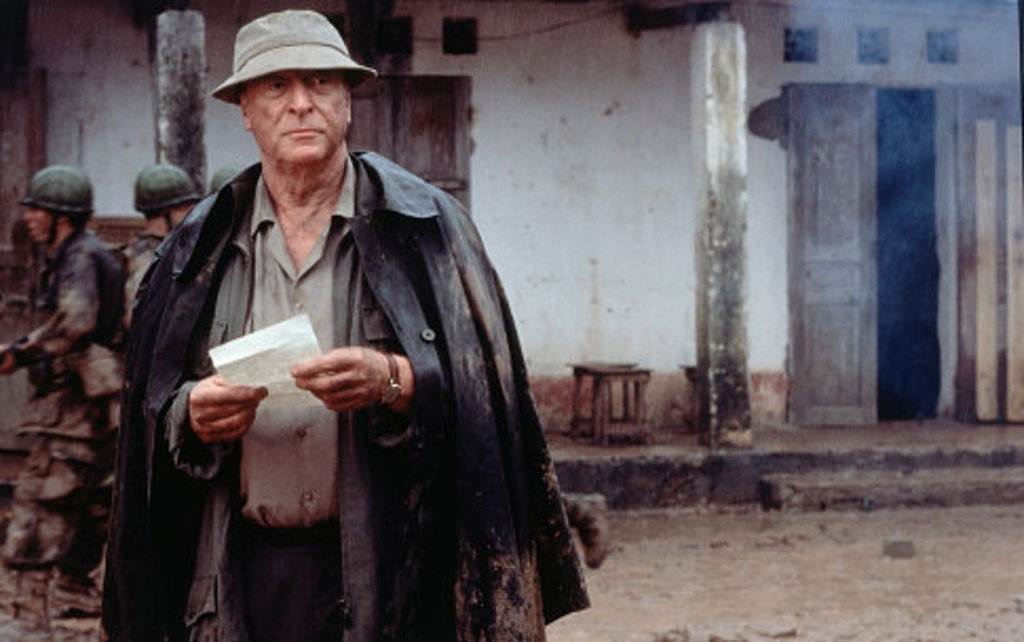
He meets a young American idealist named Alden Pyle, a CIA agent working undercover.
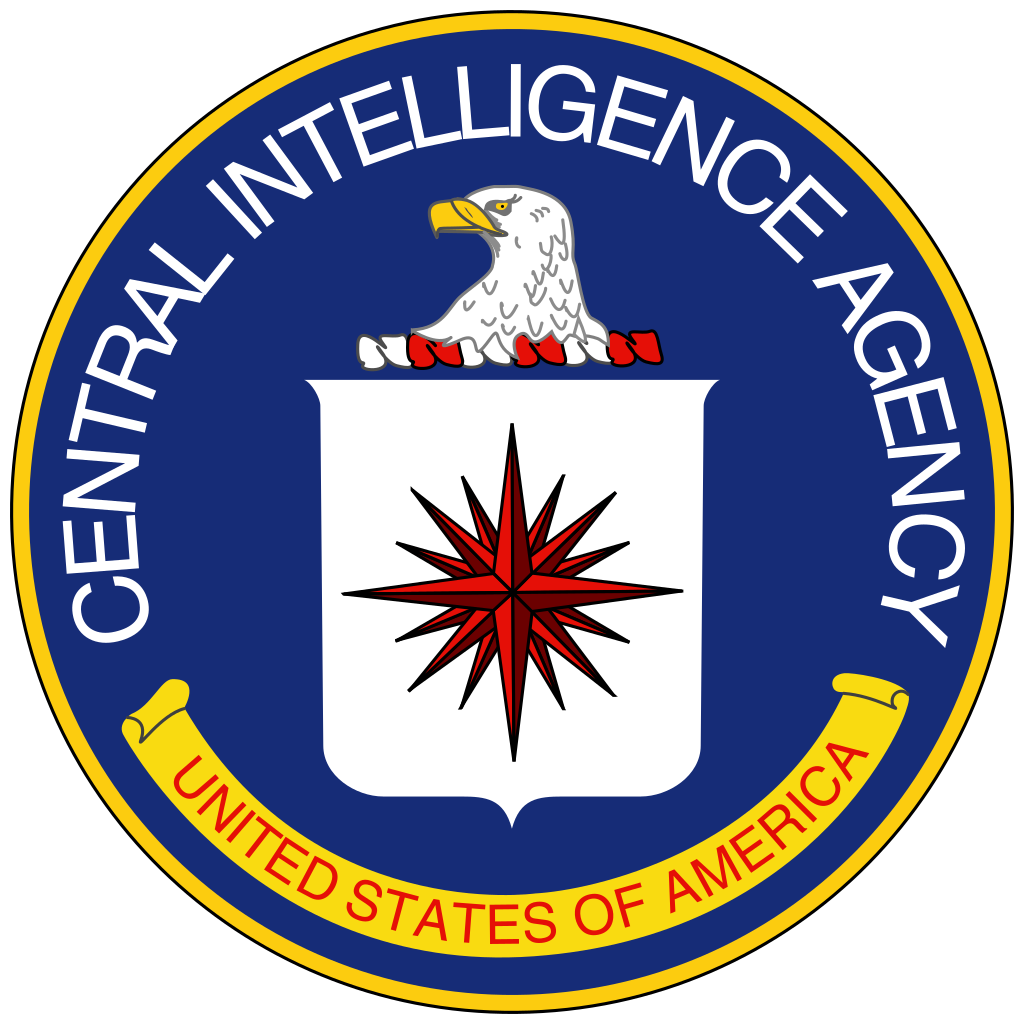
Pyle lives his life and forms his opinions based on foreign policy books written by York Harding with no real experience in Southeast Asia matters.
Harding‘s theory is that neither Communism nor colonialism are proper in foreign lands like Vietnam, but rather a “Third Force” — usually a combination of traditions — works best.
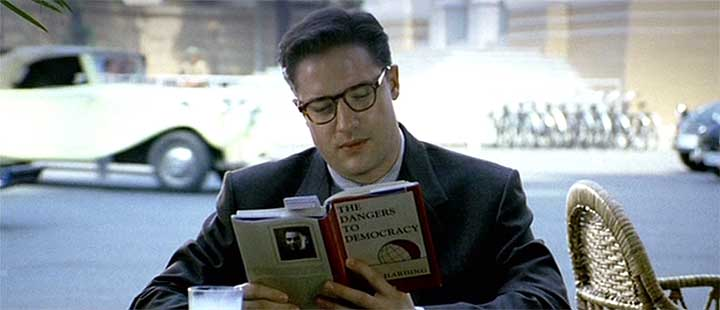
When they first meet, the earnest Pyle asks Fowler to help him understand more about the country, but the older man’s cynical realism does not sink in.
Pyle is certain that American power can put the Third Force in charge, but he knows little about Indochina and is recasting it into theoretical categories.
Fowler has a live-in lover, Phuong, who is only 20 years old and was previously a dancer at the Arc-en-Ciel (Rainbow) on Jaccareo Road, in Cholon.
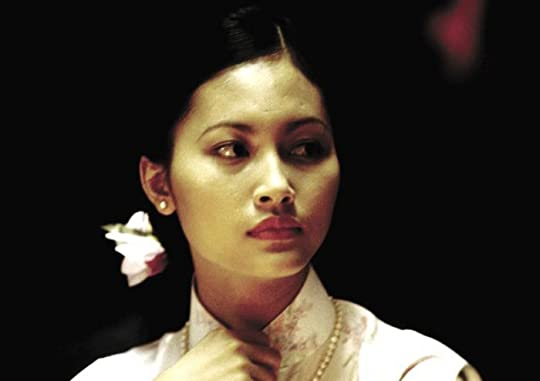

Her sister’s intent is to arrange a marriage for Phuong that will benefit herself and her family.
The sister disapproves of their relationship, as Fowler is already married and is an atheist.
So, at a dinner with Fowler and Phuong, Pyle meets her sister, who immediately starts questioning Pyle about his viability for marriage with Phuong.
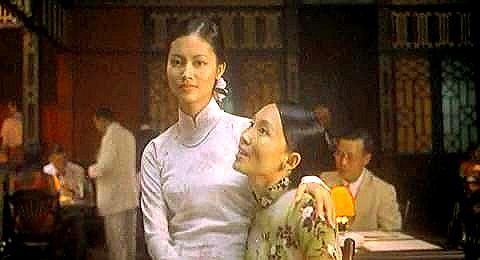
Towards the end of the dinner, Pyle dances with Phuong, and Fowler notes how poorly the upstart dances.
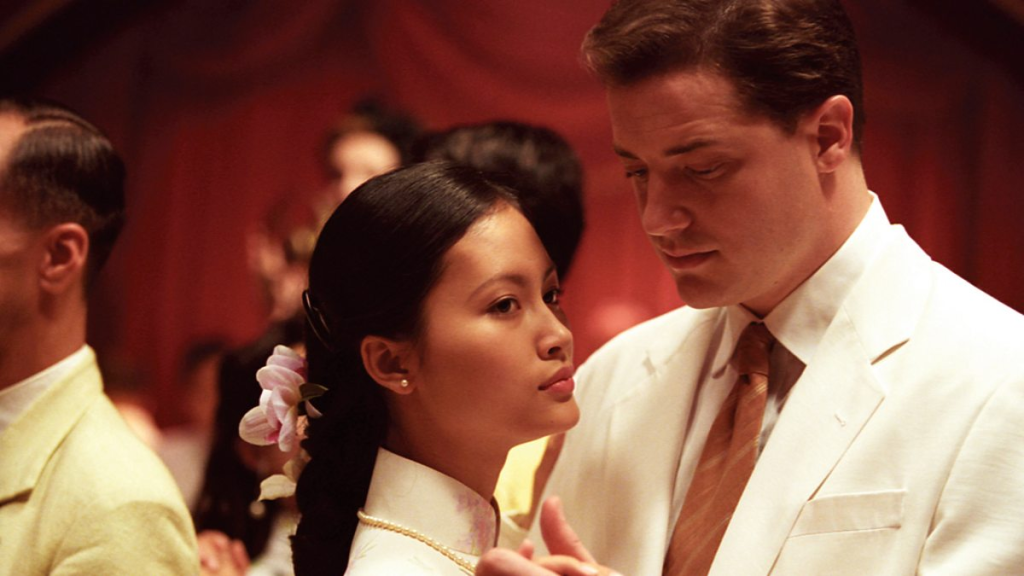
Fowler then goes to Phat Diem to witness a battle there…..
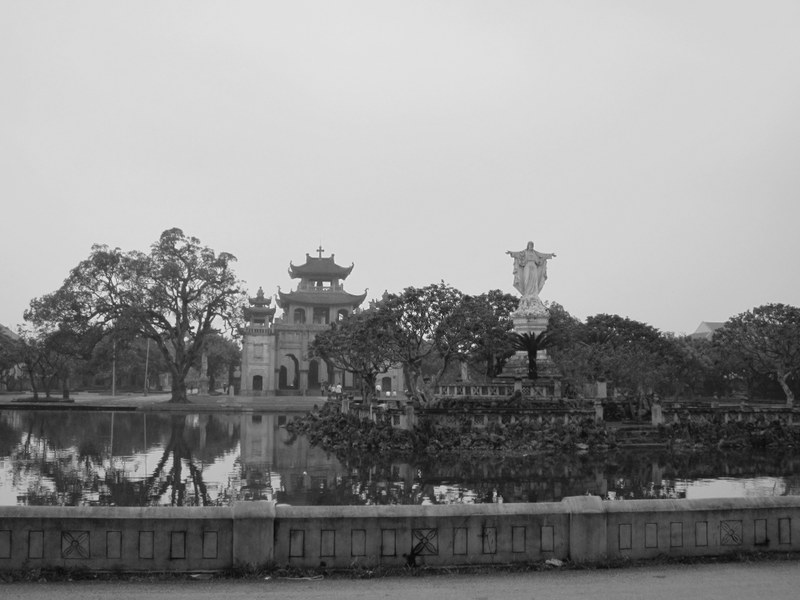
From The Quiet American:
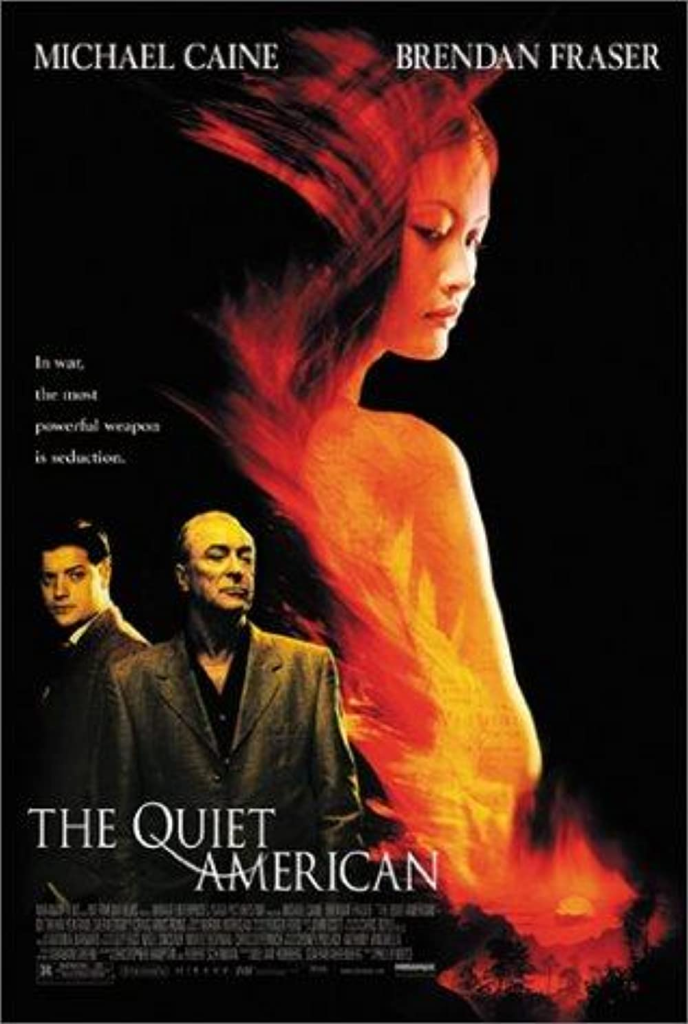
I wished I had never heard the rumour about Phat Diem, or that the rumour had dealt with any other town than the one place in the North where my friendship with a French naval officer would allow me to slip in, uncensored, uncontrolled.
A newspaper scoop?
Not in those days when all the world wanted to read about was Korea.

A chance of death?
Why should I want to die when Phuong slept beside me every night?
But I knew the answer to that question.
From childhood I had never believed in permanence, and yet I had longed for it.
Always I was afraid of losing happiness.
This month, next year, Phuong would leave me.
If not next year, in three years.
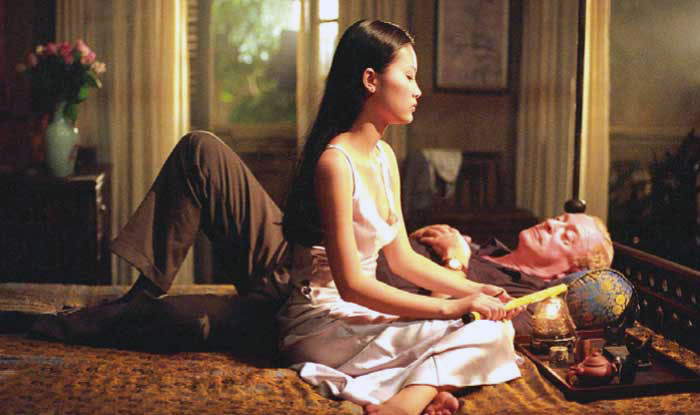
Death was the only absolute value in my world.
Lose life and one would lose nothing again for ever.

I envied those who could believe in a God and I distrusted them.
I felt they were keeping their courage up with a fable of the changeless and the permanent.
Death was far more certain than God.
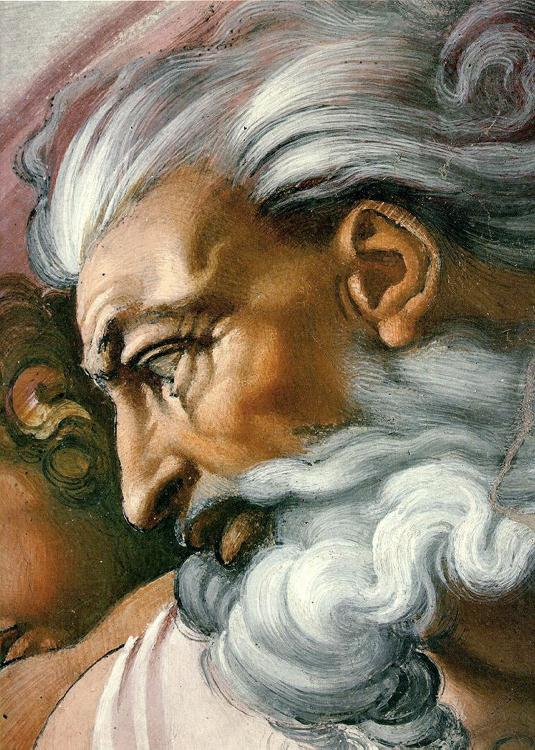
With death there would be no longer the daily possibility of love dying.
The nightmare of a future of boredom and indifference would lift.
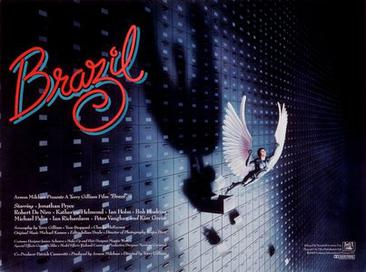
I could never have been a pacifist.
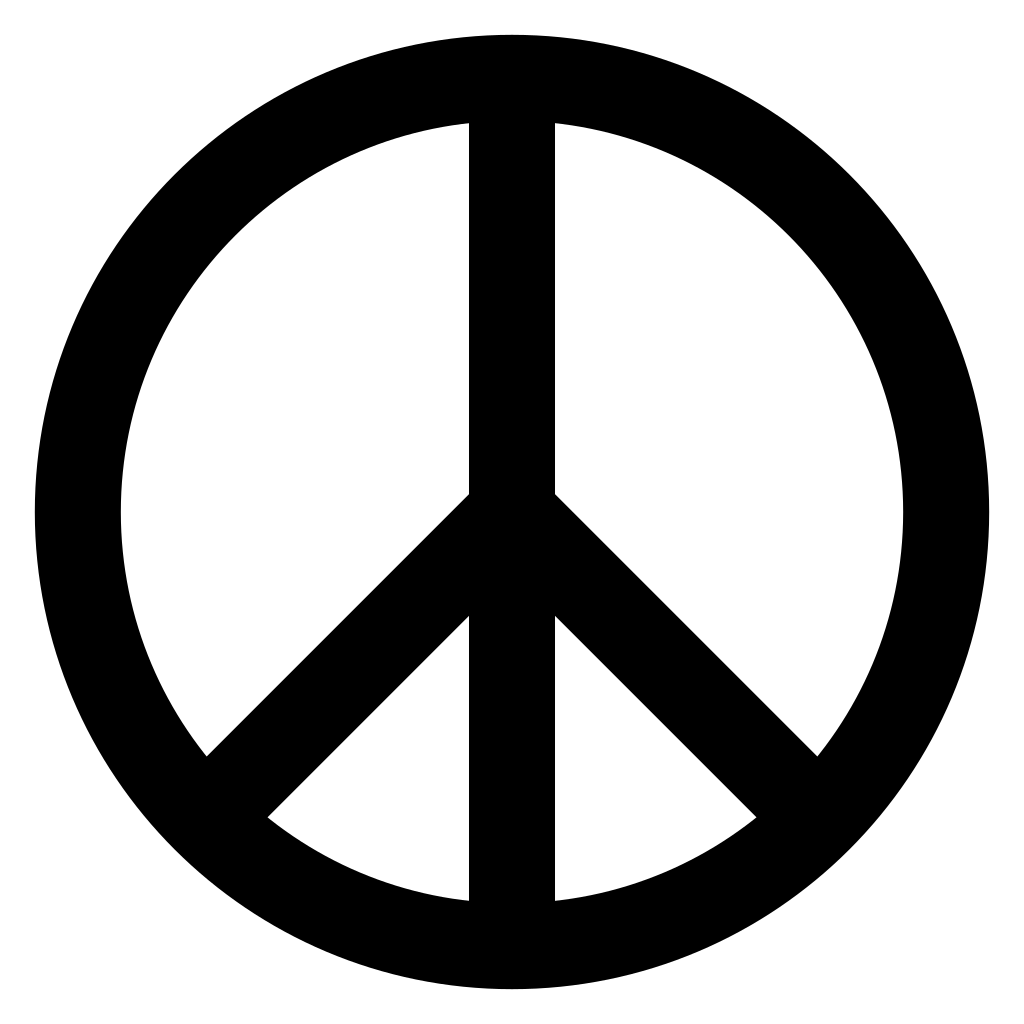
To kill a man was surely to grant him an immeasurable benefit.
Oh yes, people always, everywhere, loved their enemies.
It was their friends they preserved for pain and vacuity.
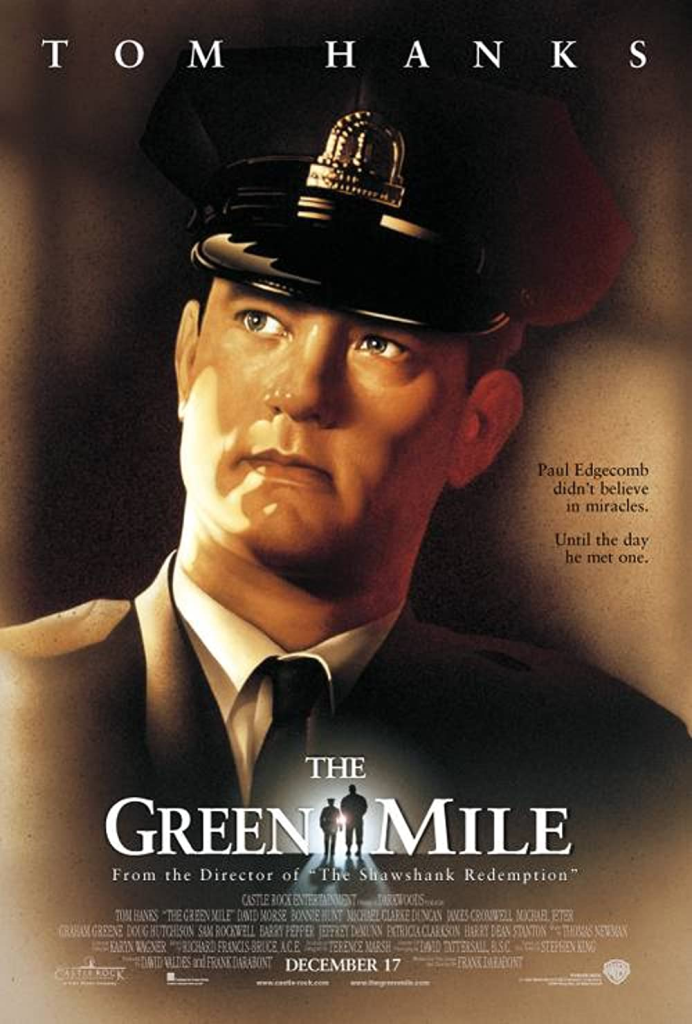
From the bell tower of the Cathedral, the battle was only picturesque, fixed like a panorama of the Boer War in an old Illustrated London News.
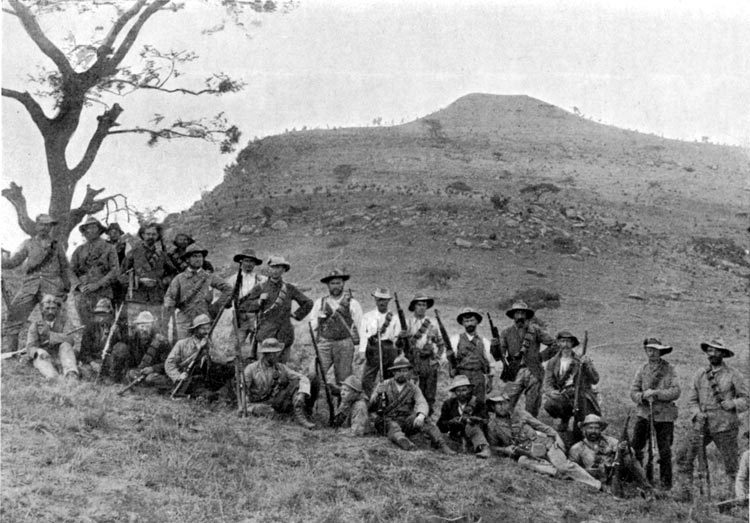
An aeroplane was parachuting supplies to an isolated post in the Calcaire, those strange weather-eroded
mountains on the Annam border that look like piles of pumice, and because it always returned to the same place for its glide, it might never have moved, and the parachute was always there in the same spot, halfway to Earth.

From the plain the mortar bursts rose unchangingly, the smoke as solid as stone.
In the market the flames burnt palely in the sunlight.
The tiny figures of the parachutists moved in single file along the canals, but at this height they appeared stationary.
Even the priest who sat in a corner of the tower never changed his position as he read in his breviary.
The War was very tidy and clean at that distance.
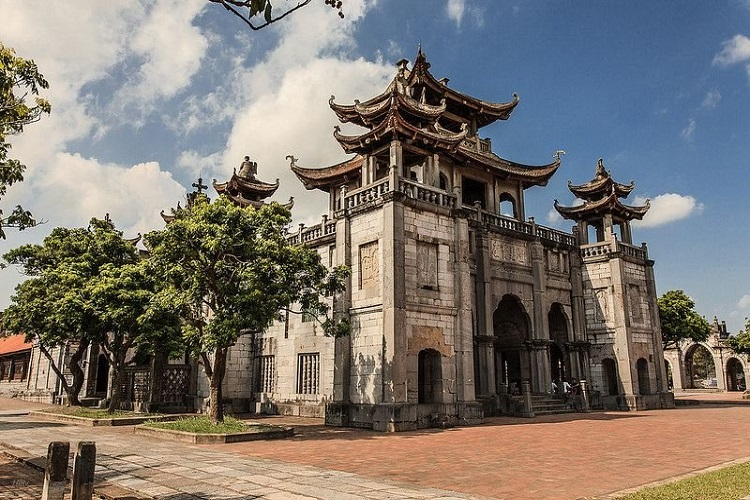
I had come in before dawn in a landing-craft from Nam Dinh.
We couldn’t land at the naval station because it was cut off by the enemy who completely surrounded the town at a range of six hundred yards, so the boat ran in beside the flaming market.
We were an easy target in the light of the flames, but for some reason no one fired.
Everything was quiet, except for the flop and crackle of the burning stalls.
I could hear a Senegalese sentry on the river’s edge shift his stance.

I had known Phat Diem well in the days before the attack – the one long narrow street of
wooden stalls, cut up every hundred yards by a canal, a church and a bridge.
At night it had been lit only by candles or small oil lamps (there was no electricity in Phat Diem
except in the French officers’ quarters), and day or night the street was packed and noisy.
In its strange medieval way, under the shadow and protection of the Prince Bishop, it had been the most living town in all the country.
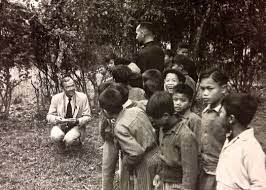
Now when I landed and walked up to the officers’ quarters it was the most dead.
Rubble and broken glass and the smell of burnt paint and plaster, the long street empty as far as the sight could reach, reminded me of a London thoroughfare in the early morn – after an all-clear:
One expected to see a placard:
“Unexploded Bomb“.
The front wall of the officers’ house had been blown out, and the houses across the street were in ruins.
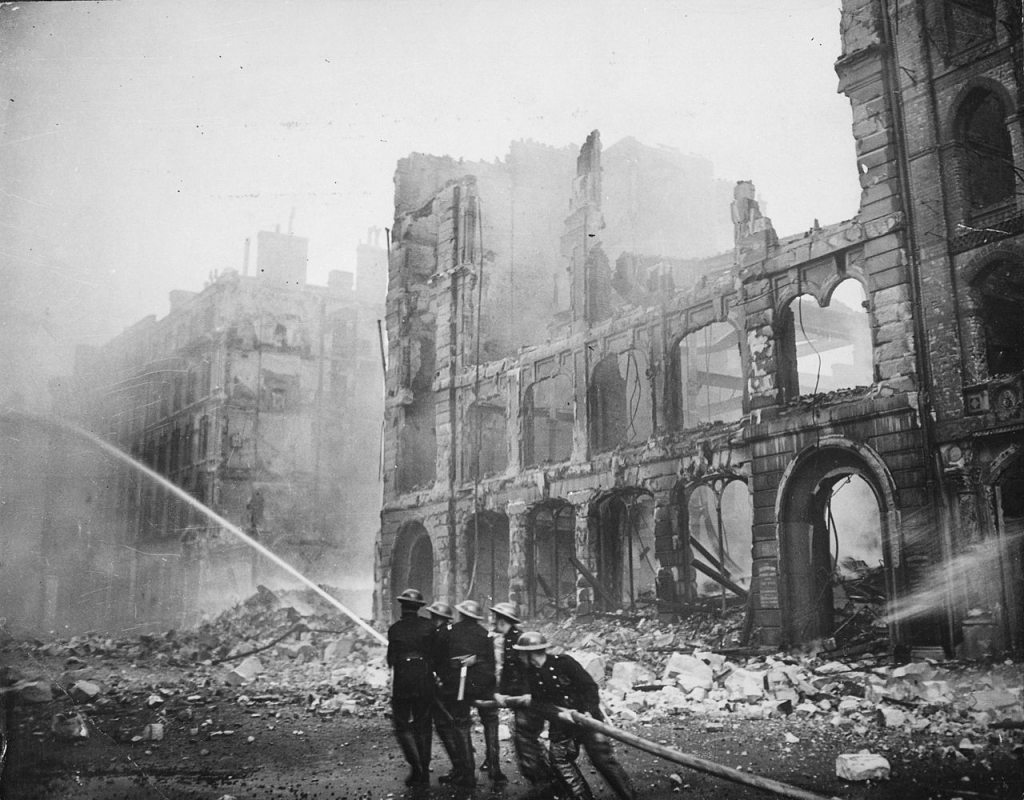
Coming down the river from Nam Dinh I had learnt from Lieutenant Peraud what had happened.
He was a serious young man, a Freemason.
To him it was like a judgment on the superstitions of his fellows.
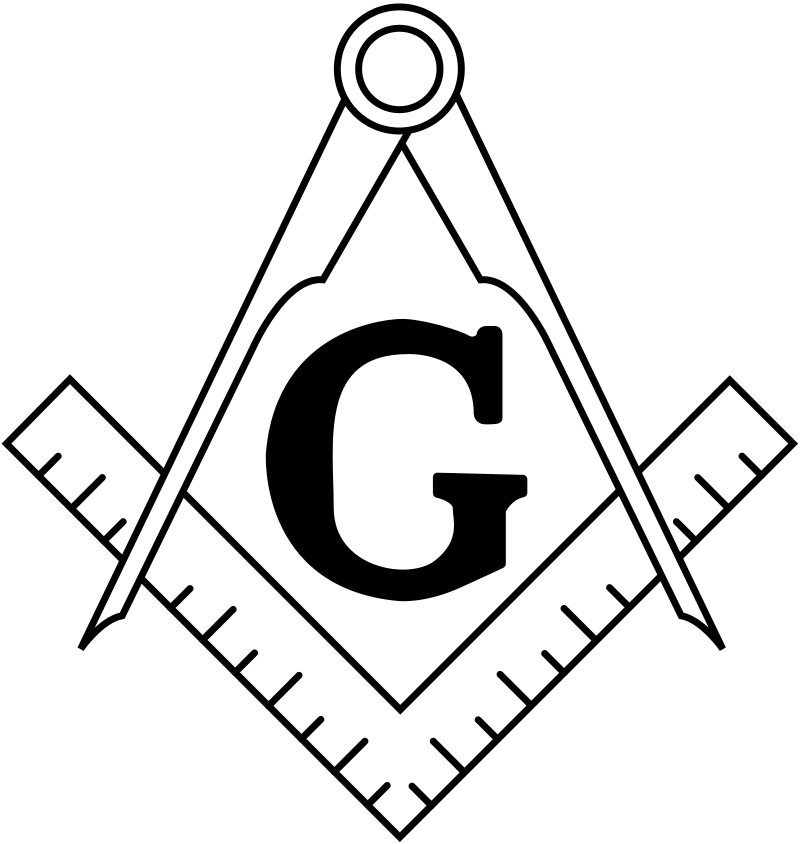
The Bishop of Phat Diem had once visited Europe and acquired there a devotion to Our Lady of Fatima – that vision of the Virgin which appeared, so Roman Catholics believe, to a group of children in Portugal.
When he came home, he built a grotto in her honour in the Cathedral precincts, and he celebrated her feast day every year with a procession.
Relations with the Colonel in charge of the French and Vietnamese troops had always been strained since the day when the authorities had disqualified the Bishop’s private army.
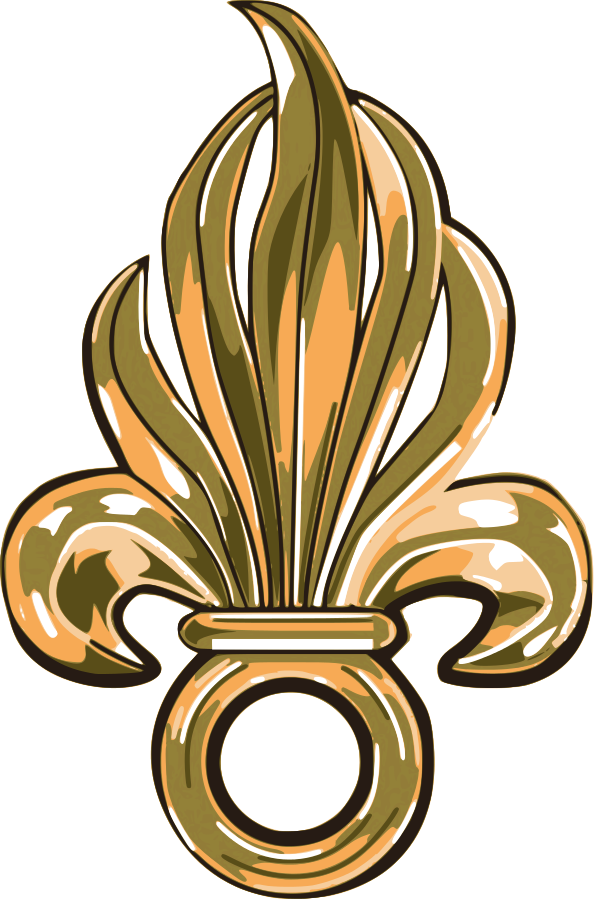
This year the Colonel who had some sympathy with the Bishop, for to each of them his country was more
important than Catholicism – made a gesture of amity and walked with his senior officers in the front of the procession.
Never had a greater crowd gathered in Phat Diem to do honour to Our Lady of Fatima.

Even many of the Buddhists – who formed about half the population – could not bear to miss the fun, and those who had belief in neither God believed that somehow all these banners and incense burners and the golden remonstrance would keep war from their homes.
All that was left of the Bishop’s army brass band led the procession.
The French officers, pious by order of the Colonel, followed like choirboys through the gateway into the Cathedral precincts, past the white statue of the Sacred Heart that stood on an island in the little lake before the Cathedral, under the bell tower with spreading oriental wings and into the carved wooden cathedral with its gigantic pillars formed out of single trees and the scarlet lacquer work of the altar, more Buddhist than Christian.
From all the villages between the canals, from that Low Country landscape where young green rice shoots and golden harvests take the place of tulips and churches and windmills, the people poured in.
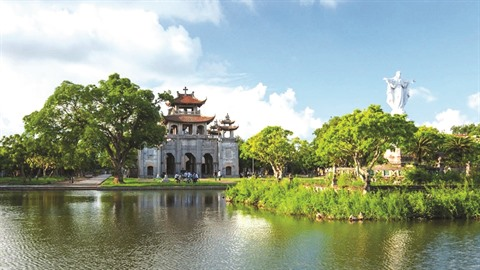
Nobody noticed the Vietminh agents who had joined the procession too, and that night as the main Communist battalion moved through the passes in the Calcaire, into the Tonkin plain, watched helplessly by the French outpost in the mountains above, the advance agents struck in Phat Diem.
Now after four days, with the help of parachutists, the enemy had been pushed back half a mile around the town.
This was a defeat:
No journalists were allowed, no cables could be sent, for the papers must carry only victories.

The authorities would have stopped me in Hanoi if they had known of my purpose, but the further you get from headquarters, the looser becomes the control until, when you come within range of the enemy’s fire, you are a welcome guest.
What has been a menace for the État Major in Hanoi, a worry for the full Colonel in Nam Dinh, to the Lieutenant in the field is a joke, a distraction, a mark of interest from the outer world, so that for a few blessed hours he can dramatize himself a little and see in a false heroic light even his own wounded and dead.

The priest shut his breviary and said:
“Well, that’s finished.”
He was a European, but not a Frenchman, for the Bishop would not have tolerated a French priest in his Diocese.
He said apologetically:
“I have to come up here, you understand, for a bit of quiet from all those poor people.”
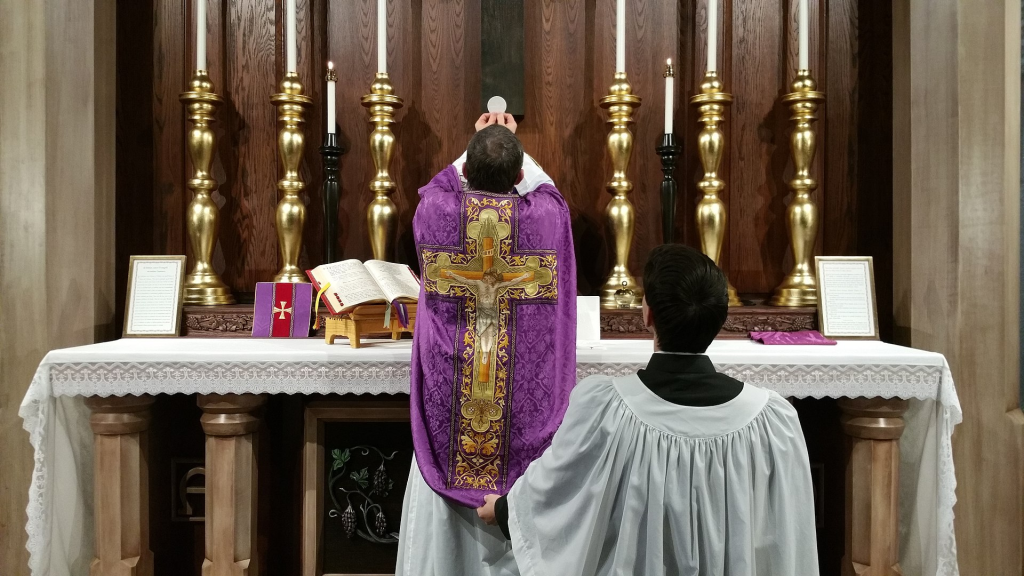
The sound of the mortar fire seemed to be closing in, or perhaps it was the enemy at last replying.
The strange difficulty was to find them:
There were a dozen narrow fronts, and between the canals, among the farm buildings and the paddy fields, innumerable opportunities for ambush.
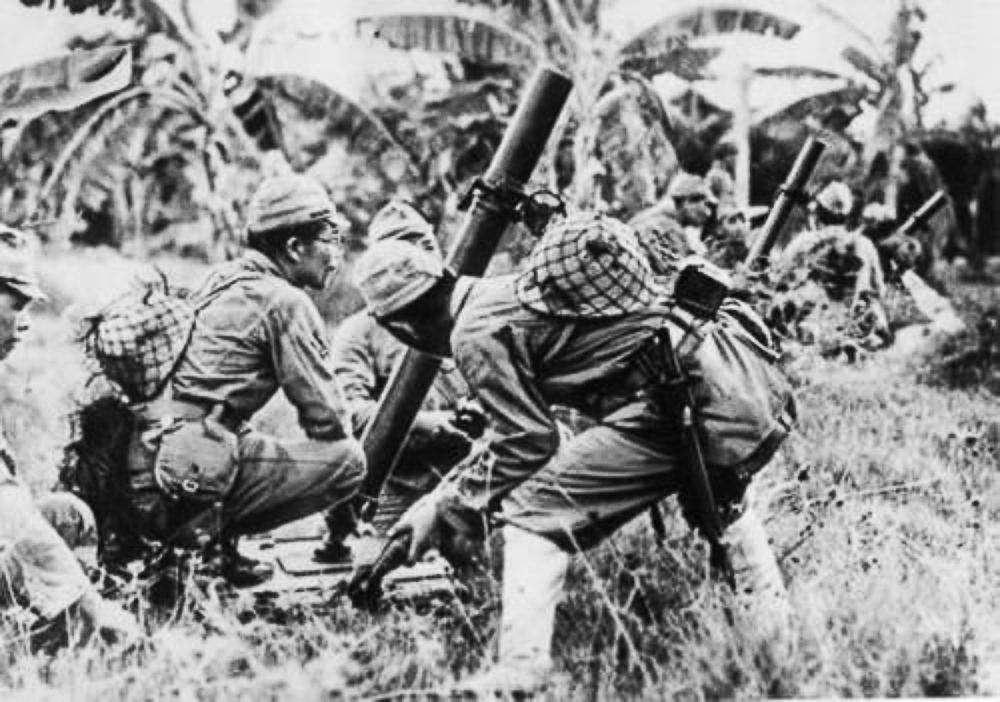
Immediately below us stood, sat and lay the whole population of Phat Diem.
Catholics, Buddhists, pagans, they had all packed their most valued possessions – a cooking stove, a lamp, a mirror, a wardrobe, some mats, a holy picture – and moved into the Cathedral precincts.
Here in the North it would be bitterly cold when darkness came, and already the Cathedral was full:
There was no more shelter.
Even on the stairs to the bell tower every step was occupied, and all the time more people crowded through the gates, carrying their babies and household goods.
They believed, whatever their religion, that here they would be safe.

While we watched, a young man with a rifle in Vietnamese uniform pushed his way through:
He was stopped by a priest, who took his rifle from him.
The Father at my side said in explanation:
“We are neutral here.
This is God’s territory.”
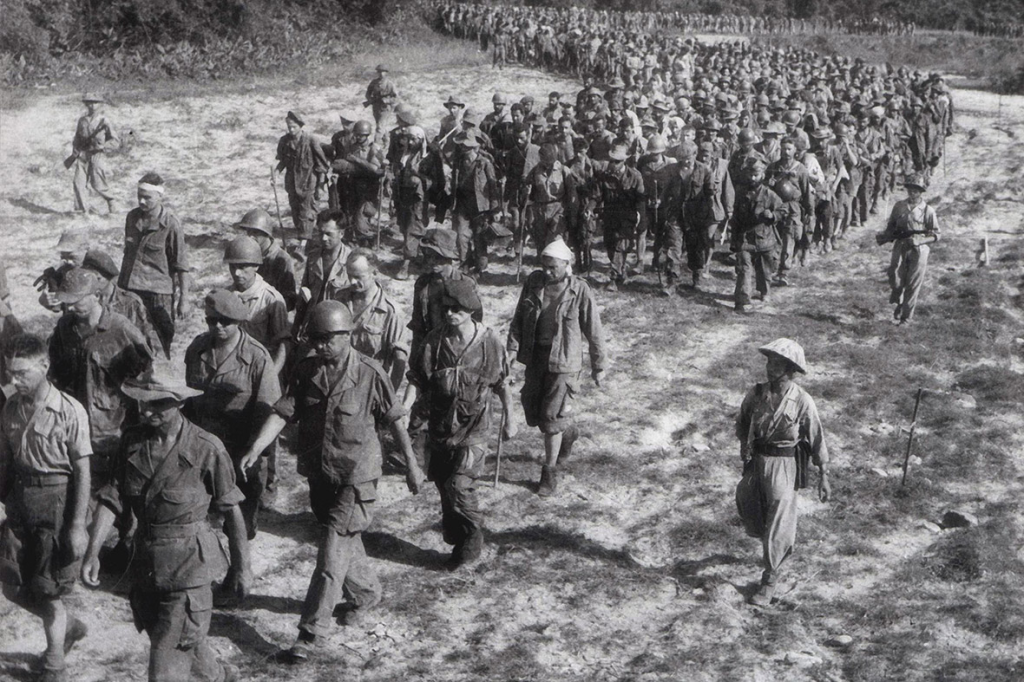
I thought:
It’s a strange poor population God has in his Kingdom, frightened, cold, starving.

“I don’t know how we are going to feed these people,” the priest told me.
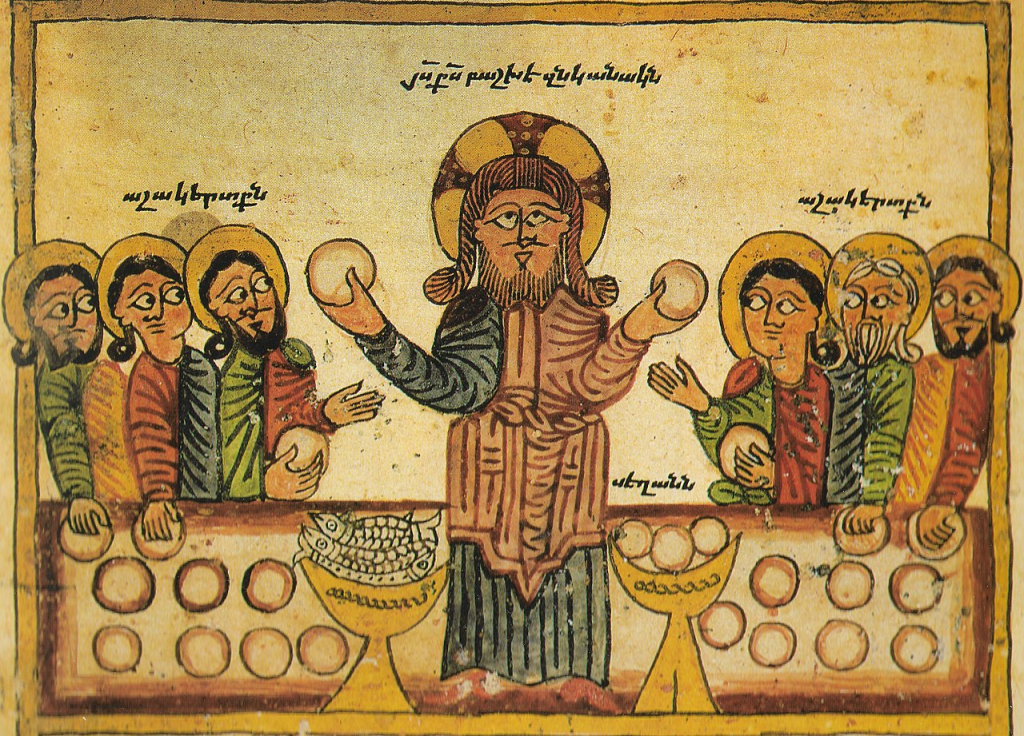
You would think a great King would do better than that.
But then I thought:
It’s always the same wherever one goes.
It is not the most powerful rulers who have the happiest populations.
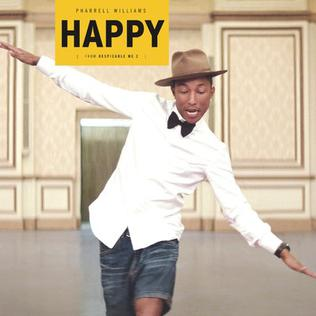
Little shops had already been set up below.

I said, “It’s like an enormous fair, isn’t it, but without one smiling face.”
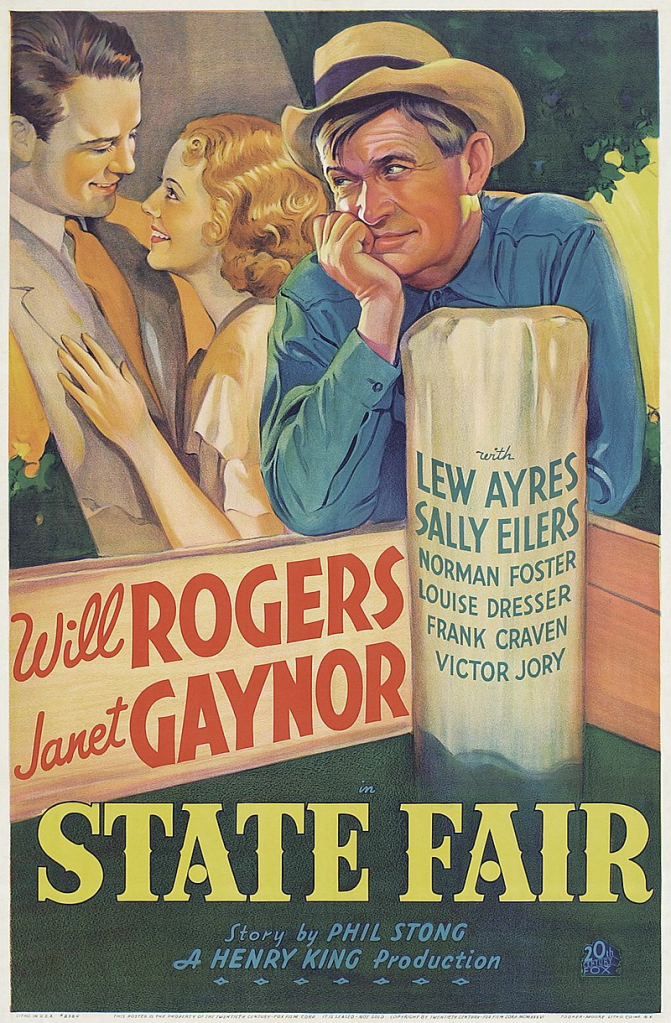
The priest said:
“They were terribly cold last night.
We have to keep the monastery gates shut or they would swamp us.”
“You all keep warm in there?”, I asked.
“Not very warm.
And we would not have room for a length of them.”
He went on.
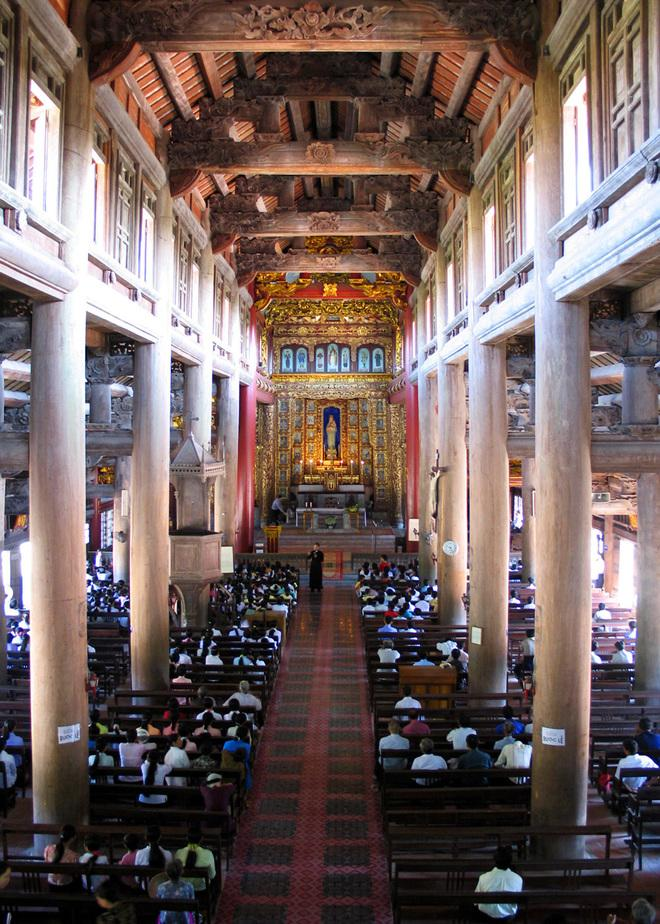
“I know what you are thinking.
It is essential for some of us to keep well.
We have the only hospital in Phat Diem, and our only nurses are these nuns.”
“And your surgeon?“
“I do what I can.”
I saw then that his soutane was speckled with blood.

He said, “Did you come up here to find me?“
“No.
I wanted to get my bearings.“
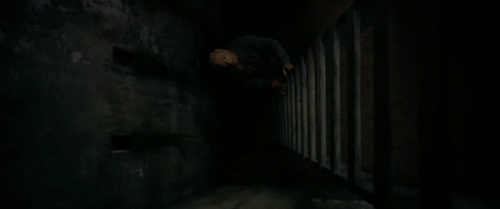
“I asked you because I had a man up here last night.
He wanted to go to confession.
He had got a little frightened, you see, with what he had seen along the canal.
One couldn’t blame him.”

“It’s bad along there?”
“The parachutists caught them in a crossfire.
Poor souls.
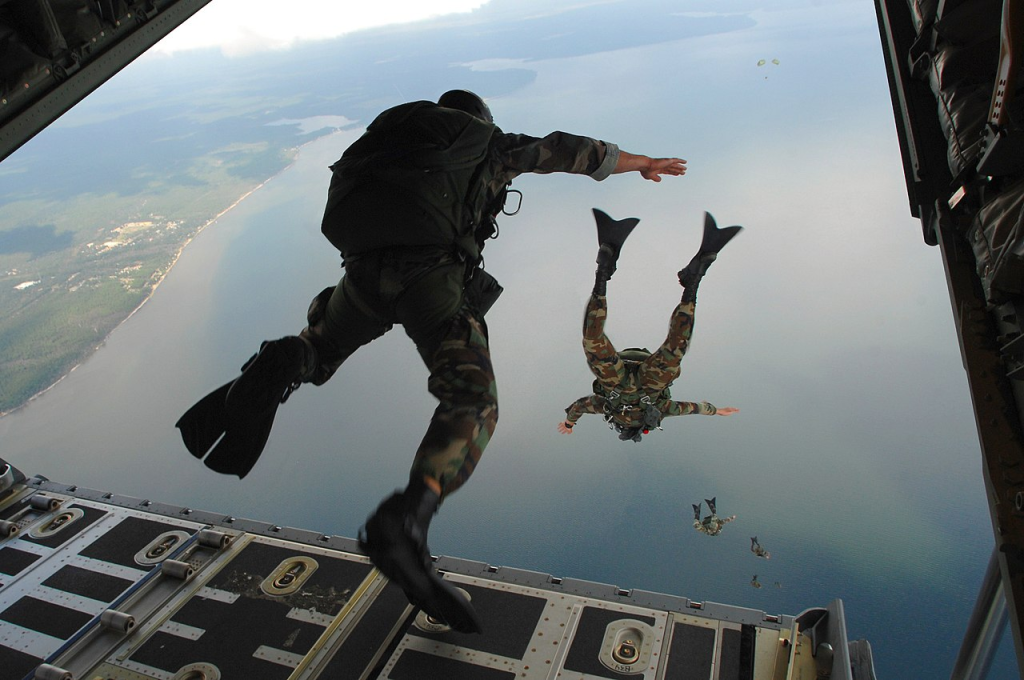
I thought perhaps you were feeling the same.“
“I’m not a Roman Catholic.
I don’t think you could even call me a Christian.”
“It’s strange what fear does to a man.”
“It would never do that to me.
If I believed in any God at all, I should still hate the idea of confession.
Kneeling in one of your boxes.
Exposing myself to another man.
You must excuse me, Father, but to me it seems morbid – unmanly even.”
“Oh,” he said lightly.
“I expect you are a good man.
I don’t suppose you’ve ever had much to regret.“

I looked along the churches, where they ran down evenly spaced between the canals, towards the sea.
A light flashed from the second tower.
I said:
“You haven’t kept all your churches neutral.”
“It isn’t possible.”, he said.
“The French have agreed to leave the Cathedral precincts alone.
We can’t expect more.
That’s a Foreign Legion post you are looking at.”
“I’ll be going.
So long.
Goodbye, Father.”
“Goodbye and good luck.
Be careful of snipers.”
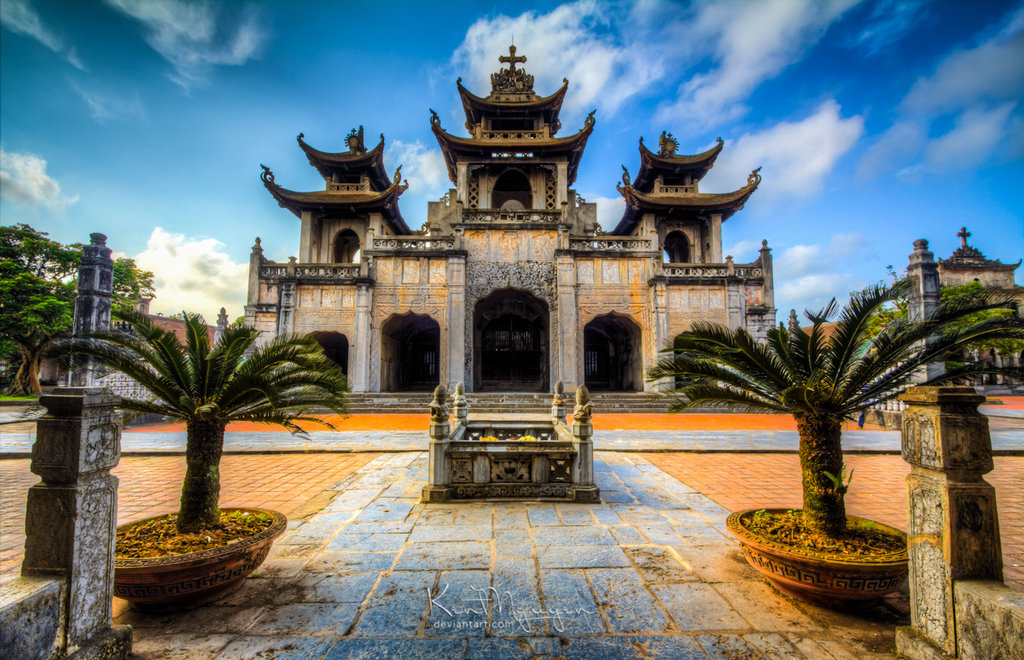
I had to push my way through the crowd to get out, past the lake and the white statue with its sugary outspread arms, into the long street.
I could see for nearly three quarters of a mile each way.

There were only two living beings in all that length besides myself – two soldiers with camouflaged helmets going slowly away up the edge of the street, their guns at the ready.
I say the living, because one body lay in a doorway with its head in the road.
The buzz of flies collecting there and the squelch of the soldiers’ boots growing fainter and fainter were the only sounds.
I walked quickly past the body, turning my head the other way.
A few minutes later when I looked back I was quite alone with my shadow.
There were no sounds except the sounds I made.
I felt as though I were a mark on a firing range.
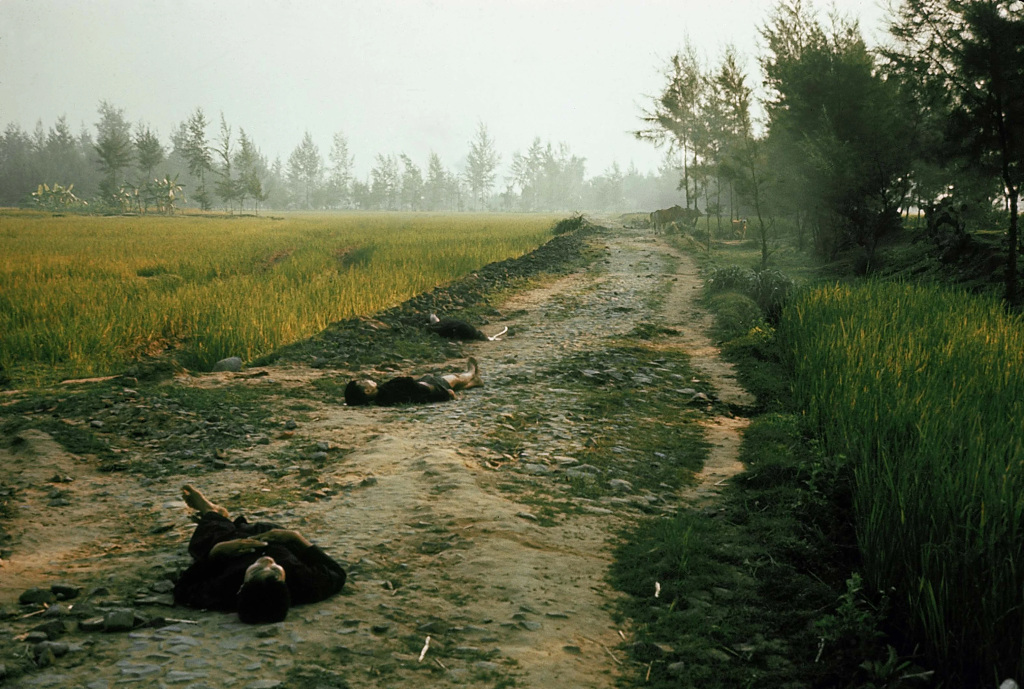
It occurred to me that if something happened to me in this street it might be many hours before I was
picked up:
Time for the flies to collect.

When I had crossed two canals, I took a turning that led to a church.
A dozen men sat on the ground in the camouflage of parachutists, while two officers examined a man.
Nobody paid me any attention when I joined them.
One man, who wore the long antennae of a walkie-talkie, said:
“We can move now.”
Everybody stood up.
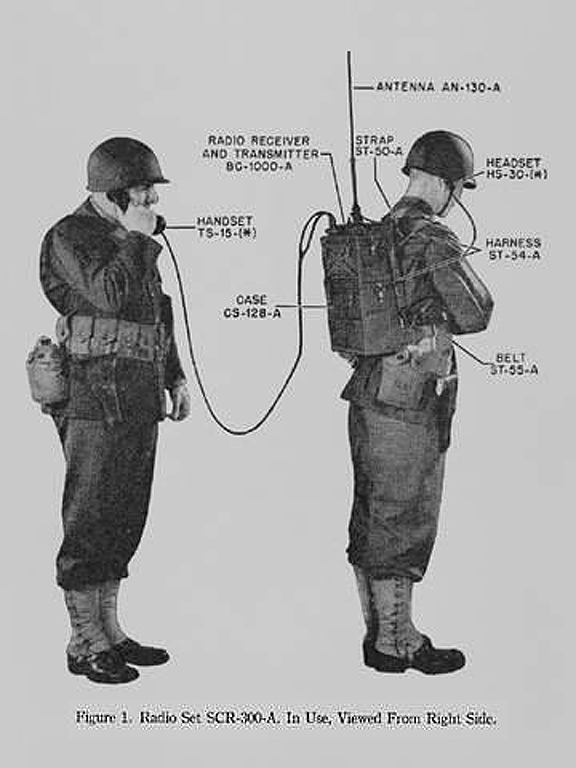
I asked them in my bad French whether I could accompany them.
An advantage of this war was that a European face proved in itself a passport on the field:
A European could not be suspected of being an enemy agent.
“Who are you?“, the Lieutenant asked.
“I am writing about the war,” I said.

“American?“
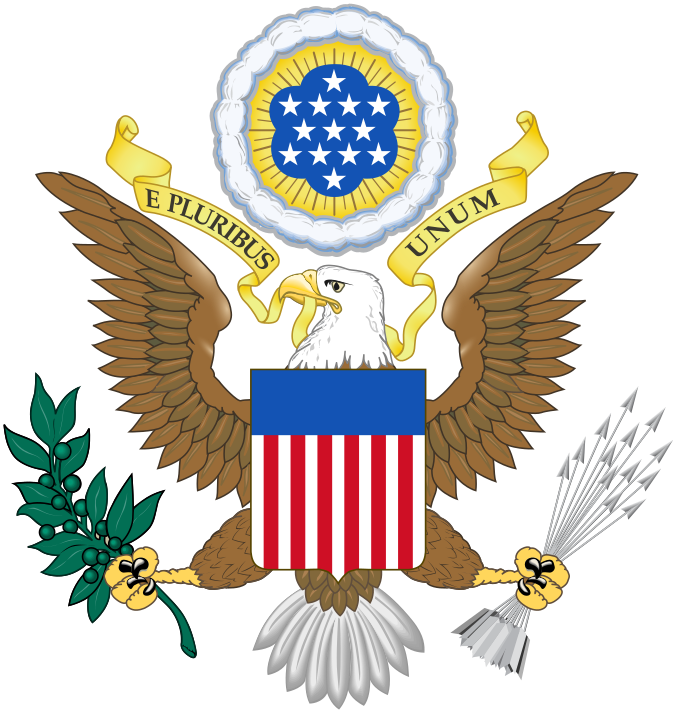
“No, English.“
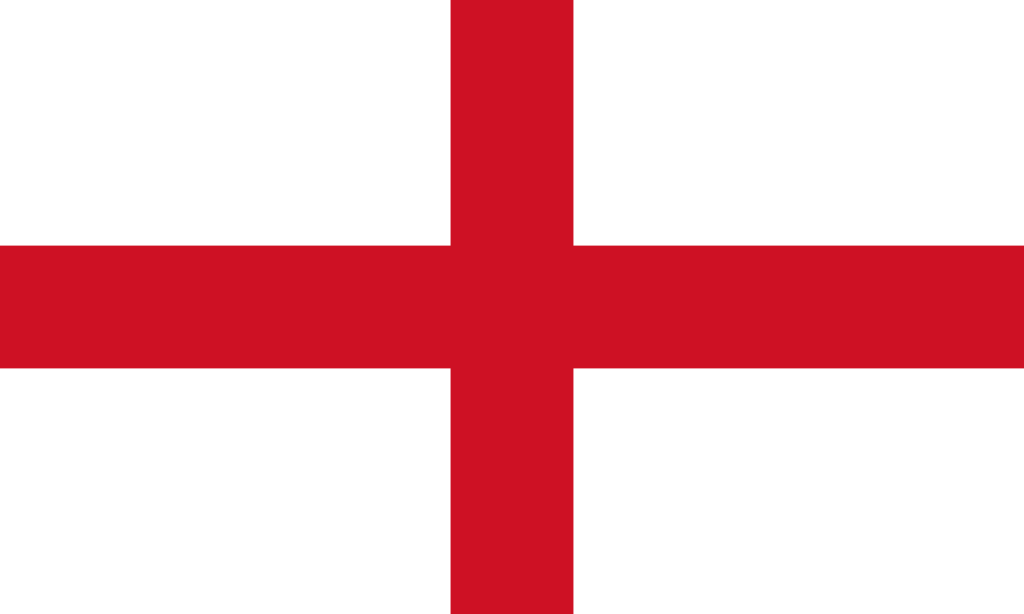
He said:
“It is a very small affair, but if you wish to come with us…”
He began to take off his steel helmet.
“No, no,” I said.
“That is for combatants.”
“As you wish.“
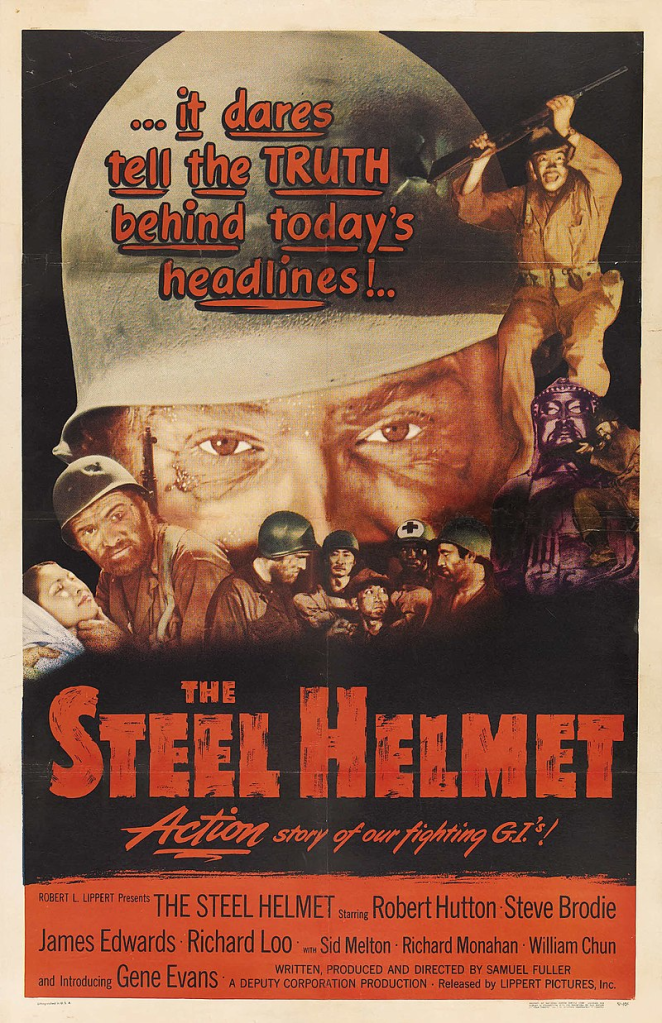
We went out behind the church in single file, the lieutenant leading, and halted for a moment on a canal bank for the soldier with the walkie-talkie to get contact with the patrols on either flank.
The mortar shells tore over us and burst out of sight.
We had picked up more men behind the Church and were now about thirty strong.
The lieutenant explained to me in a low voice, stabbing a finger at his map:
“Three hundred have been reported in this village here.
Perhaps massing for tonight.
We don’t know.
No one has found them yet.”
“How far?”
“Three hundred yards.”
Words came over the wireless and we went on in silence, to the right – the straight canal, to
the left – low scrub and fields and scrub again.
“All clear,” the lieutenant whispered with a reassuring wave as we started.
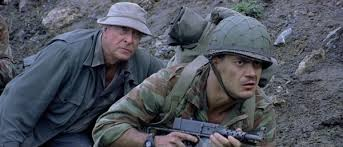
Forty yards on, another canal, with what was left of a bridge, a single plank without rails, ran across our front.
The lieutenant motioned to us to deploy and we squatted down facing the unknown territory ahead, thirty feet off, across the plank.
The men looked at the water and then, as though by a word of command, all together, they looked away.
For a moment I didn’t see what they had seen, but when I saw, my mind went back, I don’t know why, to the Chalet and the female impersonators and the young soldiers whistling and Pyle saying:
“This isn’t a bit suitable.“

The canal was full of bodies:
I am reminded now of an Irish stew containing too much meat.
The bodies overlapped:
One head, seal-grey, and anonymous as a convict with a shaven scalp, stuck up out of the water like a buoy.
There was no blood:
I suppose it had flowed away a long time ago.
I have no idea how many there were:
They must have been caught in a crossfire, trying to get back, and I suppose every man of us along the bank was thinking:
‘Two can play at that game.‘
I too took my eyes away.
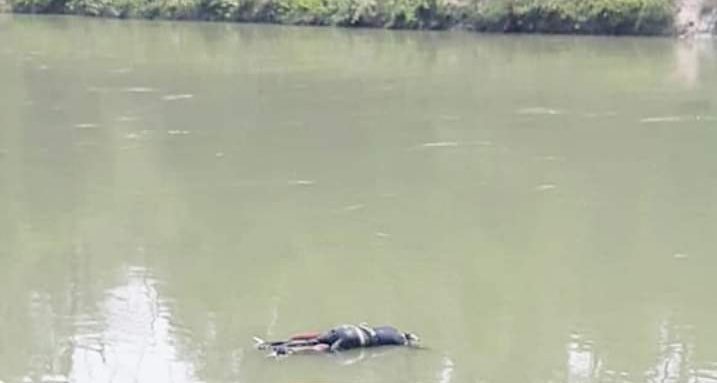
We didn’t want to be reminded of how little we counted, how quickly, simply and anonymously death came.
Even though my reason wanted the state of death, I was afraid like a virgin of the act.
I would have liked death to come with due warning, so that I could prepare myself.
For what?
I didn’t know, nor how, except by taking a look around at the little I would be leaving.
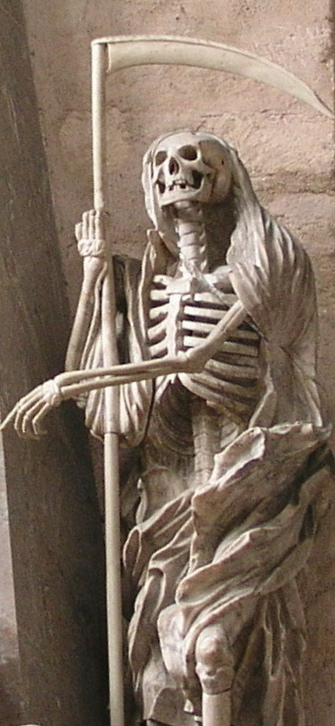
The Lieutenant sat beside the man with the walkie-talkie and stared at the ground between his feet.
The instrument began to crackle instructions and with a sigh as though he had been roused from sleep he got up.
There was an odd comradeliness about all their movements, as though they were equals engaged on a task they had performed together times out of mind.
Nobody waited to be told what to do.
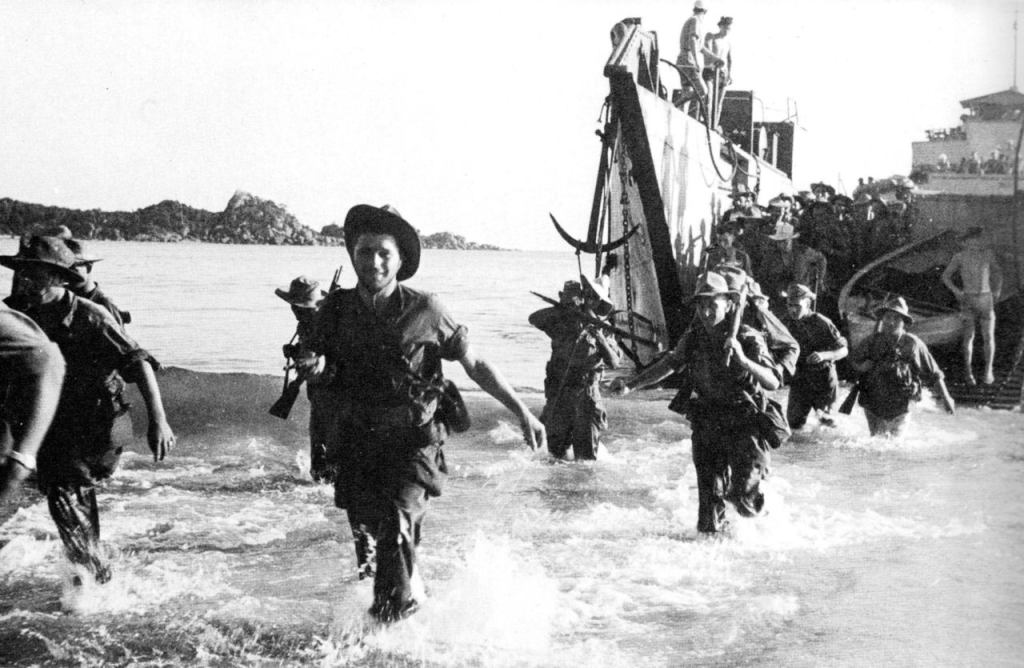
Two men made for the plank and tried to cross it, but they were unbalanced by the weight of their arms and had to sit astride and work their way across a few inches at a time.
Another man had found a punt hidden in some bushes down the canal and he worked it to where the Lieutenant stood.
Six of us got in and he began to pole it towards the other bank, but we ran on a shoal of bodies and stuck.
He pushed away with his pole, sinking it into this human clay, and one body was released and floated up all its length beside the boat like a bather lying in the sun.
Then we were free again, and once on the other side we scrambled out, with no backward look.

No shots had been fired:
We were alive:
Death had withdrawn, perhaps as far as the next canal.
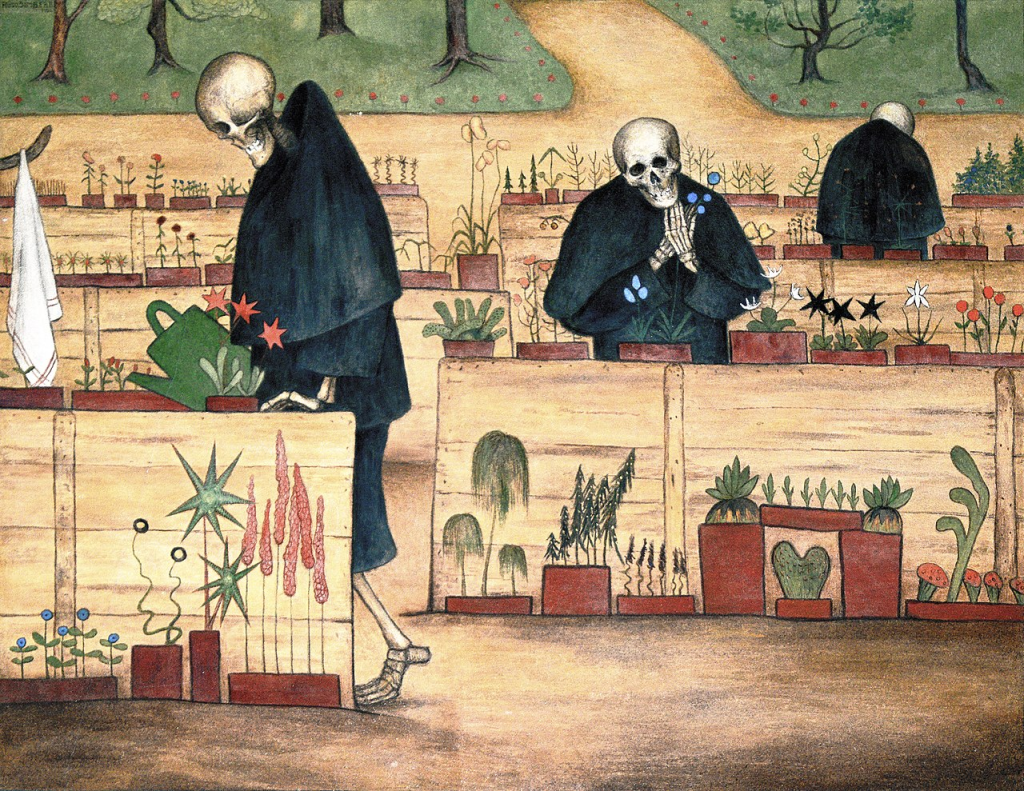
I heard somebody just behind me say with great seriousness:
“Gott sei dank.”
Except for the Lieutenant they were most of them Germans.

Beyond was a group of farm-buildings:
The Lieutenant went in first, bugging the wall, and we followed at six-foot intervals in single file.
Then the men, again without an order, scattered through the farm.

Life had deserted it – not so much as a hen had been left behind, though hanging on the walls of what had been the living room were two hideous oleographs of the Sacred Heart and the Mother and Child which gave the whole ramshackle group of buildings a European air.
One knew what these people believed even if one didn’t share their belief:
They were human beings, not just grey drained cadavers.

So much of war is sitting around and doing nothing, waiting for somebody else.
With no guarantee of the amount of time you have left it doesn’t seem worth starting even a train of thought.

Doing what they had done so often before, the sentries moved out.
Anything that stirred ahead of us now was enemy.
The Lieutenant marked his map and reported our position over the radio.
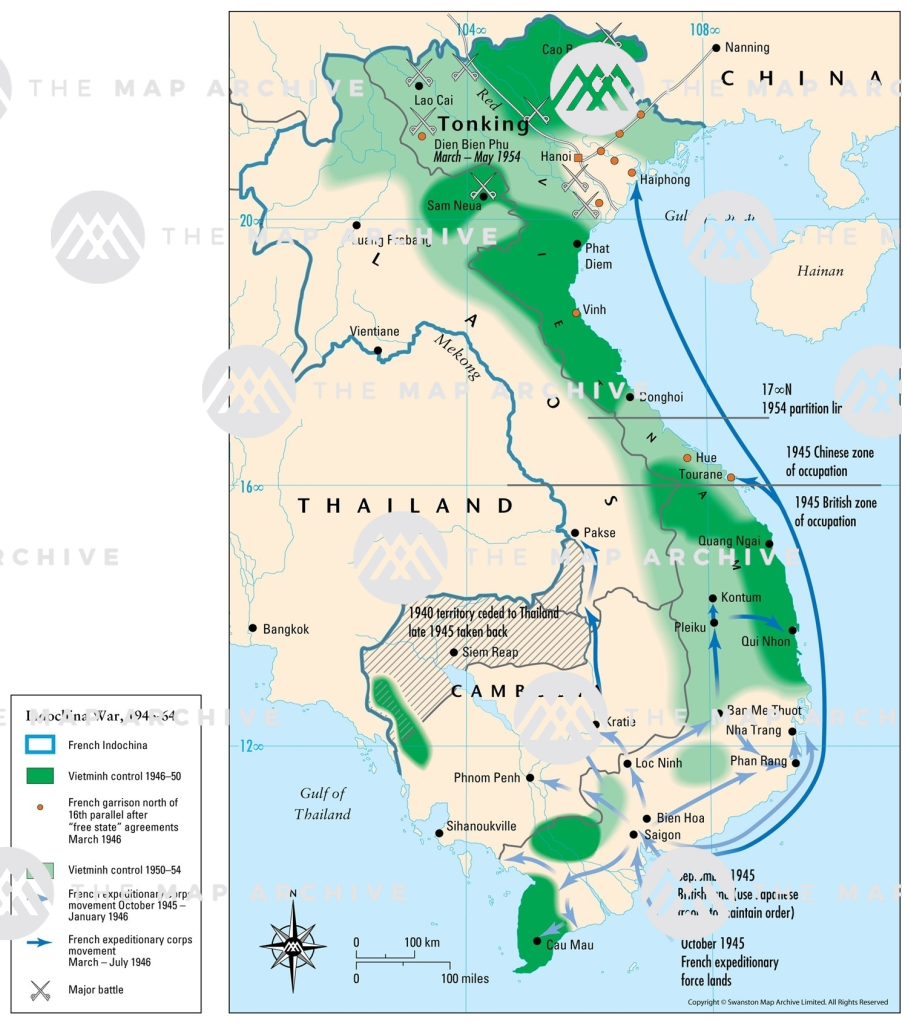
A noonday hush fell:
Even the mortars were quiet and the air was empty of planes.
One man doodled with a twig in the dirt of the farmyard.
After a while it was as if we had been forgotten by war.
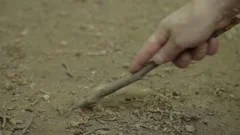
I hoped that Phuong had sent my suits to the cleaners.
A cold wind ruffled the straw of the yard, and a man went modestly behind a barn to relieve himself.
I tried to remember whether I had paid the British Consul in Hanoi for the bottle of whisky he had allowed me.
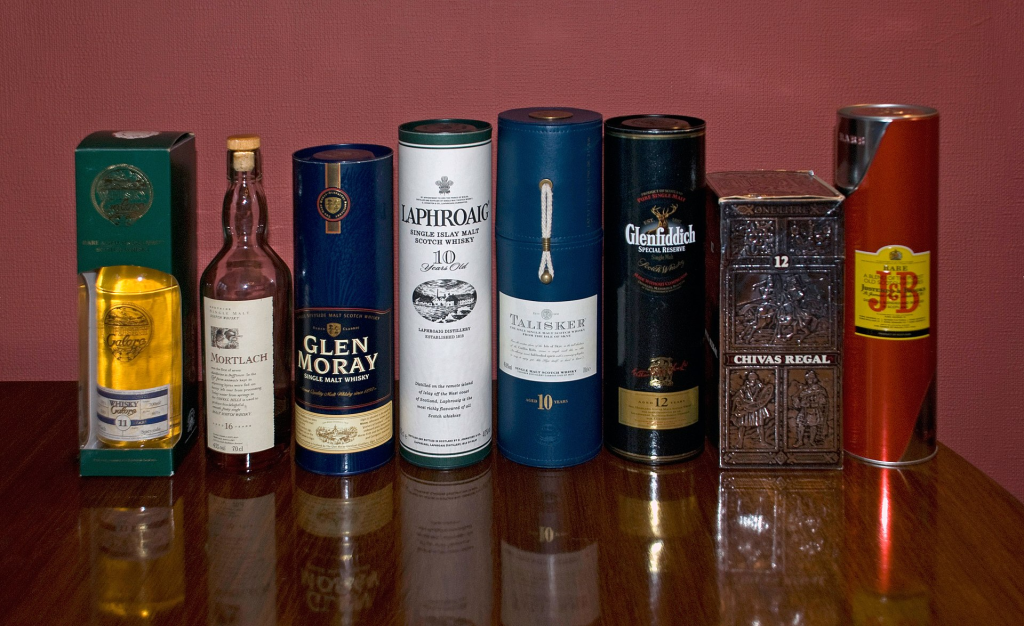
Two shots were fired to our front, and I thought:
‘This is it.
Now it comes.‘
It was all the warning I wanted.
I awaited, with a sense of exhilaration, the permanent thing.
But nothing happened.
Once again I had “over-prepared the event“.

Only long minutes afterwards one of the sentries entered and reported something to the Lieutenant.
I caught the phrase:
“Deux civils.“
The lieutenant said to me:
“We will go and see.”

Following the sentry, we picked our way along a muddy overgrown path between two fields.
Twenty yards beyond the farm buildings, in a narrow ditch, we came on what we sought:
A woman and a small boy.
They were very clearly dead:
A small neat clot of blood on the woman’s forehead.
The child might have been sleeping.
He was about six years old and he lay like an embryo in the womb with his little bony knees drawn up.
“Mal chance“, the lieutenant said.
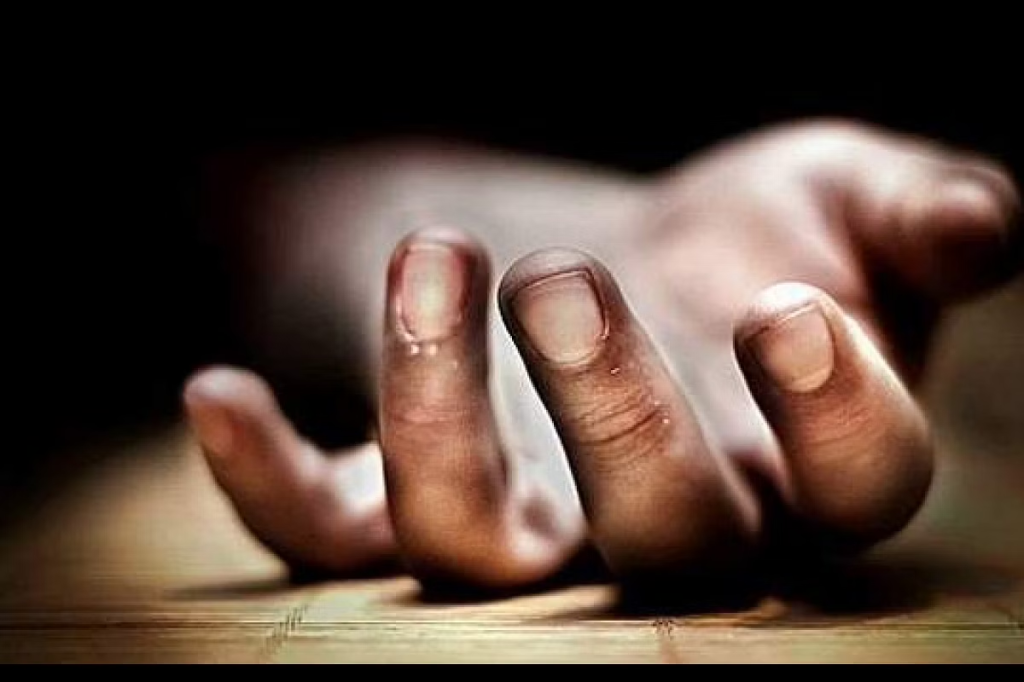
He bent down and turned the child over.
He was wearing a holy medal round his neck.
I said to myself:
‘The juju doesn’t work.‘
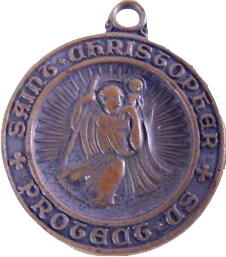
There was a gnawed piece of loaf under his body.
I thought:
‘I hate war.‘
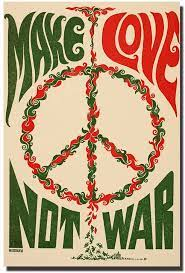
The lieutenant said, “Have you seen enough?“, speaking savagely, almost as though I had
been responsible for these deaths:
Perhaps to the soldier, the civilian is the man who employs him to kill, who includes the guilt of murder in the pay envelope and escapes responsibility.
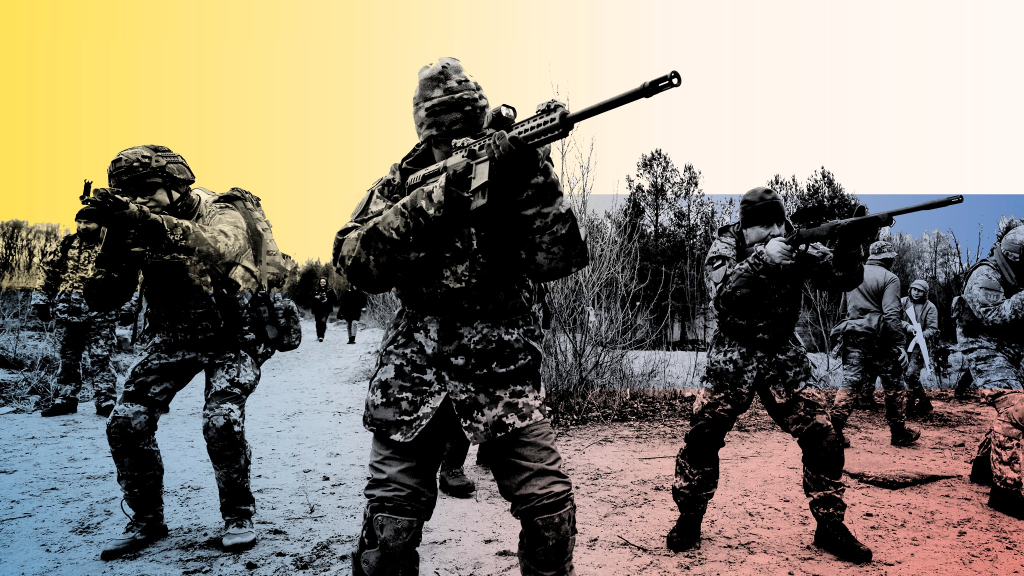
We walked back to the farm and sat down again in silence on the straw, out of the wind, which like an animal seemed to know that dark was coming.
The man who had doodled was relieving himself, and the man who had relieved himself was doodling.
I thought how in those moments of quiet, after the sentries had been posted, they must have believed it safe to move from the ditch.
I wondered whether they had lain there long – the bread had been very dry.
This farm was probably their home.

The radio was working again.
The lieutenant said wearily:
“They are going to bomb the village.
Patrols are called in for the night.”

We rose and began our journey back, punting again around the shoal of bodies, filing past the Church.
We hadn’t gone very far, and yet it seemed a long enough journey to have made with the killing of those two as the only result.
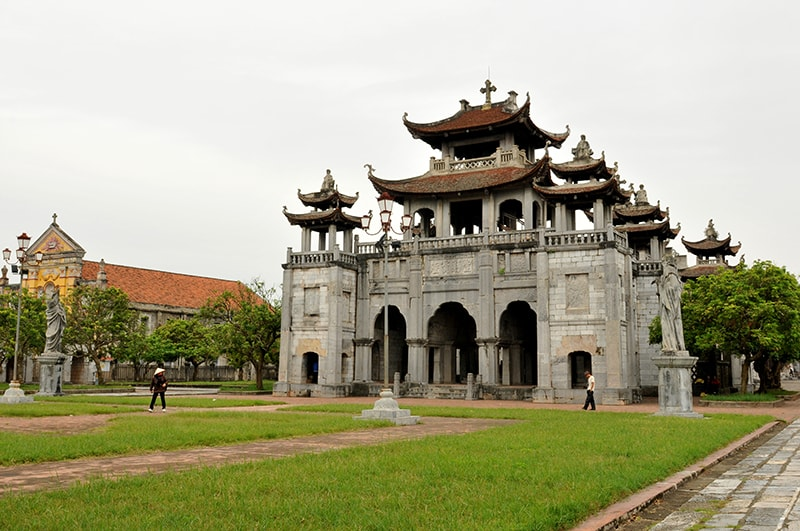
The planes had gone up.
Behind us, the bombing began.
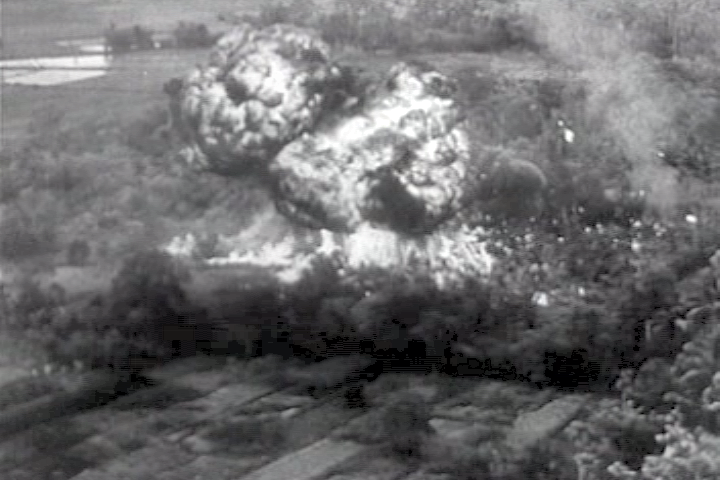
Dark had fallen by the time I reached the officers’ quarters, where I was spending the night.
The temperature was only a degree above zero.
The sole warmth anywhere was in the blazing market.
With one wall destroyed by a bazooka and the doors buckled, canvas curtains couldn’t shut out the draughts.
The electric dynamo was not working.
We had to build barricades of boxes and books to keep the candles burning.
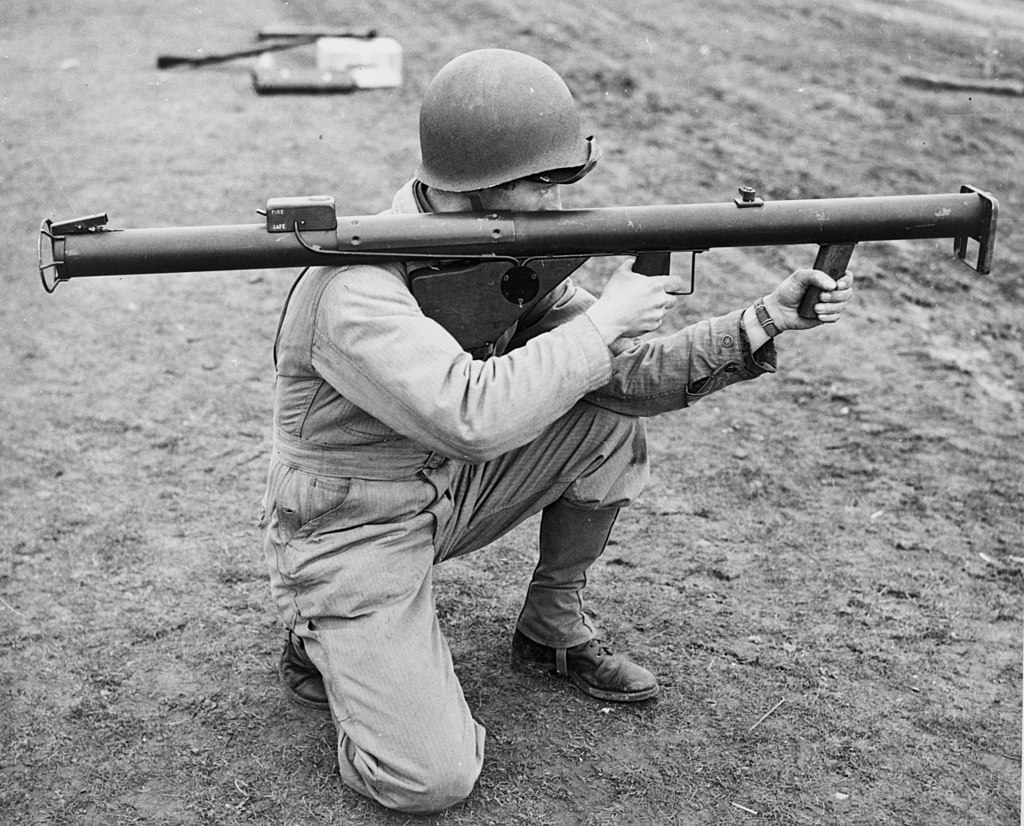
I played Quatre Vingt-et-un for Communist currency with a Captain Sorel:
It wasn’t possible to play for drinks as I was a guest of the mess.
The luck went wearisomely back and forth.

I opened my bottle of whisky to try to warm us a little.
The others gathered round.
The Colonel said:
“This is the first glass of whisky I have had since I left Paris.”
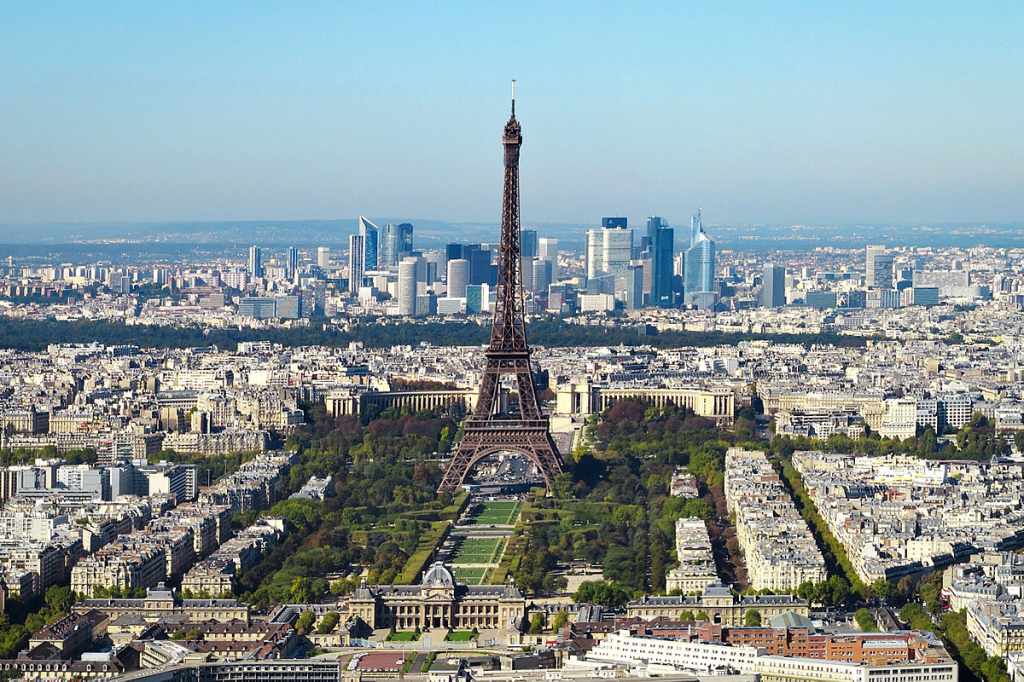
A lieutenant came in from his round of the sentries.
“Perhaps we shall have a quiet night,” he said.
“They will not attack before four.”, the Colonel said.
“Have you a gun?“, he asked me.
“No“
“I’ll find you one.
Better keep it on your pillow.”
He added courteously:
“I am afraid you will find your mattress rather hard.
And at three-thirty the mortar-fire will begin.
We try to break up any concentrations.”
“How long do you suppose this will go on?”
“Who knows?
We can’t spare any more troops from Nam Dinh.
This is just a diversion.
If we can hold out with no more help than we got two days ago, it is, one may say, a victory.“
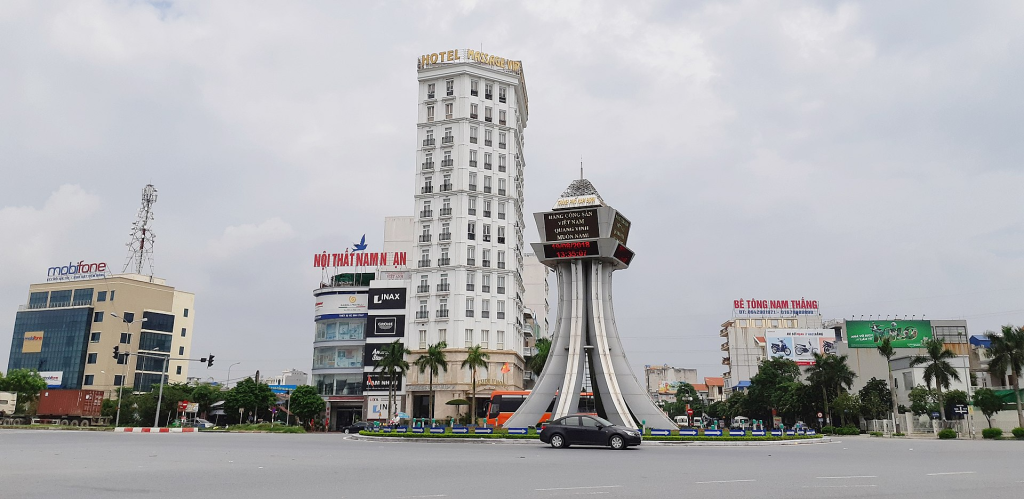
The wind was up again, prowling for an entry.
The canvas curtain sagged.
I was reminded of Polonius stabbed behind the arras.
The candle wavered.
The shadows were theatrical.

We might have been a company of barn stormers.
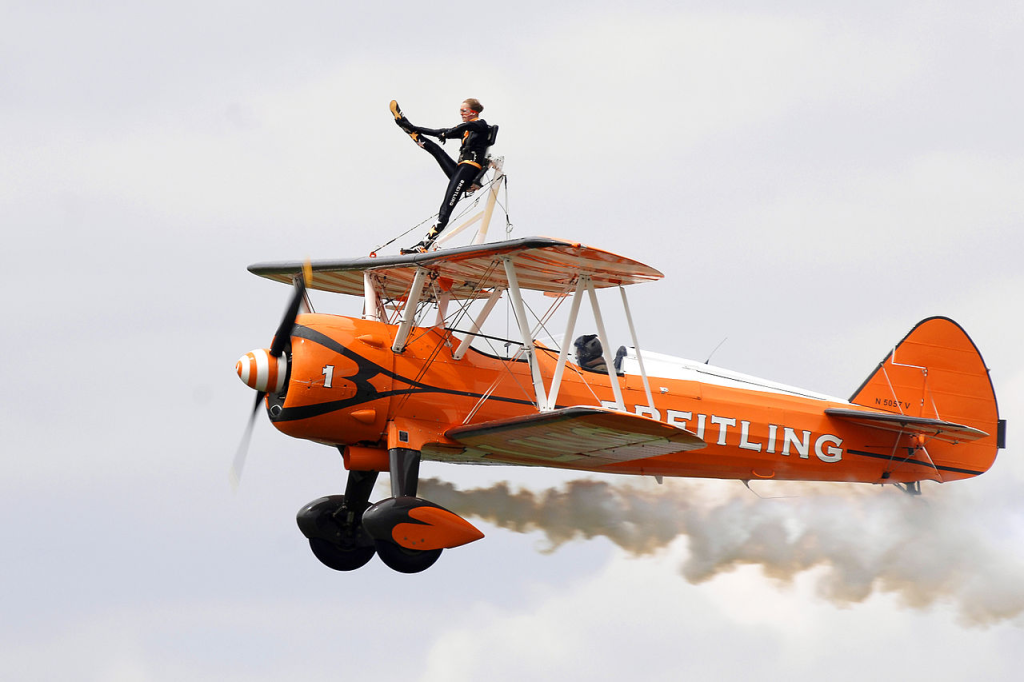
“Have your posts held?“
“As far as we know.”
He said with an effect of great tiredness:
“This is nothing, you understand, an affair of no importance compared with what is happening a hundred kilometres away at Hoa Binh.
That is a battle.”

“Another glass, Colonel?“
“Thank you, no.
It is wonderful, your English whisky, but it is better to keep a little for the night in case of need.

I think, if you will excuse me, I will get some sleep.
One cannot sleep after the mortars start.
Captain Sorel, you will see that Monsieur Fowler has everything he needs, a candle, matches, a revolver.”
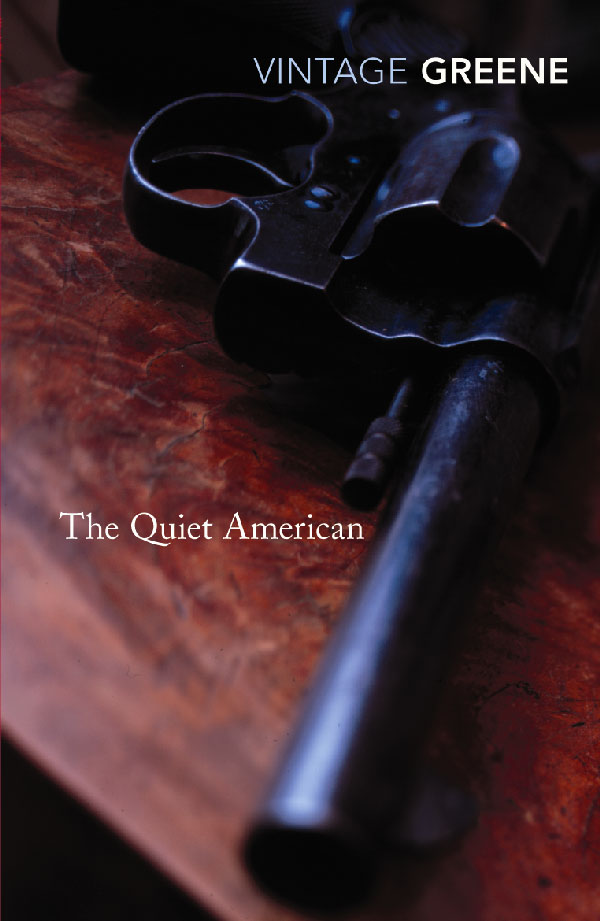
He went into his room.
It was the signal for all of us.
They had put a mattress on the floor for me in a small storeroom and I was surrounded by wooden cases.
I stayed awake only a very short time – hardness of the floors was like rest.
I wondered, but latently without jealousy, whether Phuong was at the flat.
The possession of a body tonight seemed a very small thing:
Perhaps that day I had seen too many bodies which belonged to no one, not even to themselves.
We were all expendable.

When I fell asleep I dreamed of Pyle.
He was dancing all by himself on a stage, stiffly, with his arms held out to an invisible partner, and I sat and watched him from a seat like a music stool with a gun in my hand in case anyone should interfere with his dance.
A programme set up by the stage, like the numbers in an English music-hall, read:
“The Dance of Love“.
Somebody moved at the back of the theatre and I held my gun tighter.
Then I woke.
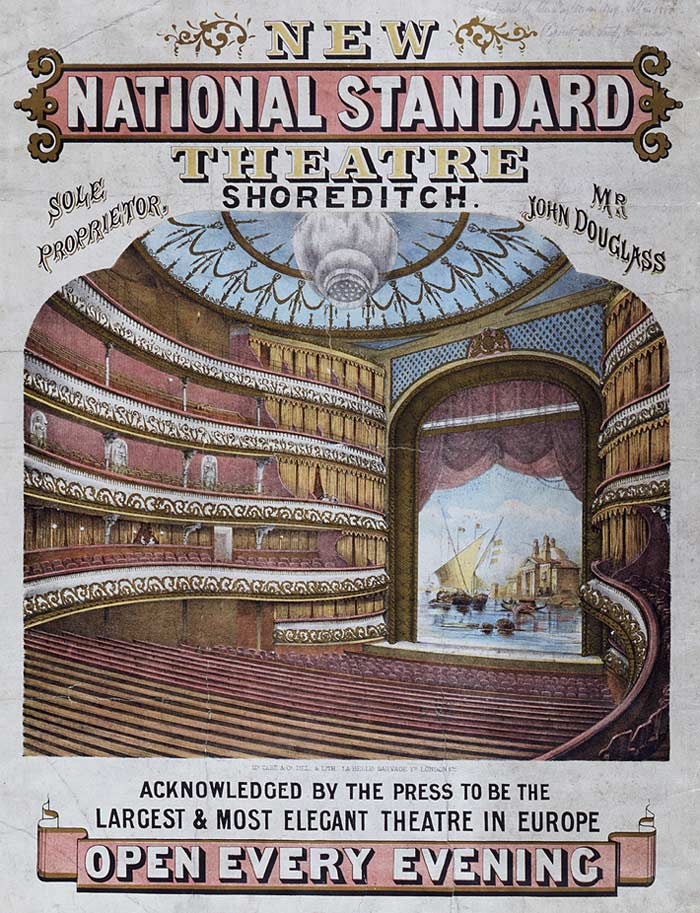
My hand was on the gun they had lent me.
A man stood in the doorway with a candle in his hand.
He wore a steel helmet which threw a shadow over his eyes.
It was only when he spoke that I knew he was Pyle.
He said shyly:
“I’m awfully sorry to wake you up.
They told me I could sleep in here.“
I was still not fully awake.
“Where did you get that helmet?“, I asked.
“Oh, somebody lent it to me,” he said vaguely.
He dragged in after him a military kitbag and began to pull out a wool-lined sleeping bag.
“You are very well equipped,” I said, trying to recollect why either of us should be here.
“This is the standard travelling kit,” he said, “of our medical aid teams.
They lent me one in Hanoi.”
He took out a thermos and a small spirit stove, a hair-brush, a shaving-set and a tin of rations.
I looked at my watch.
It was nearly three in the morning…..

Alden Pyle is the “quiet American” of the title.
A CIA agent working undercover, Pyle is thoughtful, soft-spoken, intellectual, serious, and idealistic.
He comes from a privileged East Coast background.
His father is a renowned professor of underwater erosion whose picture has appeared on the cover of Time magazine.
His mother is well respected in their community.
Pyle is a brilliant graduate of Harvard University.
He has studied theories of government and society, and is particularly devoted to a scholar named York Harding.
Harding‘s theory is that neither Communism nor colonialism is the answer in foreign lands like Vietnam, but rather a “Third Force“, usually a combination of traditions, works best.
Pyle has read Harding‘s numerous books many times and has adopted Harding’s thinking as his own.
Pyle also strives to be a member of this “Third Force“.
US military counter-insurgency expert Edward Lansdale, who was stationed in Vietnam from 1953 to 1957, is sometimes cited as a model for Pyle’s character.
In fact Greene did not meet Lansdale until after completing much of the novel.
According to Greene, the inspiration for the character of Pyle was Leo Hochstetter, an American serving as public affairs director for the Economic Aid Mission in Indochina who was assumed by the French to “belong to the CIA”, and lectured him on the “long drive back to Saigon on the necessity of finding a ‘third force in Vietnam.’”
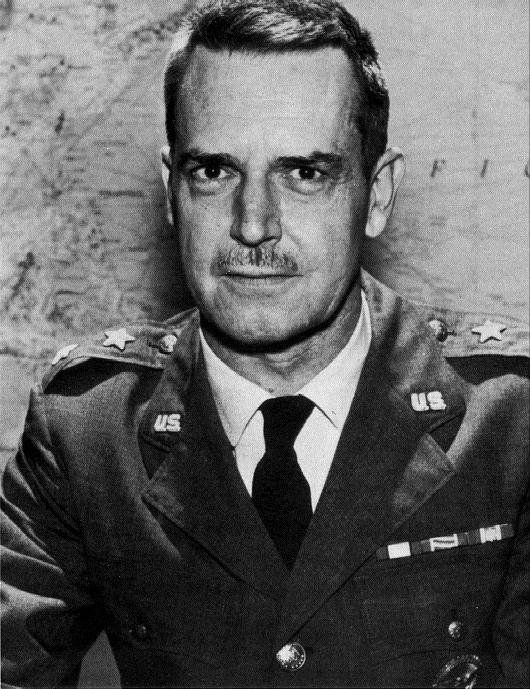
After successfully ending the left-wing Huk insurgency in the Philippines and building support for Magsaysay’s presidency, CIA director Allen Dulles instructed Lansdale to “do what you did in the Philippines in Vietnam“.


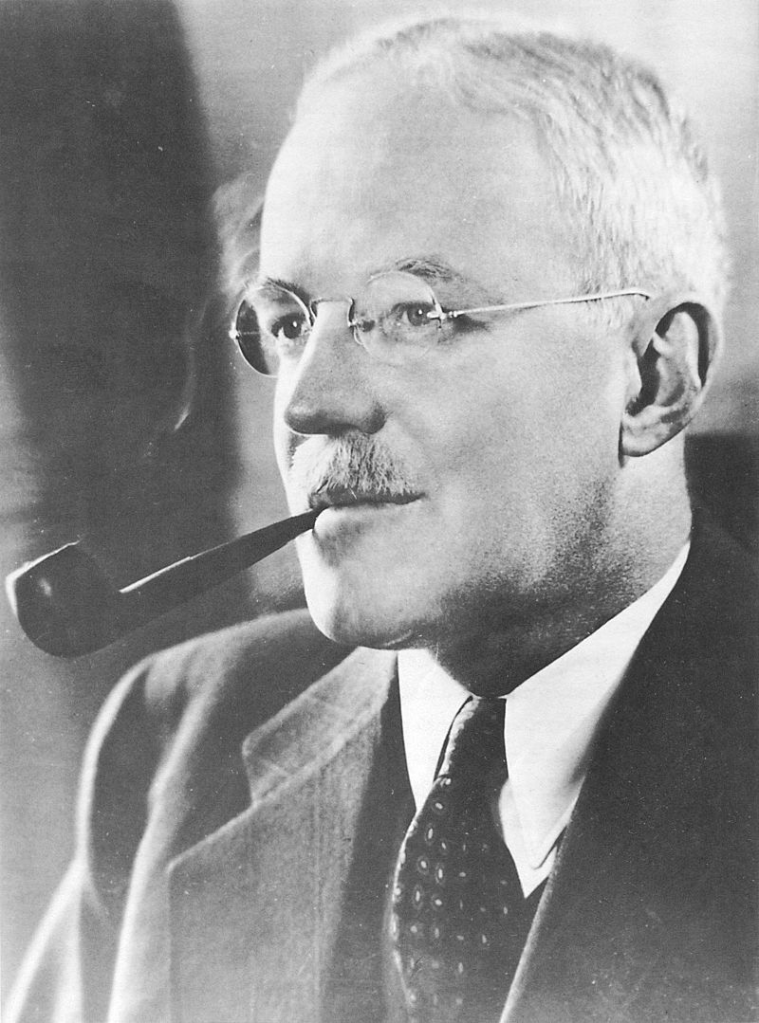
Lansdale had previously been a member of General John W. O’Daniel’s mission to Indochina in 1953, acting as an advisor to French forces on special counter-guerrilla operations against the Viet Minh.
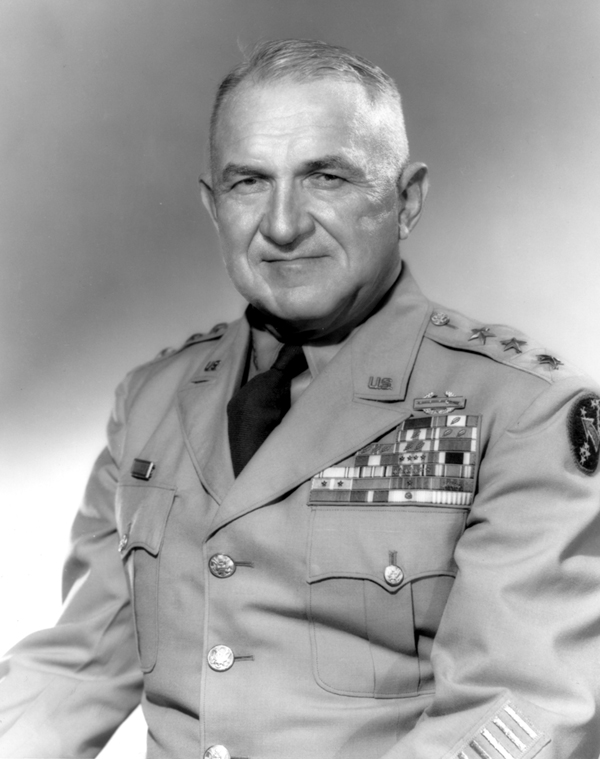
From 1954 to 1957, he was stationed in Saigon (HCMC) as the head of the Saigon Military Mission.
During this period, he was active in the training of the Vietnamese National Army (VNA), organizing the Caodaist militias under Trinh Minh Thé in an attempt to bolster the VNA, a propaganda campaign encouraging Vietnam’s Catholics to move to the south as part of Operation Passage to Freedom, and spreading claims that North Vietnamese agents were making attacks in South Vietnam.
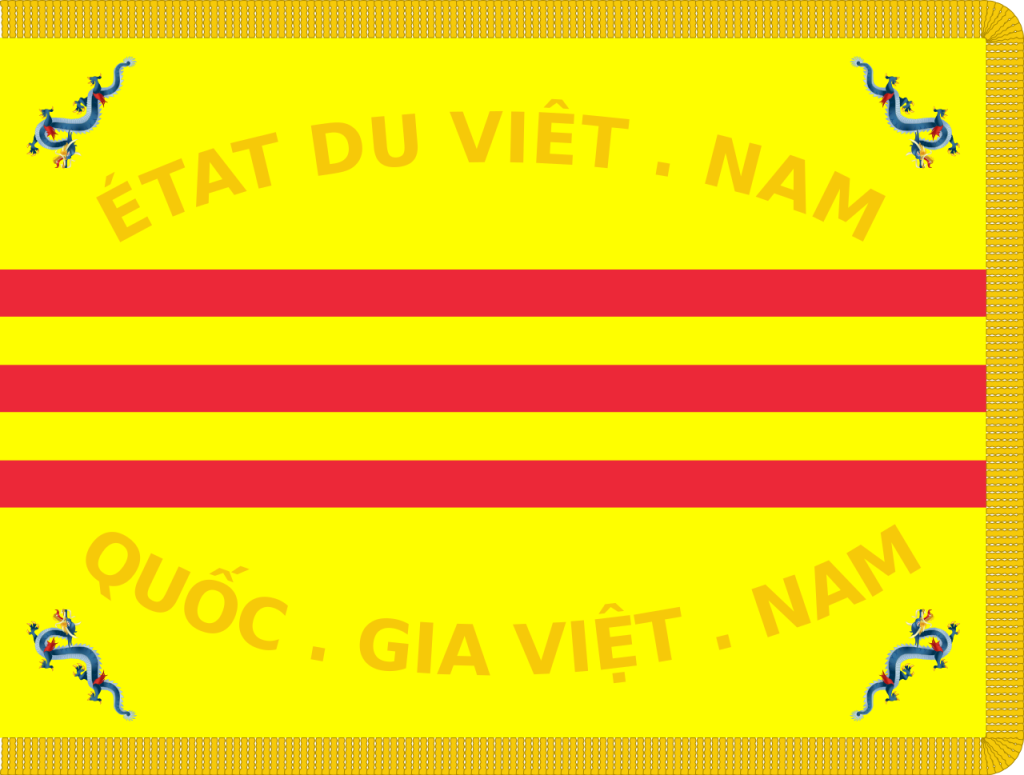
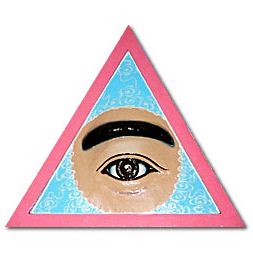

(Caodaism is a monotheistic, syncretic religious movement, officially established in the city of Tây Ninh in southern Vietnam in 1926.
The full name of the religion is Đại Đạo Tam Kỳ Phổ Độ (The Great Faith for the Third Universal Redemption).
Adherents engage in practices such as prayer, veneration of ancestors, nonviolence and vegetarianism, with the goal of unity with God and freedom from samsara (worldly concerns).
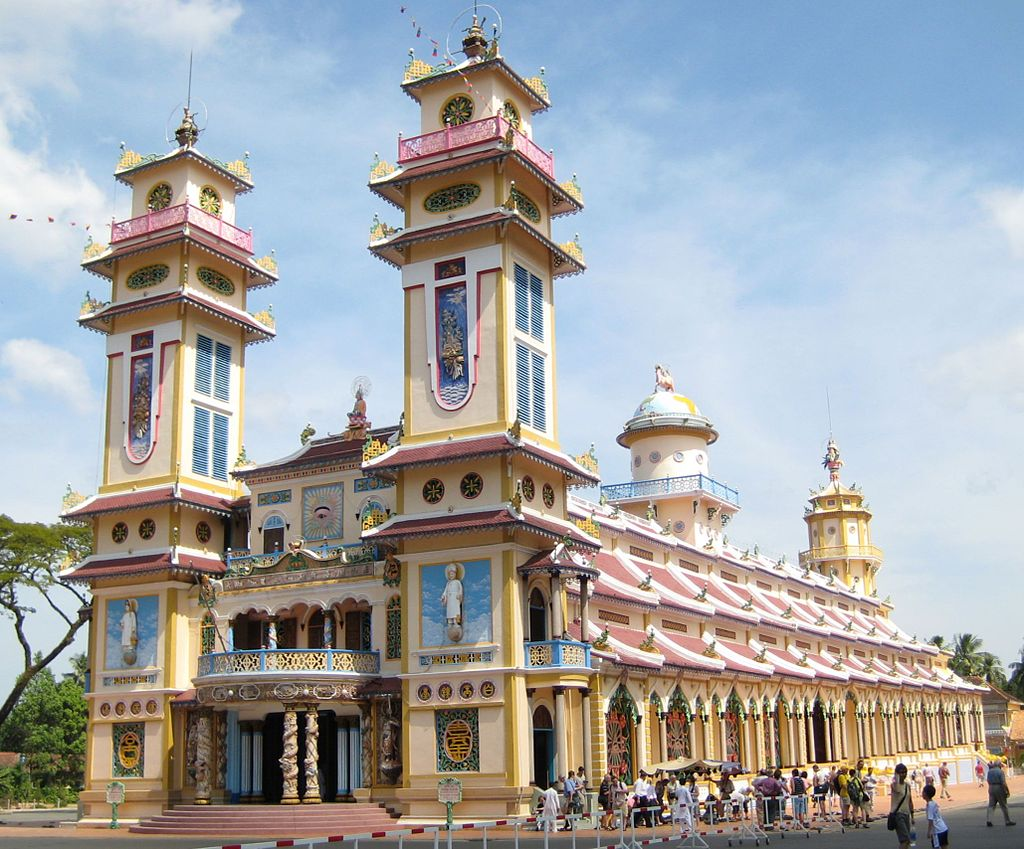
Estimates of the number of Caodaists in Vietnam vary:
Government figures estimate 4.4 million Caodaists affiliated to the Cao Đài Tây Ninh Holy See, with numbers rising up to 6 million if other branches are added.
However estimates vary.
The United Nations found about 2.5 million Cao Dai followers in Vietnam as of January 2015.
An additional number of adherents in the tens of thousands, primarily ethnic Vietnamese, live in North America, Cambodia, Europe and Australia as part of the Cao Dai diaspora.)

Operation Passage to Freedom changed the religious balance in Vietnam.
Before the War, the majority of Vietnamese Catholics lived in North Vietnam, but after the operation the South held the majority, 55% of which were refugees from the North.
Lansdale accomplished that by dropping leaflets in the Northern hamlets stating that “Christ has gone to the South” and other leaflets showing maps with concentric circles emanating from Hanoi suggesting an imminent nuclear bomb strike on the Northern capital.

“Go South to avoid Communism.”
“Southern compatriots are welcoming Northern brothers and sisters with open arms.“
On 30 June 1954, Bishop Tu, along with 143 priests and 80,000 Phat Diem parishioners, migrated to the South.
According to data from the book Vietnam History, Bishop Le Huu Tu emigrated with 119 priests who were in charge of 68 parishes, 46 major seminarians, and 145 minor seminarians.
At the end of June 1954, the wave of emigration from Phat Diem began.
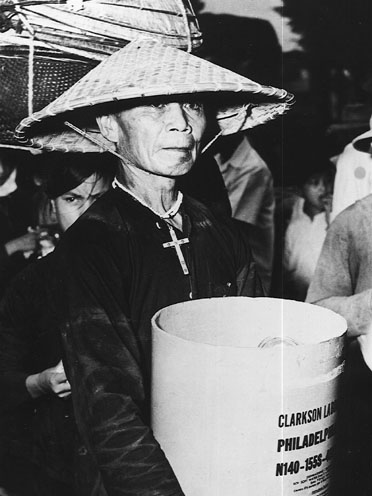
Catholics represented approximately 85% of the refugees in South Vietnam.
Bishop Le Huu Tu ordered the parishioners to gather in groups to support each other and let them settle in the areas of Binh Xuyen, Gia Kiem, Phuong Lam, Bao Loc, and Can Tho.
He built a minor seminary in Phu Nhuan, the Lovers of the Cross in Gô Vàp (a district of HCMC), right after he emigrated to continue his pastoral programs.
In the 1960s, Bishop Tu built Phat Diem retirement home in Go Vap and built a facility in Rome to create financial means to help Phat Diem Diocese.
In South Vietnam, Bishop Le Huu Tu assisted parishioners and priests in finding a place to settle down.
After the situation stabilized, he reopened religious activities.
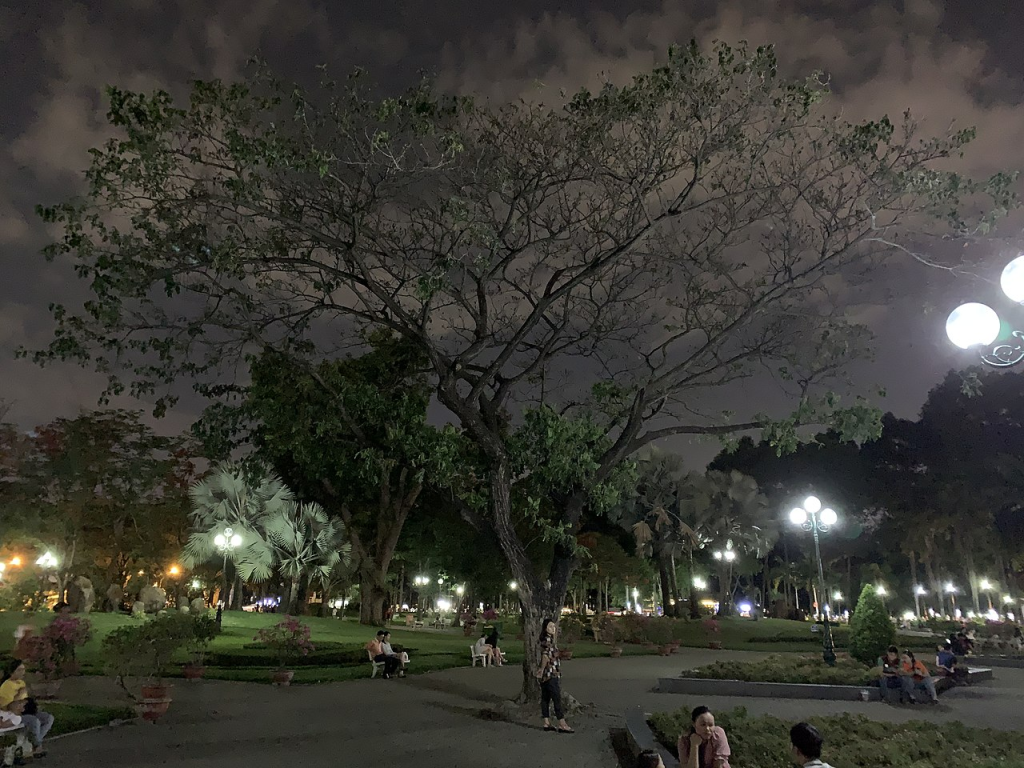
A few years later, Bishop Tu was appointed by the Southern Bishops Conference to be the Director of the newly established Catholic Center of Vietnam and as the General Chaplain of the Army of the Republic of Vietnam.
He also held the position of Director of Catholic Charities.
He held these positions briefly before joining the Second Vatican Council.
During his participation in the Council, he lived at Phat Diem headquarters in Rome, building and developing the facility that later became Foyer Phat Diem.
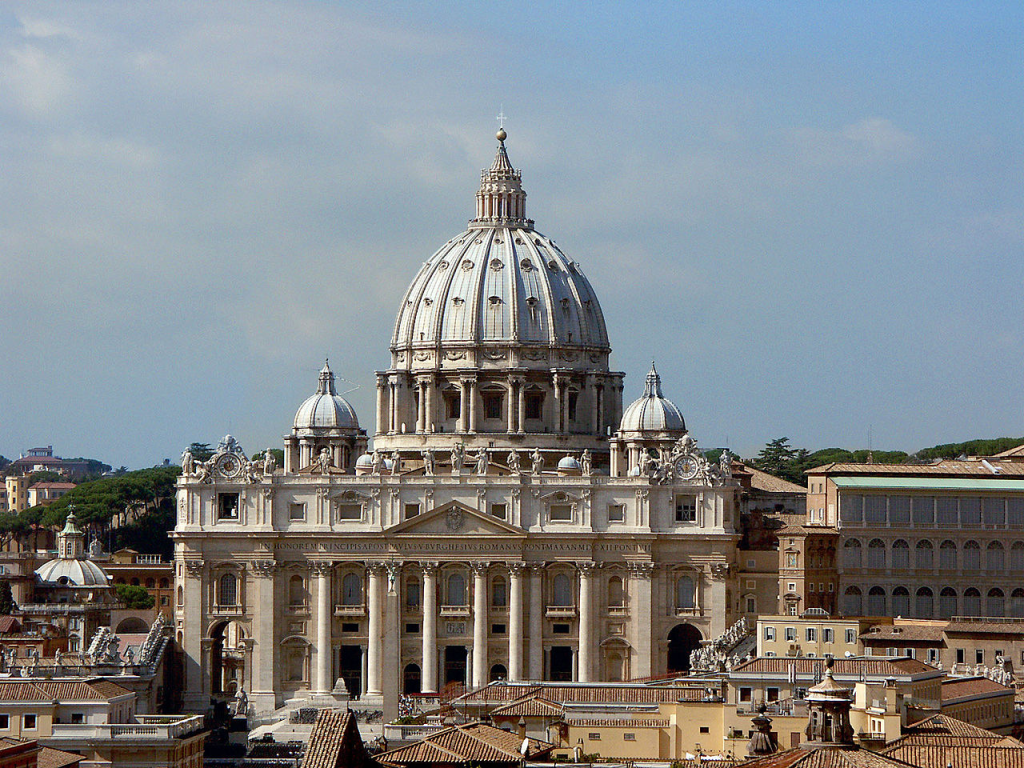
Bishop Le Huu Tu also went to France to visit Vietnamese Cistercian monks (L’Ordre de Cîteaux) and received news of cancer.
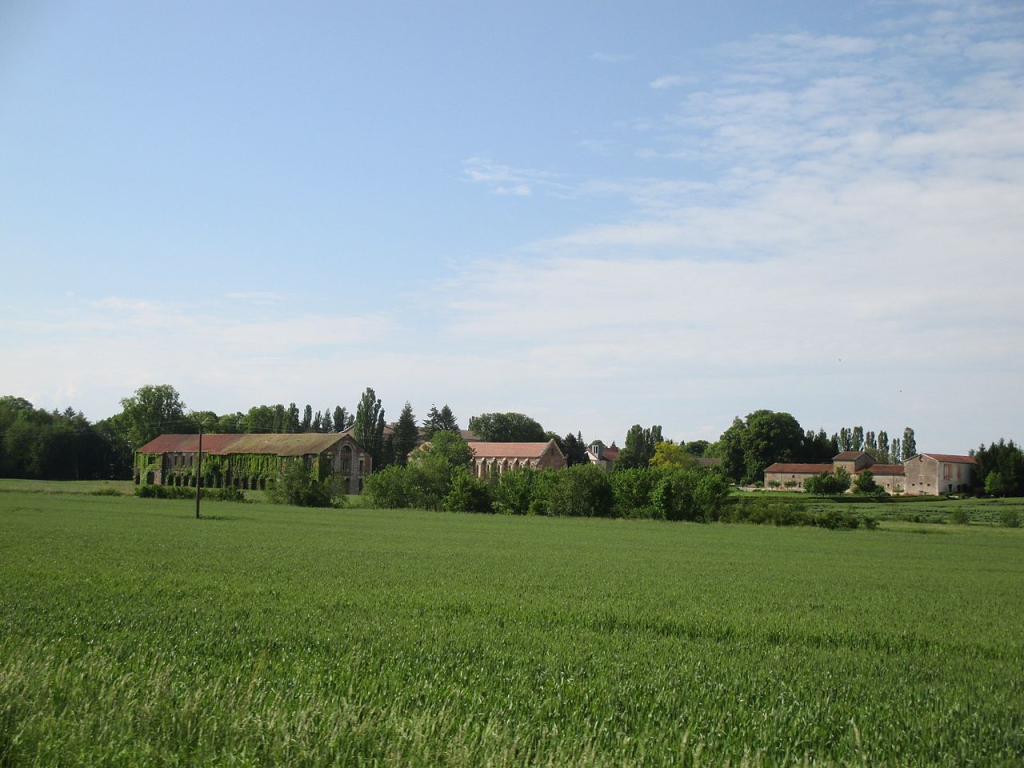
Due to poor health, he retired to Chau Son Don Duong Monastery, a branch of the Cistercian Order of Phuoc Son.
Then he went to retire at Phat Diem Nursing Home in Gô Vàp.

The Christmas festival at Phat Diem Cathedral is the biggest cultural event of Phat Diem Diocese parishioners as well as Kim Son people.
About half a month before the festival, Phat Diem’s parishioners begin to prepare for the most important day of the year for the followers.
They spend their time on redecorating the Church for the upcoming holiday.
Christmas Eve takes place in cold weather.
The Bishop’s Palace of Phat Diem shimmers with colourful lights.
The system of caves, pine trees, and luminescent stars create a unique and magnificent space.
On the church grounds, Catholics prepare to attend Mass at the Cathedral.
The Christmas ceremony in Phat Diem includes a vigil in front of the cave and Mass.
At the end of the ceremony is a procession of flowers and a statue of the Child Jesus.
The procession is conducted in a respectful and sacred manner.
The meaning of this ritual is to receive the Lord into the hearts of the people.
After this ceremony, the statue of God is brought inside the cave for parishioners to worship.
On the front stage between the communal house and the lake is the place where Christmas carols are performed to serve the people and visitors.
At the end of the Christmas carol program, it is time to go inside the Cathedral.
Everyone prays together for a peaceful life, for peaceful and happy people.
Christmas Day is an opportunity to give gifts to each other.
This is also an opportunity for parishioners to do charitable works, such as giving gifts to the poor, the homeless.
Children eagerly wait for the arrival of Santa Claus.
Family and friends invite each other to home parties.
During this Christmas time, Kim Son District Police coordinate with the Management Board of the Phat Diem Church to plan transportation, accommodation, and parking areas, and to place signposts to guide and separate traffic within the town.
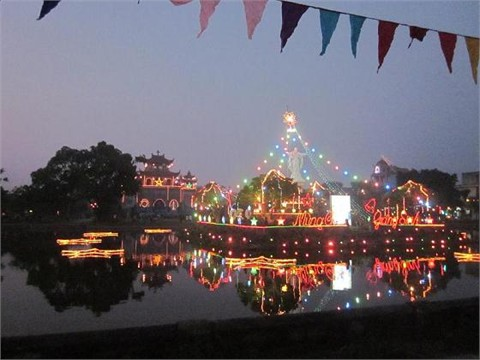
There are moments when the traveller begins to question what the point of all the travelling has been.
As Heidi‘s scribe, there are certain moments in which I question the value of travel writing.
I know that it is important for the traveller to eventually return to where they came from, to write and try to capture the experience of being an outsider in an unfamiliar place, a stranger in a strange land.
Much of travel writing is soulless, transactional, with lists and charts and “if you go” advice.
Yet, at its most ideal, at its most powerful, the worth of the genre lies in exploring the tensions of our interior journey versus our exterior itinerary, in examining our expectations and hopes and biases of a destination versus the reality of what we found, in measuring the person we are at home versus the person we become abroad.

When I write the account of Heidi‘s journeys or my own, it is nearly impossible to convey the truth of the experience.
Some folks say that we are running out of places to go, that there are very few undiscovered places left in the world.
I disagree.

Each moment in time is a new discovery, each person’s experience lends significance to a place.
Part of the education of travel lies in seeing things with fresh and ignorant eyes – and in being wrong.
Which is why is it important to check in with the thoughts of the traveller from time to time, to retrace the journeys through the merest memories that remain vivid in the mind, to ask questions of where one has gone before.
Travel teaches that the things of the world are only ever temporary, as temporary and transient as the life of the traveller.
But perhaps the well-chosen word, the well-received account, can make an experience feel eternal, permanent, a fundamental fixture of the nature of existence.
To travel, to interact with and witness the world.
Life is a highway.
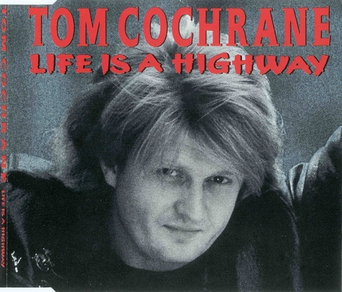
The world is a strange place, but no stranger than the stranger who explores it.
For the traveller knows that they may never walk this way again, and even if we do, the journey will never be precisely the same as the journey previous.
Travel is only ever about a moment in time and space, but it is also about how we choose to hold that moment in our memories.
Travel is both past and present, eternal and ephemeral, monumental and momentary.
How you travel, never mind what for, depends on who you are, the resources you have access to, what you look like, and how the world perceives your presence in it.
Travel is not the same for all of us.

The words I write of Heidi‘s experiences are far removed from the thoughts and feelings she may have felt, may continue to feel, when the mind’s eye recalls the places she has seen.
I can only imagine the interior universe she inhabits, so alien from my own, so separate from each other in terms of age, gender, personal histories, time and distance.
We speak of a common humanity, and yet each of us maintains a visceral defensiveness, a protective suspiciousness that individual identity demands.
Pleasure and discomfort exist simultaneously, but the latter is ignored in favour of the former.
The Vietnam I share with you is not necessarily the ‘Nam she knew.
I will never have a camera inside her head nor a record of the thoughts her mind produces nor a register of the feelings her heart generates.

Can a man ever understand the complexity of Woman, so torn between the animal hedonistic emotional and the calculating multitasking computer practical?

So I write what I read and I make educated guesses of what a person might feel in situations that present themselves.
Did Heidi travel to Phat Diem?
I don’t know for sure.

Perhaps Heidi herself no longer remembers, for she has travelled so much and so far that the memory of the cathedral of Phat Diem may have become lost in the tangible tangle of thoughts of the temples of Thailand, the mosques of Morocco, the beaches of the Middle East and Mexico, and adventures in Central and South America that followed.
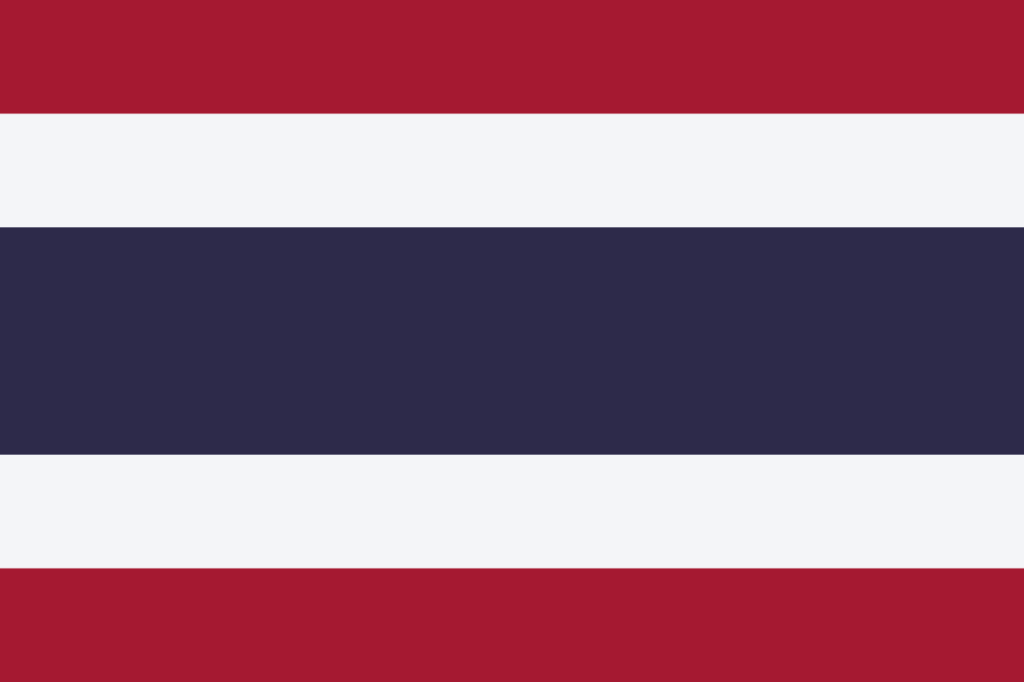
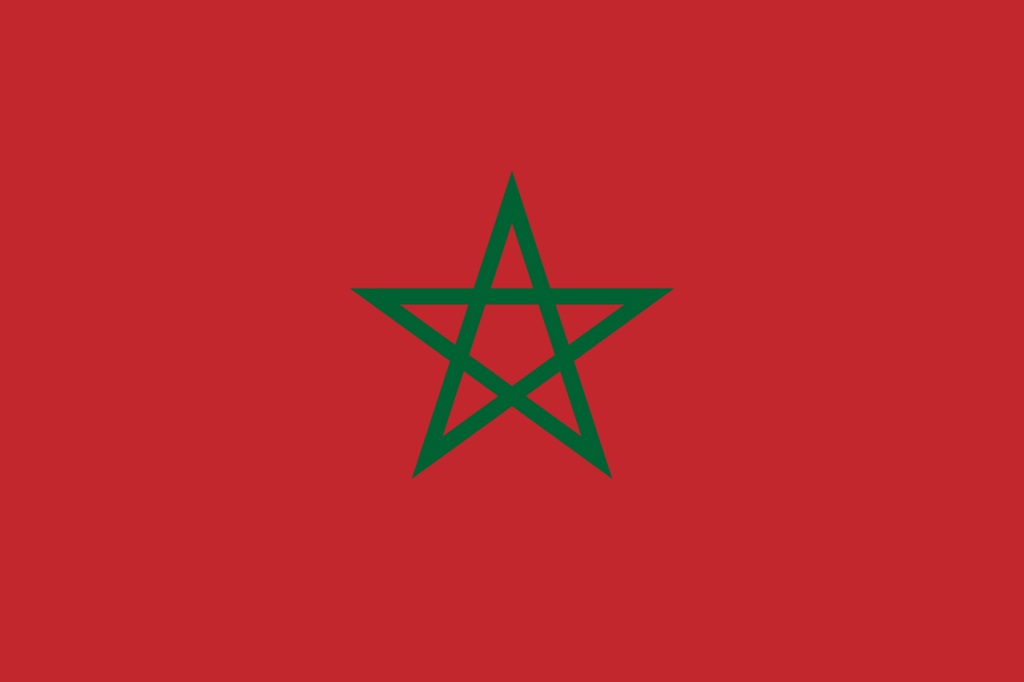
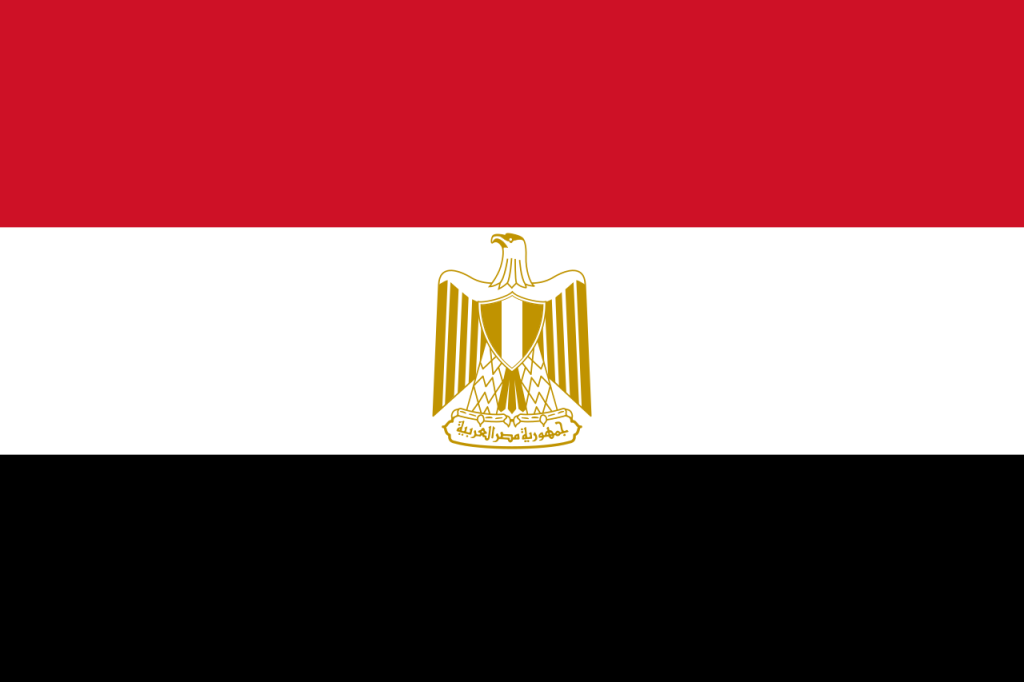



I know of the starts and stops of her Pilgrim’s Progress, but I know not the method nor madness of the meandering between them.
I can only guess, and hope, that places that caught my eye in my research also caught her eye in her travels.
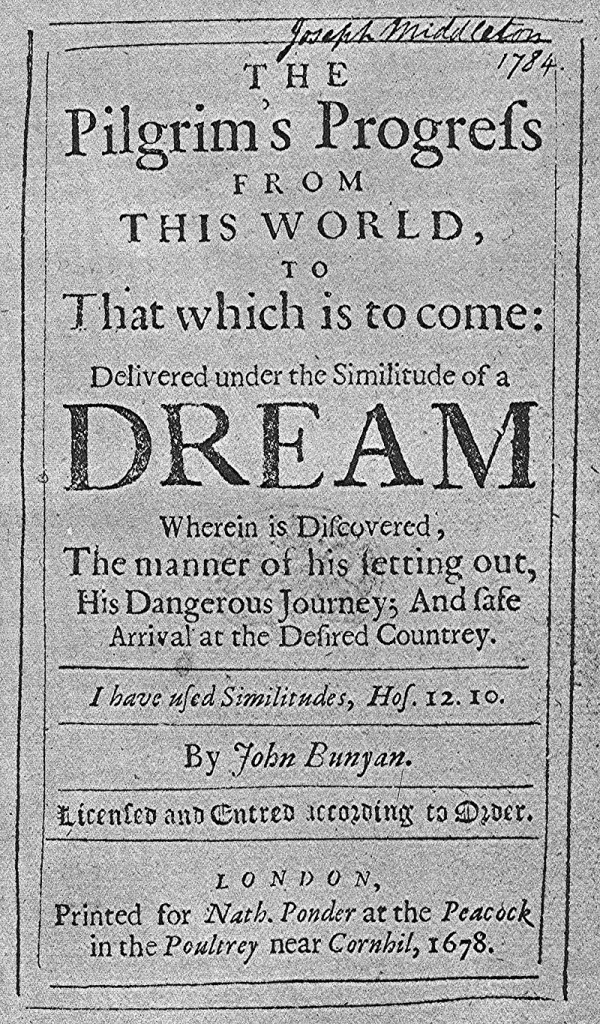
Phat Diem, to me, seems simultaneously a symbol of both the worst and the best of humanity, its ugliness and its beauty.
I know not if Heidi, had she visited Phat Diem, knew all, of which I have written, about the place during her sojourn there.
She is a well-educated woman, well-travelled, well-read, well-seasoned.
But did she know of Father Six and Monseigneur Tu and Graham Greene?
Would this have mattered to her if she had?
Would a woman view a landscape, as Nguyen Cong Tru saw Phat Diem, as resembling the form of another naked woman?
Doubtful.
Certainly I don’t know the history and personalities of all the places I have visited.
Certainly I don’t see phallic symbology in tall buildings nor vaginal valleys in the volume of canyons.
Perhaps we assign significance and beauty where we wish to see it, much like the intimate partner is given a glory of body and spirit that they may not actually possess.
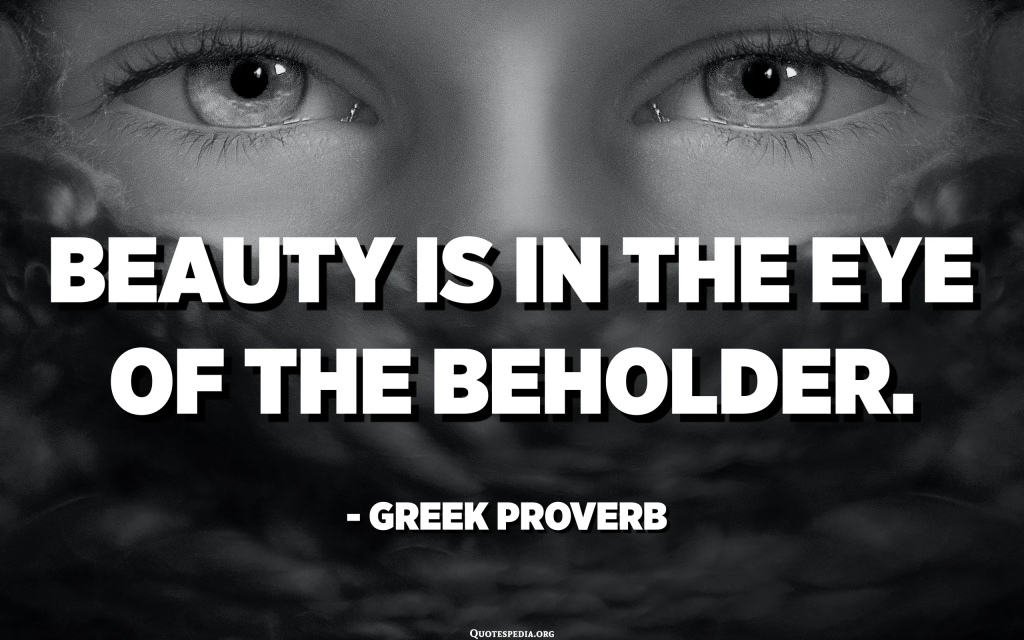
Continue south down the coast.
Thanh Hóa is the capital and historical centre of politics, economy, culture, education and entertainment of Thanh Hóa Province.
The city is situated in the east of the province on the Ma River (Sông Mã), about 150 kilometers (93 miles) south of Hanoi and 1,560 kilometers (969 miles) north of Ho Chi Minh City (HCMC).
Thanh Hóa is located in centre of a plain with many scattered rocky mountains surrounding the city.
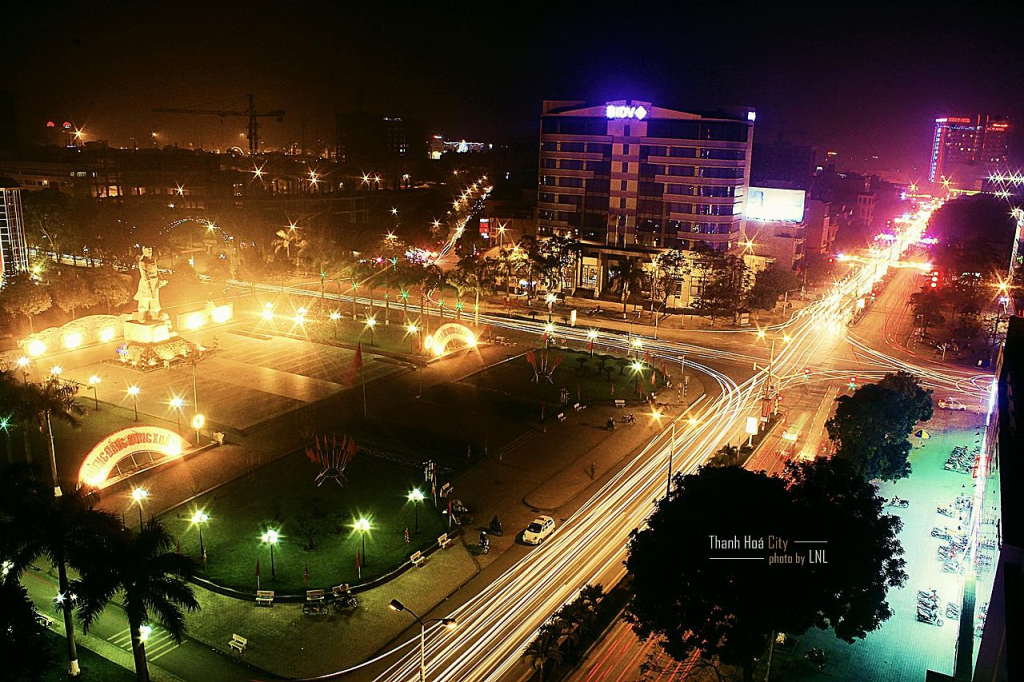
There are two main mountains: Hàm Rồng and Mật Sơn.
Hàm Rồng Mountain begins in Thiệu Dương commune, which is about 8 km from the city centre, along the right bank of the Ma River to Hàm Rồng Thanh Hóa Bridge pier.
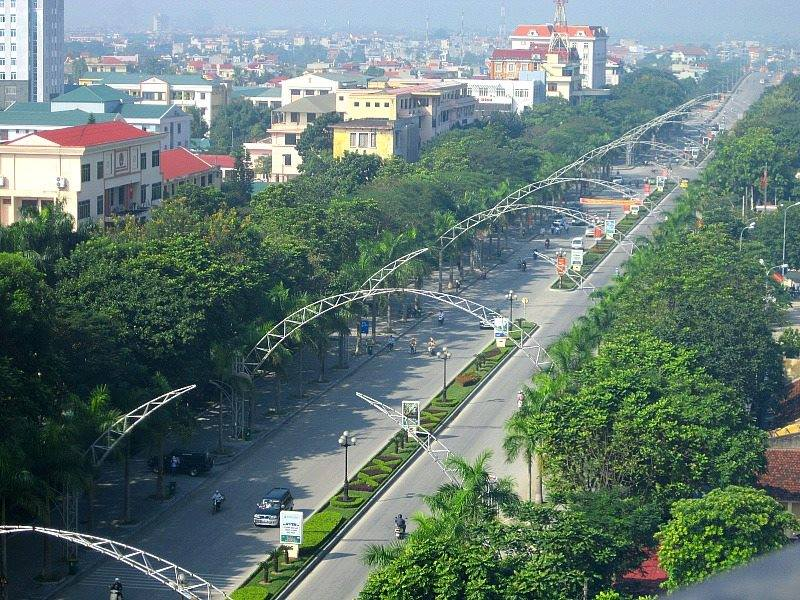
The Thanh Hóa Bridge, spanning the Song Ma River, is situated 3 miles (4.8 km) northeast of Thanh Hóa.
The Vietnamese gave it the nickname Hàm Rồng (Dragon’s Jaw).
In 1965 during the Vietnam War, it was the objective of many attacks by US Air Force and US Navy aircraft which would fail to destroy the bridge until 1972, even after hundreds of attacks.
The bridge was restored in 1973.
As of 2016, the bridge still stands.
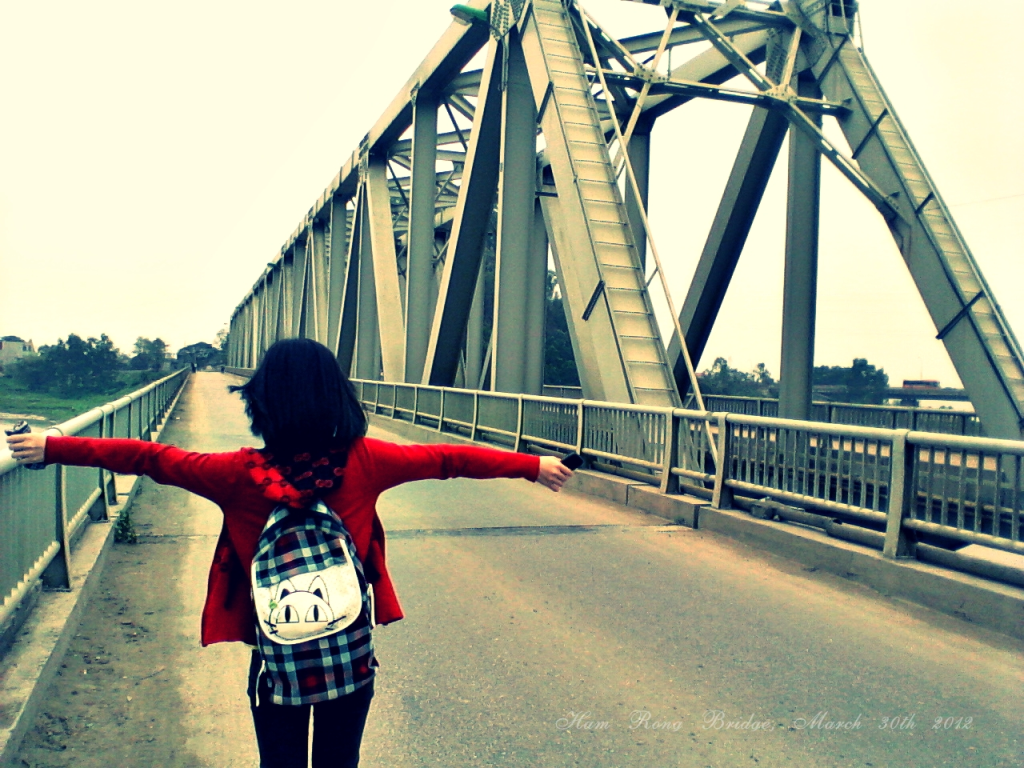
Originally built by the French during the colonial era in Vietnam, the Thanh Hóa bridge was sabotaged by the Viet Minh in 1945.
From 1957, the Vietnamese started rebuilding it.
Allowing the passage of both road and rail traffic, it was a vital link between different regions of North Vietnam, and when the War started, became a strategic passage for supplies and reinforcements sent to the Viet Cong fighting in South Vietnam.
In their first air combat, a small force of seemingly mismatched MiG-17s inflicted significant losses on much larger and more advanced American F-105 Thunderchief at a cost of three of their own, with an F-100 Super Sabre claiming the first probable American kill of the conflict.
The encounter led to significant changes in American tactics and training, and a return to dog-fighting in air combat doctrine.
Eventually, in 1972, the bridge was destroyed by USAF F-4 Phantoms using laser-guided bombs and US Navy Vought A-7s with advanced and conventional bombs.

Ham Rông Mountain has 99 peaks and was a defensive entrenchment against the air attacks of Operation Rolling Thunder.

Operation Rolling Thunder was the title of a gradual and sustained aerial bombardment campaign conducted by the US Second Air Division, the US Navy, and the Republic of (South) Vietnam Air Force (RVNAF) against the Democratic Republic of (North) Vietnam from 2 March 1965 until 2 November 1968, during the Vietnam War.
The four objectives of the operation (which evolved over time) were:
- to boost the sagging morale of the Saigon regime in South Vietnam
- to persuade North Vietnam to cease its support for the Communist insurgency in South Vietnam without sending ground forces into Communist North Vietnam
- to destroy North Vietnam’s transportation system, industrial base, and air defenses
- to halt the flow of men and materials into South Vietnam.
Attainment of these objectives was made difficult by both the restraints imposed upon the US and its allies by Cold War (1947 – 1991) exigencies, and by the military aid and assistance received by North Vietnam from its Communist allies, the Soviet Union, the People’s Republic of China and North Korea.
The operation became the most intense air/ground battle waged during the Cold War period.
It was the most difficult such campaign fought by the US since the aerial bombardment of Germany during World War II. Supported by its Communist allies, North Vietnam fielded a potent mixture of MiG fighter-interceptor jets and sophisticated air-to-air and surface-to-air weapons that created one of the most effective air defences ever faced by American military aviators.
This led to the cancellation of Operation Rolling Thunder in 1968.
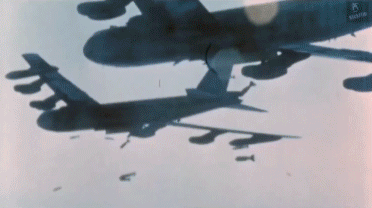
The Ma River is the longest river flowing through the city, meandering around Ham Rong Mountain before flowing into the Southeast Asian Sea.
According to legend, the river water flows fast and powerful like a galloping horse, so is named Ma River.
The river is the subject of the poem Tay Tien by poet Quang Dung (‘Sông Mã is far away, Tay Tien‘).
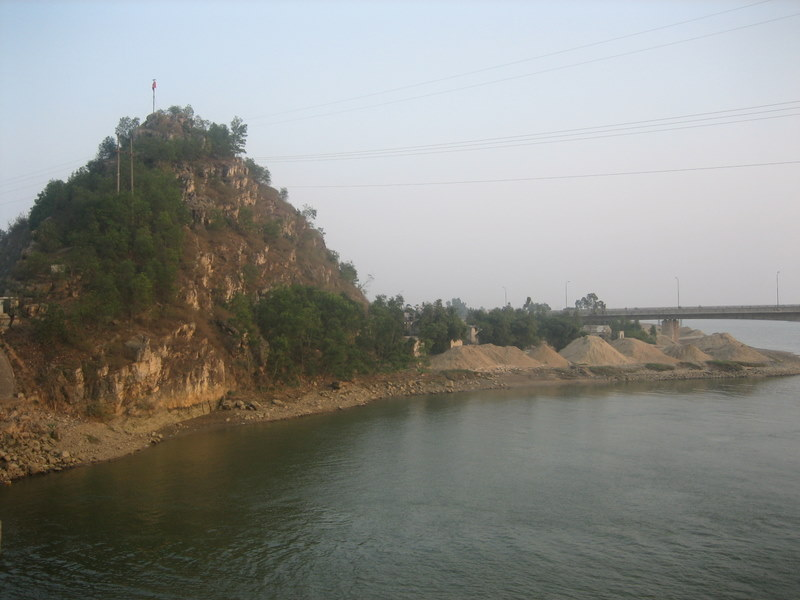
Quang Dung (né Bui Dinh Diem) (1921 – 1988 ) was a Vietnamese painter, musician and poet, the author of a number of famous poems.
He belongs to the generation of northern poets who grew up and became famous after the August Revolution (1945).
His poem “Tay Tien” was loved by many people, was published and widely disseminated, and was loved by many people even in the South at that time.
Although famous, he liked to live frugally and did not like to show off his name to anyone.
When he received offers from the rich to compose poetry, he refused and said:
“Literature is so cheap?“
His poem Tay Tien, with its bold heroic, tragic and romantic character, was chosen to be taught in the high school curriculum.
Some of his poems have been set to music, such as Tay Tien, Eyes of the Son Tay people, Ke stay, and especially the poem Can’t be titled have been set by four different musicians to music.
Typical works are:
- Poems of the Red River (1956)
- Que Huong Sea Forest (1957)
- May Dau O (1986)
- the short story Rice Flower Season (1950)
- Memoirs of the Village of Battle Hill (1976)

Ma River is far away, Tay Tien!
Remember the mountains, remember to play with Sai Khao
Fog covered the tired army, Muong Lat
Flowers come in the night slightly,
Steeping up a steep bend,
Pigs smoke alcohol, guns smell the sky.
A thousand feet up, a thousand feet down,
Whose house is Pha Luong
It rains far away.
My sloppy friend doesn’t walk anymore,
Fall on the gun and forget about life!
In the afternoon, the majestic waterfall roared,
Muong Hich, the night and night tigers tease people.
Remember, Tay Tien, rice is on fire,
Mai Chau, the season I smell sticky sticky rice.
The camp was lit up with torches,
Behold, I’ve never worn my shirt.
The sound of the flute is manifold, she is shy,
Music about Vientiane builds poetic soul.
People go to Chau Moc that foggy afternoon,
Do you see the soul cleaning the shore?
Do you remember the figure on the single tree,
Drifting flood waters swaying flowers?
Tay Tien, the army does not grow hair,
The green army is fierce.
Staring eyes send dreams across the border,
Dreaming of Hanoi’s beautiful, fragrant night.
Scattered across the borders of distant lands,
Go to the battlefield without regretting the green life.
Ao dai changed mats, he returned to the land,
The Ma River roared a solo song.
Tay Tien who went without an appointment,
The way to the abyss is a split embryo.
Who went to Tay Tien that spring,
The soul of Sam Nua did not return.
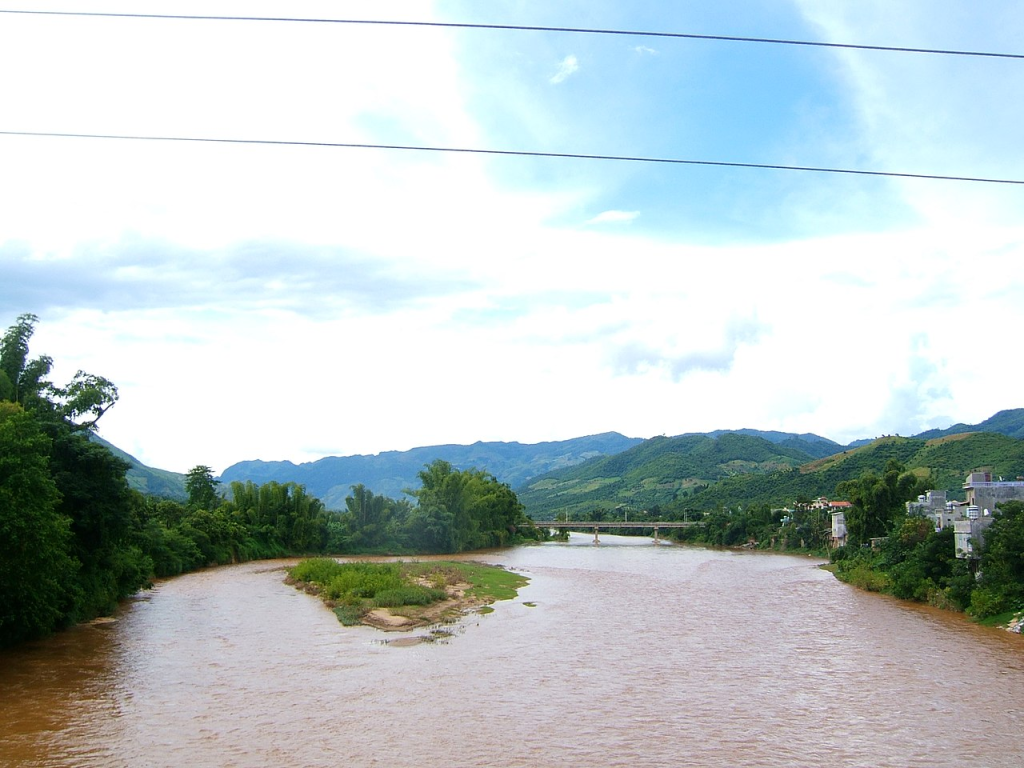
Ma River was selected as the backbone to build a modern city on its banks.
In addition, there are five canals that were dug in order to support water supplies and to prevent drought and flooding.

The Citadel of the Hô Dynasty was the capital of the Trân dynasty from 1398 to 1400 and the Hô dynasty from 1400 to 1407.
The Citadel is a 15th century stone fortress in Thanh Hóa.
Tây Đô castle is rectangular in shape.
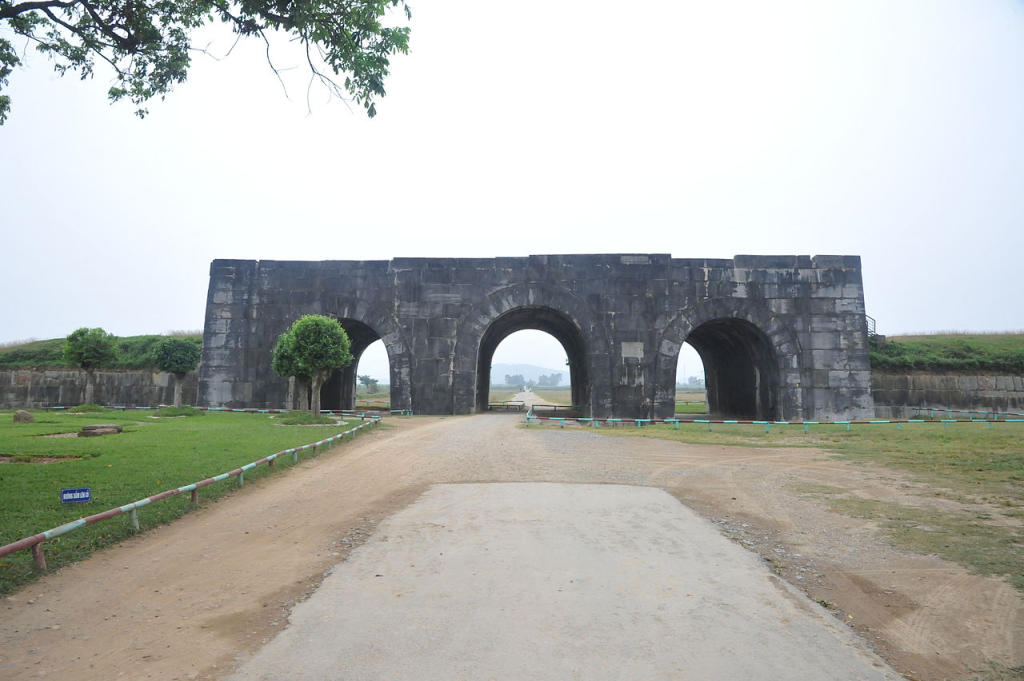
Its north – south side is 870.5 m (2,856 ft) in length and its east – west side is 883.5 m (2,899 ft) in length.
There are four gates:
- the south fore gate
- the north back gate
- the east left gate
- the west right gate
The southern gate is 9.5 m (31 ft) high and 15.17 m (49.8 ft) wide.
The castle was constructed from stone blocks, each of which is 2 × 1 × 0.7 m / 6.6 × 3.3 × 2.3 ft on average.
Except for its gates, the castle is mostly ruined.
The Citadel was inscribed on UNESCO World Heritage Sites on 27 June 2011.

The Thanh Hóa region was an area of popular support for Lê Loi (1384 – 1433) and the Lê dynasty in the 1580s, leading to the reestablishment of the southern court near the town following the withdrawal of Ming dynasty armies.
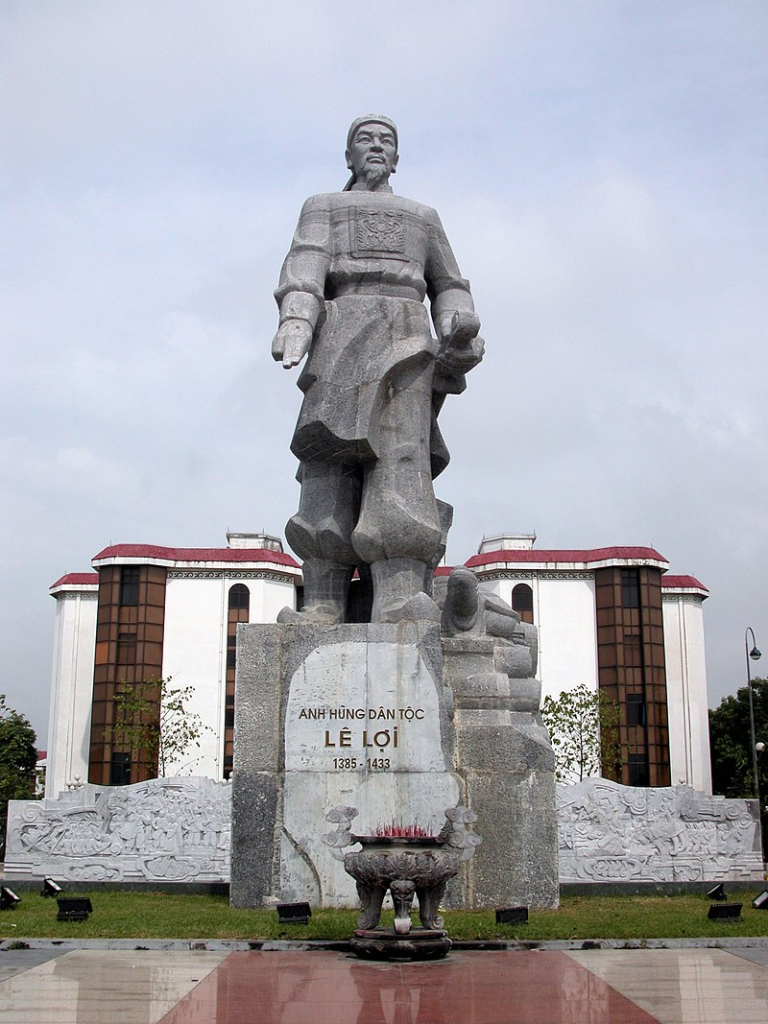
Lê Loi was a Vietnamese rebel leader who founded the Later Lê dynasty and became the first emperor of the restored kingdom of Dai Viêt after it was conquered by the Ming dynasty.
In 1418, Lê Lợi and his followers in his homeland rose up against Ming rule, in the Lam Son Uprising (1418 – 1427).
Lê was known for his effective guerrilla tactics, including constantly moving on the wing and using small bands of brigands to ambush the regular Ming units.
Nine years later, his resistance movement successfully drove the Ming armies out of Vietnam and liberated the country.
Lê Lợi is among the most famous figures of Vietnamese history and one of its greatest heroes.
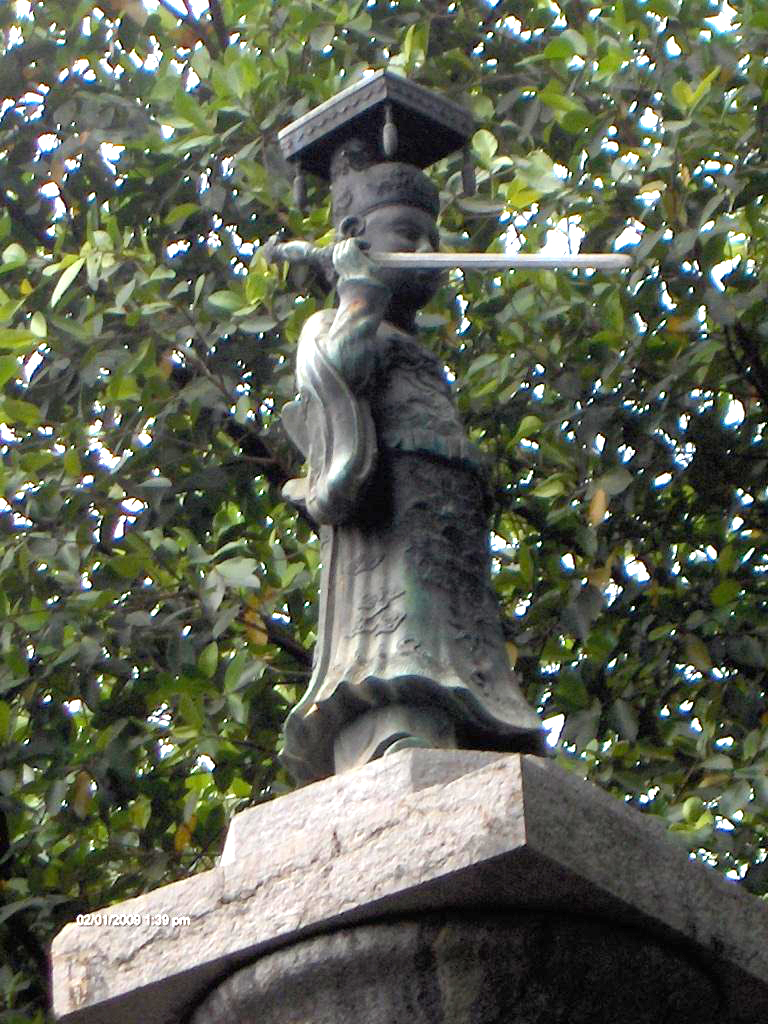
After 1945 the city was a stronghold of the Viet Minh.
In January 1946, the Viet Minh transported all local cells of the Việt Nam Quốc Dân Đảng (VNQDD/the Vietnamese Nationalist Party) (1927 – 1955) to the city.
During the Vietnam War (1955 – 1975), US strategic bombing destroyed much of the buildings and infrastructure.
The whole city has been totally rebuilt since then.
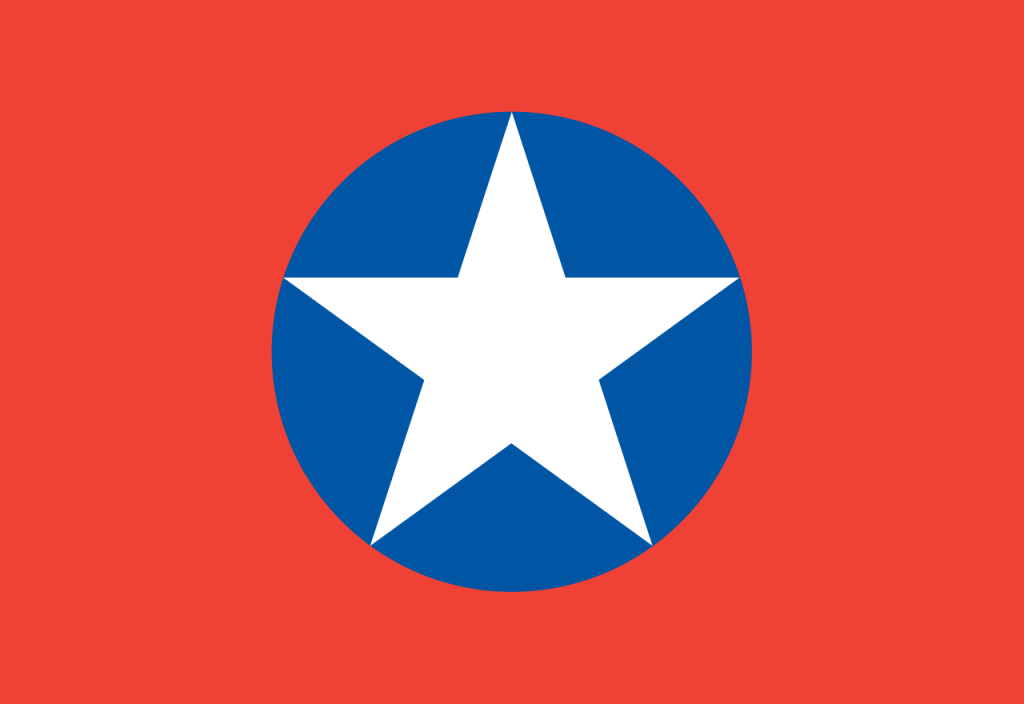
Thanh Hoa city has many kinds of cuisine with its own signature on the streets.
The special dishes worth mentioning:
- Nem chua (spring rolls)
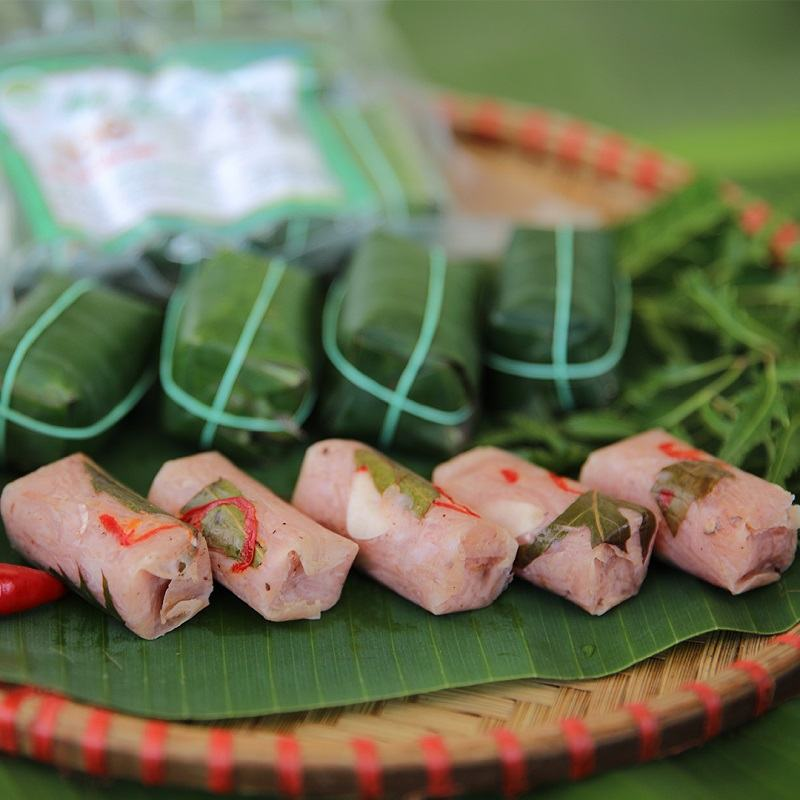
- Banh Khoai (pancakes containing celery, cabbage, dill, shrimp or eggs)
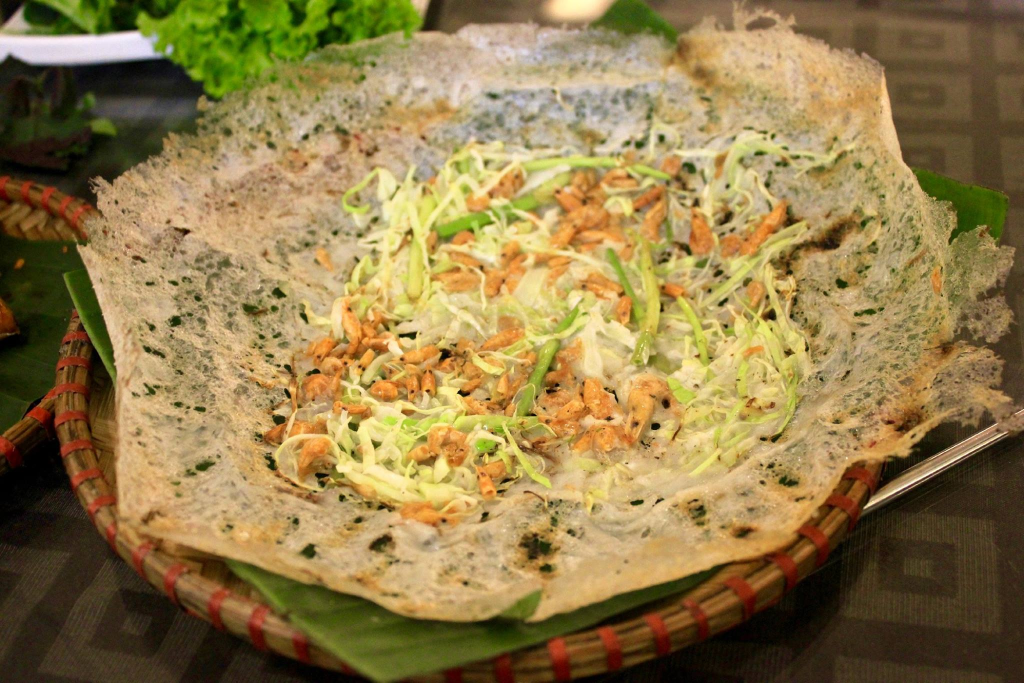
- Shrimp cake (eaten with sweet and sour sauce)
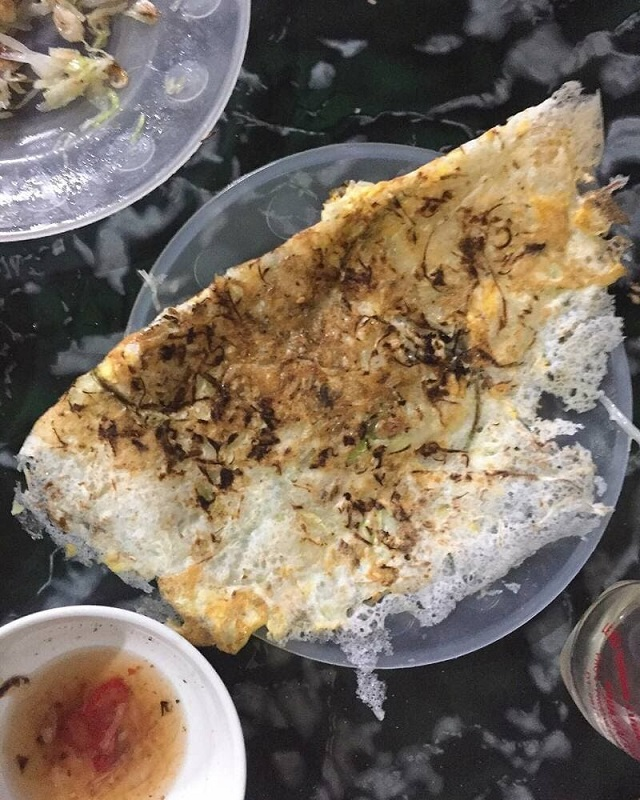
- Thanh Ha pagoda snails
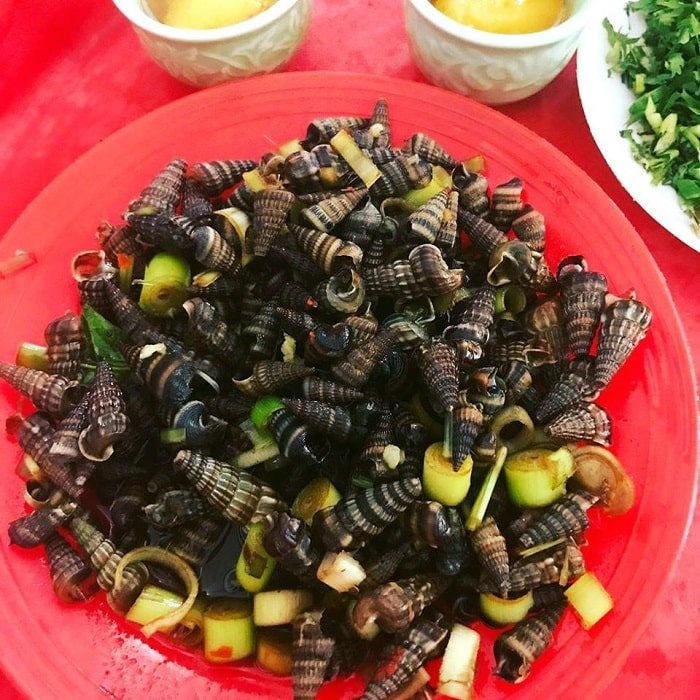
- Nam Ha bread

In addition, in the city, one can also easily find specialties of other localities from across the province at traditional markets or shops.
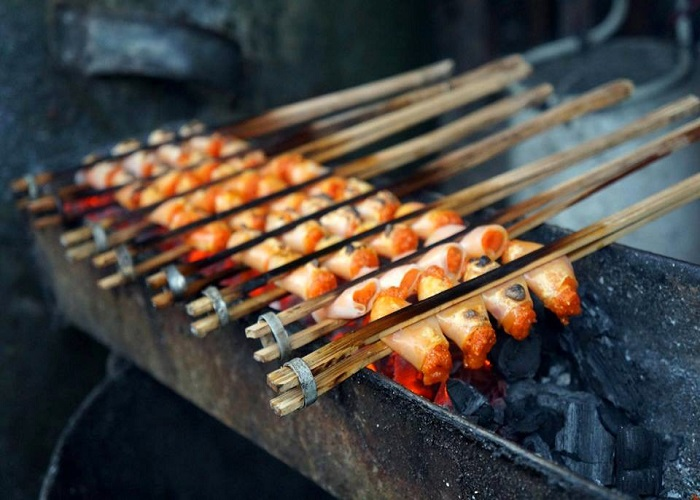
To the north of the city is the Ham Rong Scenic Area, the central tourist area of Thanh Hoa Province, remembered in history books for its many historical and revolutionary relics.
Ham Rong Mountain, or Long Ham Mountain, formerly known as Dong Son, winds along the southern slope of the Ma River.
The mountain range is flexible and consecutive like the shape of nine long undulating dragons, surrounded by immense pine hills and poetic valleys, finally rising to a high mountain and Long Quang Cave.
The mountain is close to the river, where on the river bank there is a rocky outcrop shaped like a dragon’s nose, Long Tri.
Near the water surface, there are two layers of rocks planted together like a dragon’s jaw, Long Ham.
The full figure, viewed from the north, resembles a dragon’s head drinking water.
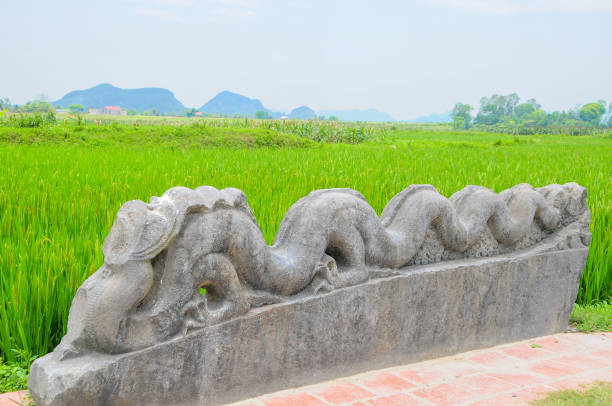
There are many beautiful landscapes: rivers, mountains, caves, such as:
- Long Quang Cave
Long Quang Cave on Dragon Mountain is a scenic place that has attracted many people.
Many writers had poems left in Long Quang Cave.
On the cave, there are two doors on both sides, like two dragon eyes.
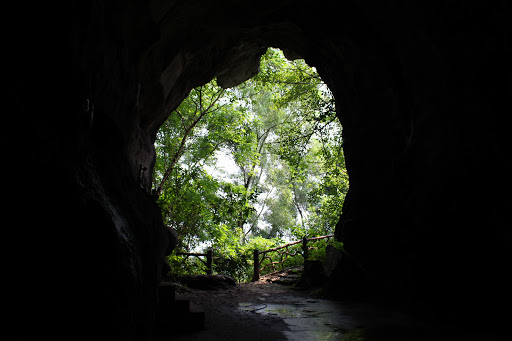
- Hang Tien Cave
Around the foot of Ham Rong mountain, uphill along the steep stone steps about 30m is the entrance of Tien Son Cave.
The Cave has three floors, often called Cave 1, Cave 2, and Cave 3.
Each cave has its own unique beauty.
Here beautifully shaped stalactites are associated with legends and fairy tales.
Every cliff, every nook and cranny, sees everywhere hundreds of thousands of stories being born.
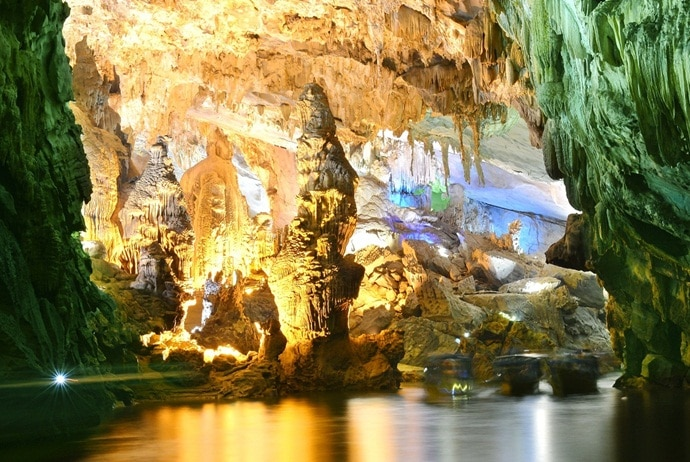
- Phuong Mountain

- Elephant Mountain
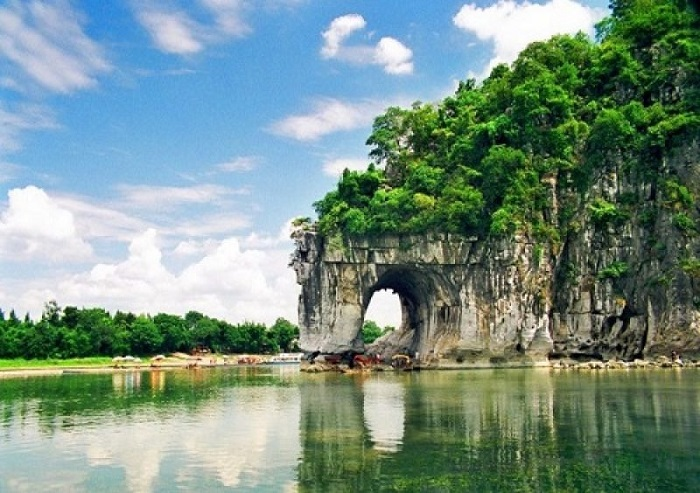
- Dragon Mountain

- Ma River
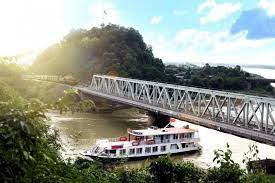
Monuments such as:
- the Temple of famous Generals Le Uy and Chu Van Luong

- Dong Son ancient village with the famous Dong Son bronze drum
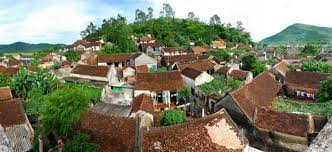
- the Temple of Vietnamese Heroic Mothers and Heroic Martyrs, a very meaningful spiritual work
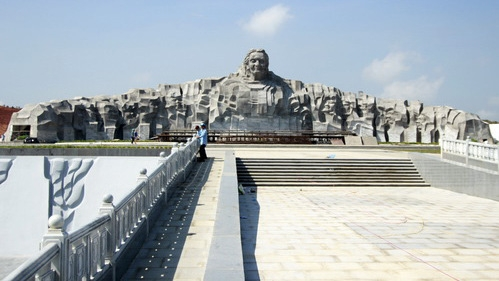
- Truc Lam Ham Rong Zen Monastery
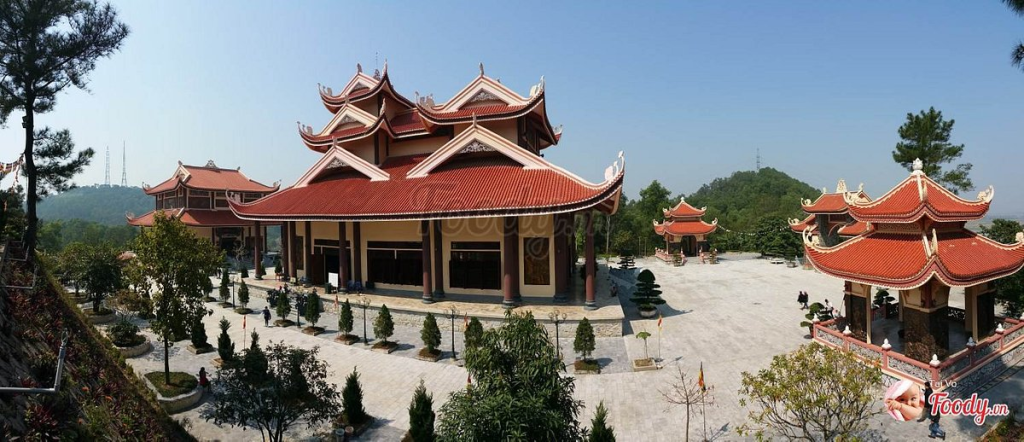
Opposite Ham Rong Mountain, on the north bank of the Ma River is Ngoc Mountain, also known as Chau Phong Mountain.
From afar, the mountain looks like a dragon playing with a pearl.
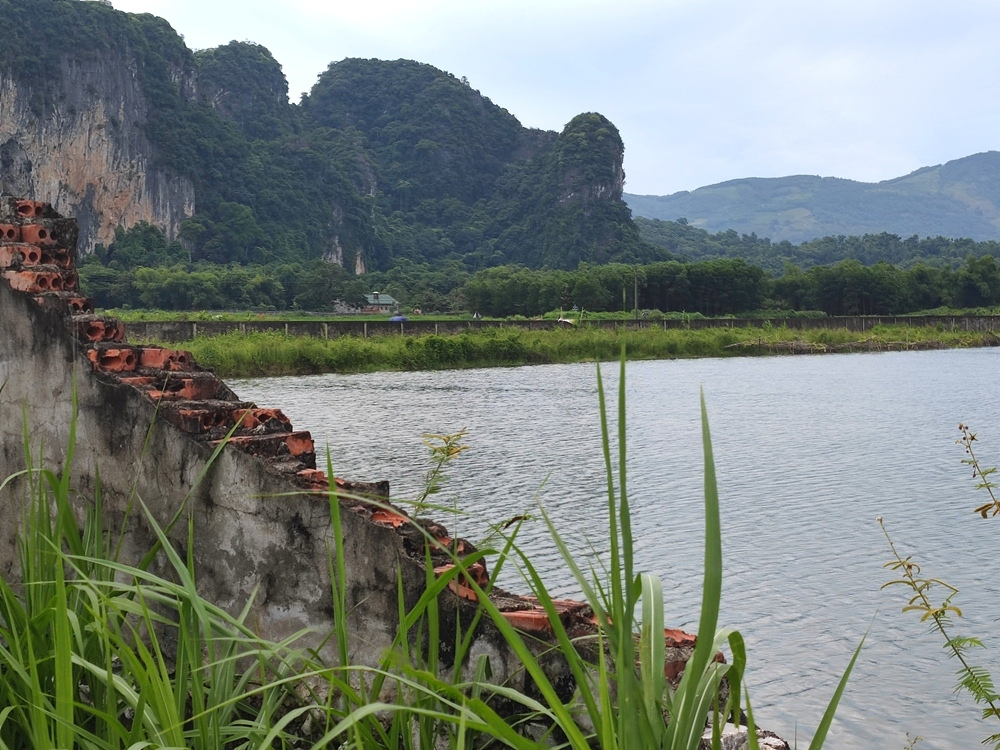
To the south of the city is a beautiful landscape.
In its centre is Mat Son Mountain surrounded by other remnants such as:
- Long Mountain
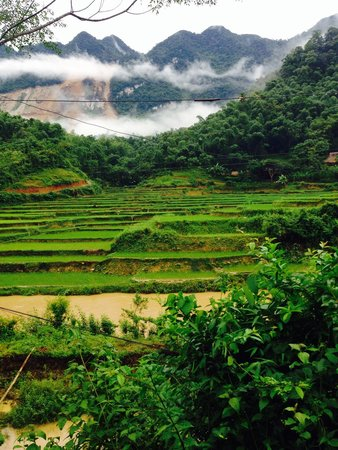
- Tiger Mountain

- Vong Phu Mountain

- Dai Bi Pagoda

- the Thai Temple of the Le Dynasty – a national historical and cultural relic of great national importance
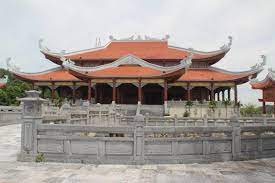
In the center of Thanh Hóa City is the History Museum, which introduces visitors to the most general concepts of Vietnamese history and the unique cultural appearance of Thanh Hoa province.

I doubt Heidi lingered in Thanh Hóa nor diverted from the road on a quest for dragons, but rather she probably headed directly for nearby Sâm Son, for Heidi, being a woman from a northern land of mountains, gravitates towards the sun and the sea and the sand that Vietnam, even in March, famously offers.
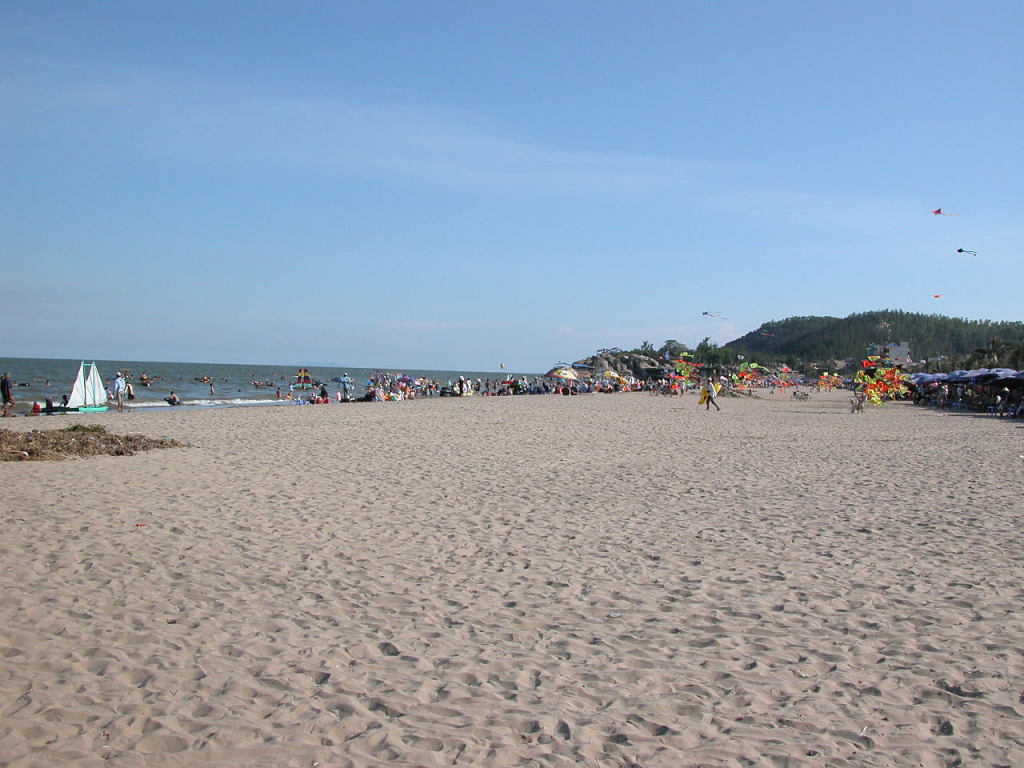
Going from Thanh Hoa City along Highway 47 to the east, looking to the southeast, you will see a large mountain range gradually appearing.
That is Truong Le mountain range, towering and majestic.
The whole mountain range continually changes shape, sometimes soft and curved like a woman’s form, sometimes high and low undulating.
This is Vietnam, so it is no surprise that each mountain section is associated with different stories and legends for visitors to explore.
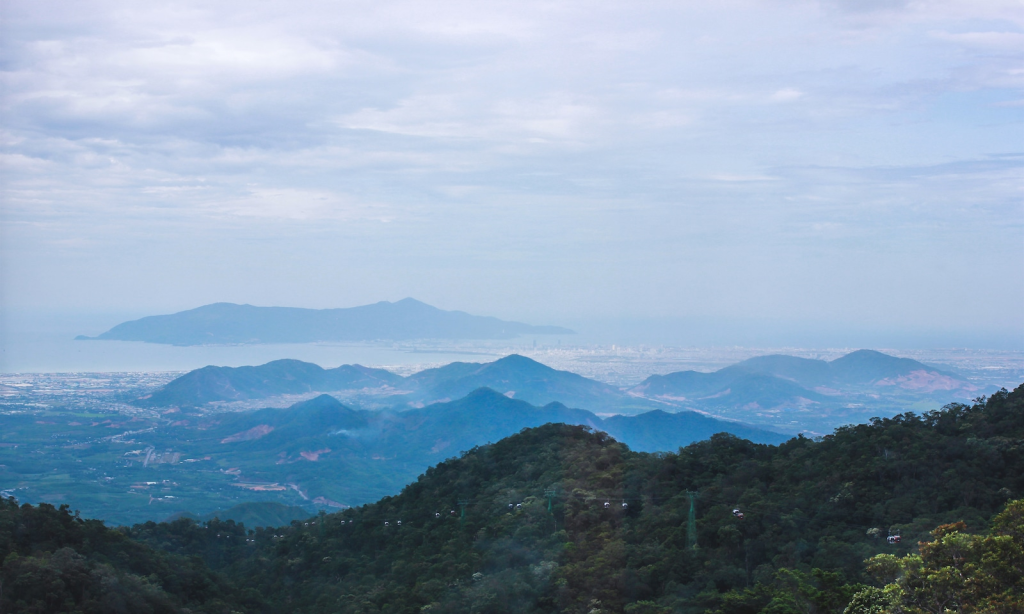
Sầm Sơn is a resort city, situated 16 km east of Thanh Hóa, on the shore of the South China Sea.
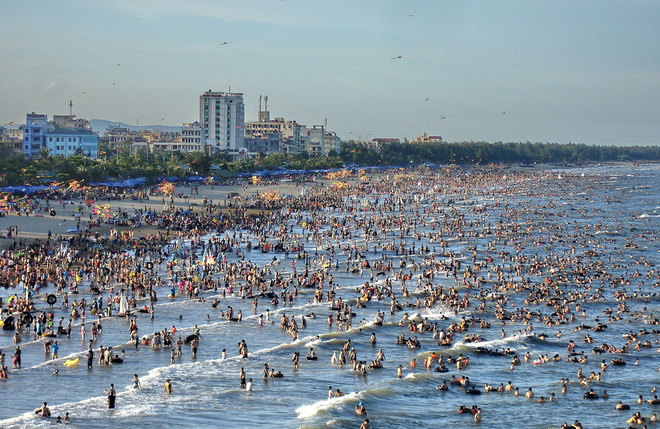
In 208 BC, Vietnamese King An Duong Vuong was tricked by his Chinese son-in-law Trong Thuy.
Trong Thuy had stolen the magic trigger of the King’s crossbow.
The Golden Tortoise had given the trigger to the King as a gift.
The trigger gave the crossbow extraordinary powers.
It was able to kill hundreds of people in a single shot.
Trong Thuy gave the trigger to his father Trieu Da.
Trieu Da led his Chinese army to invade Vietnam.
As his crossbow had lost its magic powers, King An Duong Vuong could not win the battle.
The King retreated with his daughter My Chau to the south.

Local legend says that when King An Duong Vuong reached the location which is now Binh Hoa Village Quang Duong District, about 4km from Sâm Son Beach, he found himself completely cornered.
In front of him was the sea and behind him was the enemy.
In despair, he prayed to the Golden Tortoise to help him.
The Genie appeared and took the King to the Underwater Palace.

There is still a temple dedicated to King An Duong Vuong and Princess My Chau.
No one has ever seen the Golden Tortoise, but the land bears its shape very clearly.
Its hind legs are the two stretches of land pushing against the Truong Le Mountain.
Its head is another land stretch reaching as far as the Lach Hoi Estuary.
The Golden Tortoise is also called the Green Envoy, as this area is always green with trees.
Some distance from the shore is Truong Le Mountain.
It shields boats and beach from strong hurricanes.
The entire area is known as Sâm Son.
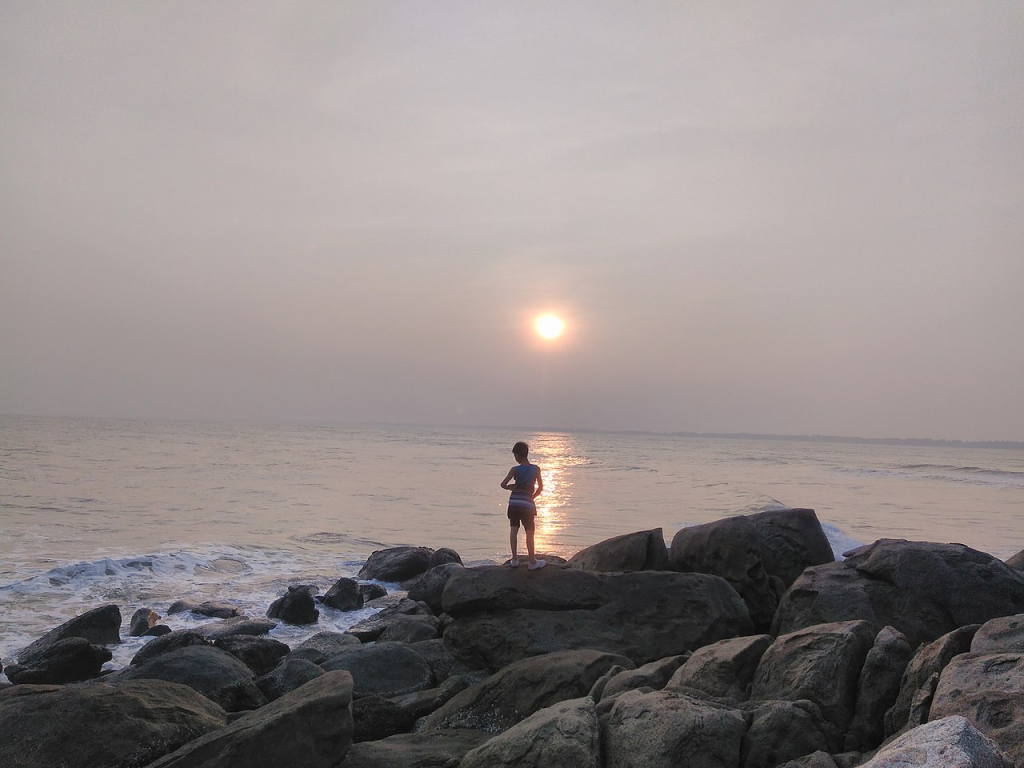
In the early days, Sam Son was only a collection of sun-baked sand dunes rising above long pools of blue water.
Before the 20th century, Sam Son City did not appear on any map of Vietnam.
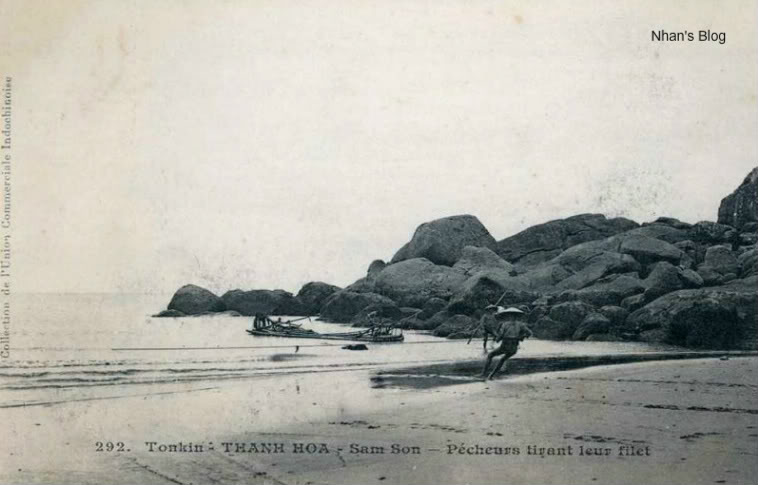
The French colonial rulers began exploiting Sầm Sơn in 1906.
It became a famous place in what was then French Indochina.
At that time, many holiday villas were constructed here.
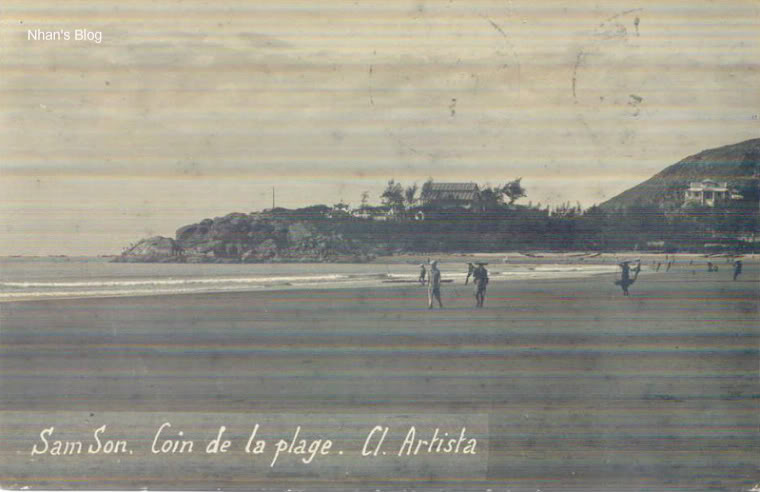
In 2007, Sầm Sơn celebrated the 100th anniversary of its establishment by organizing a Sầm Sơn Festival.
The Thanh Hóa provincial government invested US$375,000 to upgrade infrastructure along the sea, on water supply, lighting systems and an information network to prepare for the festival.
About 22 training courses were organized for 3,000 cyclists, cameramen, vendors and tour guides.
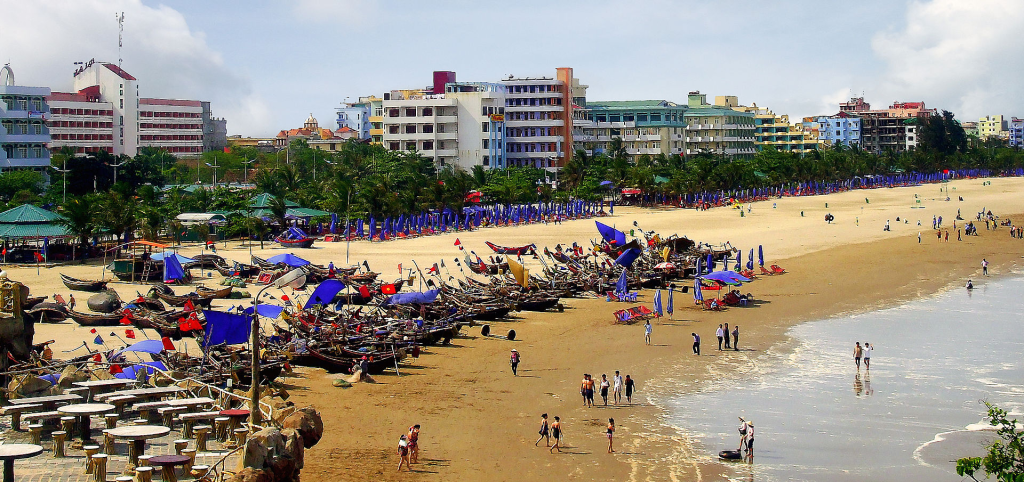
Sâm Son Beach is 6 km long, extending from the estuary of Lạch Hới to the foot of Trường Lệ Mountain.
Sam Son Beach is one of the most beautiful beaches in Vietnam and is always the most crowded beach in the North.
The coast here is flat with wide, soft sandy beaches, especially strong waves, though 100m away from the coast without worrying about flooding, with clear blue sea and moderate salt concentrations.
Every morning you can watch the sunrise, or visit the market to buy fresh seafood, such as crabs, shrimps, crabs, for famous dishes such as fish hot pot, snake hot pot, fish salad…..
For, like every self-respecting beach in Vietnam, there’s a corner reserved for fishing boats.
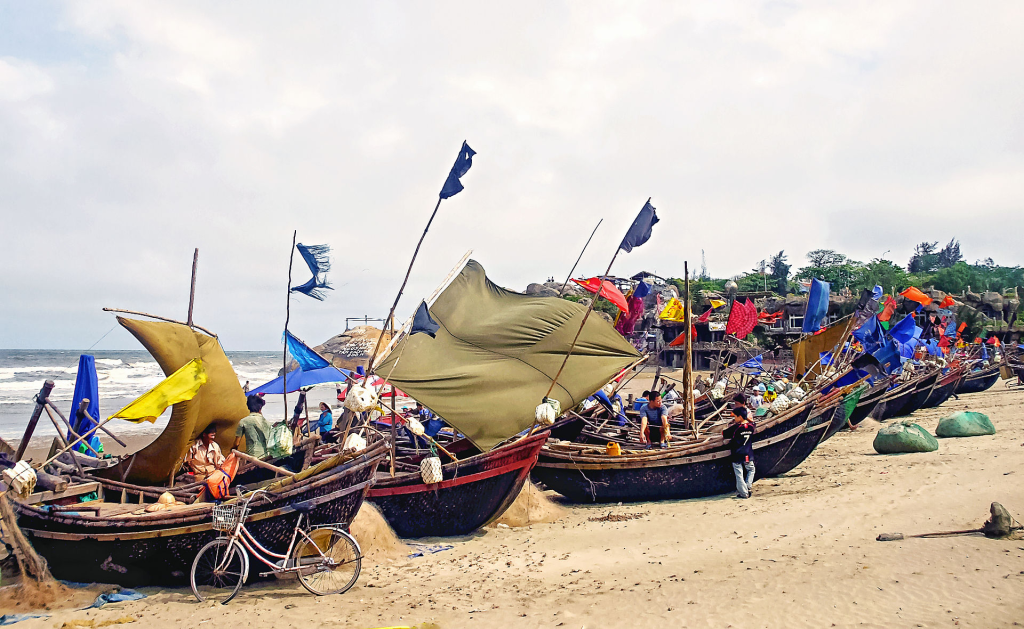
It’s not the sort of place that’s listed in Lonely Planet, and, fair enough, with hundreds of kilometres of beaches to choose from in Vietnam, you have to draw the editorial line somewhere.

Sâm Son Beach is what could be called a hyper-local tourism destination.
This is when a destination relies almost exclusively on visitors within a small catchment area.
Sâm Son is a popular beach destination, but it isn’t a nationwide travel hotspot.
Someone from Da Nang, Saigon (HCMC) or Can Tho wouldn’t travel all the way to Thanh Hóa just to go to Sam Son Beach.
You never see Sam Son advertised at travel agencies.

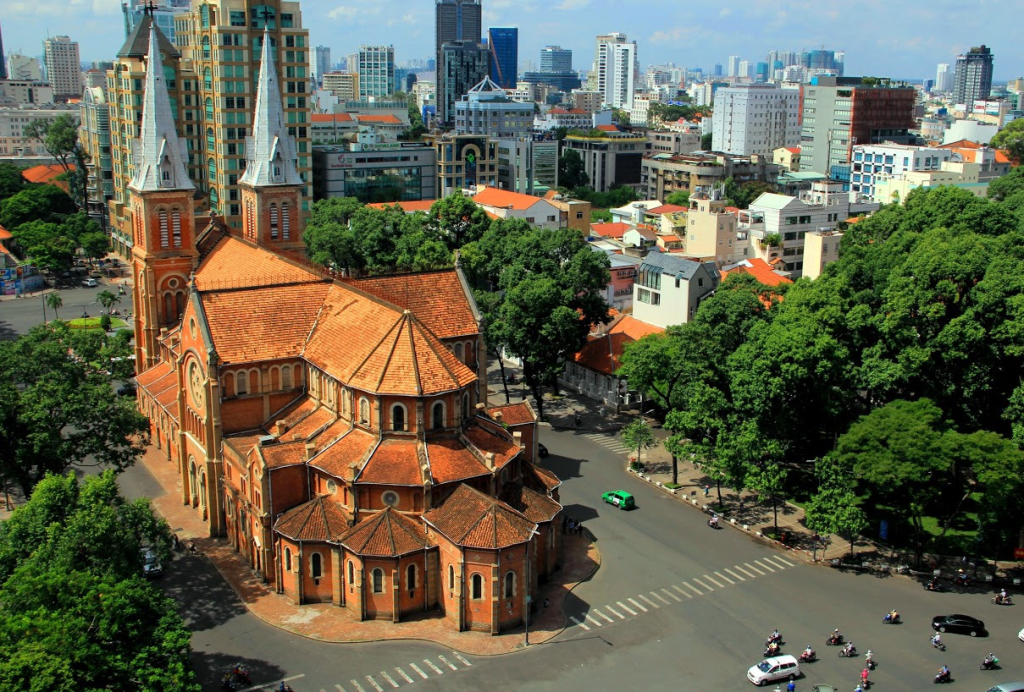

In 1981, Sâm Son only had ten hotels and motels belonging to government ministries and branches.
In 2022, Sâm Son has now more than 700 hotels and motels with more than 20,000 standard rooms.
Most of the buildings look like they were built in the 1970s, eclectic concrete on beach front property.
New apartment towers continue to be constructed, but Sâm Son City has managed to retain some of its colonial buildings, albeit not in conspicuous locations.
Some of the back streets have some beautiful tree-lined streets that look like the old districts of Hanoi or Saigon.

In 2017, the FLC resort complex was inaugurated, changing the appearance of Sâm Son Beach.
The project has a scale of 300 hectares with a total investment of more than VND 12,000 billion, including five-star hotels, golf courses, resorts, saltwater swimming pools, etc.

Currently, the project of Sea Square – Sâm Son’s newest high-class tourism, ecological, resort and entertainment urban complex of the Sun Group – has started construction with the aim of turning Sâm Son into a business centre, driving the local economy, turning tourism into a growth pillar of Thanh Hoa province.
At the same time, the province continues to improve the infrastructure, especially tourism infrastructure, to turn Sâm Son City into the key tourist city of the country.
Sun Group’s products will contribute to changing the face of the tourism industry, helping to attract more luxury and international tourists to the coastal city of Sâm Son.
I cannot decide if this is a good or a bad thing to wish for.

Due to its geographical location and limited transport options, Sam Son remains in a tourism blind spot that will likely keep it confined to this hyper-local market.
Before the advent of low cost airlines, flying to a beach resort destination wasn’t a viable option for most Vietnamese.

For a Hanoian it’s now just as easy to fly to Phu Quoc than to drive to Sâm Son.
Cities can of course reinvent themselves, so who knows what the future holds for Sâm Son.
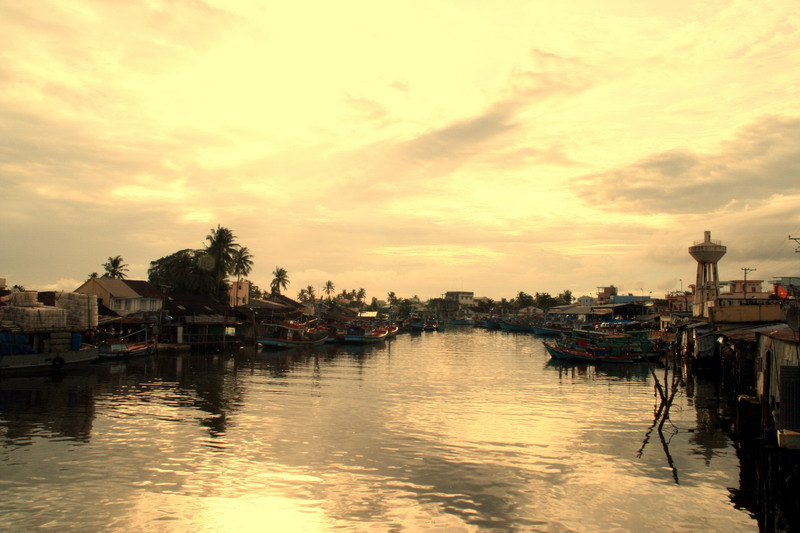
Located on the top of the Truong Le mountain range in Sâm Son City, right next to Sâm Son Beach, Doc Cuoc is not only a beautiful temple but also a relic of Sâm Son.
The Temple is very attractive to domestic and foreign tourists when they come to cool off and rest in Sâm Son.

To get to the Temple, you have to climb 40 stone steps.
n the Temple, there is a wooden statue of Doc Cuoc with only one arm and one leg.
The statue’s legs are firmly planted on the boulder, the hand of the statue has a hammer in a swinging position to fight off sea demons.
The temple has two bronze horse statues, a pair of monolithic statues, many parallel sentences praising the merits of the god Doc Cuoc.
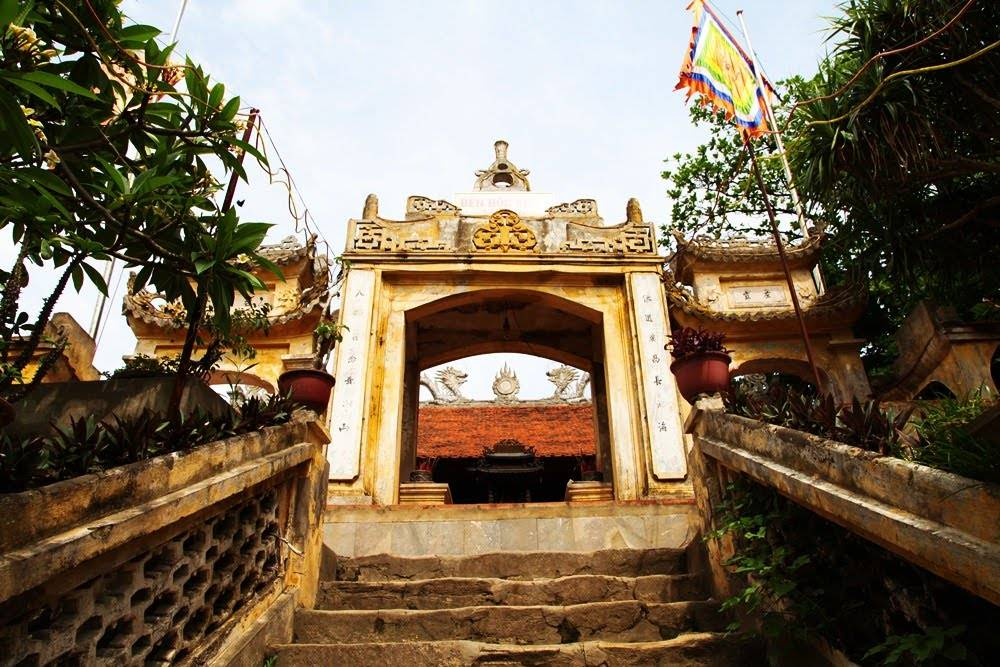
Co Tien Temple is located on a beautiful, open location south of Truong Le Mountain, worshiping a daughter who worked as a doctor to save the world.
According to an old legend, the girl disobeyed her father and married a poor man, so her father sent her away.
The couple specialized in picking leaves to treat people in the area.
Then one day, the couple dressed very well, walked hand in hand to the top of the mountain, and did not return.
Since then, the house they lived in became Co Tien Temple.
The temple was honored by a visit by Uncle Ho (Ho Chi Ming) in 1960.
It has been restored and repaired many times by the Ministry of Culture and Information.
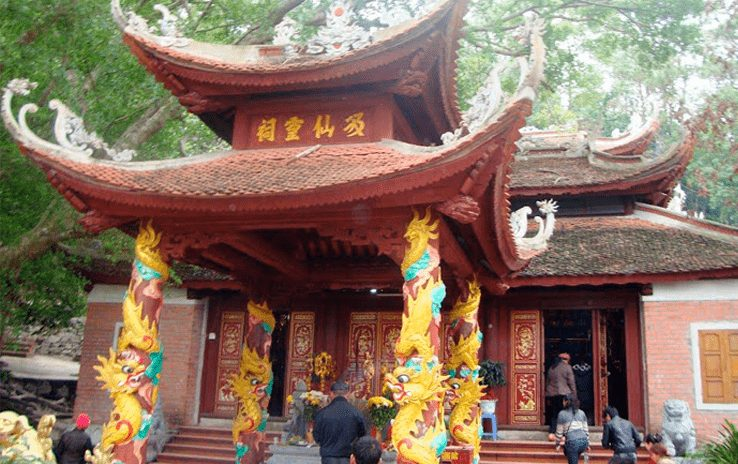
It would be a shame if you come to Sam Son that you do not visit Trong Mai Island – a wonderful and meaningful experience.
Hon Trong Mai is a famous scenic spot in Sam Son, associated with the legend of a faithful love, life and death, side by side of a young couple.
Made up of beautiful shaped stones, three large stones stand naturally, a large flat stone is located below like a pedestal, a pointed stone is superimposed on top like a rooster, and the opposite island is smaller and shaped like a hen, such is Hon Trong Mai.
There is a story that these rocks represent a pair of husband and wife, who love each other passionately even when both have been transformed into birds.
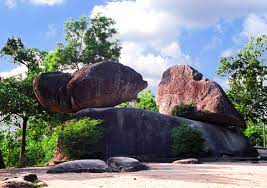
Sâm Son Church is not only a place of worship for parishioners, a place of peace for religious fishermen but also an important historical relic of Sam Son City.
The Church was built in 1920, following French architecture style, in the middle of an open space with a large campus and many green trees, which brings the visitor a feeling of sacredness, purity and peace.
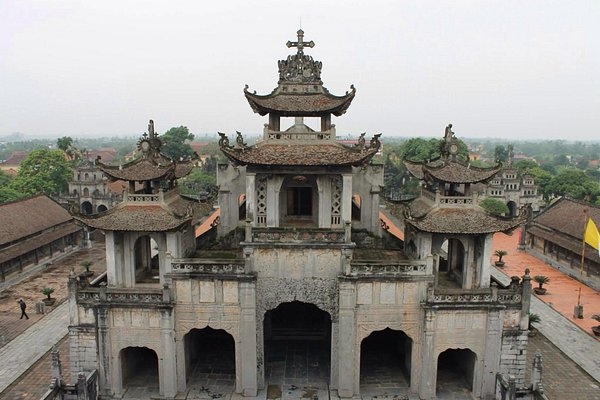
The Night Market is a tourist attraction, with a total area of about 7,600 m2, with more than 200 stalls and two entertainment areas – an ideal destination for tourists who want to have fun and buy Sâm Son gifts.

Vo Market is a unique market on Sâm Son Beach.
You should also try to get up early to go to this market at least once – not only to buy things but also to understand and feel the lives of the people here.
Witness fishermen pulling their nets onto the wide beach, the market quickly forms for the fresh seafood.
A very ordinary scene, very rustic, but also very different, and not found everywhere.
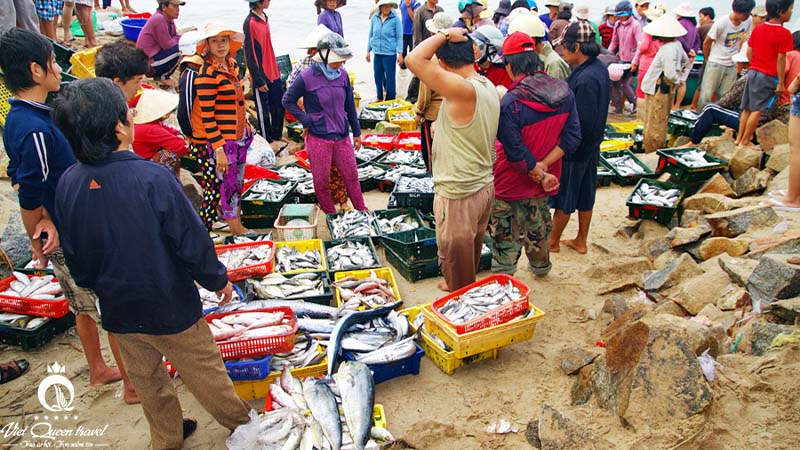
Red Pillar Market is a large shopping centre in Sâm Son.
With a scale of more than 7,000 m2, the Market offers a wide variety of items, but mainly fresh seafood.
You can also find and buy all kinds of Thanh specialties as souvenirs and gifts from your trip.
Red Pillar Market is located right in the centre, near the beach where tourists play.

The amusement park is located on the main road of Sâm Son, so it is easy to find and convenient for visitors.
Here, visitors are free to use recreational services, such as horseback riding, roller coasters, trams, right at the beach.
Thrilling games attract the young.
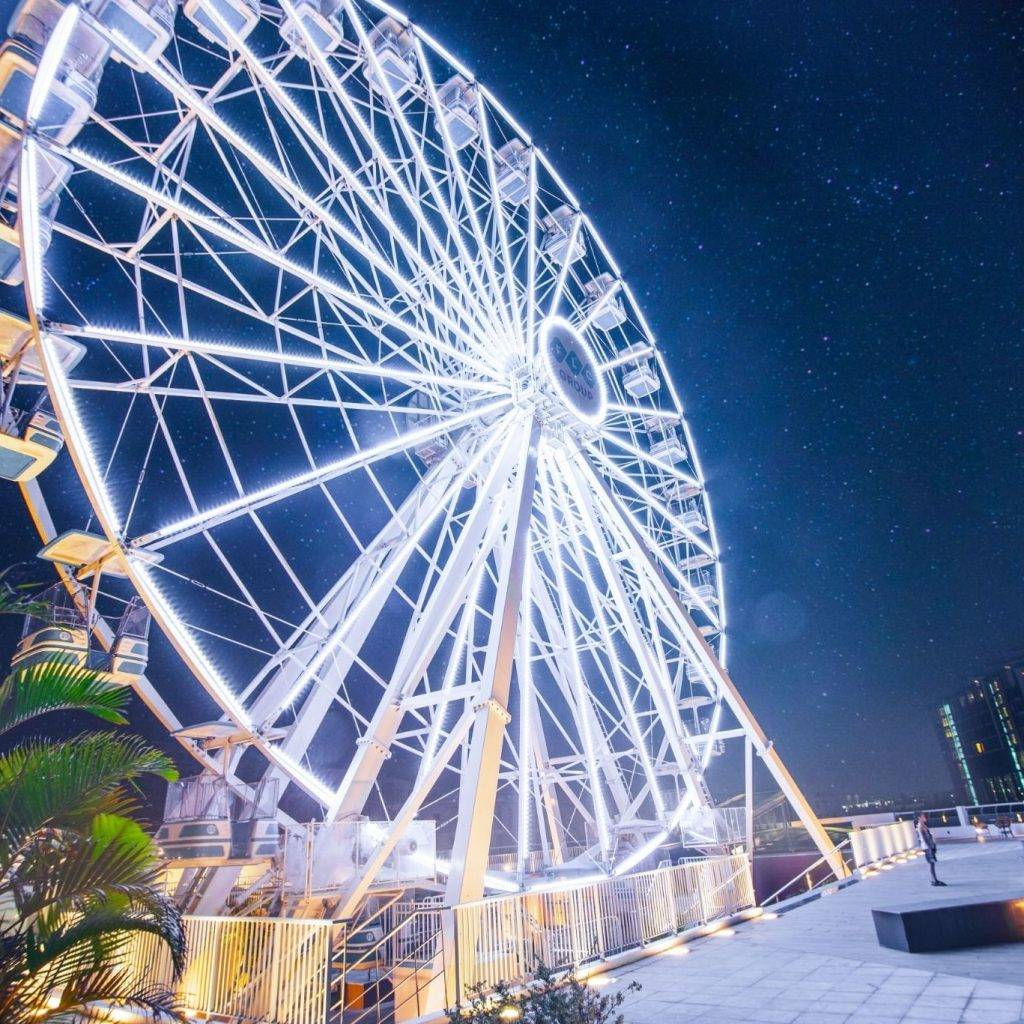
FLC Sâm Son Beach and Golf Resort is currently the leading resort and entertainment in Vietnam.
FLC Golf Resort is a popular destination for enthusiasts of this sport.
This is an 18-hole golf course managed and constructed by the leading golf course management unit in the United States.
In addition, FLC Sâm Son cultural and tourist complex is a leading resort with modern advanced facilities, indoor and outdoor entertainment areas, a four-season swimming pool, a villa area, a hotel area, a spa, and luxury restaurants.
It is classy and extravagant with 350 luxury rooms and the largest outdoor saltwater pool in Southeast Asia with a view overlooking the stunning Sâm Son Beach.
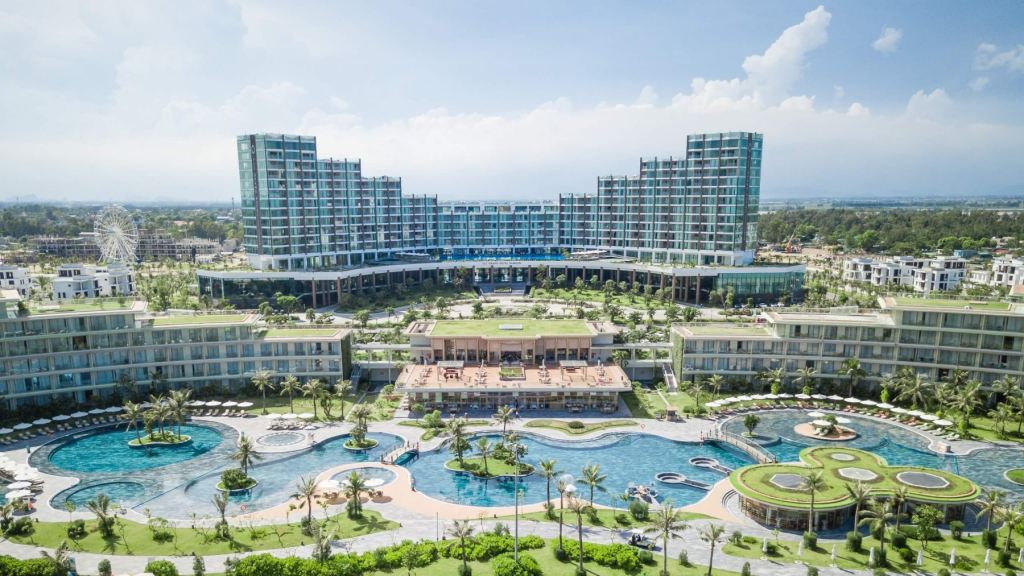
The Van Chai Resort has an area of up to two hectares with unique architecture that mixes tradition and modernity.
The Resort also has a beautiful natural space, very attractive to tourists.
Located right on Sam Son beach and only 3 km from the city,
Van Chai Resort is very convenient for tourists to just relax.
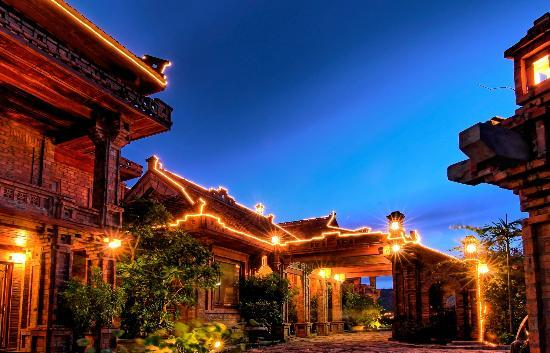
And it is on the beach here at Sâm Son that I will end this portion of the tales of Swiss Miss, for the road ahead leads to Vinh, a place of pilgrimage beloved by Vietnamese and undiscovered by most foreigners.
A place that merits a blog post of its very own.

The water is clear on the shore and the sand is soft with no rubbish to be seen anywhere.
So, let us wallow in the cool blue sea, listen to songs of the wave and the wind, and take a nap on the sunlight sandbanks and dream of sand castles.
I dream of women in itsy bitsy teeny weeny yellow polka dot bikinis and I smile.
I did not travel with Heidi in body, but for as long as these words endure I will have travelled forever in spirit.
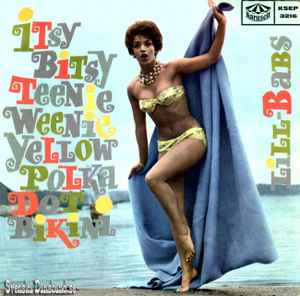
Sources: Wikipedia / Google / The Rough Guide to Vietnam / BBC, “Yemen War: 8 killed in air strike near Kital hospital“, 27 March 2019 / BBC, “Algeria army urges removal of President Abdelaziz Bouteflika“, 27 March 2019 / Graham Greene, The Quiet American / Euan McKurdy, CNN, “Grim search for survivors continues after floods kill 113 people in Indonesia“, 26 March 2019 / William Least Heat Moon, Blue Highways / Aritz Paria, AP News, “Spain: FBI offered data stolen in North Korea Embassy raid“, 27 March 2019 / Robert M. Pirsig, Zen and the Art of Motorcycle Maintenance / Rick Steves, Travel as a Political Act / Louise Purwin Zobel, The Travel Writer’s Handbook